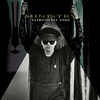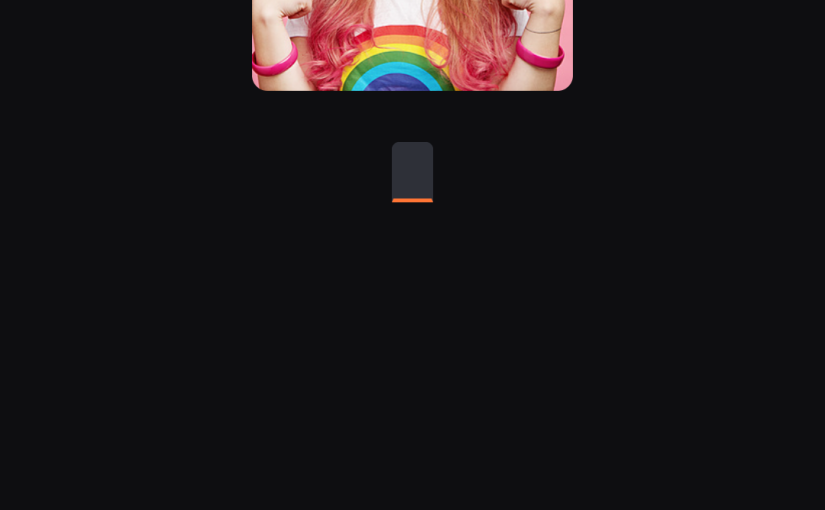Comics Daze
I spent all day yesterday reading comics, so why not spend all day today reading comics, too? You know it makes sense.
| Yoko Ono: Yes, I’m A Witch, Too |  |
12:17: Thomas Girtin: The Forgotten Painter by Oscar Zarate (Selfmadehero)
I know, I know — these comics artists biographies are seldom any good, but this is by Oscar Zarate? Surely…
So… Selfmadehero has published biographies about all artists people have heard about (probably twice), so now they are onto er let’s say lesser known artists? So how do you do that, then?
| King Crimson: Lizard | 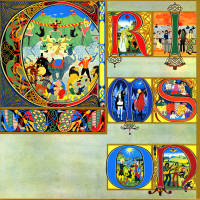 |
Girtin was a contemporary of Turner, and died when he was 27, and is apparently not often exhibited, and he left no writings behind. So Zarate has done the logical thing — he’s introducing three characters who are talking about Girtin a lot, but also have their own dramas going.
| DJ Nigga Fox: Musica da terra |  |
Heh heh, that looks quite a lot like what I was doing a few minutes ago… I wasn’t quite sure whether Girtin was a real painter or whether Zarate had made him up.
Fold-outs!
Anyway, Zarate’s artwork is great, and he almost manages to convince me that Girtin is worth doing a book about, but it’s not really a very compelling book.
| Rocket To The Sky: To sing you apple trees | 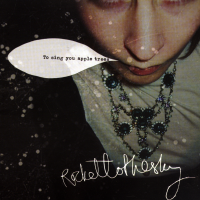 |
14:06: Marbakken by Anja Dahle Øverbye
This is a diary comic about depression and angst and stuff.
It’s really straightforward — and pretty funny? Good stuff.
| Yakub: Let the Terror Reign | 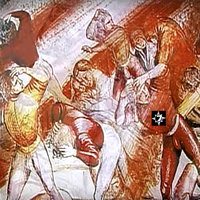 |
14:22: Where Have You Been? by Ivana Filipovich (Toxic Ink)
Oh, that’s an unfortunate choice for a font. It looks nice at a distance (it goes well with the artwork), but it’s just hard to read (with these old eyes)… So cramped.
Anyway, I adore this artwork. It’s gorgeous. In a strange way, it reminds me of early Hugo Pratt? I know that doesn’t make sense, but it’s got a kind of 70s Italian comics vibe going on?
| Boris: 1985 |  |
That’s what I always say!
Anyway, this book is a collection of shorter works by Filipovich, and the largest section is from the 90s. They are slightly vague stories, mostly set at parties, and they are enthralling. The wonderful artwork helps a lot, but the stories have got great flow, and seem to hint at bigger mysteries. They are delightful stories.
(They’ve apparently done some modernisation during the translation? There’s references to “digital detox” and “Netflix”…)
Then we get some portraits…
… and then more recent work, done in a very different duotone-ish style.
And we end with some amusing pandemic era strips (that include a cat, as they have to).
It’s a wonderful book.
| Various: Fabric 80: Joseph Capriati | 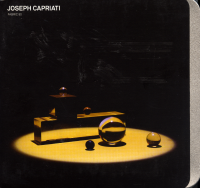 |
15:33: Sorgdikter by Klara Wiksten (Lystring)
The name of the book translates as er “Grief Poems”, I guess.
And it is indeed what it says on the tin.
The book is about a miscarriage, I think? And there’s paintings to go along with the poems.
I like it.
15:45: Out on the Girl Farms #1 by Ana Woulfe
Nice!
I can’t say that I understand what’s going on here, but it’s pretty fab anyway.
15:51: What Can I Say I Demand Excellence by JF Frankel
This little mini is very funny.
15:53: Form and Deed by Scott David Finch
Well, this is a very mysterious book.
It’s got a nice flow.
15:57: Her Bark & Her Bite by James Albon (Top Shelf)
This is Albon’s first comic, but the storytelling is pretty assured already. It’s way more scratchy than his later books, but it’s still attractive.
And imaginative.
The story seems like it’s going to be a typical Magic Pixie Dream Boy thing, but the Boy doesn’t die so that the Girl can Learn A Valuable Lesson. Instead she turns out to be a rather dickish character… and I’m not quite sure Albon meant her to be? I was on the MPDB’s side.
| Jon Balke: Saturation | 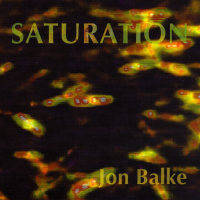 |
17:01: Life’s A Party by Sean Azzopardi
I’ve bought five of these, but I’m not sure what order to read them in… er… I’ll just do random.
I got these books from Phatcomics.
I think most of these comics are from the past few years, but this one is older, I think…
Yes, these are autobio comics.
| Cylob: Previously Unavailable on Compact Disc | 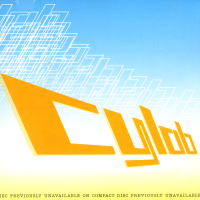 |
They’re kinda slippery books? We skip from period to period in a very fluid way, and people come and go without being introduced. They’re associative… they’re very pleasant to read.
As autobio books go, they’re pretty reticent — it doesn’t really feel like we get to know Azzopardi. There’s no big deep reveals, or shocking things happening.
Which is why this scene came as a total shock.
These are good books — pretty unique in approach, and well-told.
17:45: Varm mjölk by Jarno Latva-Nikkola (Lystring)
Whoa! Those colours.
Anyway, this book collects paintings and drawings done in a number of different styles, and they’re pretty insane. Very nice.
Finnish artists, dude.
17:54: Dear Mini by Natalie Norris (Fantagraphics)
Another autobio book — this time about a wild teenager.
The storytelling style here is something I’ve seen done before — it’s basically a letter (large cursive lettering) that’s interleaved with panels. But I’m not sure it works here. The natural thing is to read the large text first on each spread, and then go back and read the panels, and that back and forth is just annoying? Especially since the lettering is so huge that it feels like I’m being shouted at continually?
It’s a pretty horrifying story.
And there’s excerpts from her diary.
I think this book basically achieves what it sets out to do, so it’s a successful book, I guess.
| Batagraf: Statements | 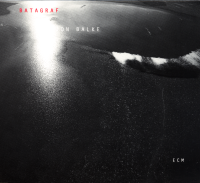 |
18:56: Good Girl by Ben Wrex
This is a very brief book about dating problems.
19:00: Halfir Mir by Emuh Ruh (Cold Cube Press)
I think I read this the wrong direction first, but it’s hard to tell…
Pretty nice l2r or r2l.
19:04: It Hurts Until It Doesn’t by Kahlil Kasir
Eep!
I love the artwork and storytelling on this one. It’s kinda CF-ish?
It’s the most harrowing book of the day, and there’s been some really harrowing ones already.
Excellent book; truly unique. Get it from Diskette Press.
19:16: The Scond Fake Death of Eddie Campbell by Eddie Campbell (Top Shelf)
Oh, right, this has The Fate of the Artist on the flip side. I read that back when it came out (was it published by First Second or something?), but I might as well re-read it now.
Heh heh.
Oh right… I’d forgotten that it was a kind of collagey desktop publishing-ey kind of book…
| Lydia Lunch: Queen of Siam |  |
But his artwork looks really attractive here.
| Cat Power: Covers |  |
But now for the new stuff… *flips book*
Eeeuhpmhm… OK, he’s doing the artwork digitally now. It kinda looks like clip art? Collage clip art? I mean, it’s actually pretty attractive, but it is a let-down because his non-computerey artwork is so lovely… But OK.
*gasp* One page of pen and ink?
Anyway! This is a lovely, lovely book. It’s so playful, and so funny — it seems effortless in the best possible way; it just seems to flow so naturally on its very wonky journey. It’s just… uhm… Yeah, it’s just incredibly charming? He’s got solid running jokes and a pretty amusing plot (!)… I didn’t think it would come together, because I thought it would be just (admittedly funny) digressions, but it does!
It’s a really satisfying book. It’s definitely a Book of the Year list thing.
Campbell is back! Better than ever? I mean, his Alec stuff will always be close to my heart, but this is up there.
I’ve never re-read his Bacchus series… I should do that. I’ve just picked up and read the issues in semi-random order, but never read the entire thing. Or perhaps just get the omnibus editions finally. Yeah, I think I’ll do that.
| Burial: Antidawn |  |
21:11: Swag by Cameron Arthur
This is a pretty puzzling book. I mean, what’s puzzling about it is that it’s so… normal. I mean, it’s a straight up family drama — no monsters, no murder, no sexual assault. I didn’t know they made comics like this any more!
I like it. It’s got a good flow.
| Humcrush with Sidsel Endresen: ha! | 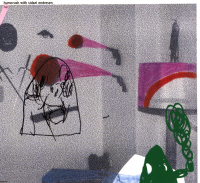 |
21:32: The 3:00 Book 2020 & 2021 by Beth Heinly
She has an attractive line, but I’m with her mother…
I don’t get it.
22:00: Verge Escapement #1-2 by Mike Shea-Wright
Ooooh. This is wild. Great artwork.
There’s a lot of fighting, and then there’s philosophical bits.
Nobody likes a critic.
This is really good stuff.
| Sympho-State: Fever |  |
22:13: Näset by Hanneriina Moisseinen (Lystring)
I didn’t realise how many of the books from Lystring are works translated from Finnish…
This book is about the evacuation of eastern Finland in 1944 — they sent everybody to less exposed areas and burned down their farms as a part of the war against the Soviets, I think? (I’m pretty vague on Finnish history, and it’s not explained here.)
It’s mostly done in a realistic storytelling style, but there’s also more symbolic bits…
It’s horrifying and gruesome, and there’s also a lot of photos interspersed, and some of them are pretty eeek, but I’m not including any of those here, since this is a family oriented blog.
| Gichy Dan: Beachwood #9 | 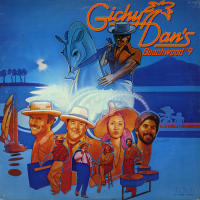 |
22:40: The End
And I’m exhausted, so I’m calling it a night a bit earlier than planned.
Night!
Comics Daze
Over the past year, I’ve been picking up quite a few comics from a Swedish publisher I was unfamiliar with: Lystring. So the other week, I was thinking… “perhaps what they’ve published earlier is still available?”
Presto:
Mua ha ha.
But I’m not going to be reading all Swedish comics today, because I’ve also apparently been shopping a lot of stuff from all over:
*gasp*
But that Lystring haul reminds me of a phenomenon I think is slightly odd when it comes to comics publishing: They seem to disappear so fast. That is, when a small press publisher prints something, they seem to almost always aim at getting rid of all their copies within the year? And I understand that there’s economical reasons for that (paying for printing for copies you’re going to sit on for years is often not feasible), and also probably emotional/sanity reasons for that (having a cupboard filled with copies of your book is probably not … not depressing?), but… When I happen onto an artist with a fabulous new book, and I want to get their older work — it’s usually impossible to find. Because they printed 300 copies and sold out after three months and went “phew! got rid of them all!!!” and now it’s three years later.
I’m just saying: There’s an audience for interesting comics. And they might not find your work immediately, but perhaps after a while? So perhaps print a few more copies?
Or not! You know what’s best for you; I’m just blabbering here…
But apparently the Lystring publisher has a barn to store older books? And I’m happy that they do — the oldest books here are over a decade old.
So many comics to read, and I’m basically busy all next week. Perhaps I can do a comics reading weekend! *gasp* I’m not sure I’m up for it… find out tomorrow…
| Various: Late Night Tales presents After Dark: Vespertine (Bill Brewster) | 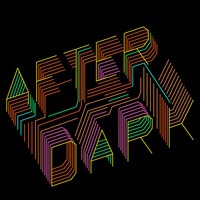 |
12:00: Helt enkelt Samuel by Tummi Musturi (Lystring)
This is a collection of short vignettes featuring that little guy who’s doing things or having adventures. It’s wordless, and as a character, he doesn’t have much. Character.
But it’s quite interesting… it’s a bit wistful, and it’s a bit gruesome.
12:15: Bloodlines vol 1 by Rob Walton
Back in the 80s, Walton published a Bloodlines series via Aircel and then Vortex Comics, and I wrote about it here. I was a fan of the series as a teenager — the storytelling was cutting edge, the artwork was super sharp — even though I don’t have much interest in the general er theme of the book, which seemed to have something to do with religion or something? (The book was cancelled before things were clarified.)
But now Walton is self-publishing a collected edition which continues the story, and here I am reading it.
These are the first two pages: We’re dropped into the middle of this world which kinda resembles ours, but not quite. Nothing is explained, and we’re given no introduction to any of the characters. The storytelling reminds me a bit of Starstruck and Gilbert Hernandez? That is, it uses confusion as a way to involve the reader; to draw the reader in, and Walton uses it very effectively. Half of the time I’m going “wha?” and half the time “whoa”.
Having the characters be referred to by several different names by different people (The Fury, Deb, Judges er Deborah and probably more for one of them) adds to the mix. And there’s probably a couple dozen characters?
It’s dense and it’s full on — it’s relentless. It’s a thrilling read.
I was expecting a reprint and some new bits at the end, but as far as I can tell, it’s been totally redrawn? But follows (mostly) the same layouts as before. But it’s also been expanded — at least there are scenes intermingled that I can’t recall from my previous read. It covers basically the original issues, so it doesn’t advance the storyline — that’ll happen in the next volume, which I’ll be buying, of course.
It’s a print on demand book via Amazon, so you have to buy it here. Hm… Oh! The second book is already out! Bought a copy now.
13:25: Bodyseed Prologue by Casey Nowak (Diskette Press)
This little book is apparently a prologue to a longer, projected work.
It’s a cute little story on its own.
13:35: Dream Eater by Emma Jayne (Diskette Press)
This is pretty charming, but the storytelling is a bit rough. The main driver of the action is relentless bickering, and that stops being entertaining at some point.
But the monster design is excellent.
13:57: A Shining Beacon by James Albon (Top Shelf)
Ooh, I love this artwork.
It’s a near future dystopian-ish kind of story — a very repressive gummint is in charge, and our protagonist, Francesca, has been hired to paint a patriotic mural. Complications ensue — and most of the complications are the ones you expect from this kind of story, so it feels a bit like a retread.
But it’s a heartfelt book, and the storytelling is compelling even if the story isn’t. Most of all, though, it’s the artwork that carries the book.
14:40: Rork 1. fragments by Andreas (NBM)
I saw somebody on the Twitterses reading this old book (from 1990) and I thought it looked interesting, so I got a copy off of the ebays.
Oh, wow. I guess Andreas’ main influences were Berni Wrightson, Berni Wrightson and Berni Wrightson (plus Neal Adams).
But now he’s discovered P. Craig Russell?
Before finally discovering Moebius and Druillet.
The artwork’s fine, if derivative, but the stories are pure codswallop: It’s like a parody of French comics from the late 70s.
15:00: Nåden by Emmi Valve (Lystring)
This is a Finnish book, and it’s about mental problems and stuff.
It’s harrowing.
I’ve read quite a few comics about mental health issues, but this really strikes hard — it really makes you feel it.
Great storytelling, attractive artwork — though the ending feels a bit… forced? … it’s a solid book.
| Wishmountain: Stonework (1000 metres down remixes) | 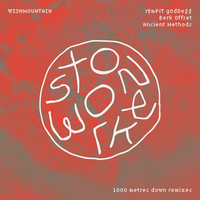 |
15:36: Binary Decay by Tsemberlidis (Decadence Comics)
As with the other Decadence comics, this is a brief, wordless book.
But unusually, it’s in a very large format, and in colour. Looks fantastic!
| Various: The Wire Tapper 62 |  |
15:38: Tales to Demolish #1-3 by Eric Haven (Sparkplug Comics)
These books are almost 20 years old, but I picked them up from Domino recently.
Heh heh.
Tee hee.
Yes, indeed, it’s the usual mix of insanity and hilarity we expect from Eric Haven.
And now I have to run some errands.
16:17: Travel Diary by Scott Finch
Oh, this is a wordless, slightly abstract diary thing… Looks wonderful.
Wow! This is a amazing! Look at that flight! That couple smooching! This is like some kind of brand new idiomatic way of doing comics — I’m not sure I understand everything, but it makes me want to try to, because it’s so compelling.
Wonderful book.
I wonderful if he’d done stuff like this as large format paintings (in addition to these, which are apparently collages?), because I think these things would look amazing on the wall, but apparently not. I’m tempted to buy some of these other works… Hm…
| Suicide: A Way of Life | 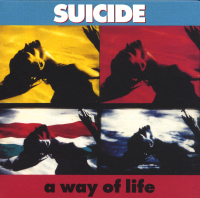 |
16:33: Glaeolia 1 (Glacier Bay Books)
This was originally published some years back, but unusually for an anthology, they’ve made a second printing. Which is nice, because I’d missed the first issue.
As with the other issues of Glaeolia, there’s a very distinct point of view in the editing — we get a number of ruminative vignettes: Everything is kinda gentle and soft and slightly “spiritual”.
Individually the pieces are mostly interesting, but taken together, I think it’s a bit too samey?
17:20: GMT Times Dreams by Mark Wang (Paradise Systems)
This looks very attractive.
The story is basically an extended gag, in a way, and it’s pretty funny.
17:24: Kuš Minis #115-118 (Kuš)
Ana Margerida Matos does a meditation on the comics form.
Noemi Vola does a distressing little book.
Gareth Brookes does an amusing thing about a non/relationship, but the most interesting thing are these mirrorings on every page, and how that’s also mirrored in the viewpoint(s).
Finally, Darin Shuler does a pretty funny and pretty weird thing about camping.
A solid batch of minis.
17:36: Causeway 10 by CF
Thrilling broadsheet from CF.
17:38: Pssst! I’m reading by Zane Zlemeša (Kuš)
This is what it says on the tin. I think it’s a bit underdeveloped? It doesn’t go into why Kuš started publishing in English, for instance…
17:43: Nav by Daniel Østvold (Ford Forlag)
This immediately looks like it’s inspired by Nick Drnaso…
… but it’s a wild and very funny and goofy story instead. The plot is that the author gets a mail from the gummint saying that as he immigrated from France in 1999, he may be eligible for a French pension instead of a Norwegian one. As he’s lived in Norway always, that sounds odd to him, but he starts imagining that the gummint is perhaps correct…
I’ve read one book by Østvold before, and that was very funny, too, so I guess I should just go and buy them all.
| Cranes: John Peel Sessions |  |
18:02: Old Caves by Tyler Landry (Uncivilized Books)
The artwork is attractive, and the slightly oblique storytelling is satisfying.
However, the story itself (rugged wilderness guy being dumped by the magic pixie dream girlfriend) is a huge letdown.
| Little Simz: No Thank You |  |
18:26: The Man in the McIntosh Suit by Rina Ayuyang (Drawn & Quarterly)
What? A D&Q book?!
I’ve really cut back on buying comics from D&Q. I basically bought everything they published, starting with the eponymous anthology in 1990 (I guess) until a couple years ago. But starting about half a decade ago, D&Q went from publishing nothing but interesting work (on one level or another) to publishing mostly… “New York Times bait”? I.e., “literary” books: Biographies and worthy tomes about serious subjects (not that there’s anything wrong with that) with storytelling that even your father can follow, and artwork that seems to be designed to look as non-inspiring as possible.
Because delight in artwork isn’t something serious readers are interested in, or something. I.e., the Nick Drnaso-ish stylee as a signifier that you’re not reading comics for the plebs.
(I guess the original publisher quitting might have something to do with it.)
But I’m still buying D&Q stuff that sounds interesting, like this. (And the cover looks pretty OK.)
Hey, this actually looks good…
GAAAH!
OK… perhaps the creator hasn’t done comics before or something? Because those nature scenes looked good, and this looks ultra meh. At first I thought these were boys at a camp, but then it becomes clear that they’re adults (look at the moustaches). There’s no flow here from panel to panel, and there’s no sense of place. Where are the characters in relation to each other? Are they in a small room or in a void somewhere? Even the speech balloon placement is janky leading to retracing while reading.
No wait, I read that Boogie thing by her a while ago…
But yeah, we’ve got a sure-fire new-style D&Q respectable hit on our hands…
This is totally how people talk.
The plot is the most preposterous thing I’ve read in a while. But not in a good way. It was hard not to start skimming towards the end, because the convolutions were just tedious.
| Ryuichi Sakamoto: 12 | 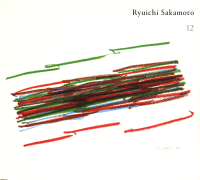 |
19:24: Pappa by Hanneriina Moisseinen (Lystring)
The author’s father went missing while on a camping trip on a small island when she was ten years old. He was never found. This book is about that.
The artwork is great — some of it’s photo referenced, and some of it’s not, but it’s all very fluid and perfect for this story.
And long sequences are embroidered instead of drawn.
It’s a harrowing and affecting book. It’s pretty amazing.
| Various: Fabric 79 (Prosumer) | 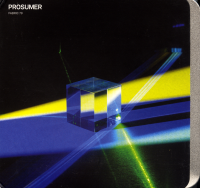 |
20:37: The Future is an Open Mouth by Dustin Holland
This has a certain thing going on — it’s very dense.
It’s apparently inspired by Delany… which I guess makes sense.
20:54: Mystic Debris by Justin Gradin (Fantagraphics)
This starts off as a wild, but pretty normal story about a band going on the road and all that stuff…
… but then it turns into some of the strangest comics I’ve read in a while (and I’ve read a lot of strange comics). Half the book is about astral projection and the hi-jinx happening while projecting, and I’m… not quite sure what happens at the end? But it’s a wild ride.
| John Zorn: The Bagatelles (13): Speed-Irabagon Quartet | 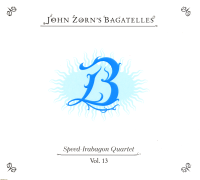 |
21:30: Rain on Glass by Sean Azzopardi
This is an autobio mini told in an untraditional way — it’s kind of associative and skips in time in a interesting way.
Really good stuff.
And there’s a mini with character designs?
| Xiu Xiu: Never Say Never |  |
21:45: Couch Tag by Jesse Reklaw (Fantagraphics)
Hey, it’s signed? Oh yeah, I bought this from Reklaw’s web shop.
This book has five sections, but each section is quite similar structurally: We get short (often one page) stories about something in Reklaw’s childhood or youth. The first section is structured around the thirteen (!) cats Reklaw’s family had when he grew up (they mostly died).
| GLYSK: Social Intercourse |  |
The second section is the longest, and is the harshest. Every time you turn a page, you’re looking for some atrocity to pop out at you. I mean, there’s not that many horrible things, but it’s drawn in this friendly, innocent way, and then you get the alternatively the most embarrassing childhood things ever put on a page, or something gruesome happening. It makes for gruelling reading.
| Max Tundra: Remixtape | 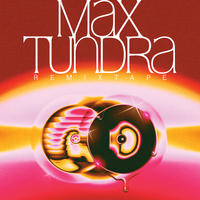 |
Oddly enough, the last few pages of this section is drawn in a totally different style.
Anyway, when the second section ends, we’re still only halfway through the book, and I’m totally emotionally drained… but then the book just continues to less fraught teenage high-jinx, and that’s just a tough juxtaposition. I think it would have made more sense to just publish two slimmer books, really, but that’s probably not economically feasible.
I just grew really impatient while reading the third and fourth sections.
| Black Dice: Mod Prog Sic |  |
The final section, drawn in this style, does make sense to include — it clarifies a lot of what we learned in the second section, and has really successful ending.
| Fontaines D.C.: Dogrel |  |
00:29: The End
And now I’m totally exhausted, so I’m going to bed.



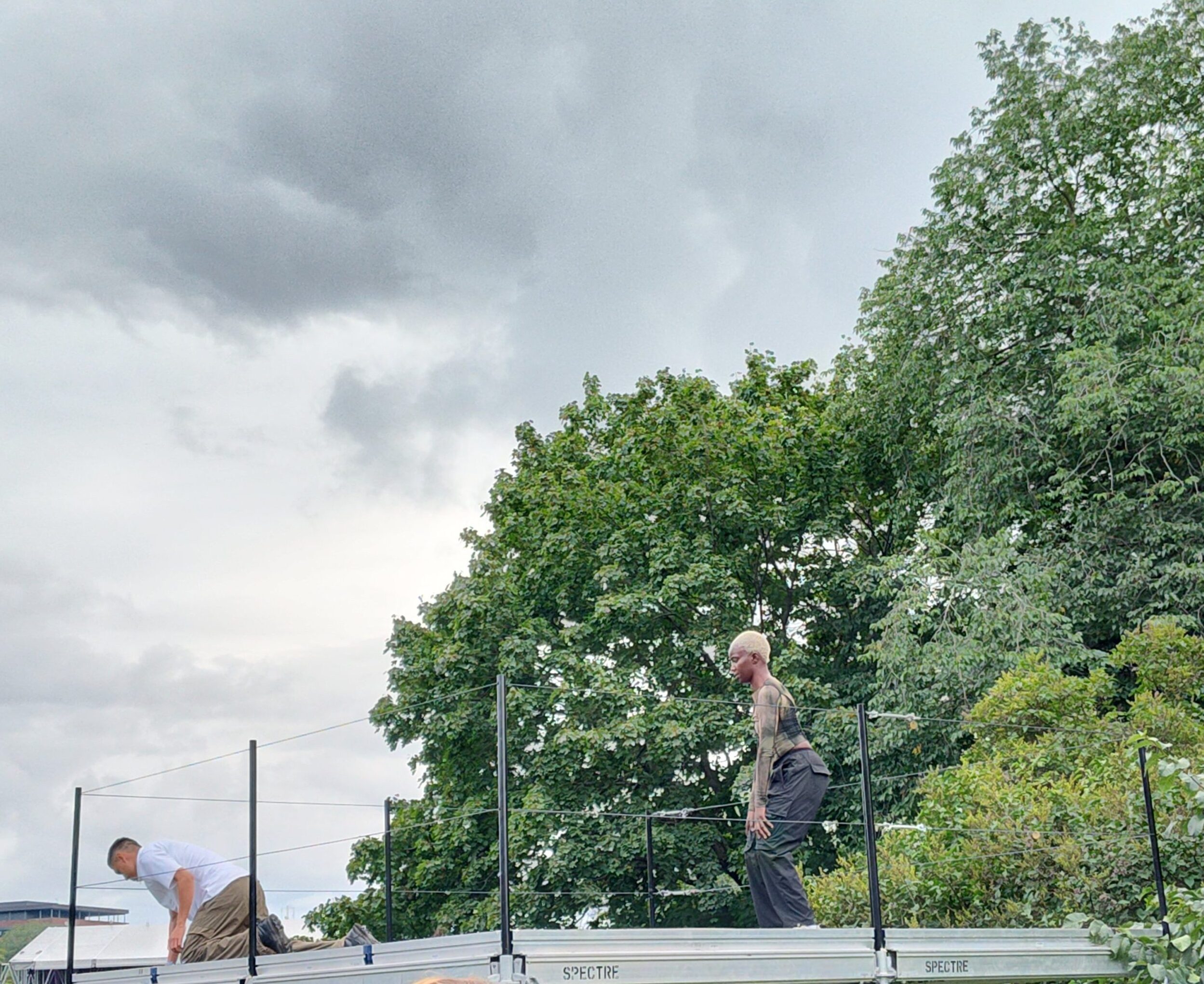
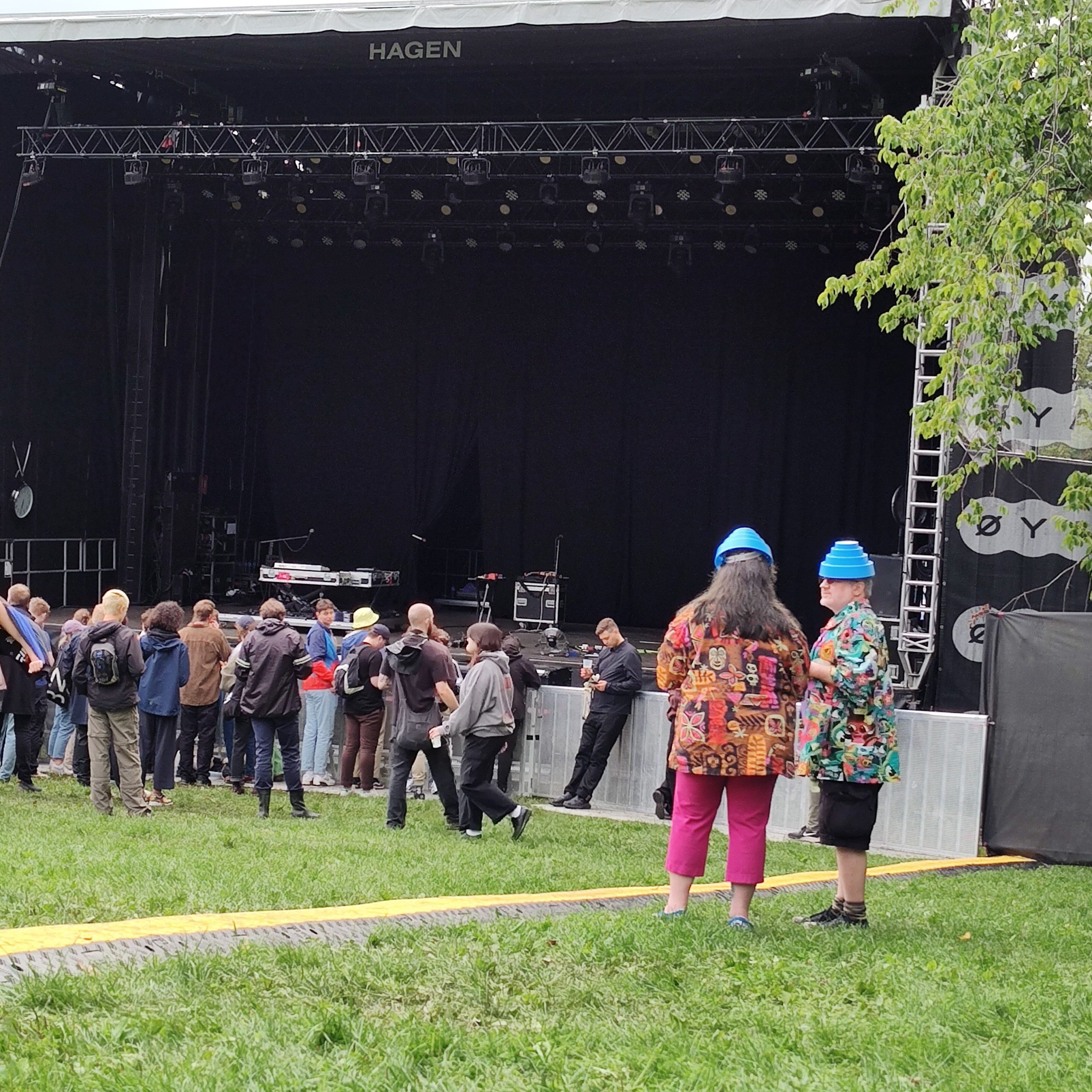
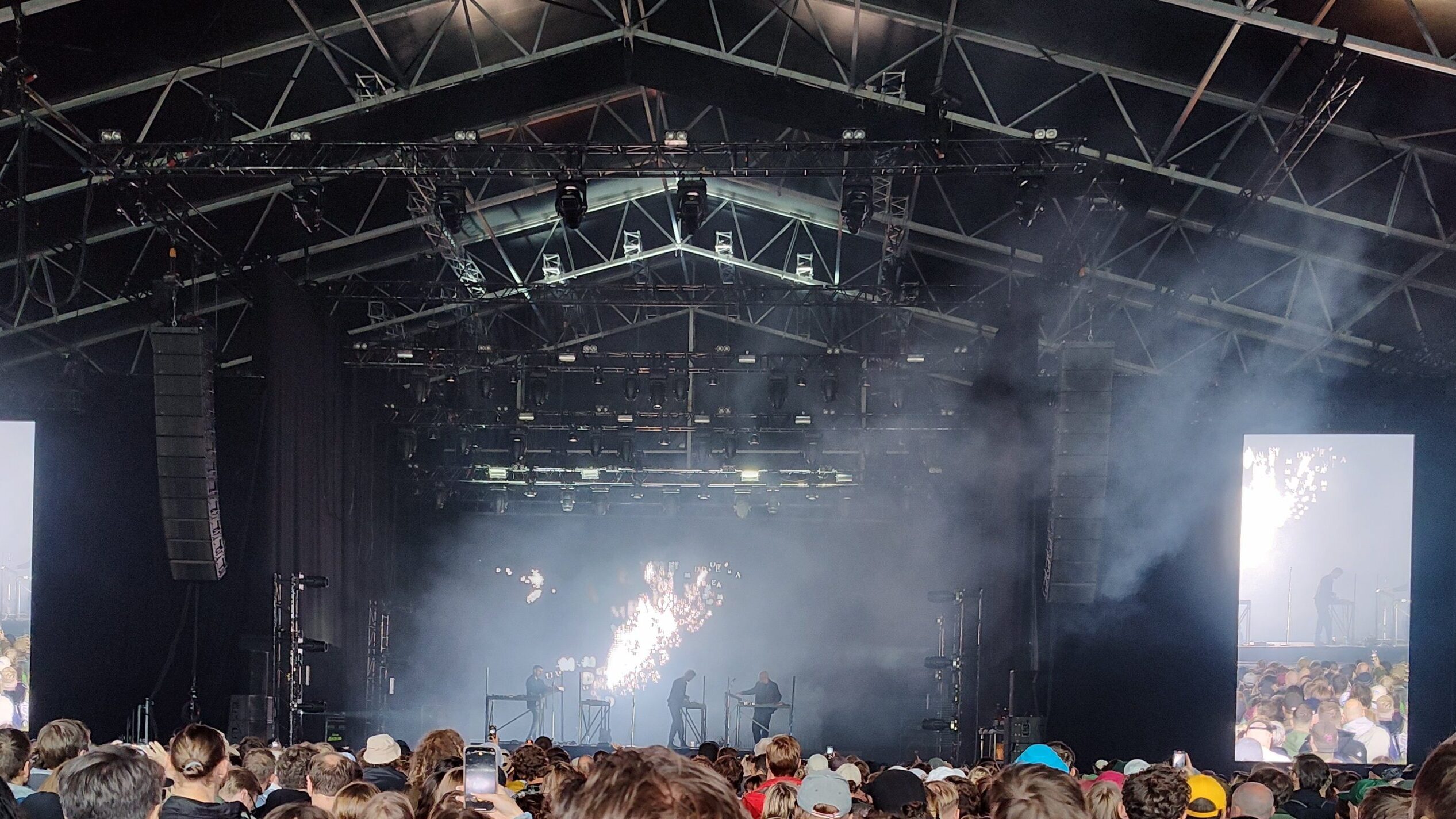
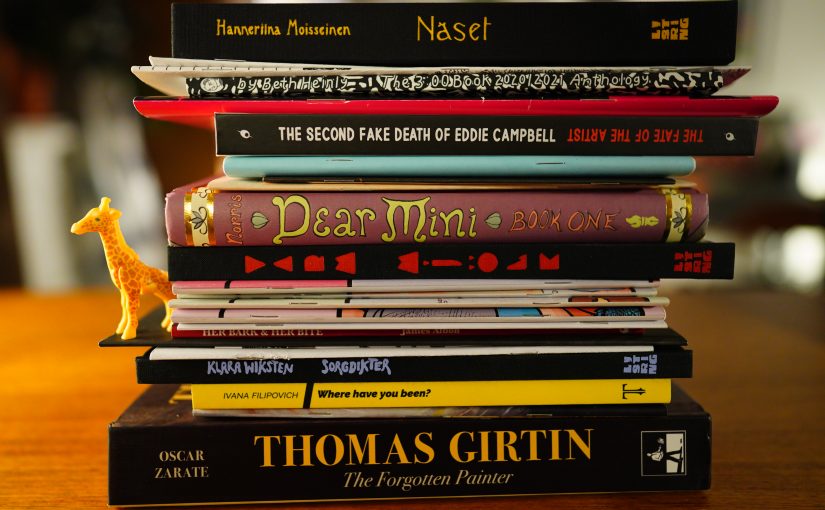
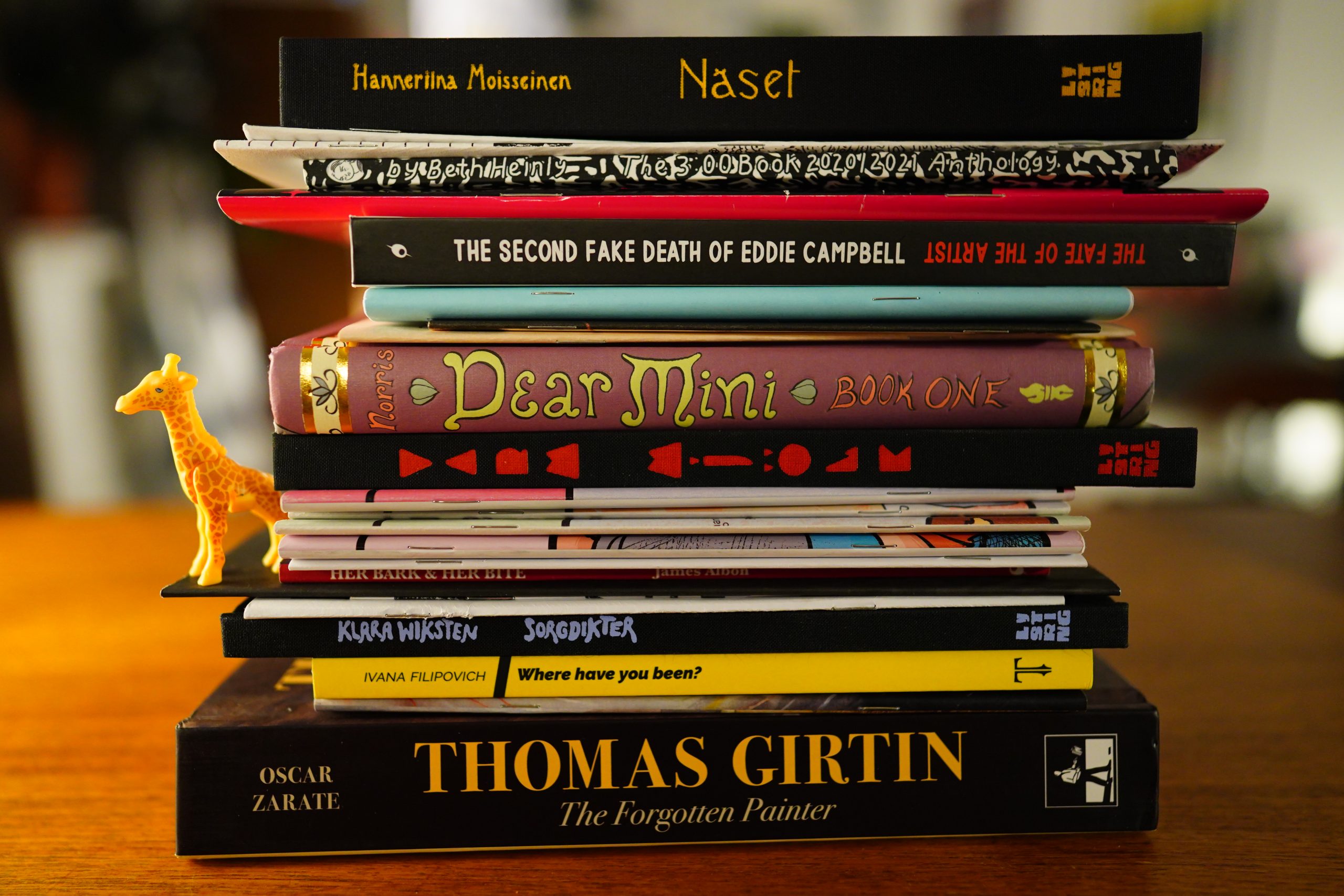
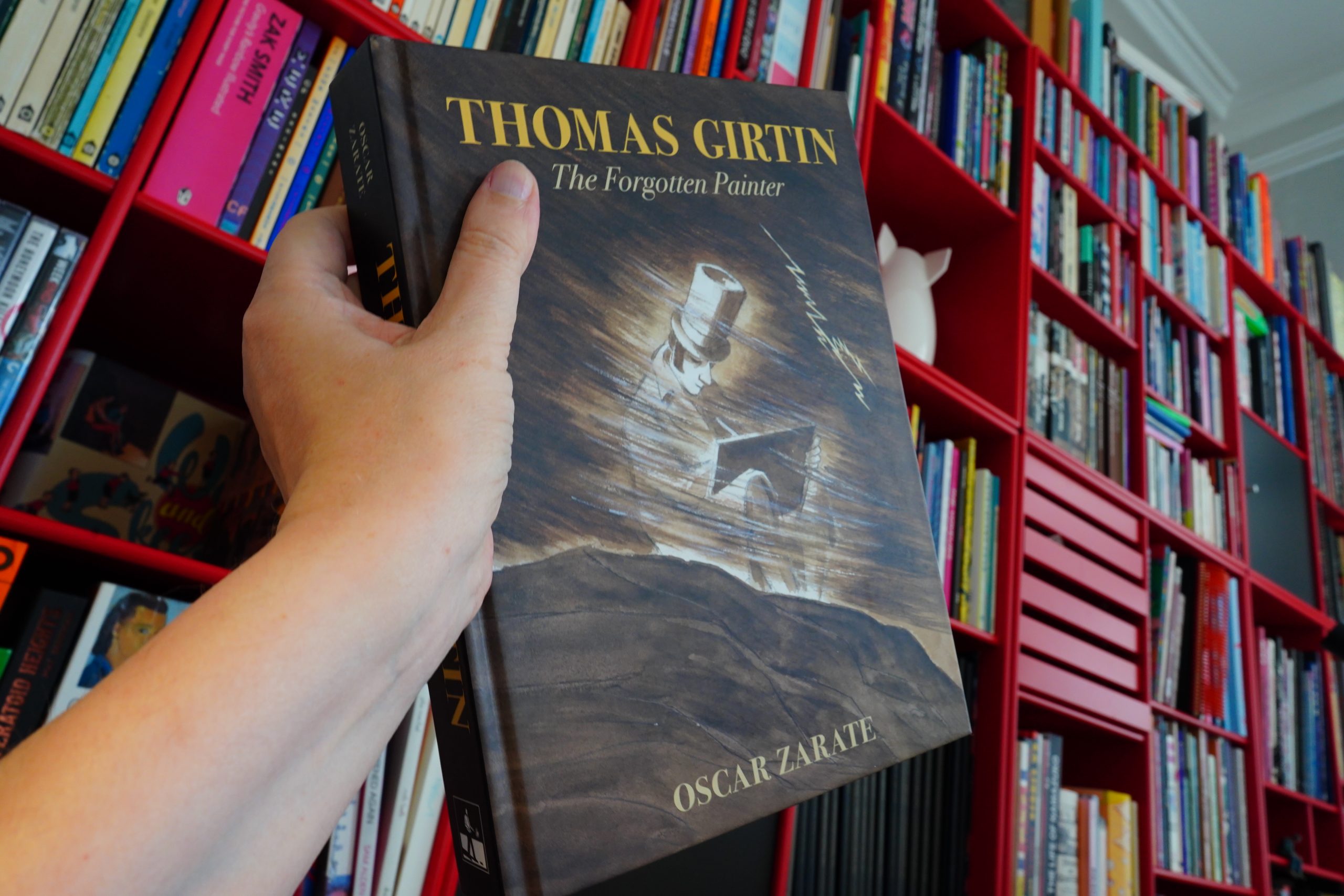
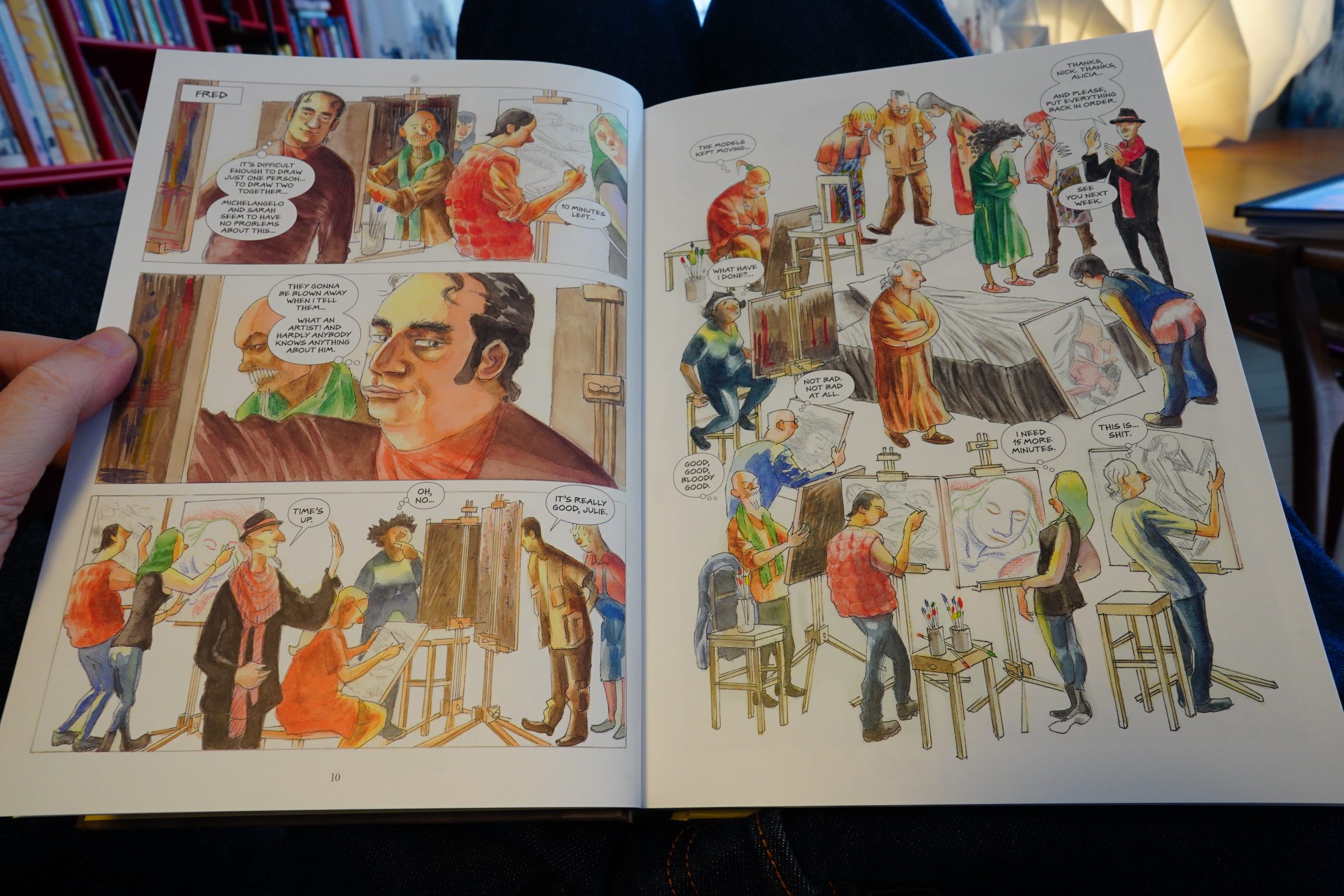
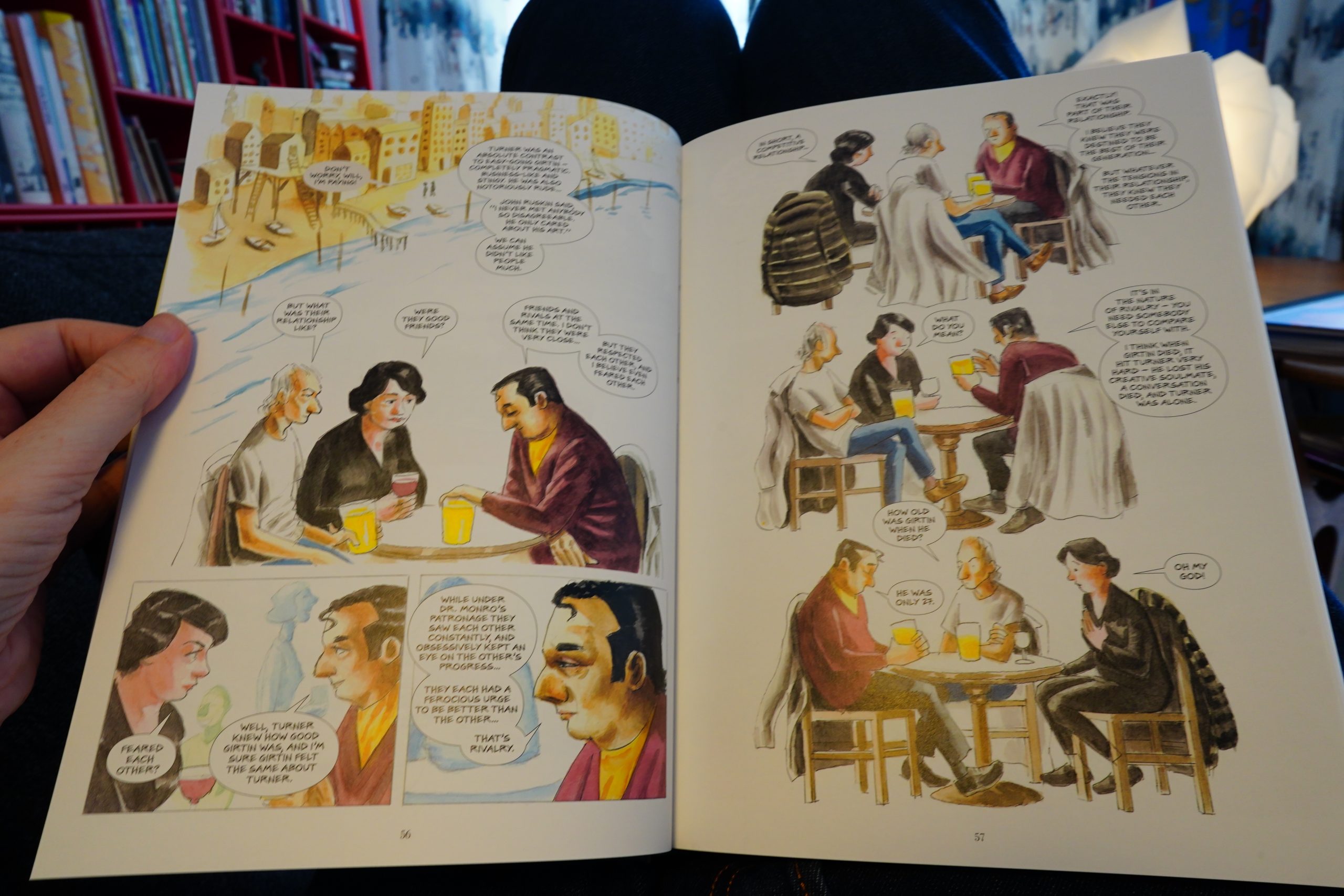
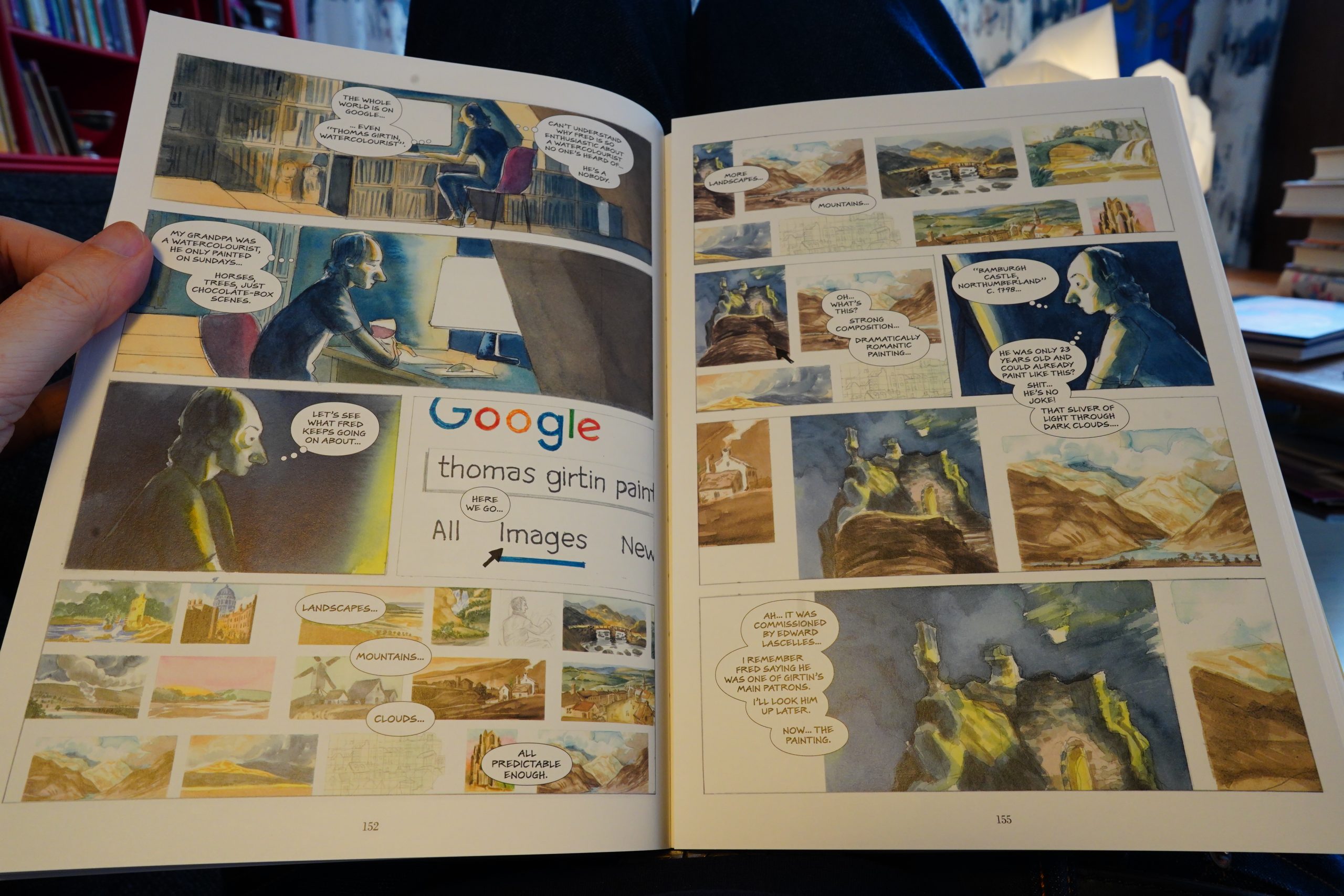
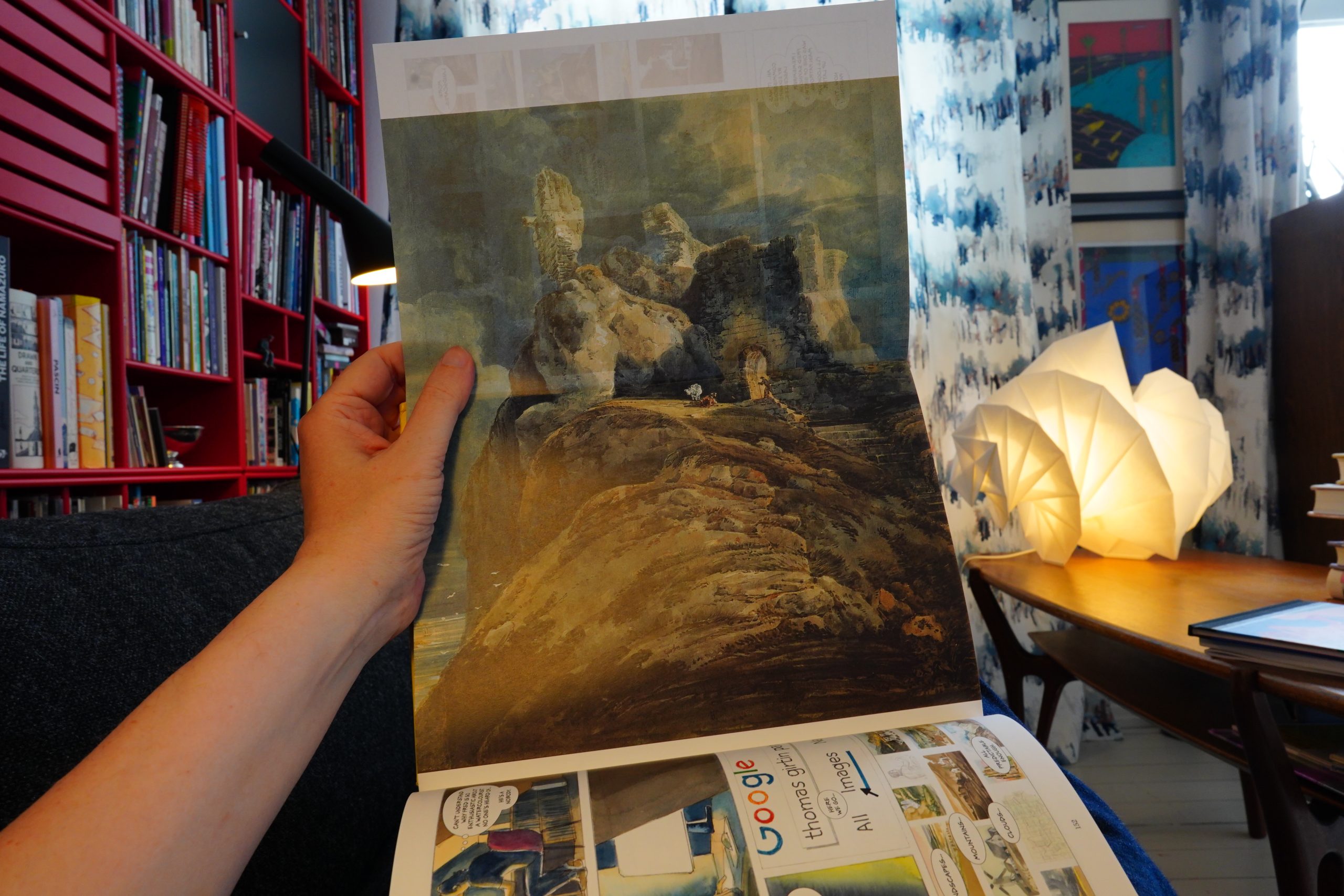

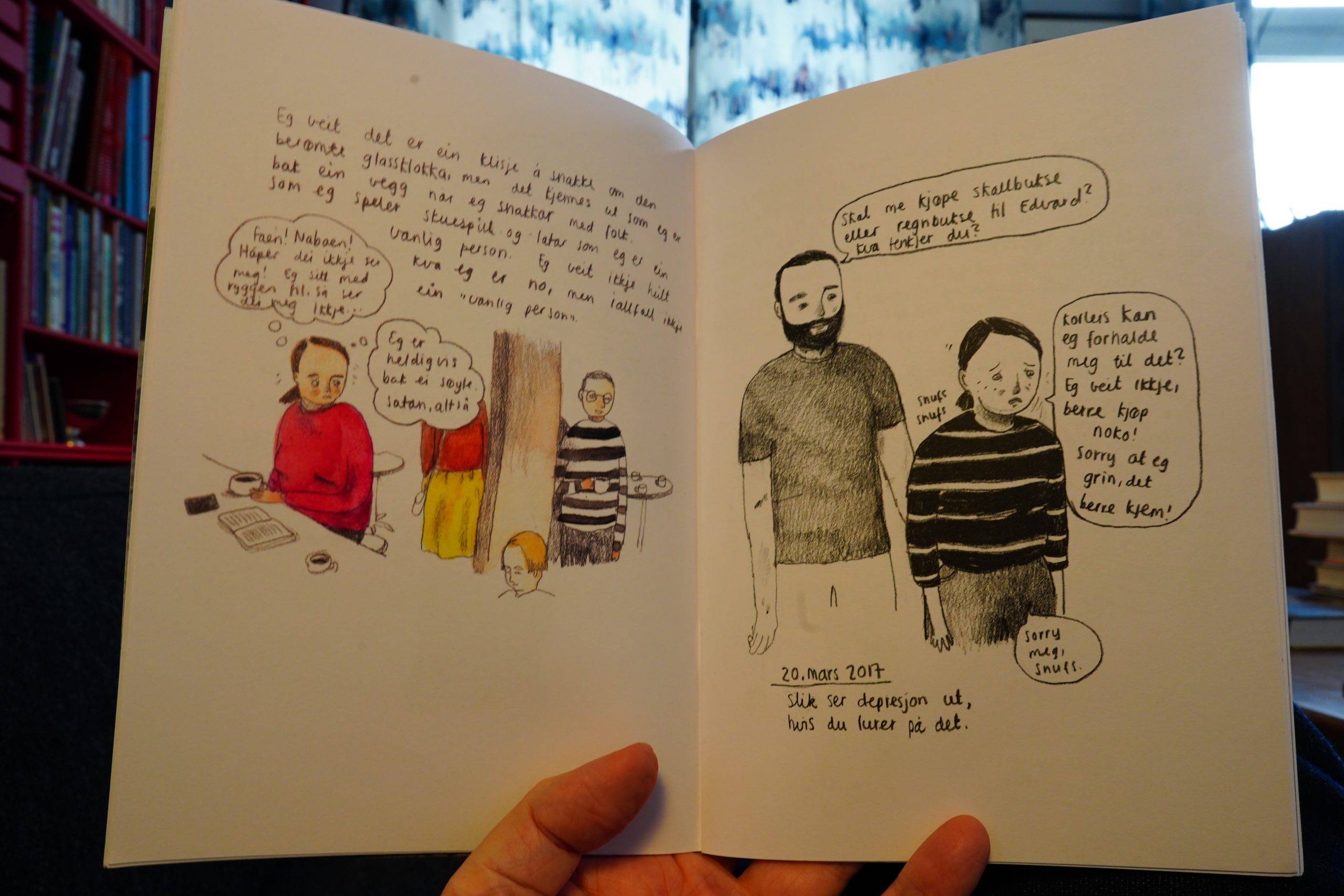

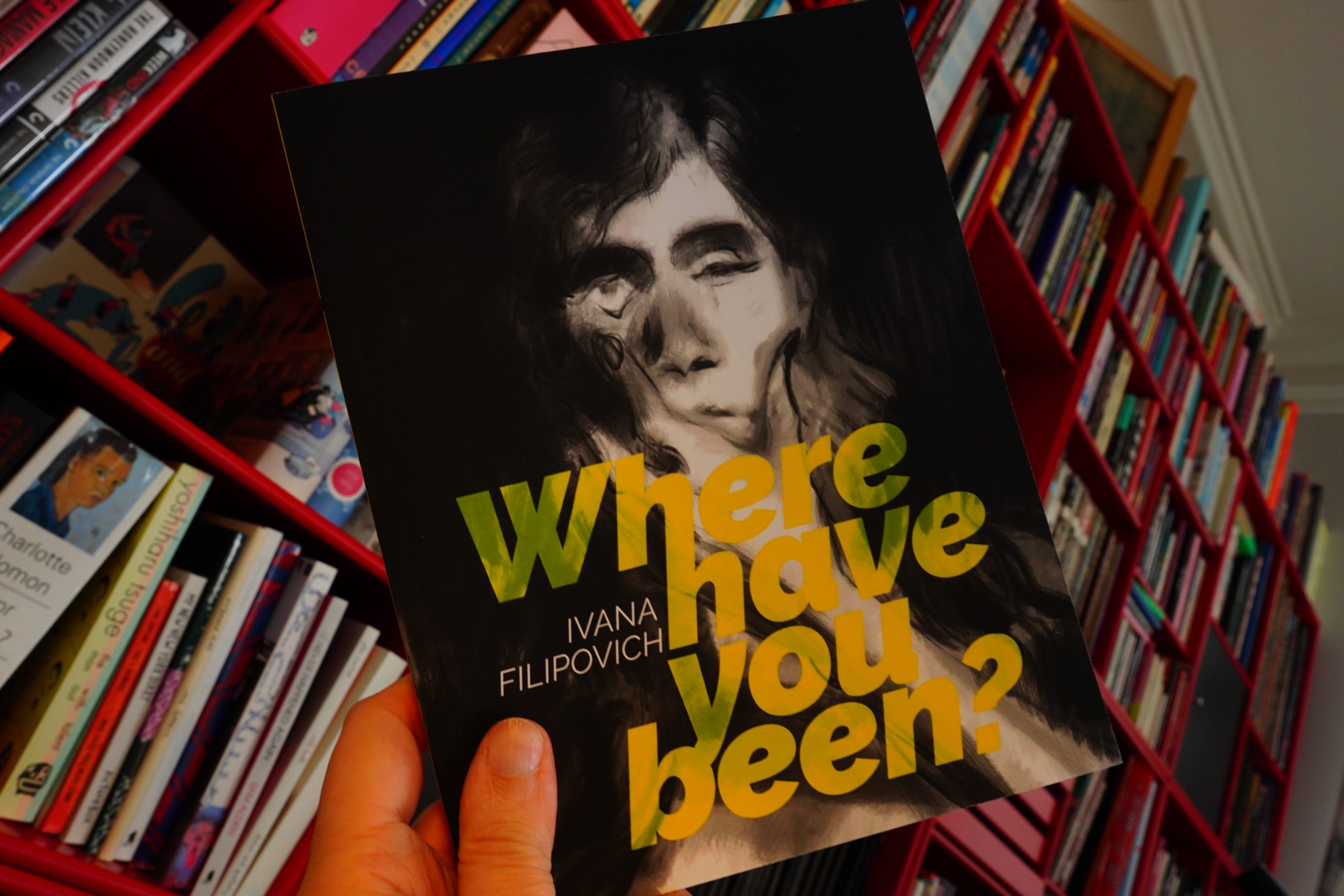
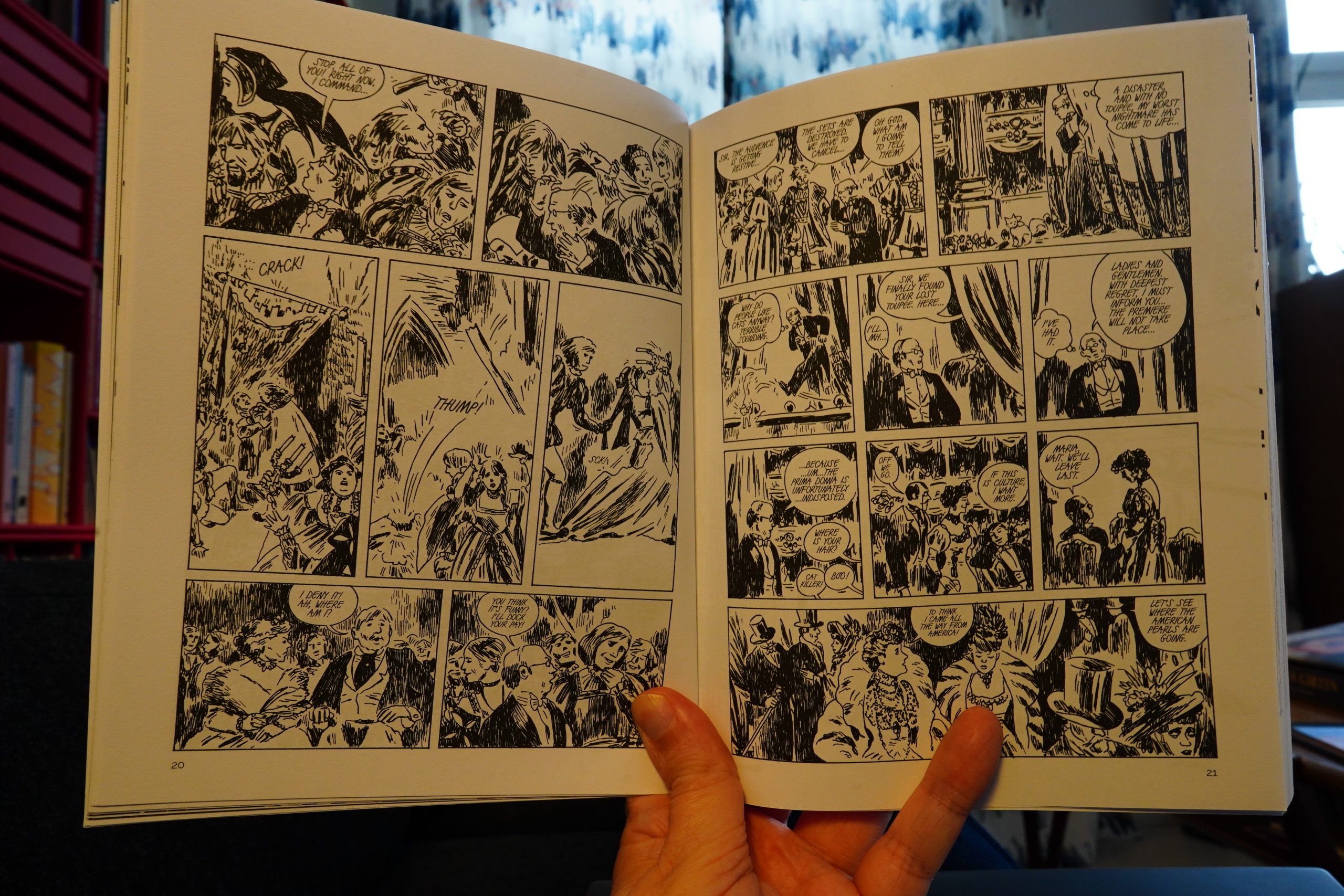


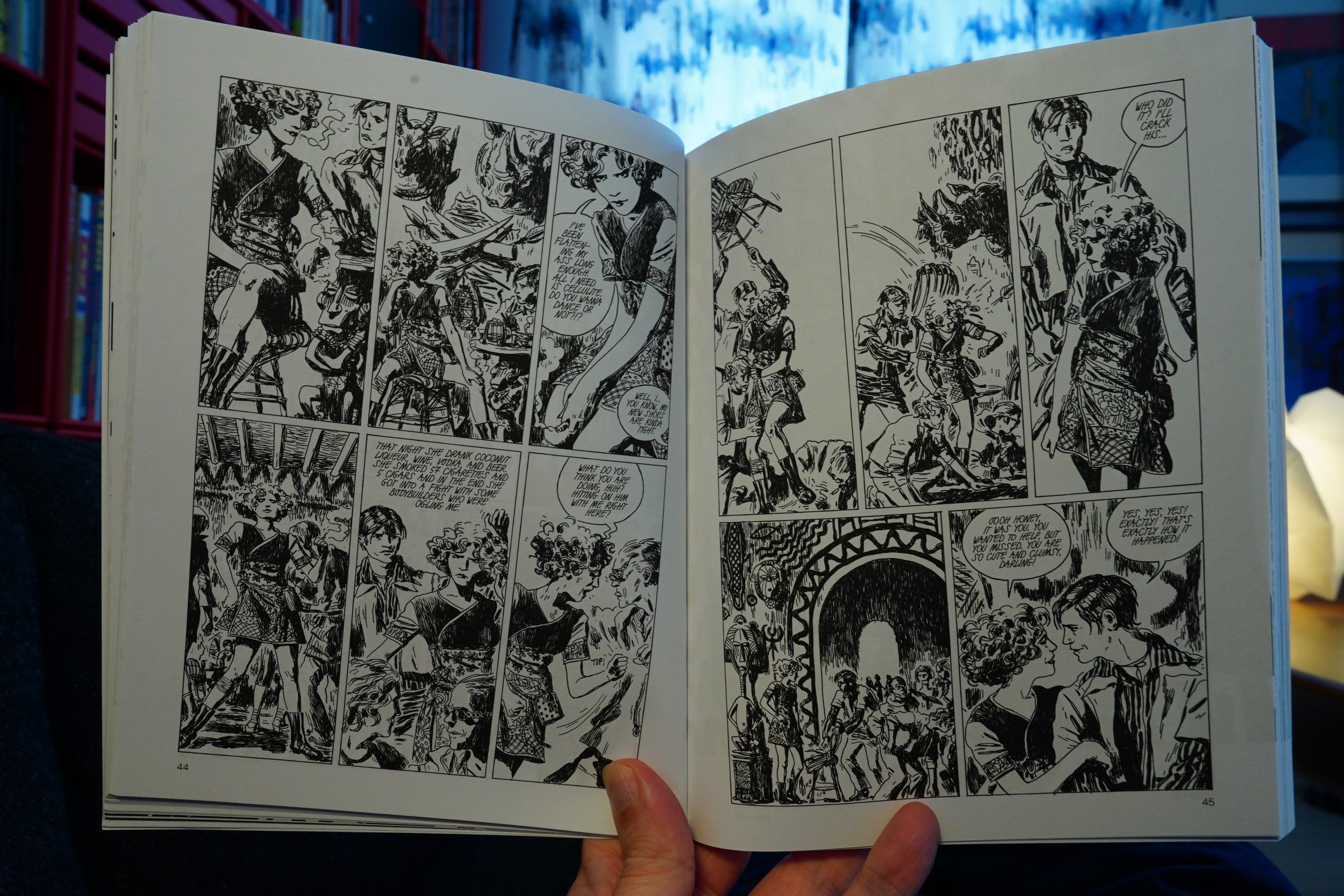
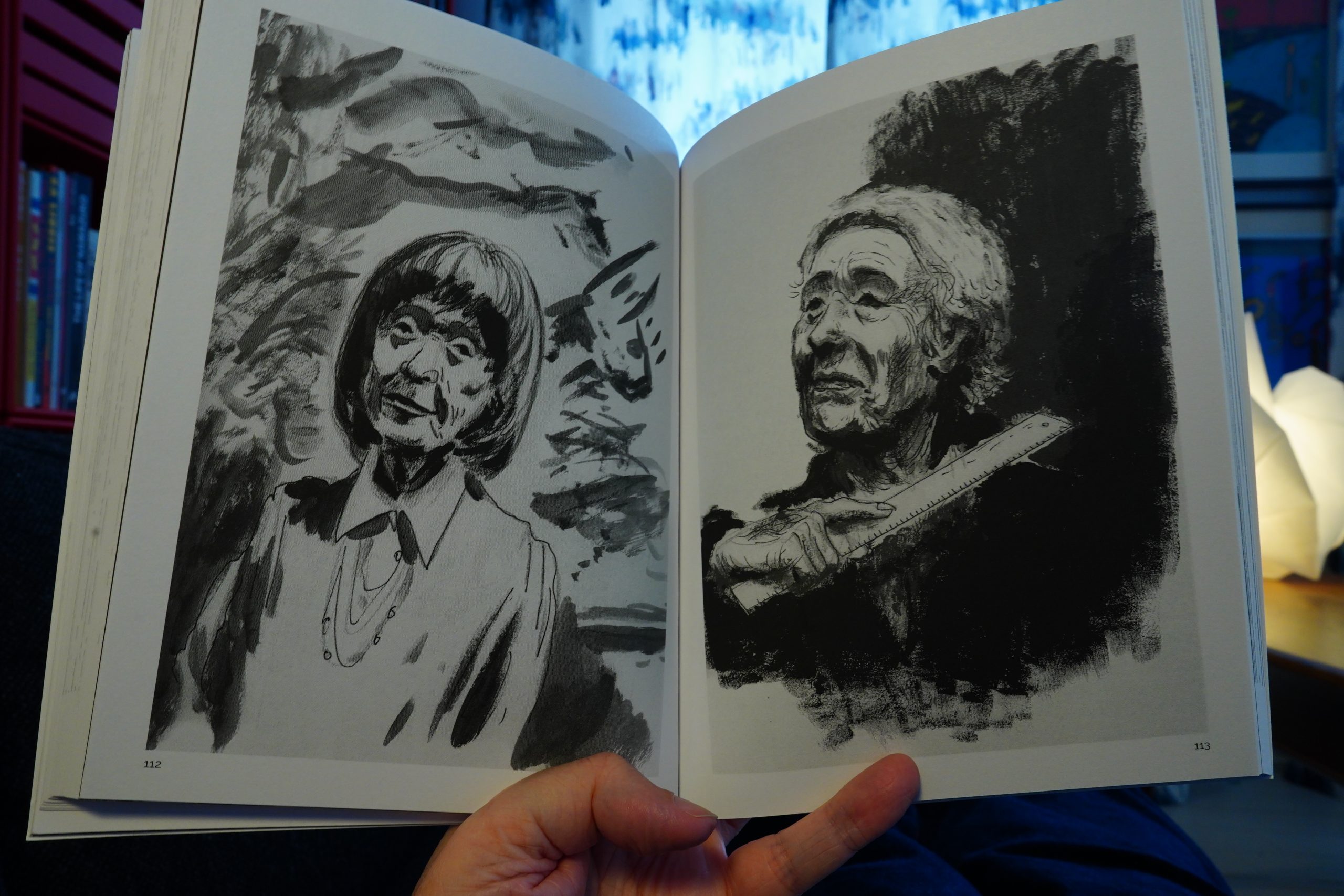

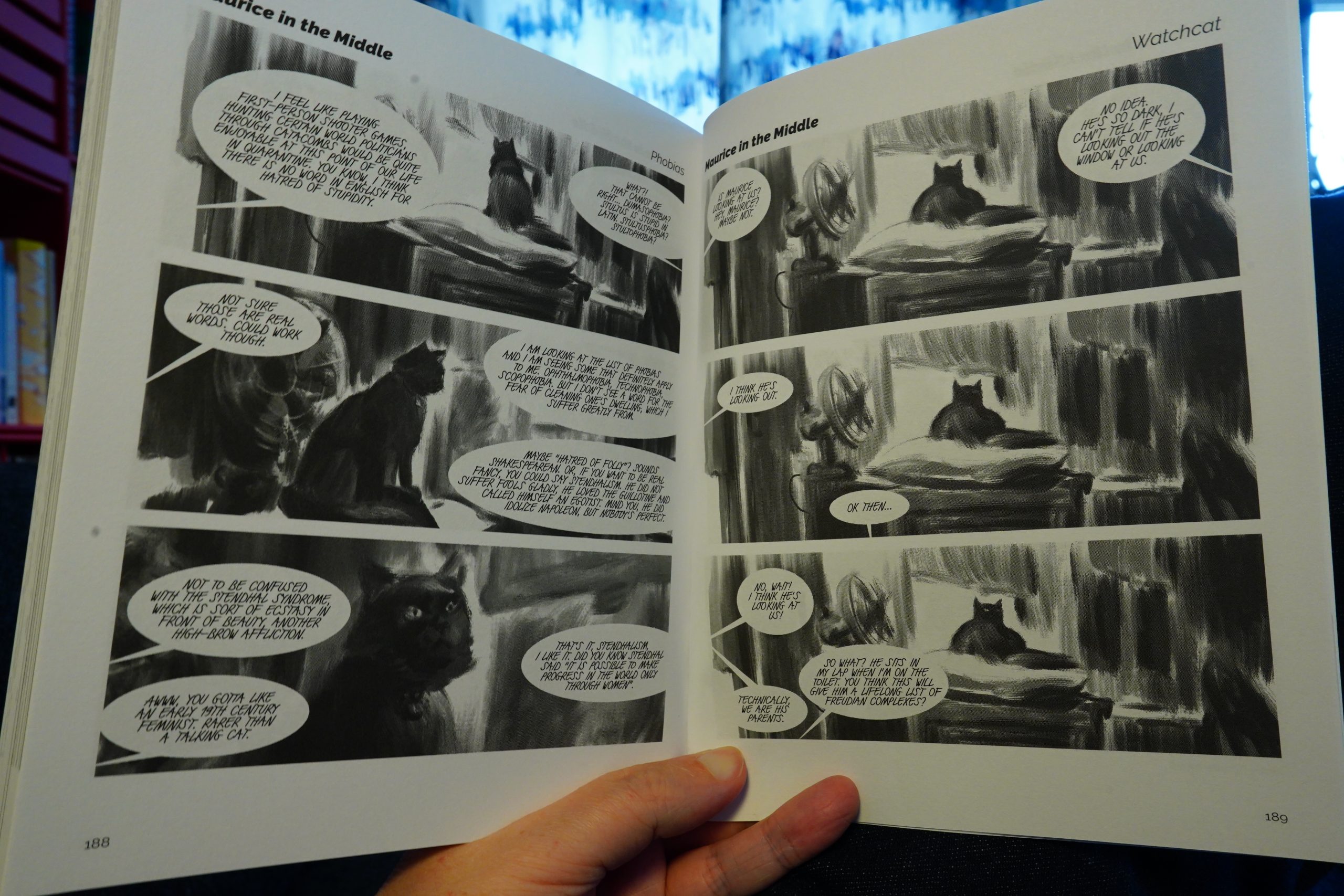


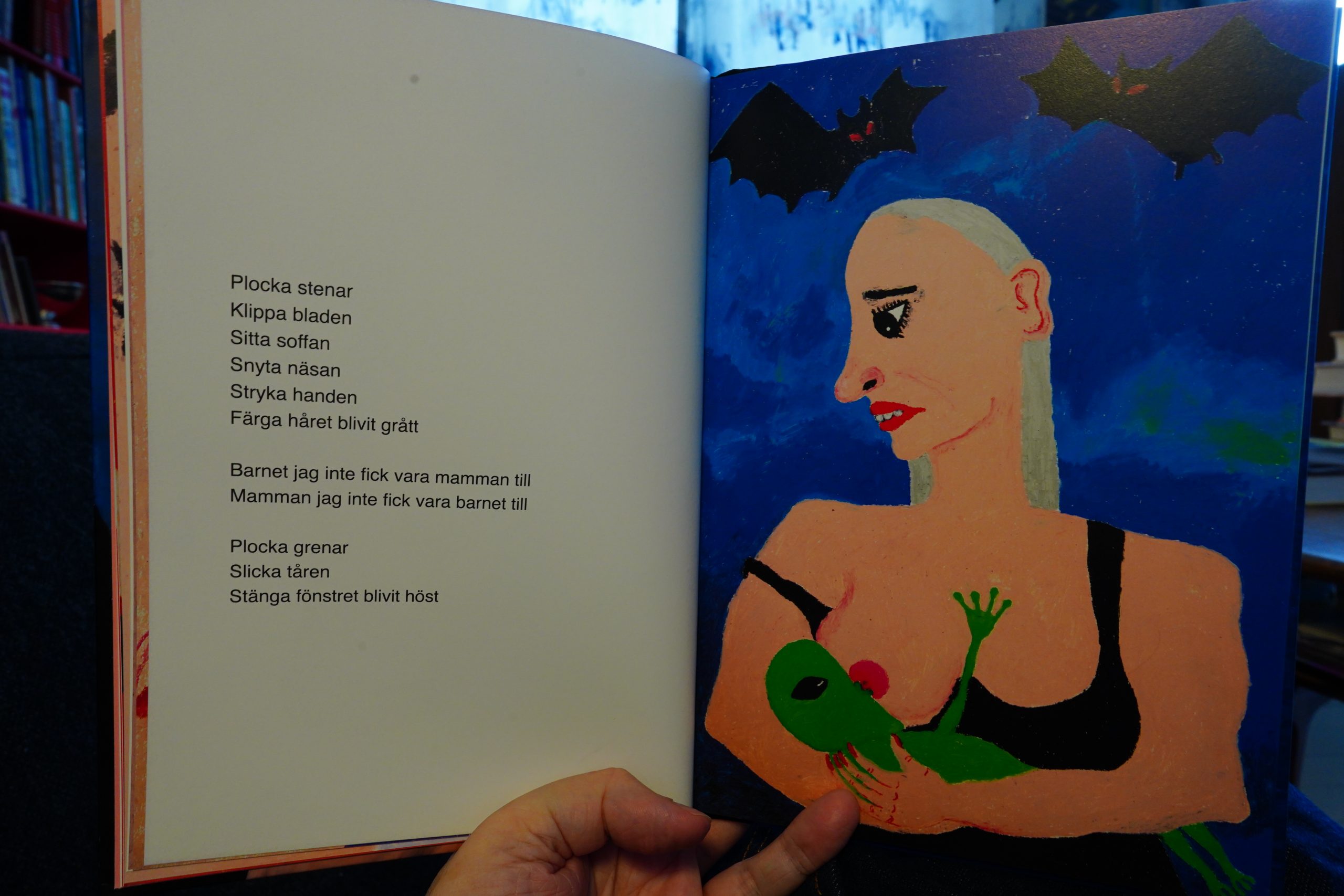
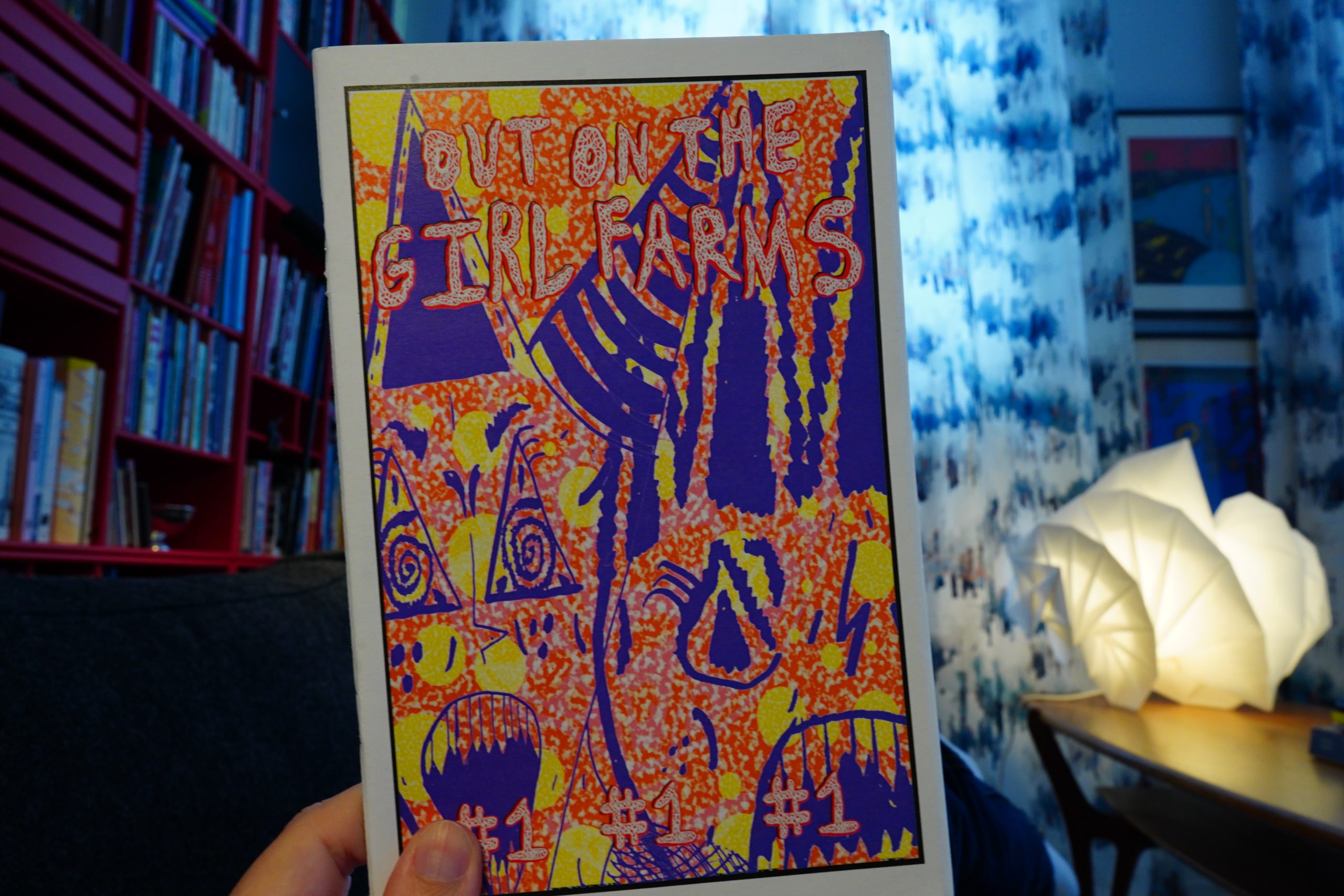
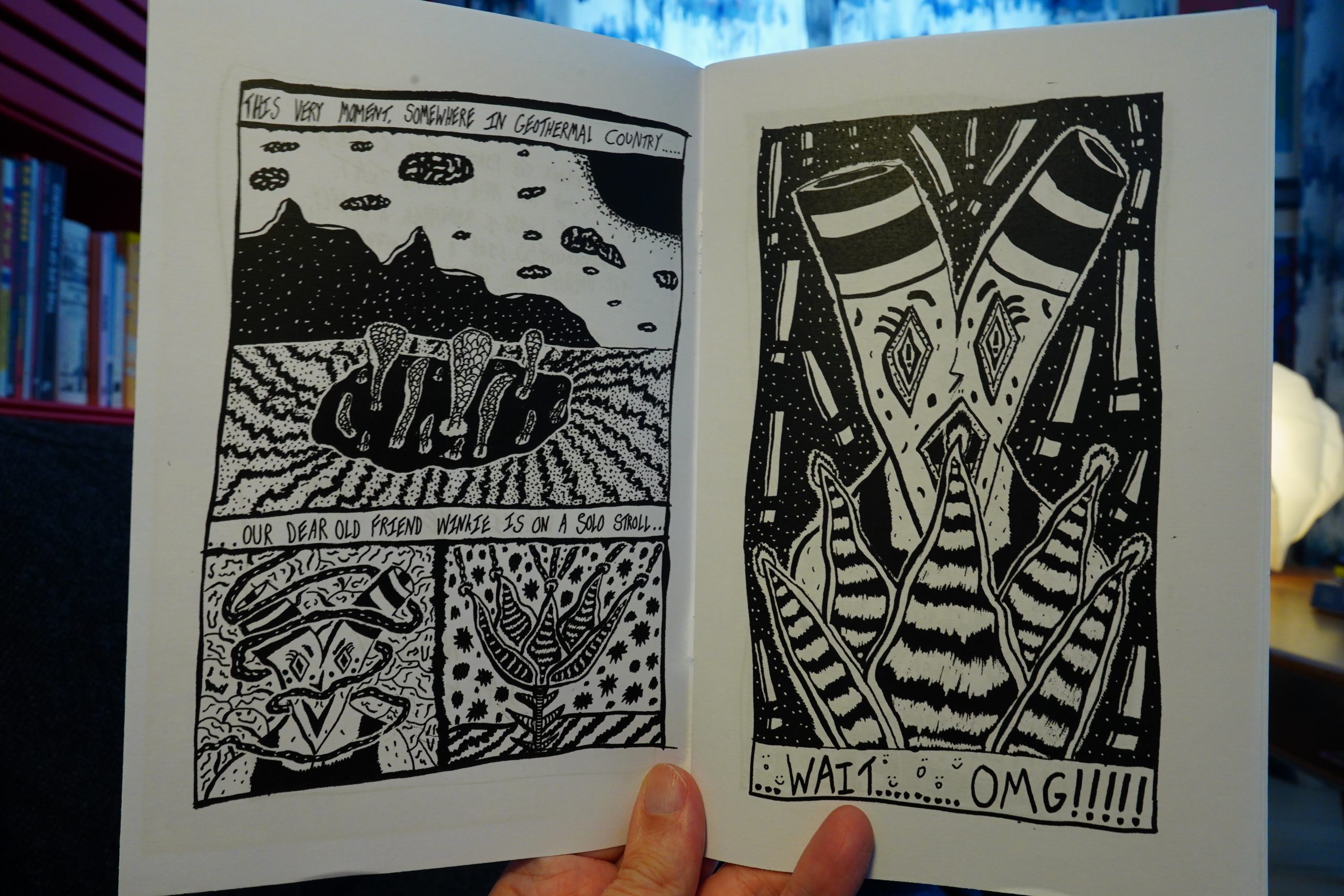

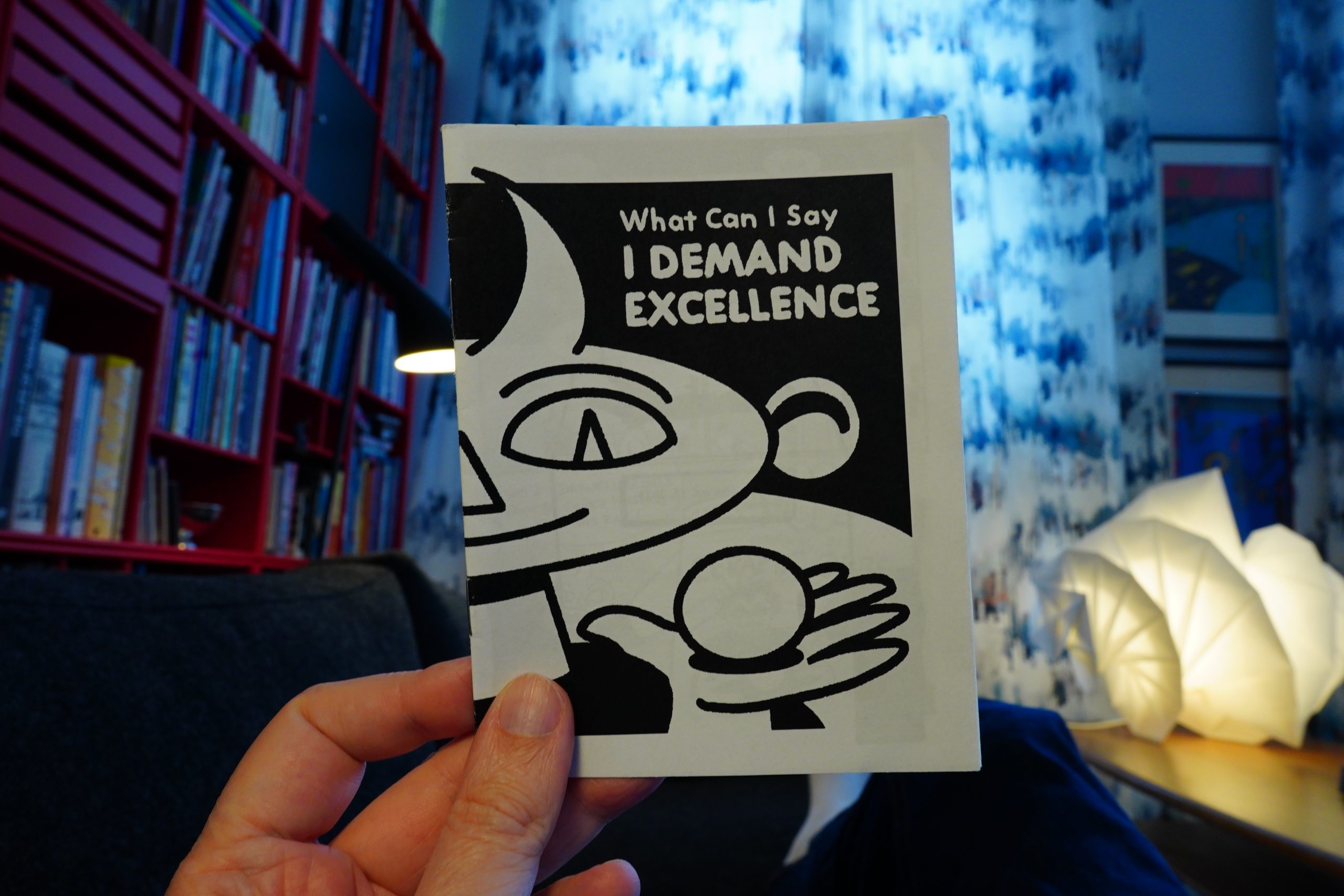

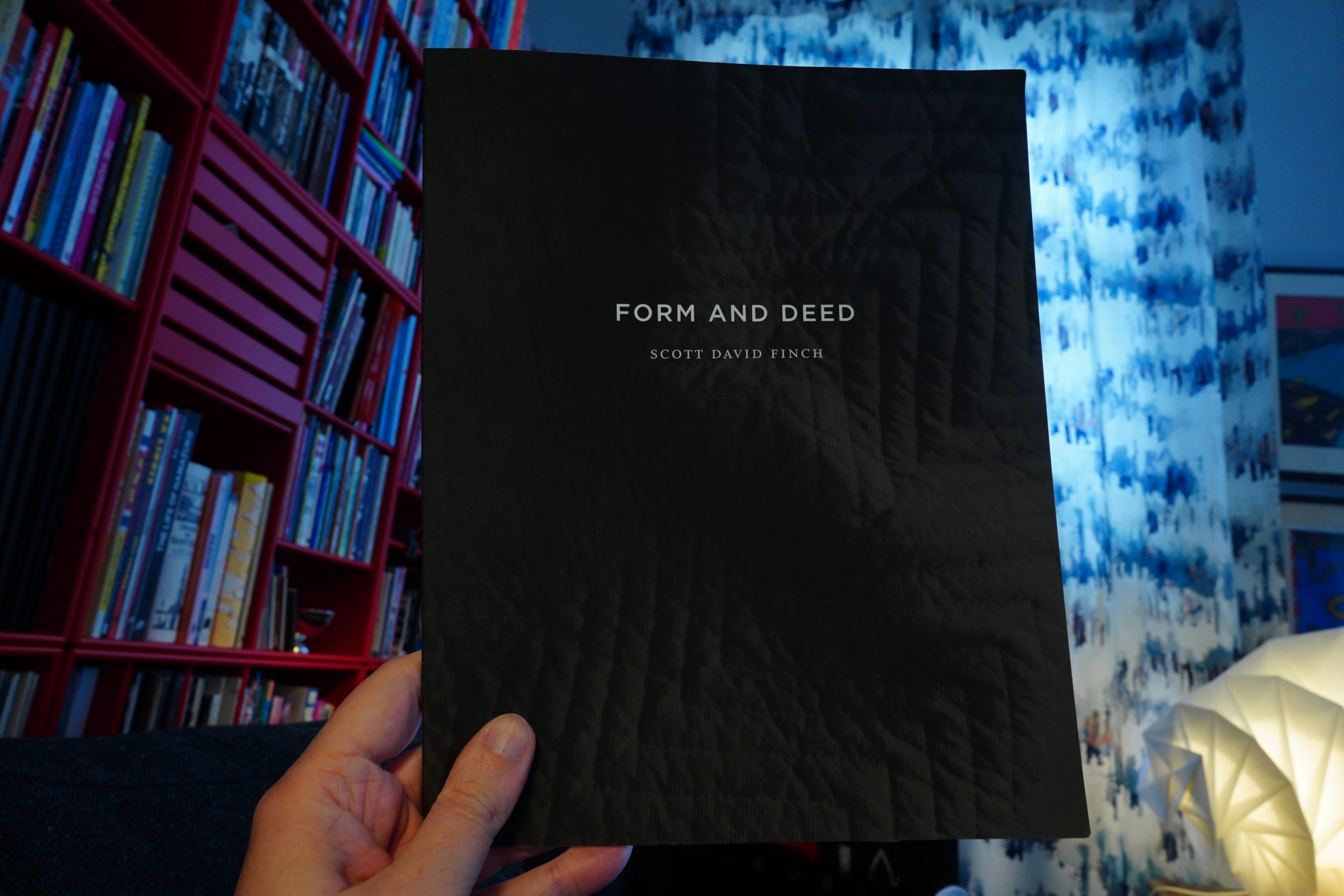
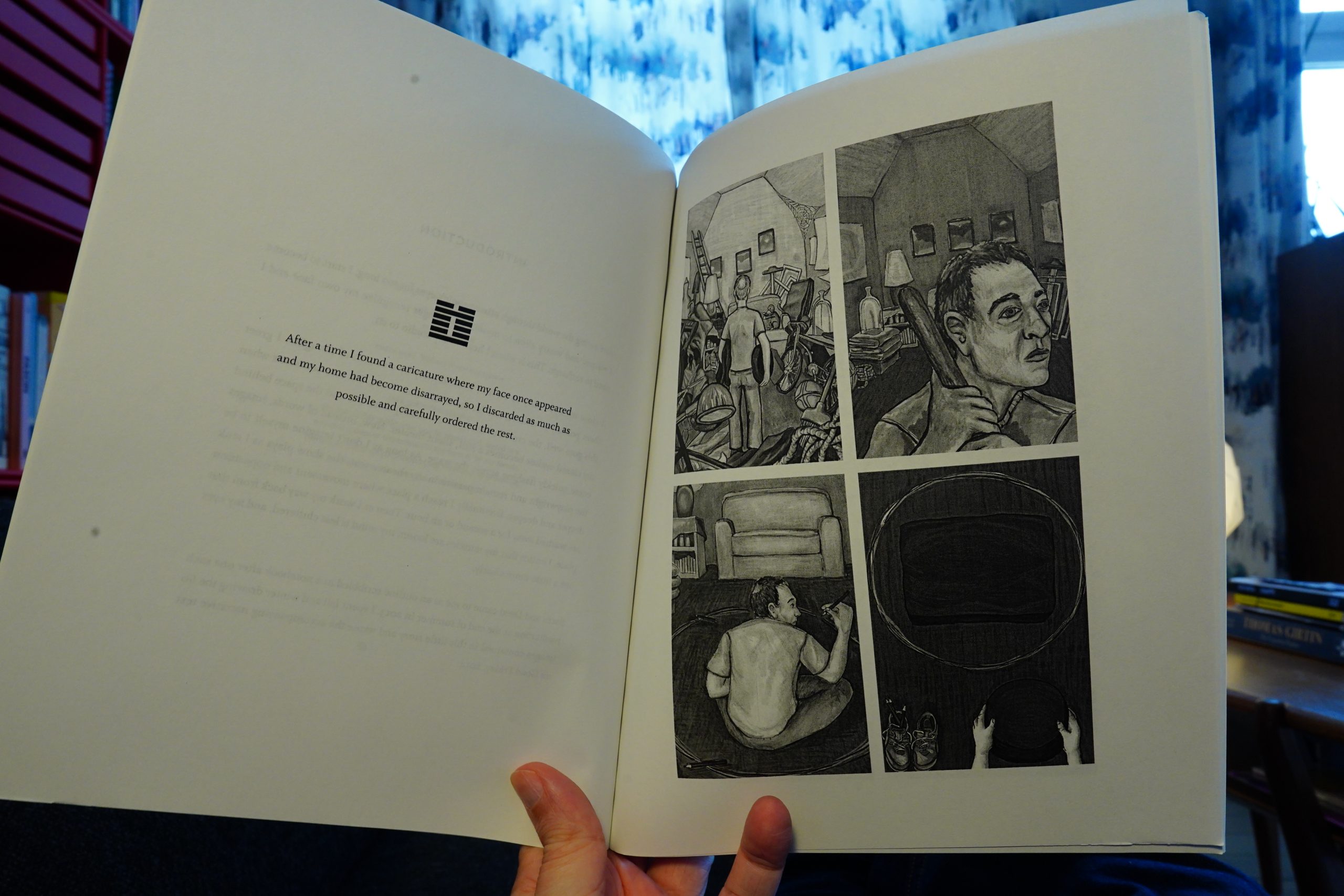
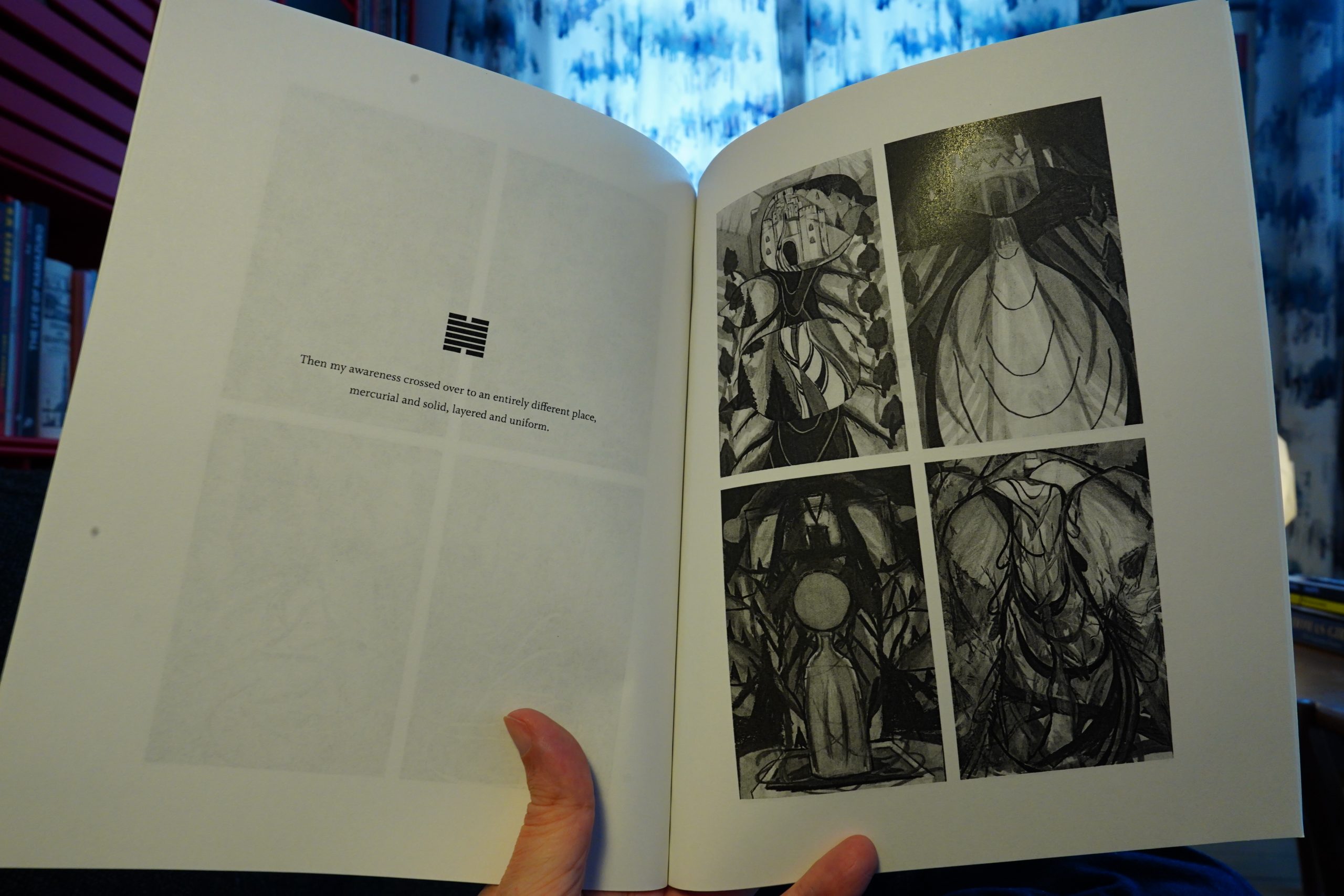
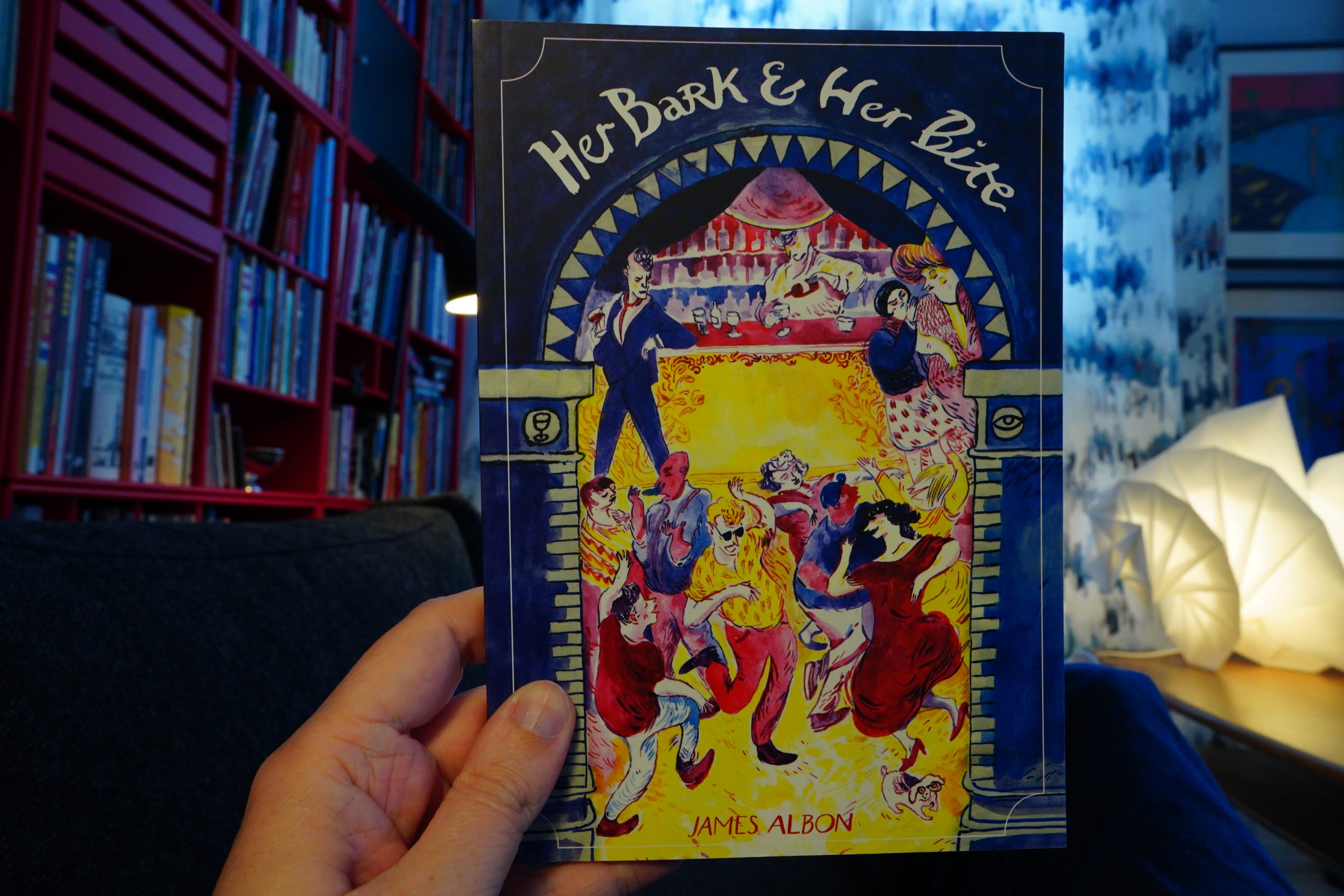
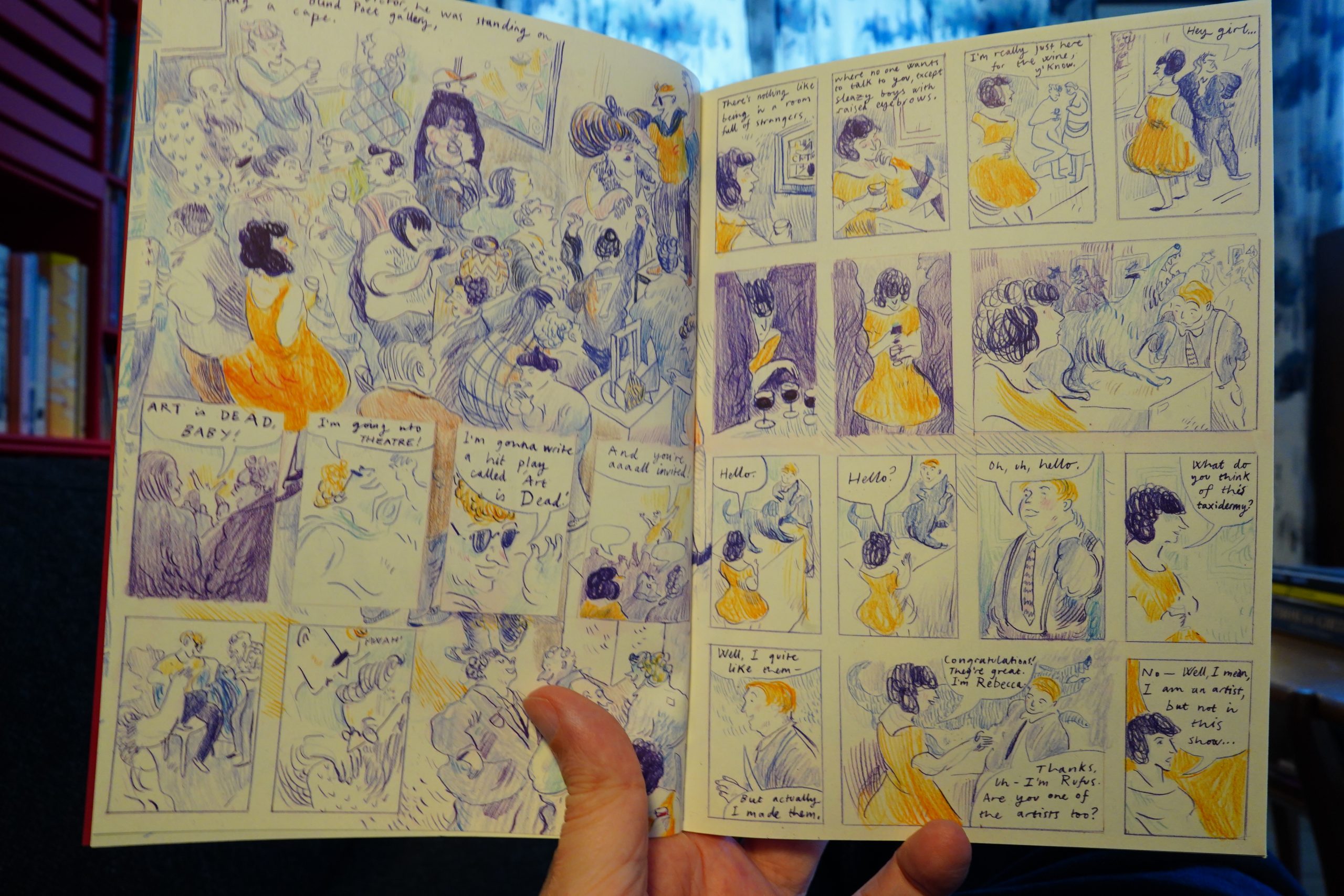
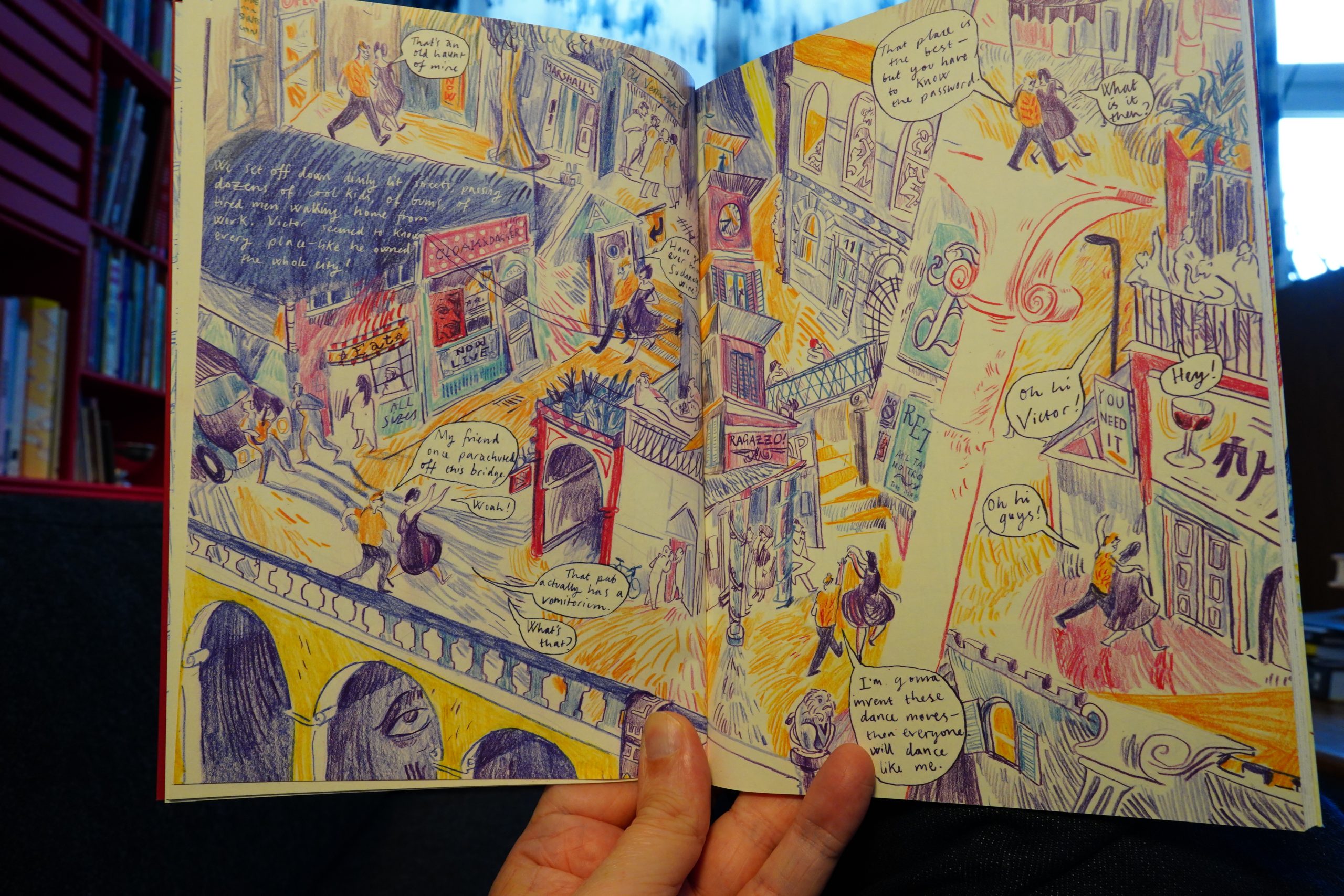
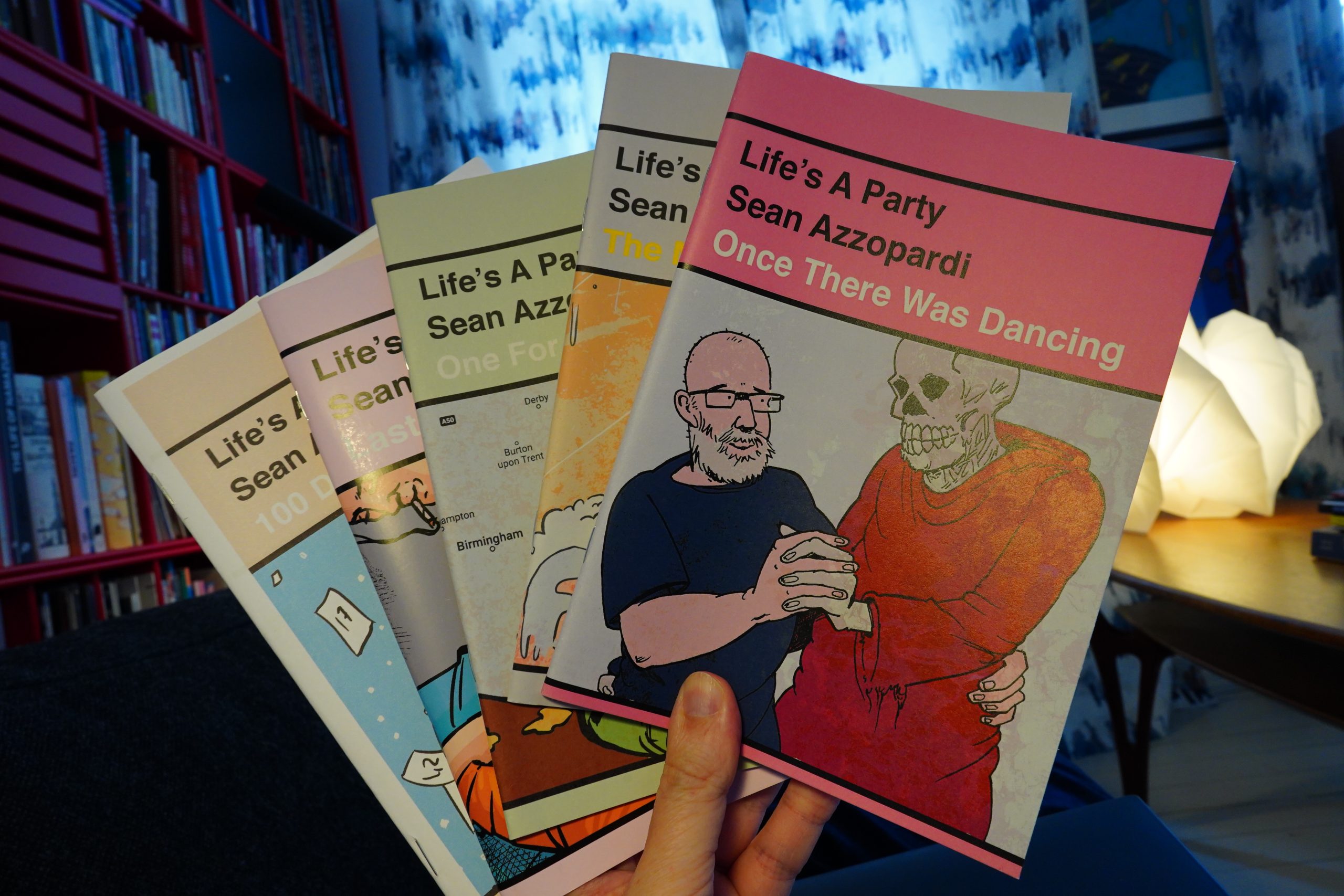
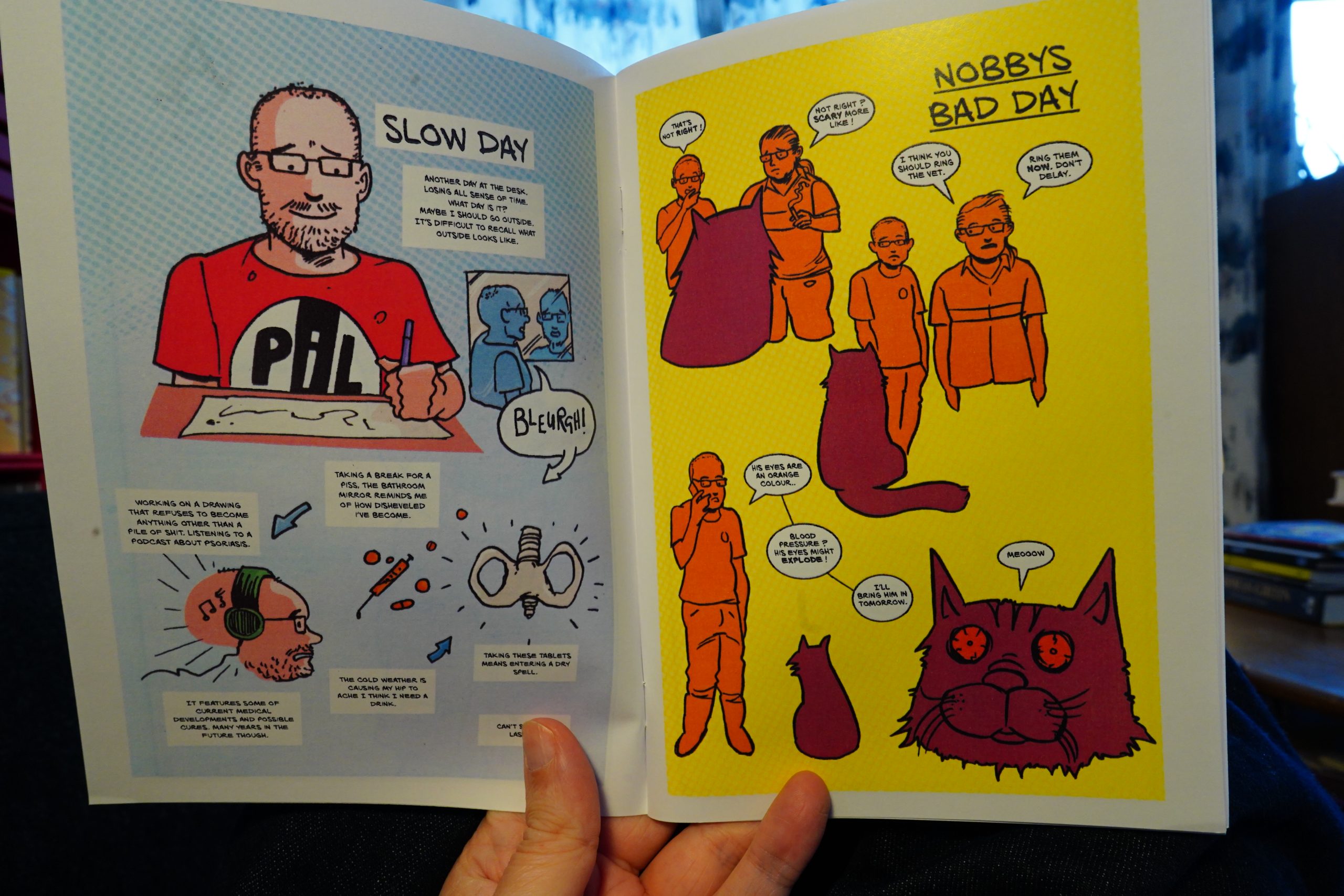
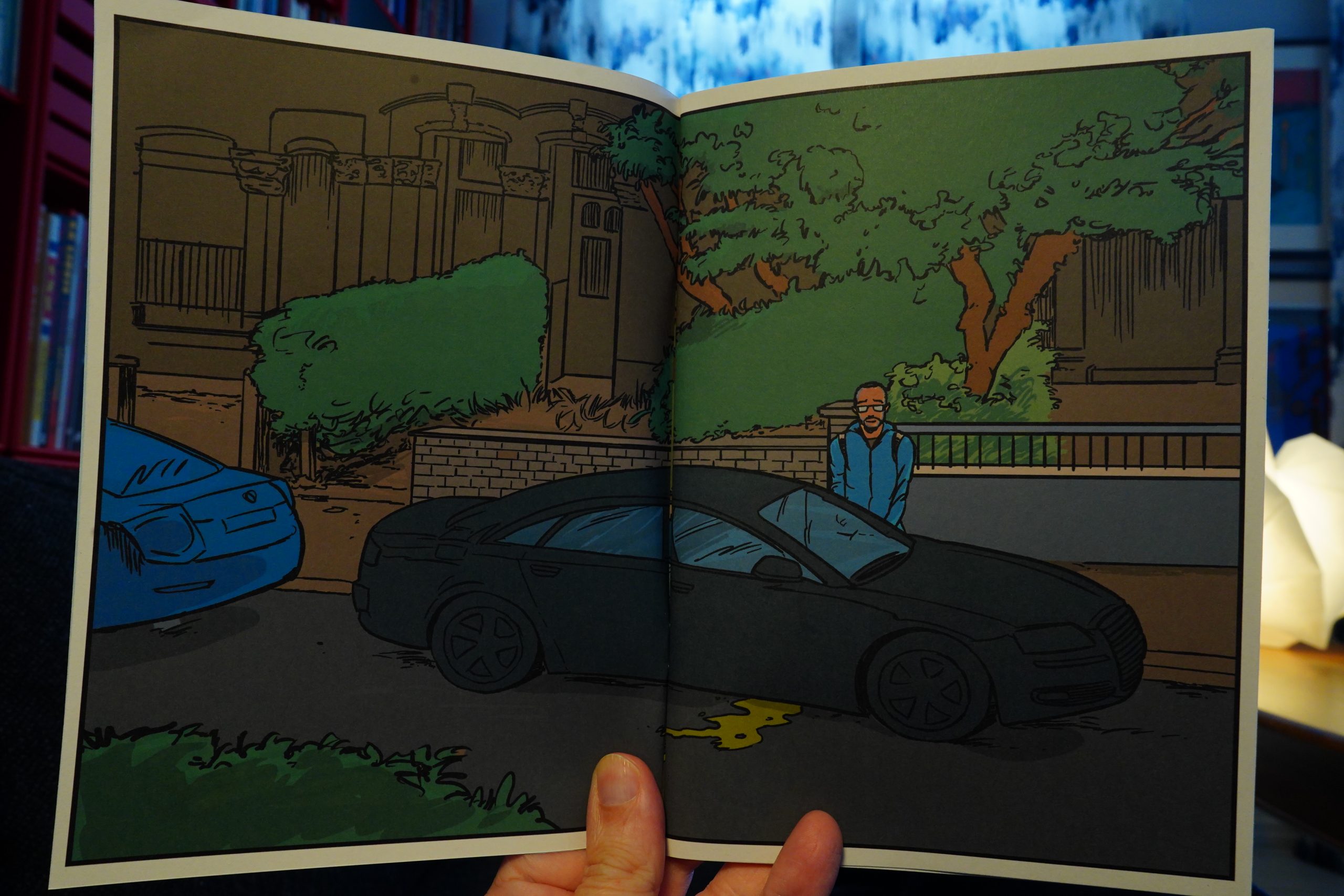
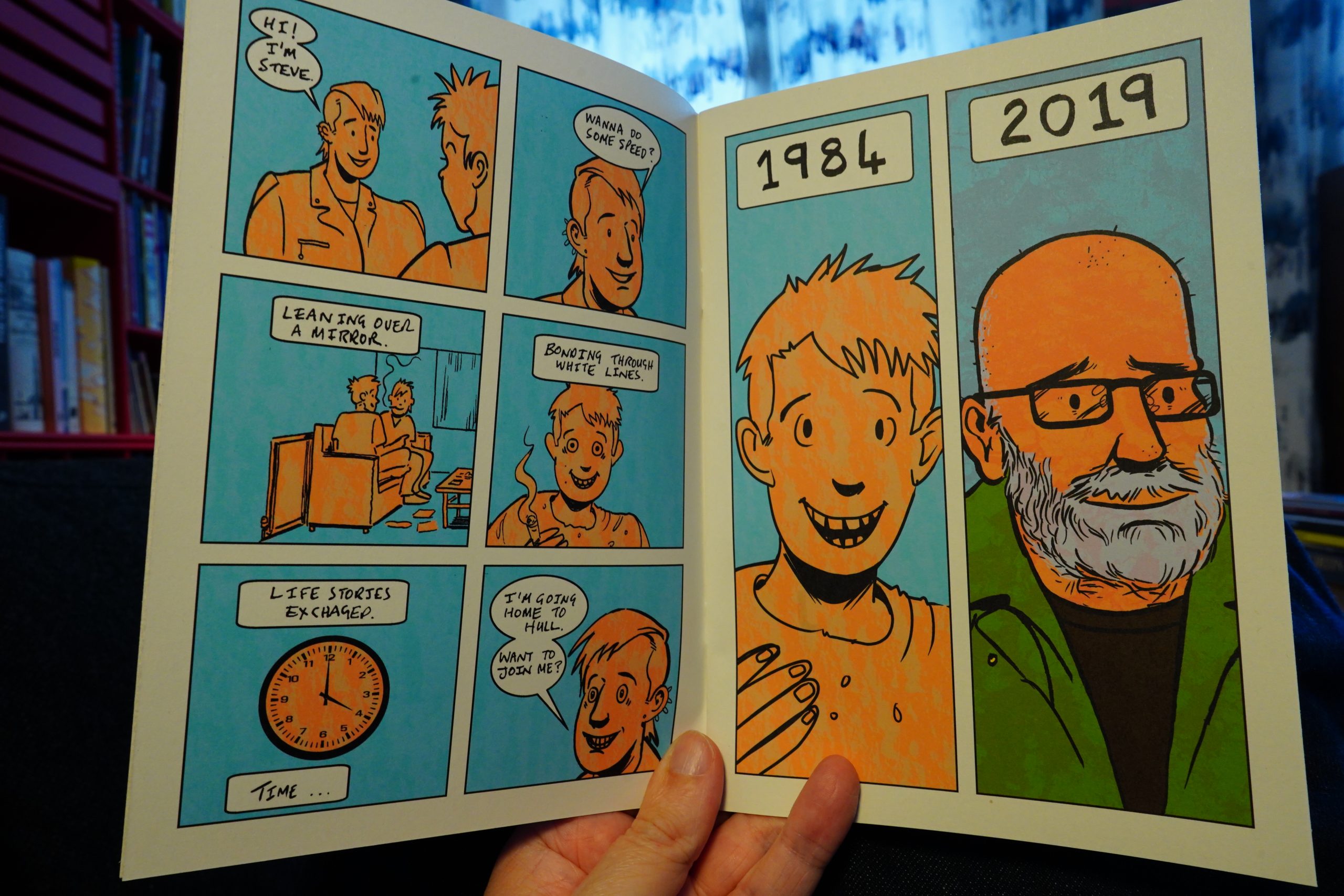
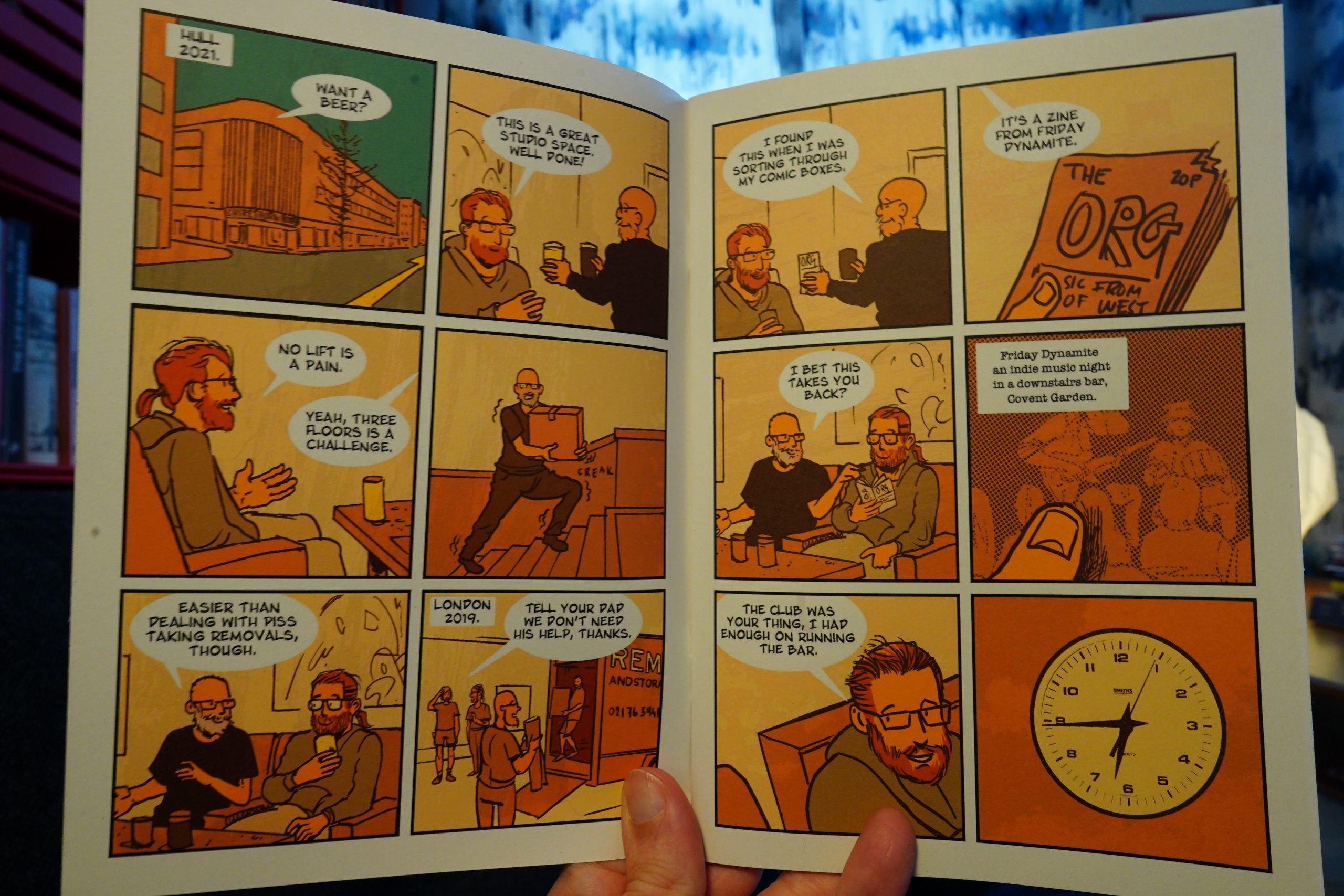
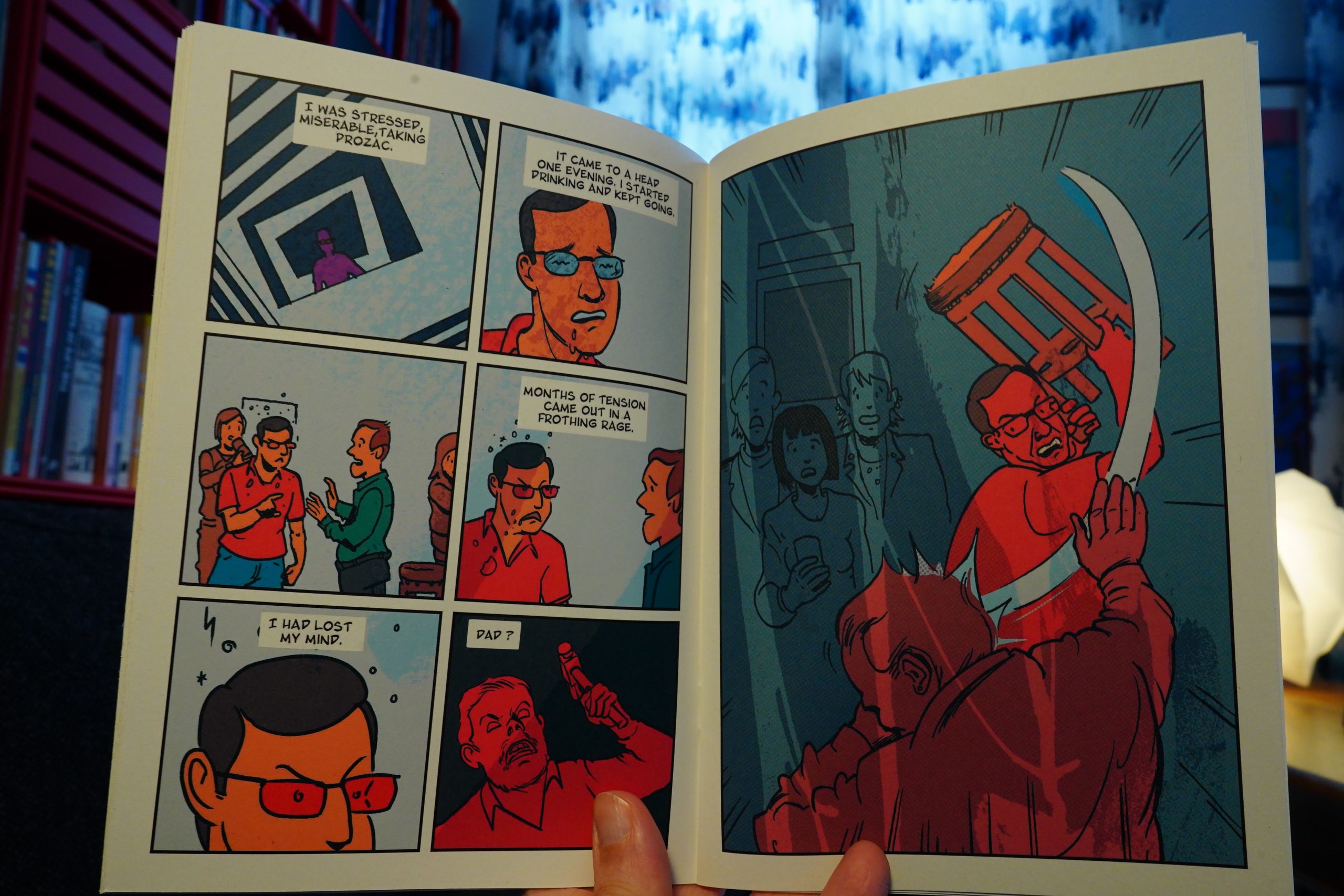
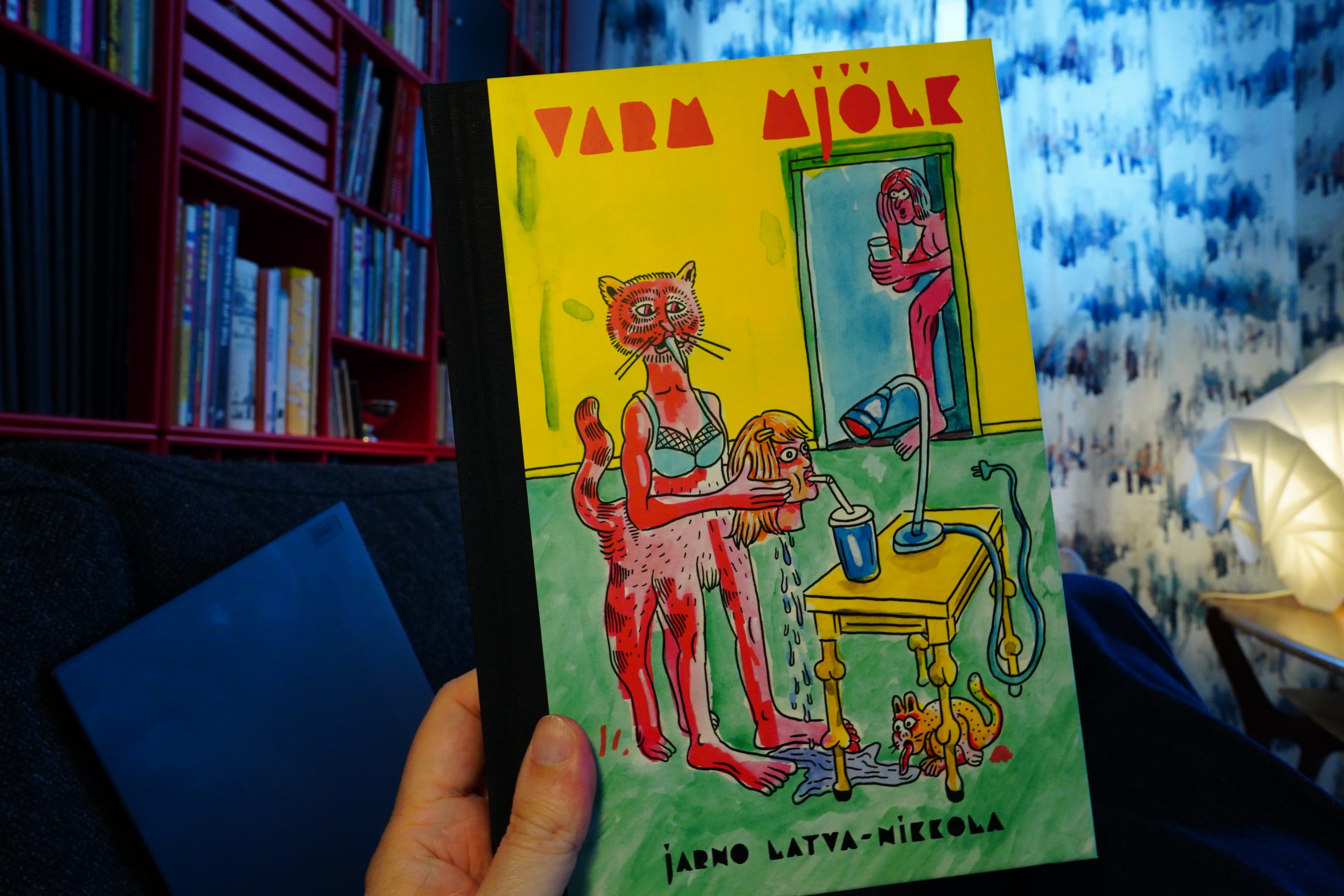
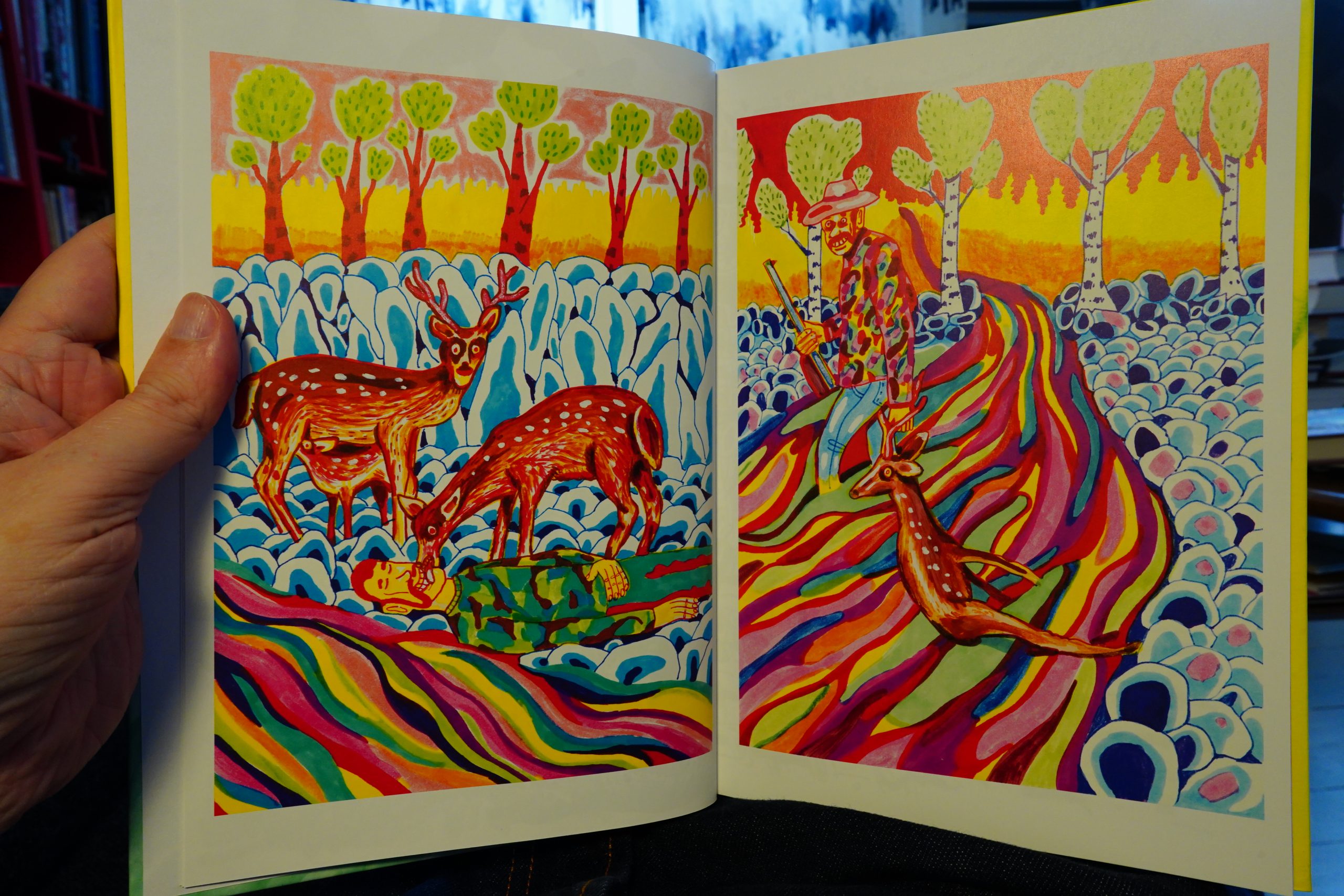
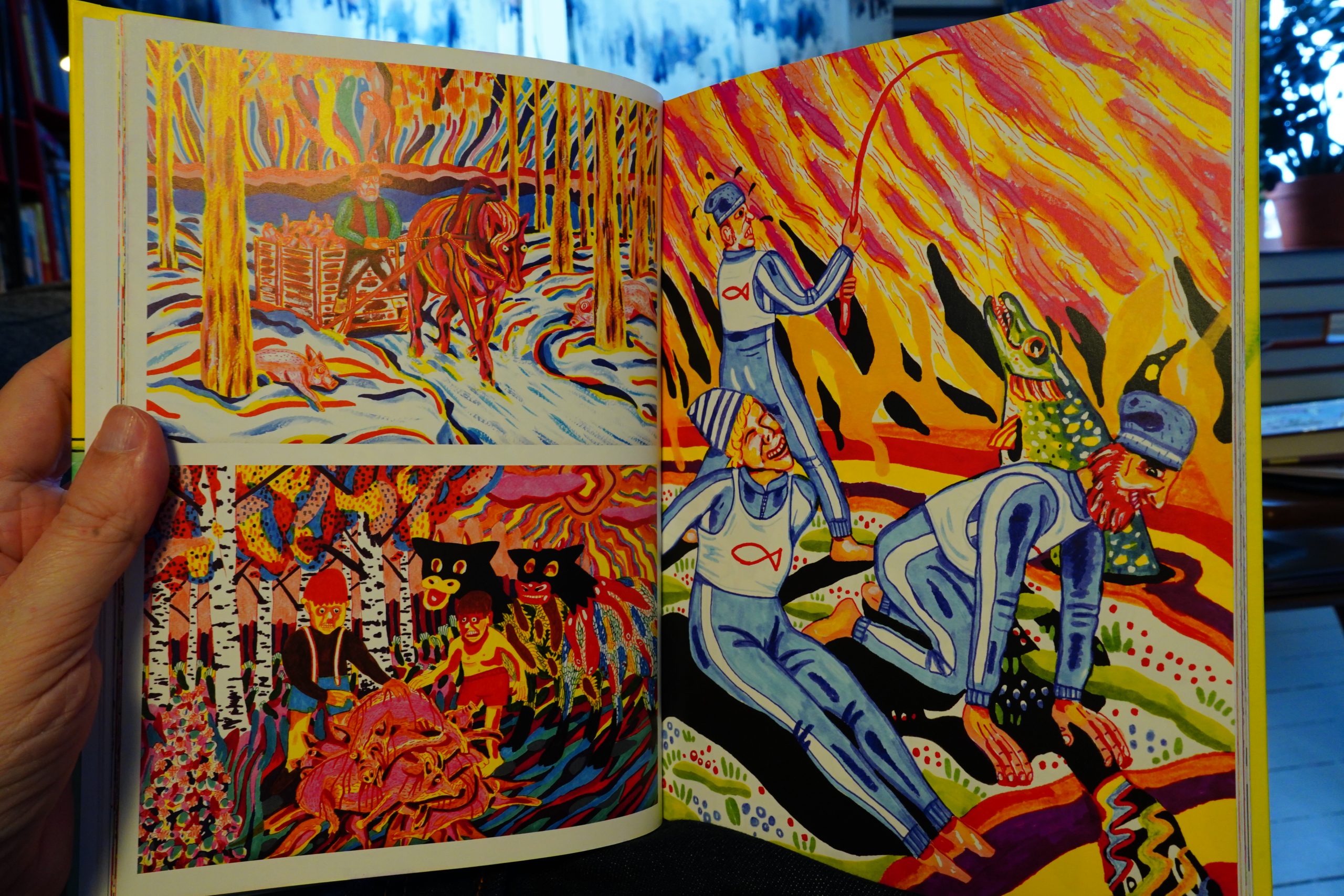
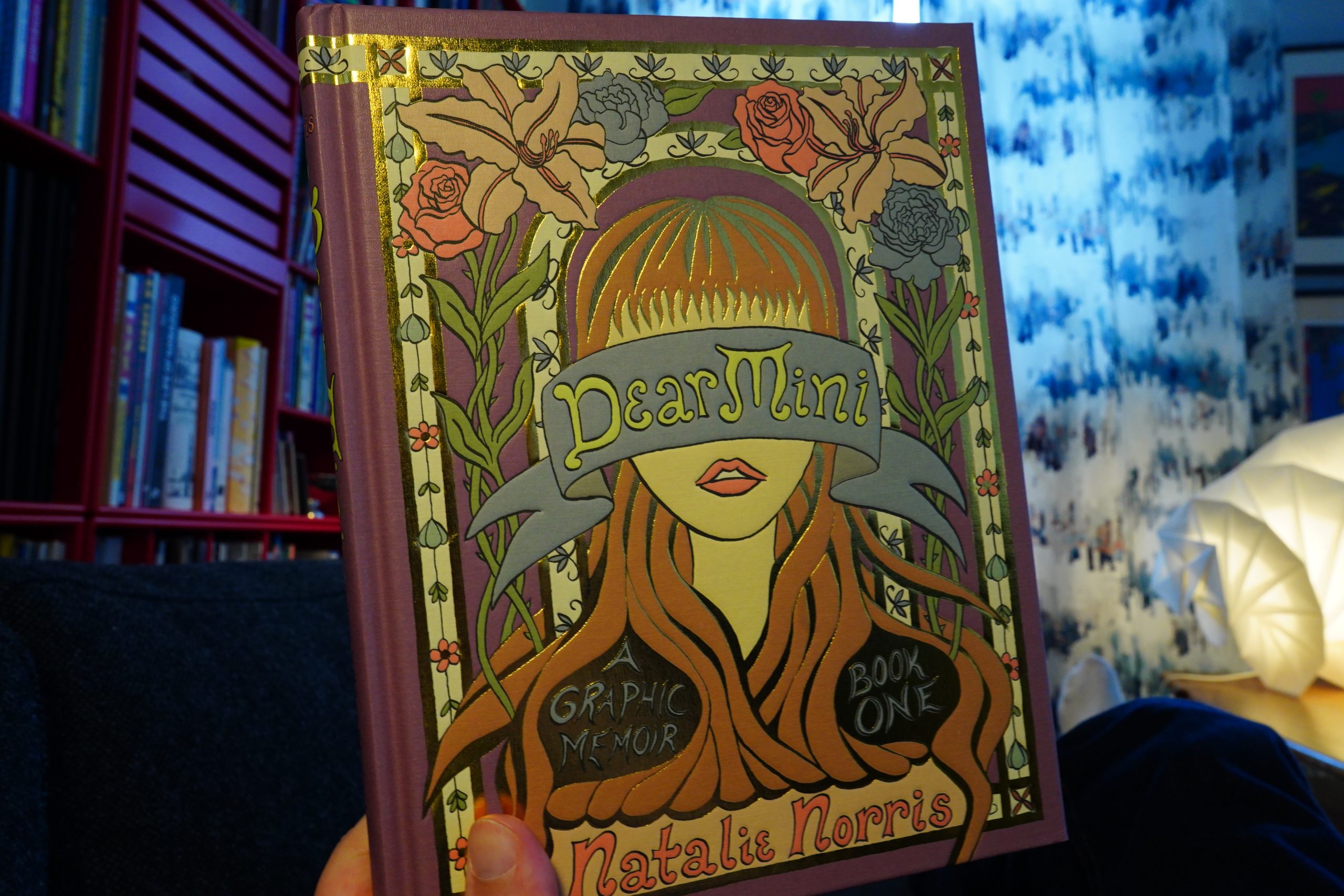
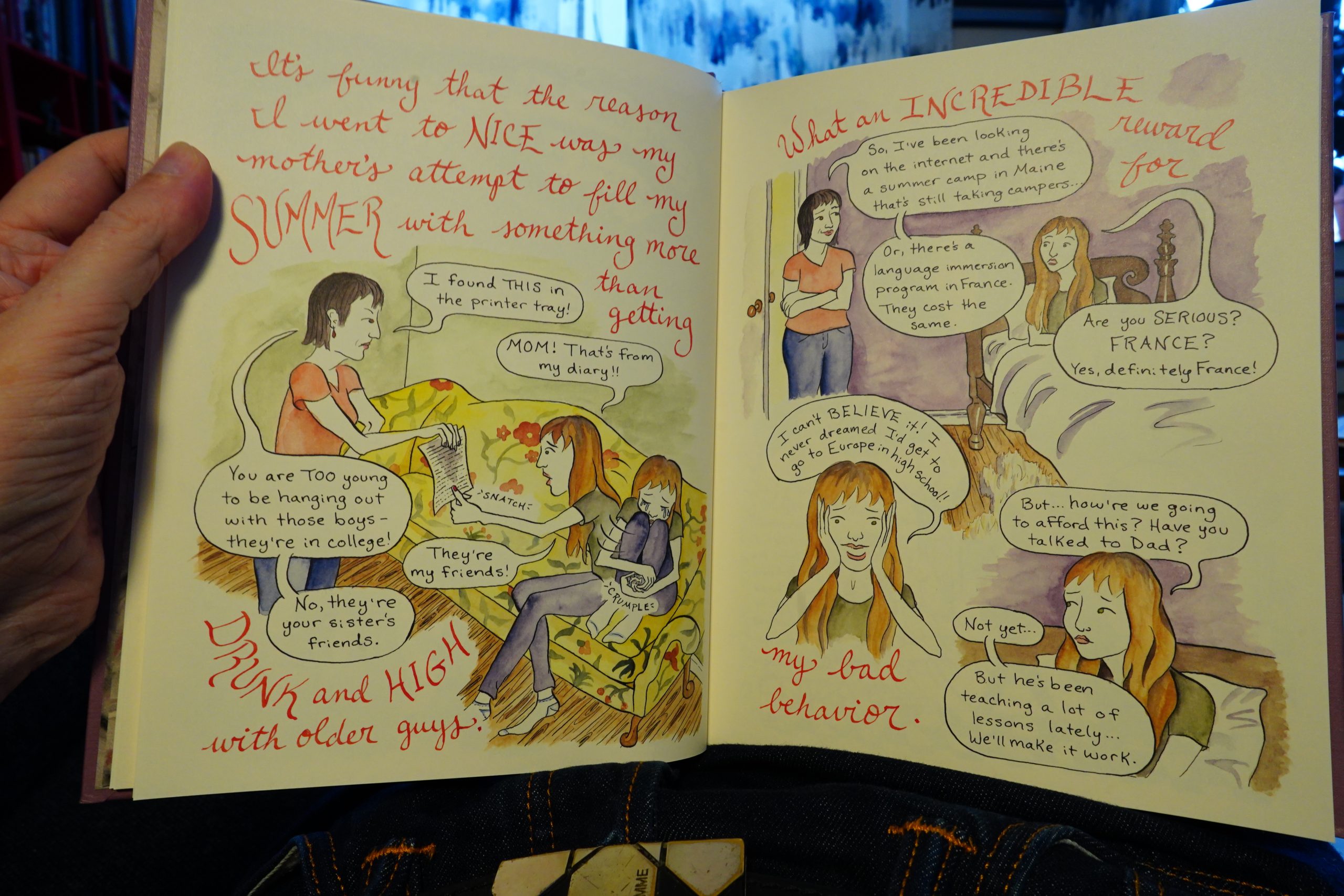
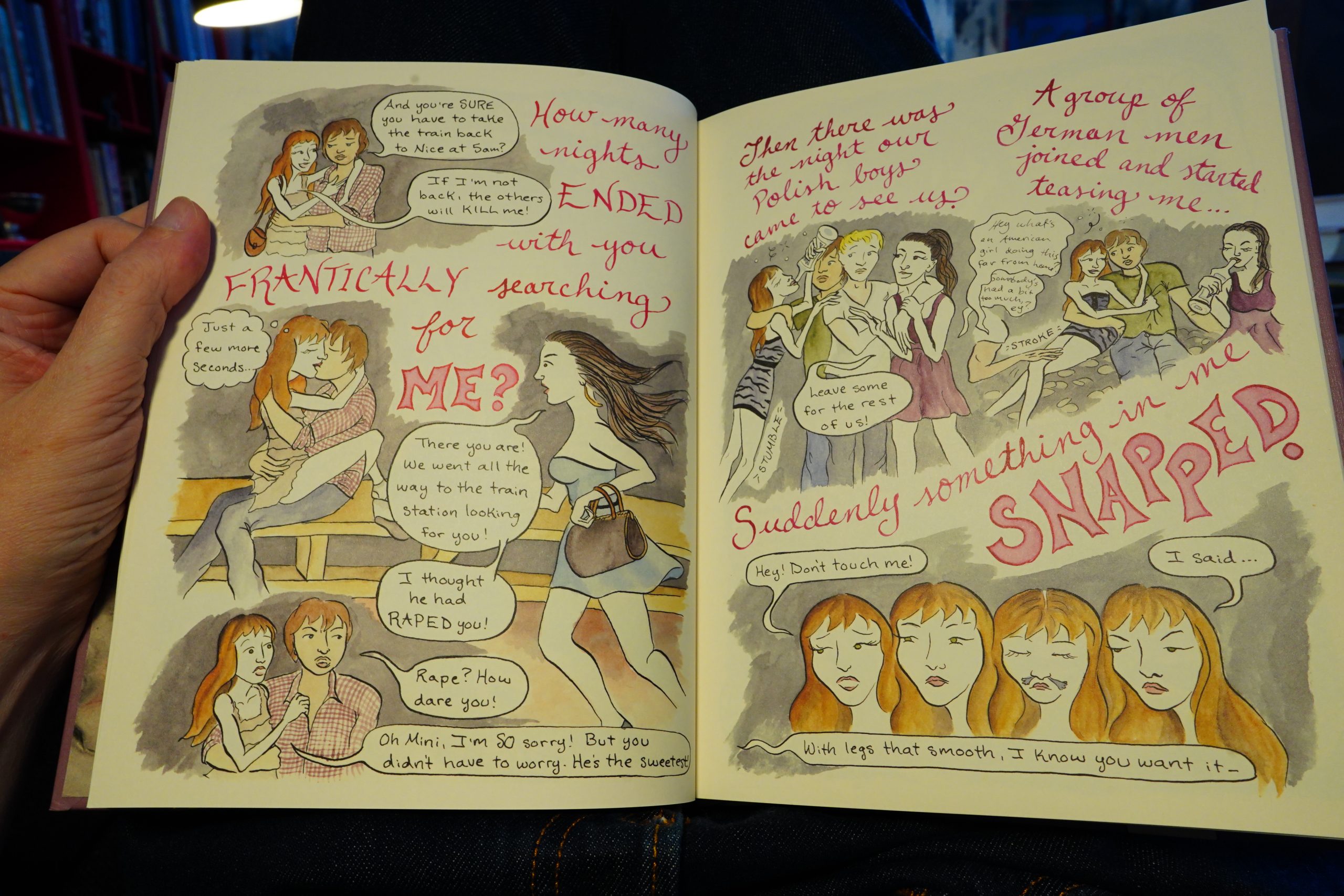
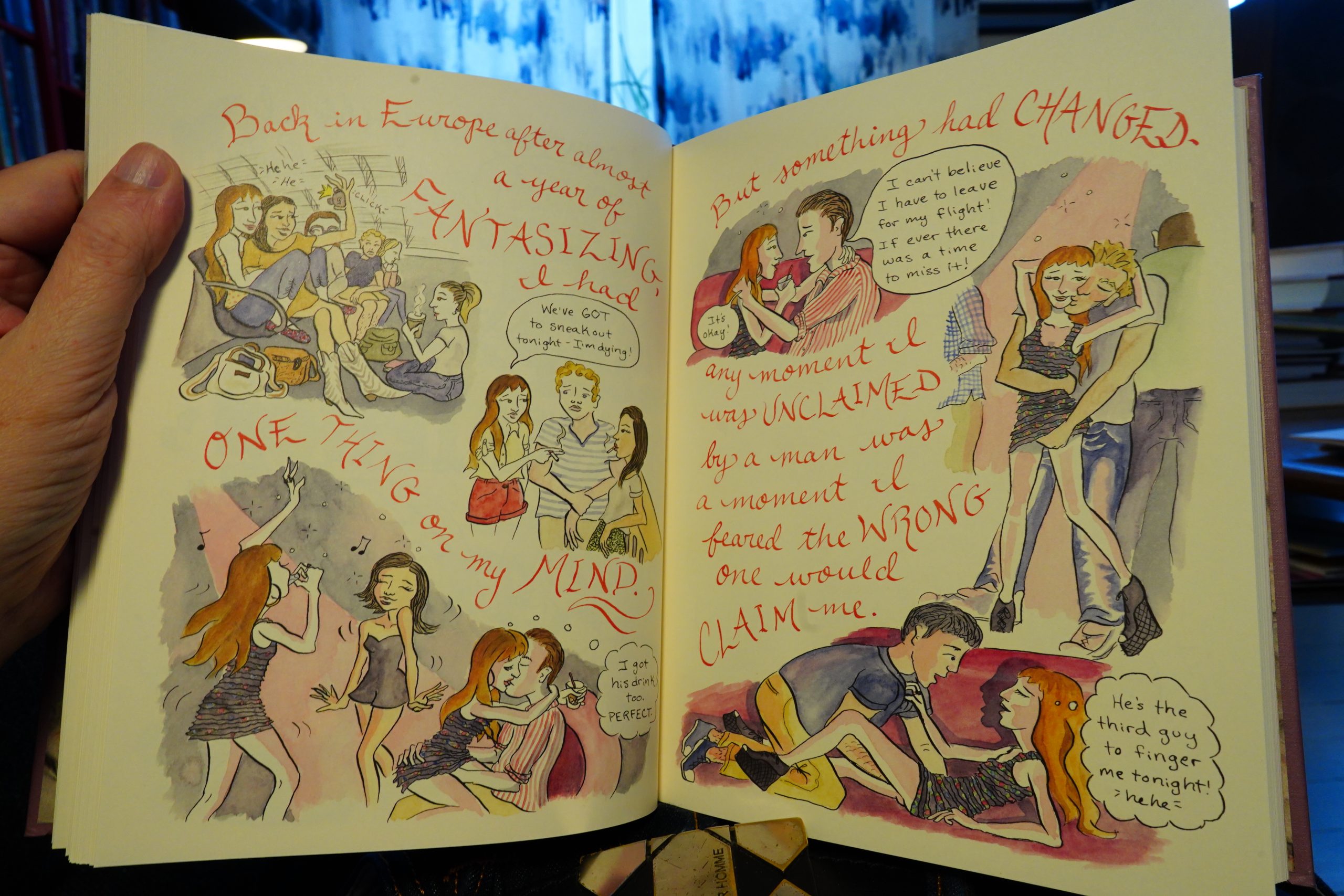
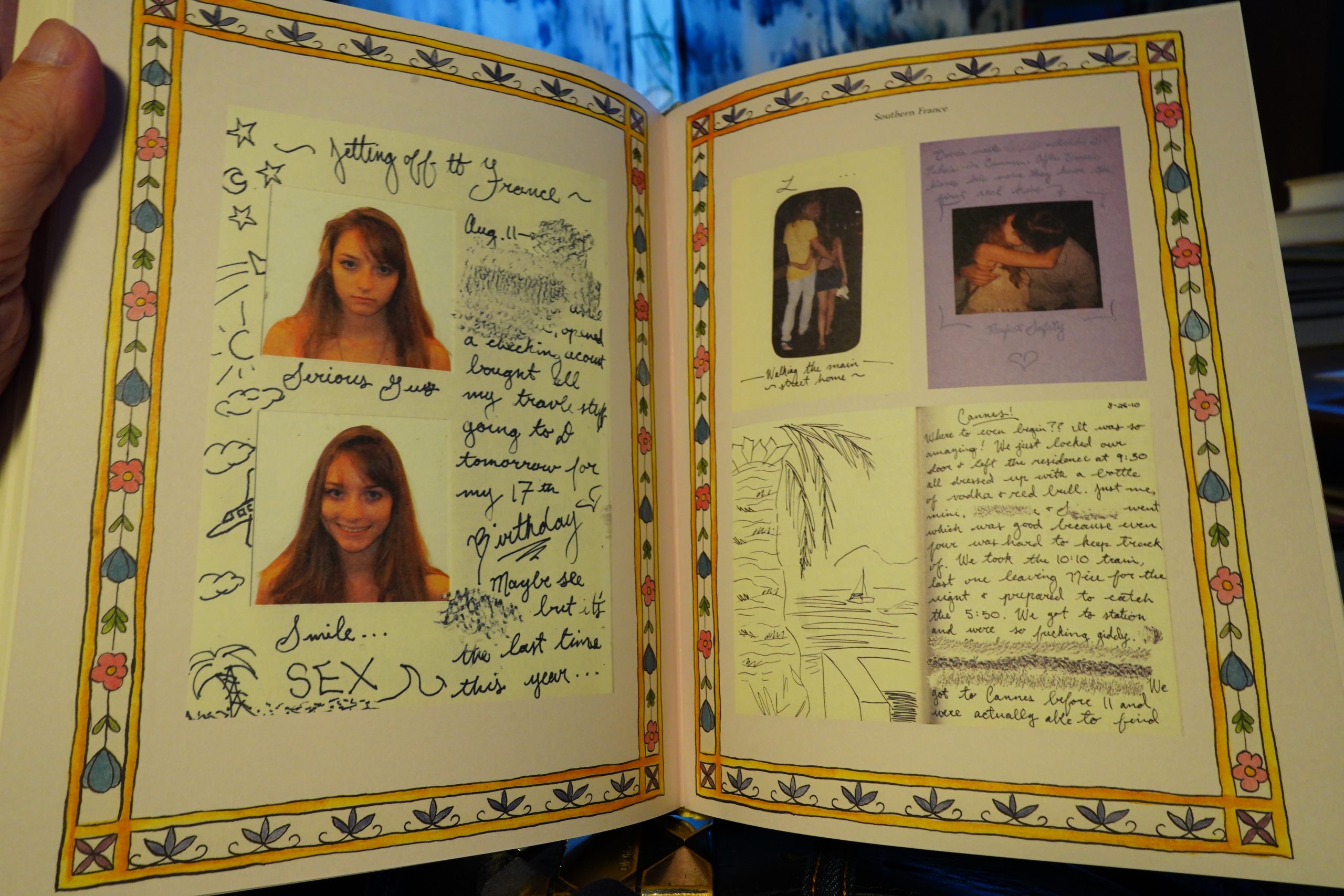
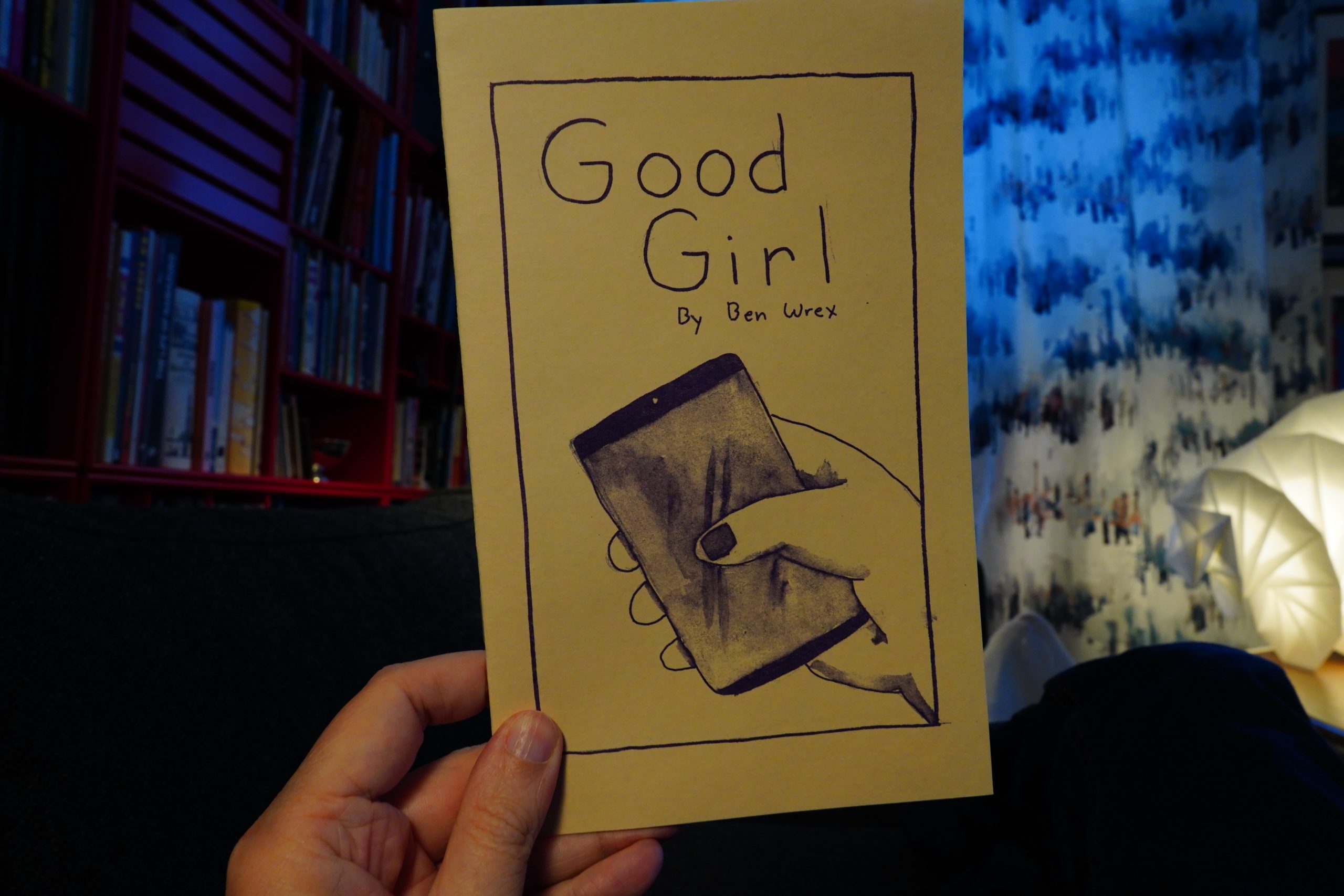
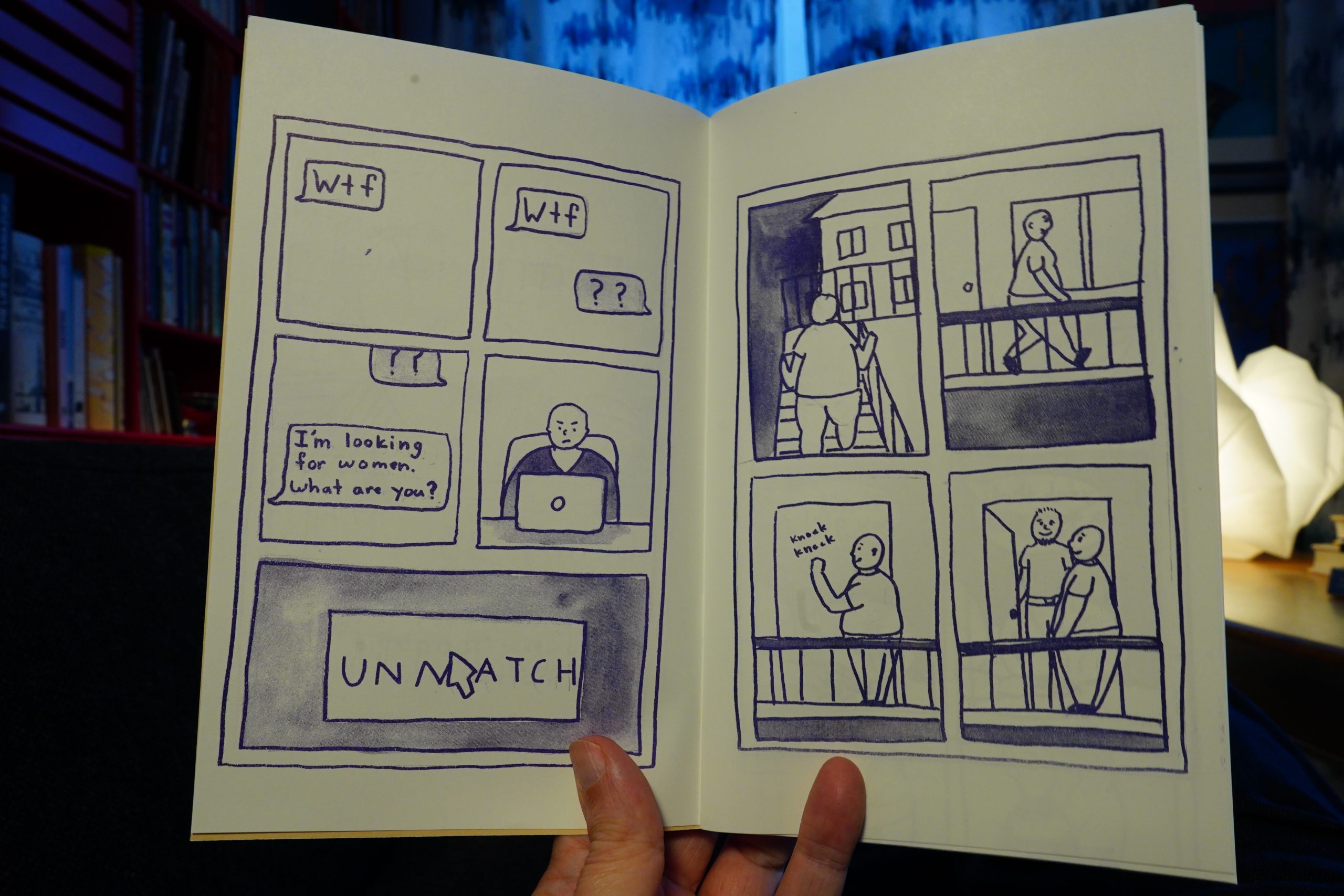
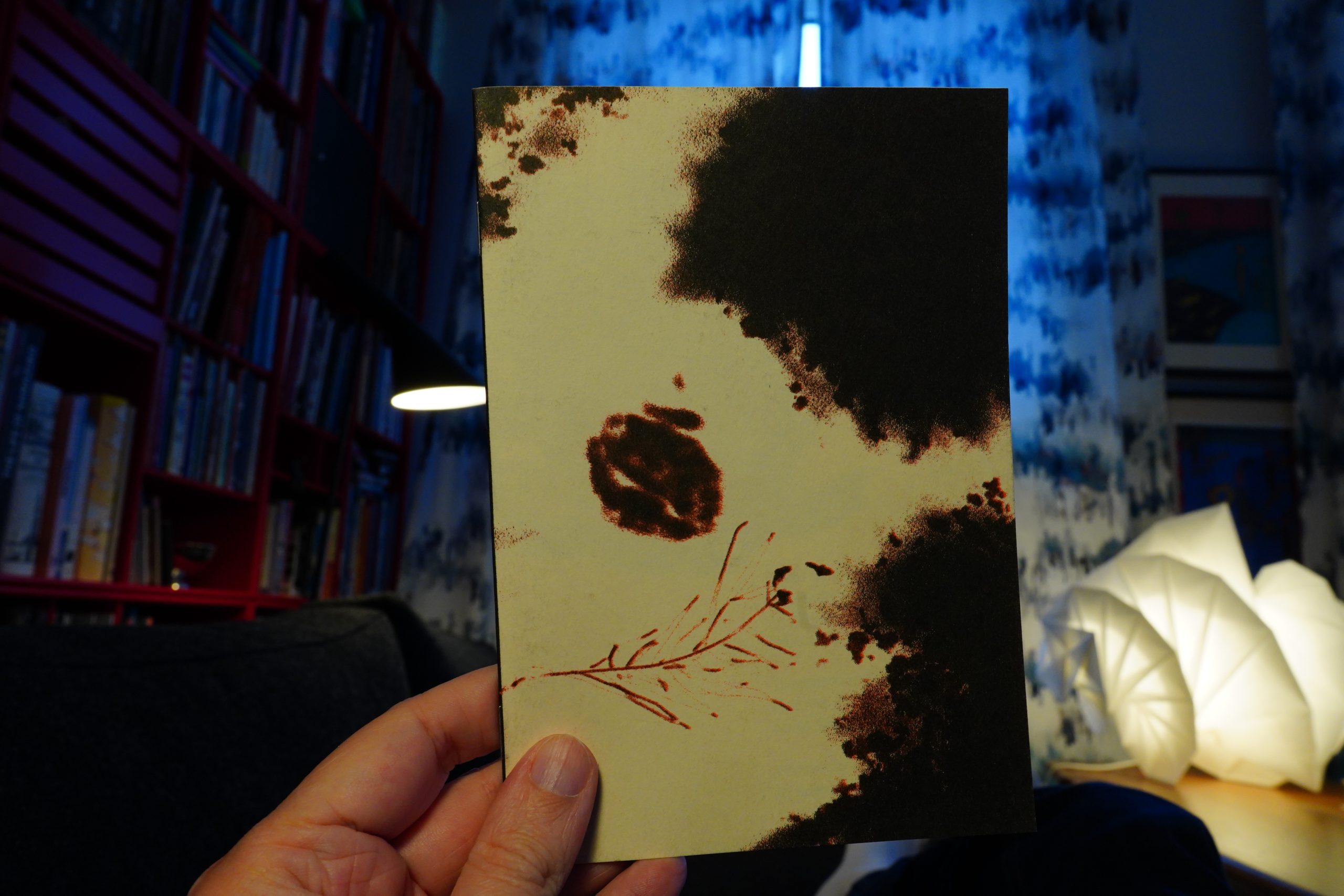
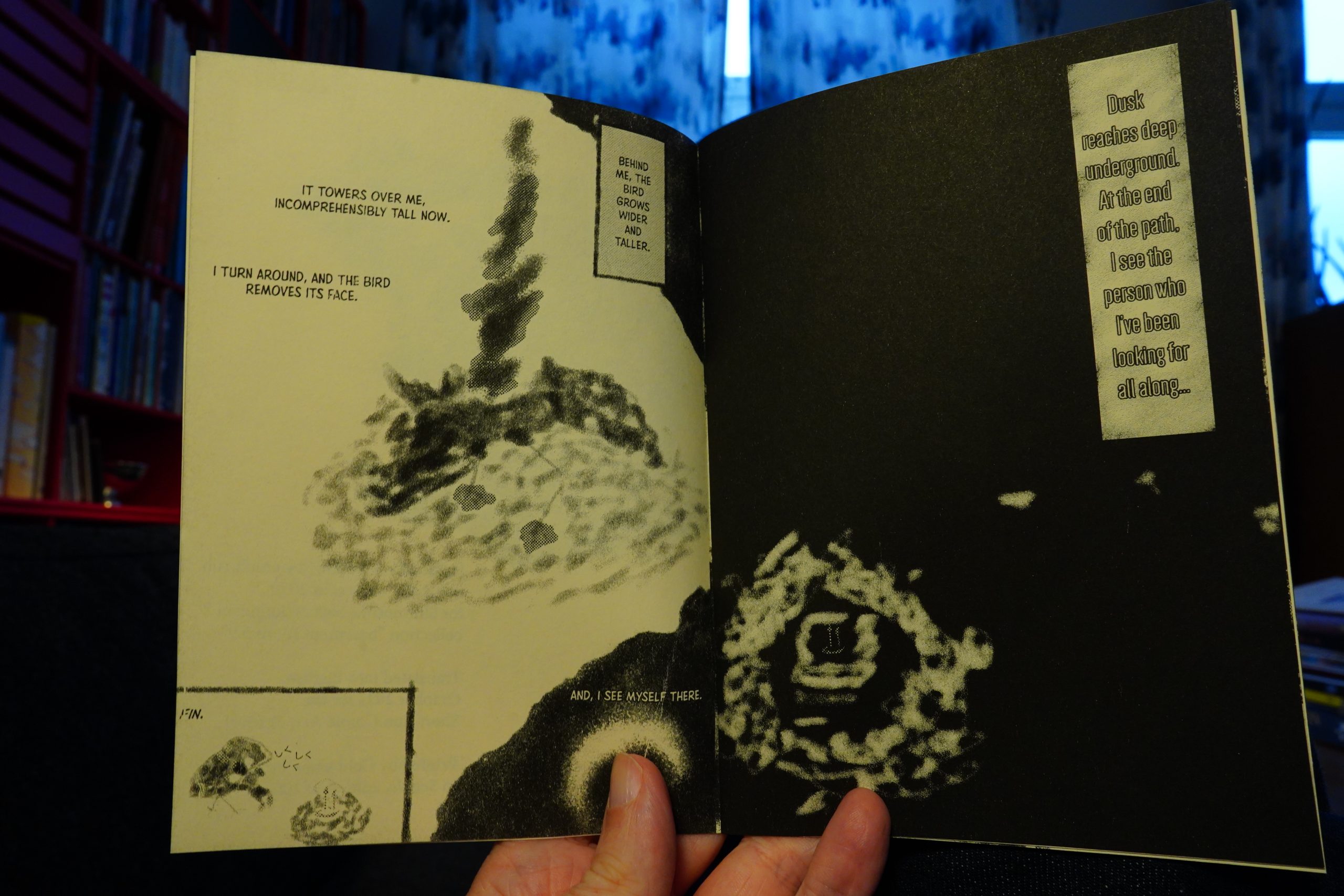
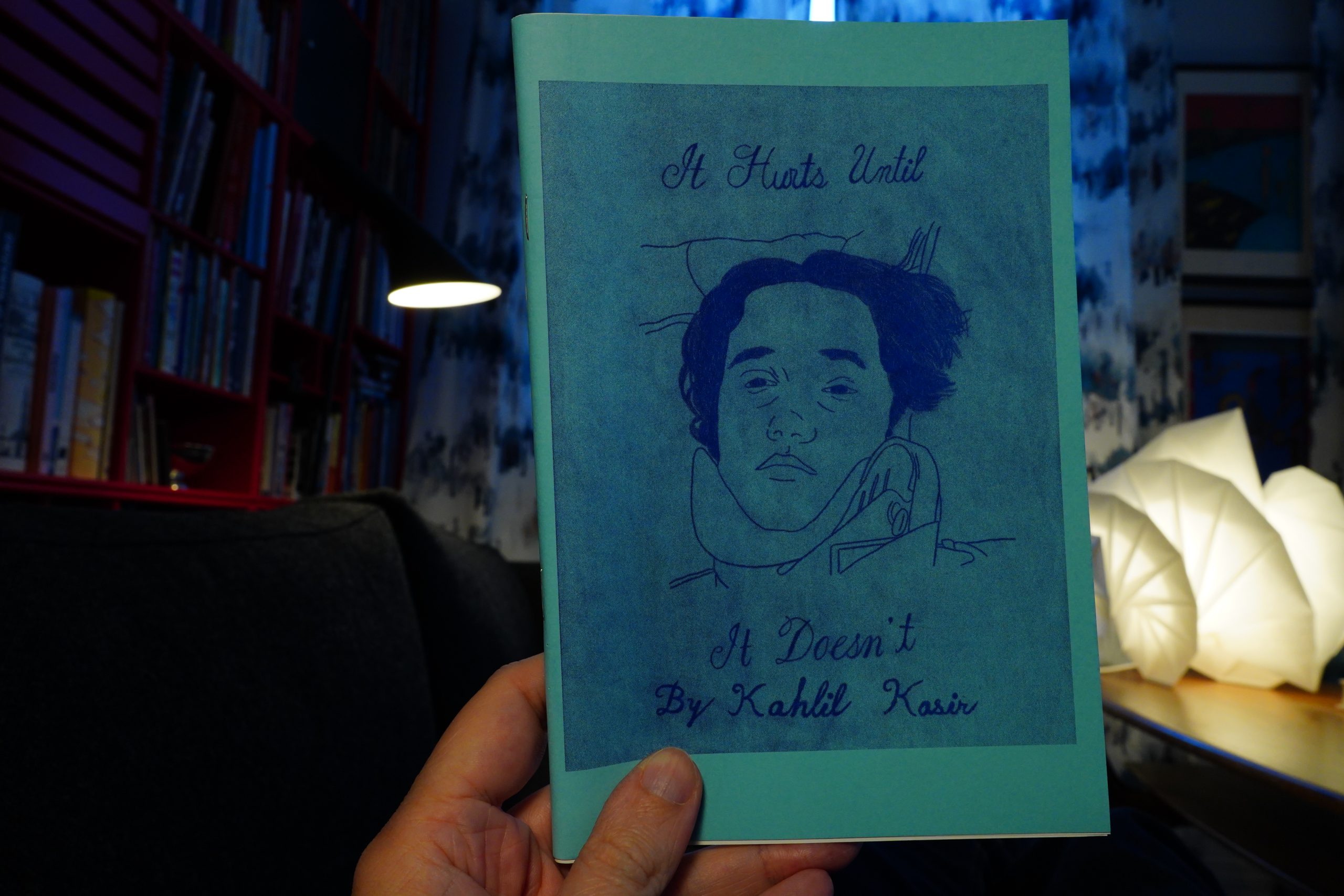
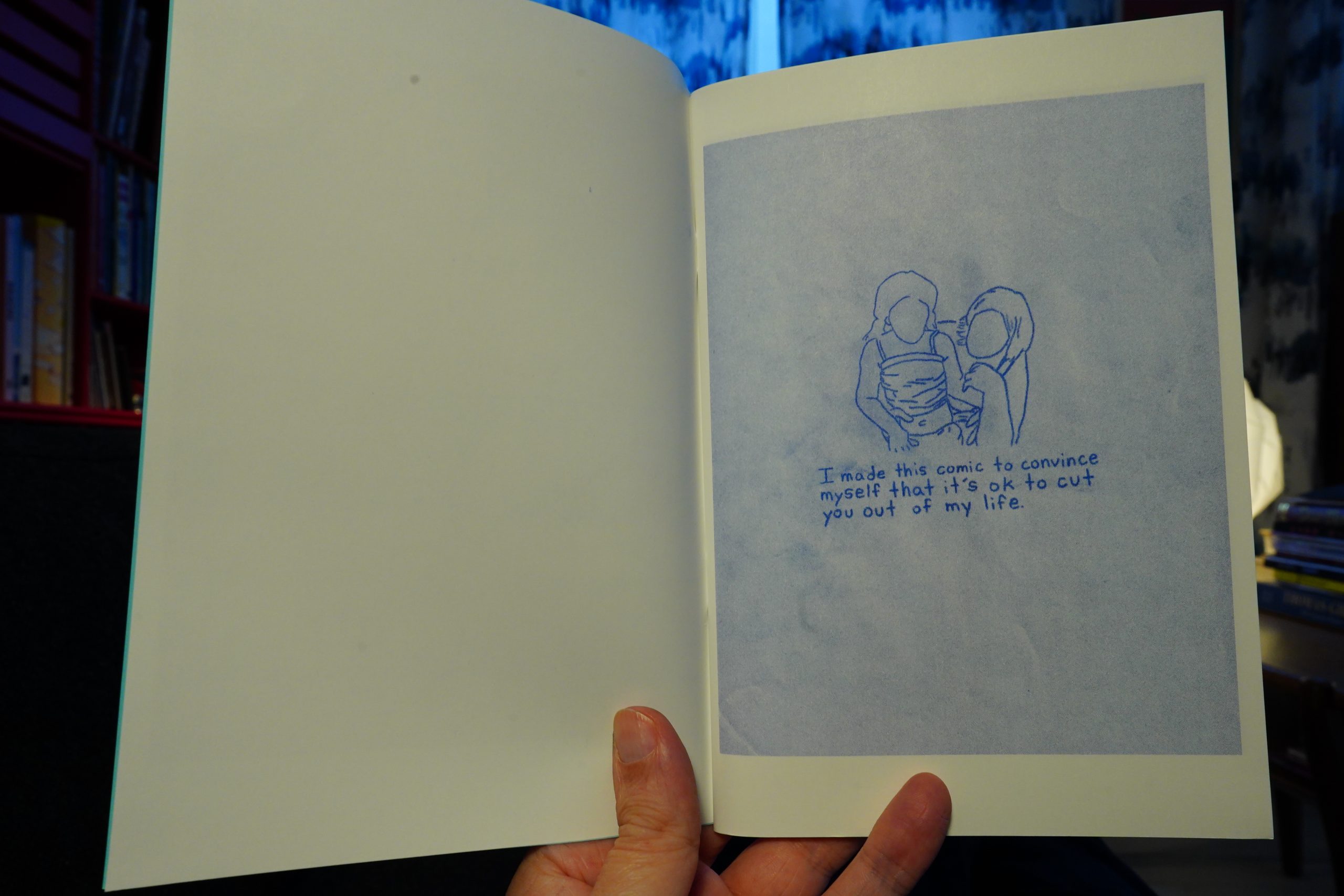
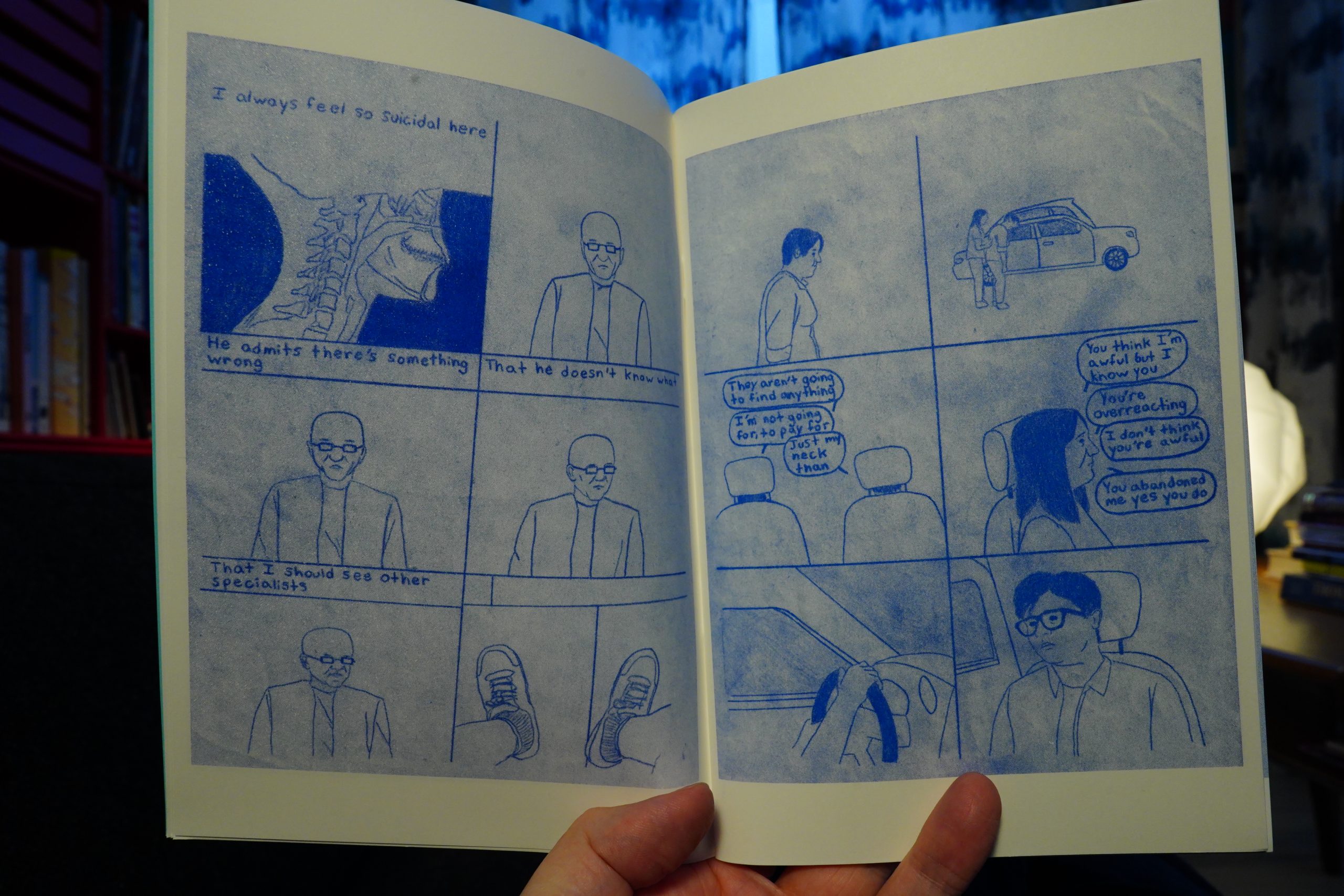
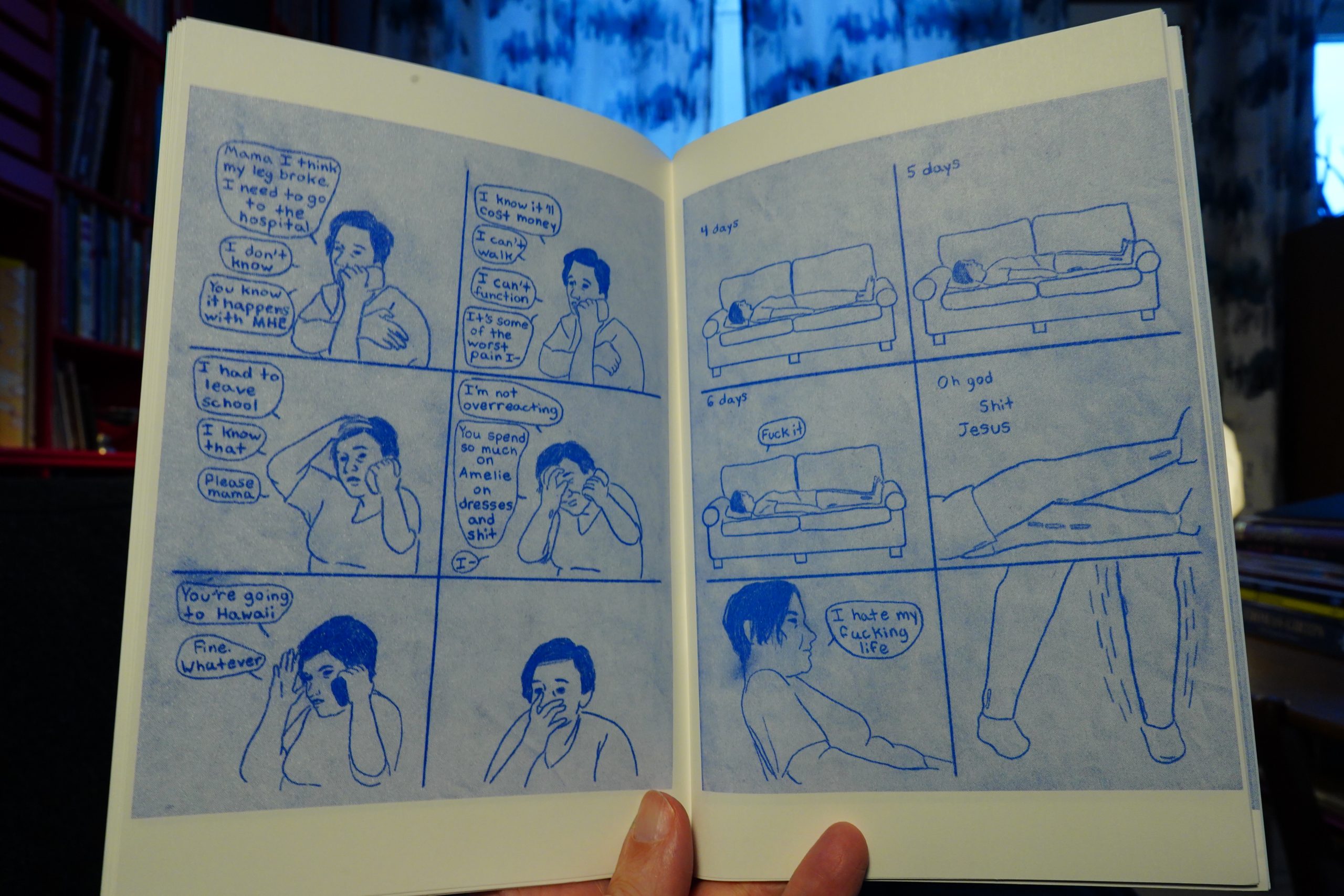
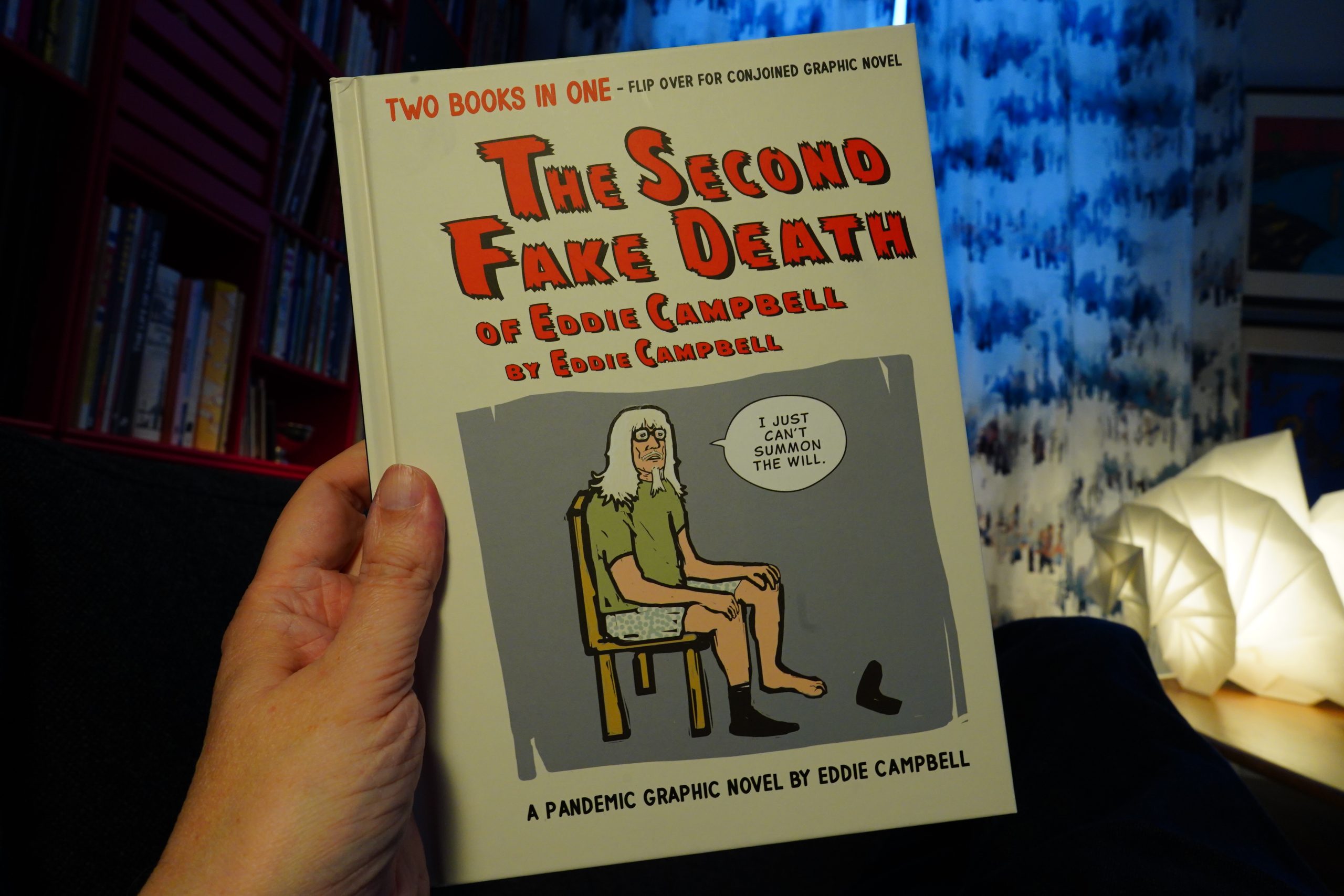

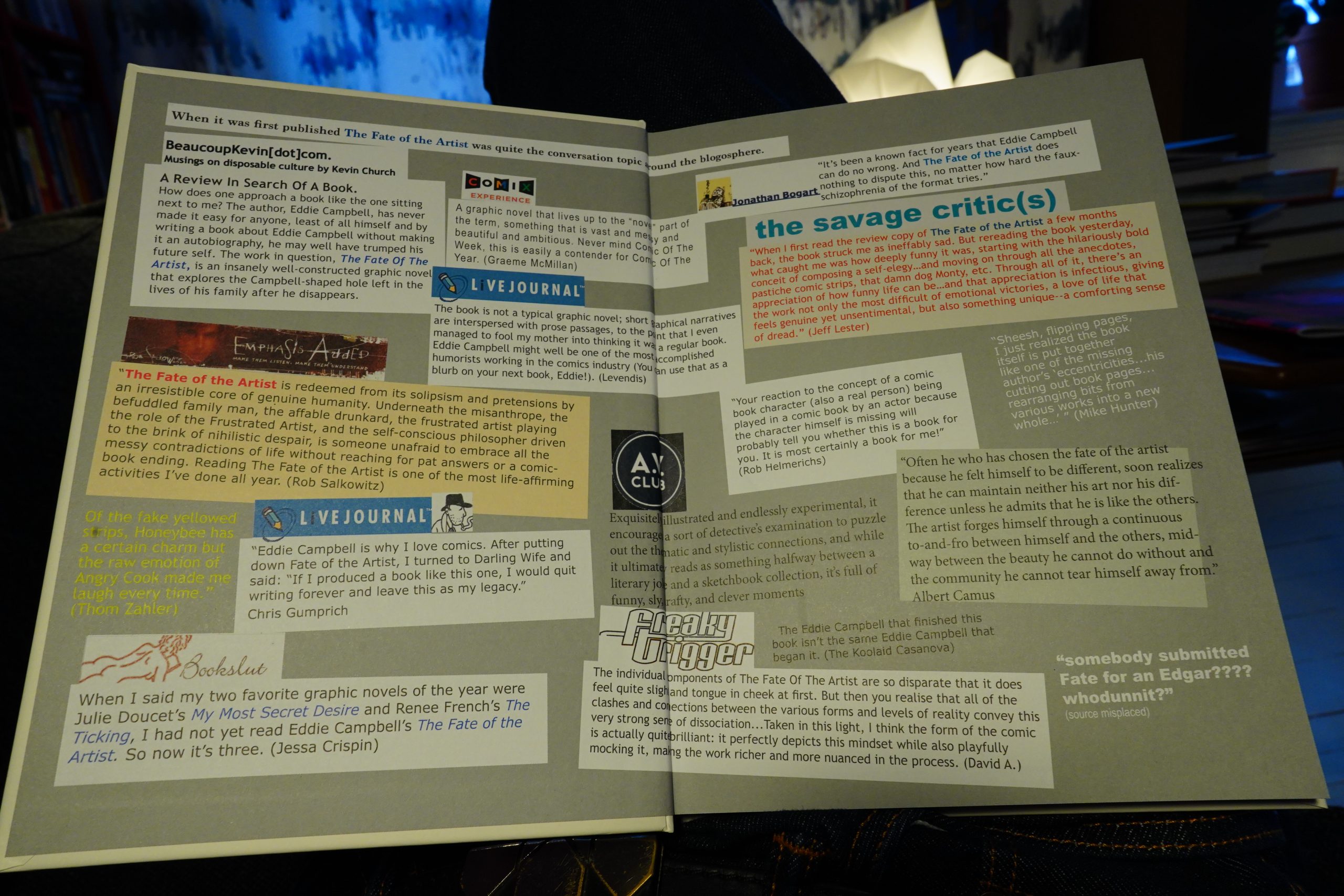
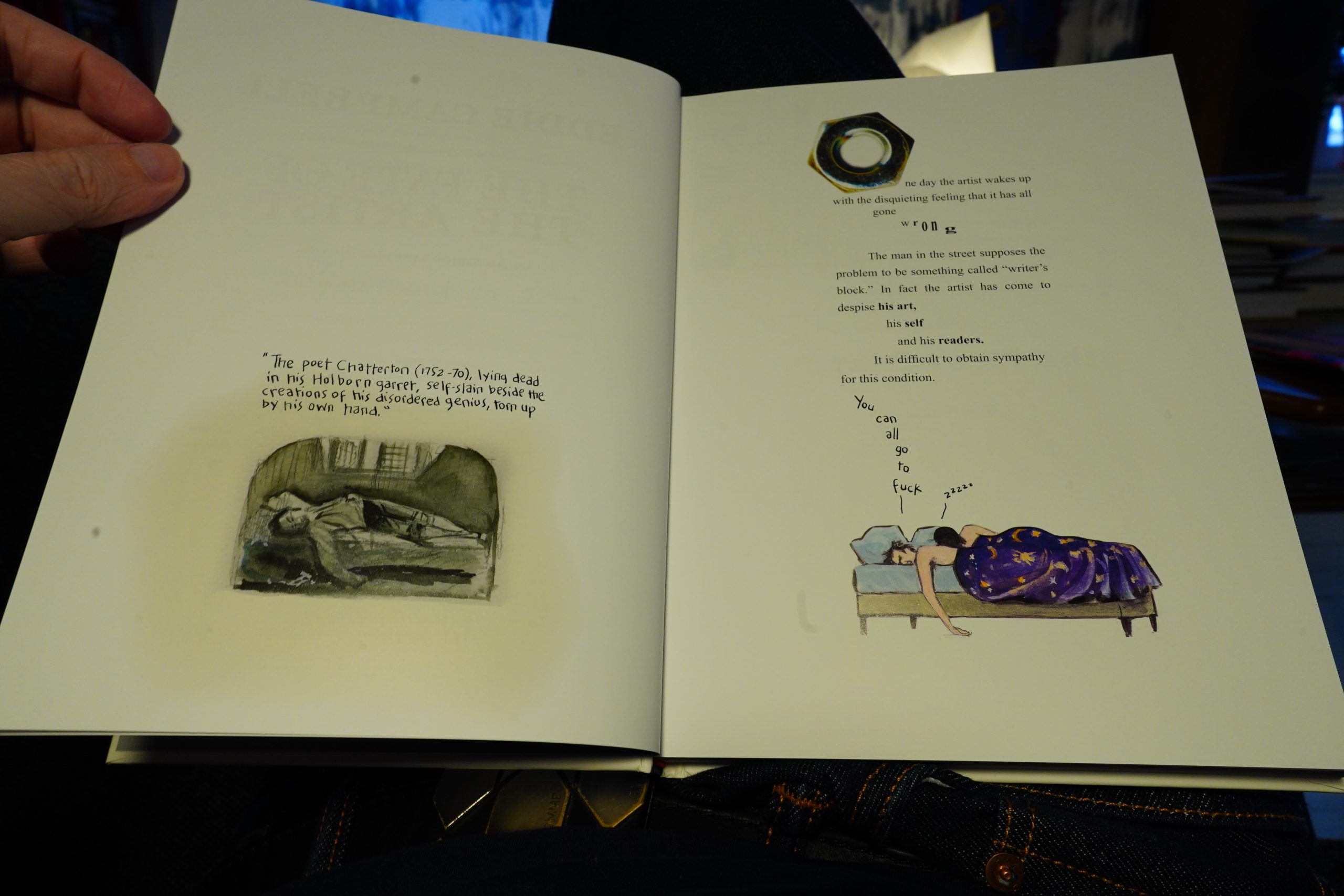

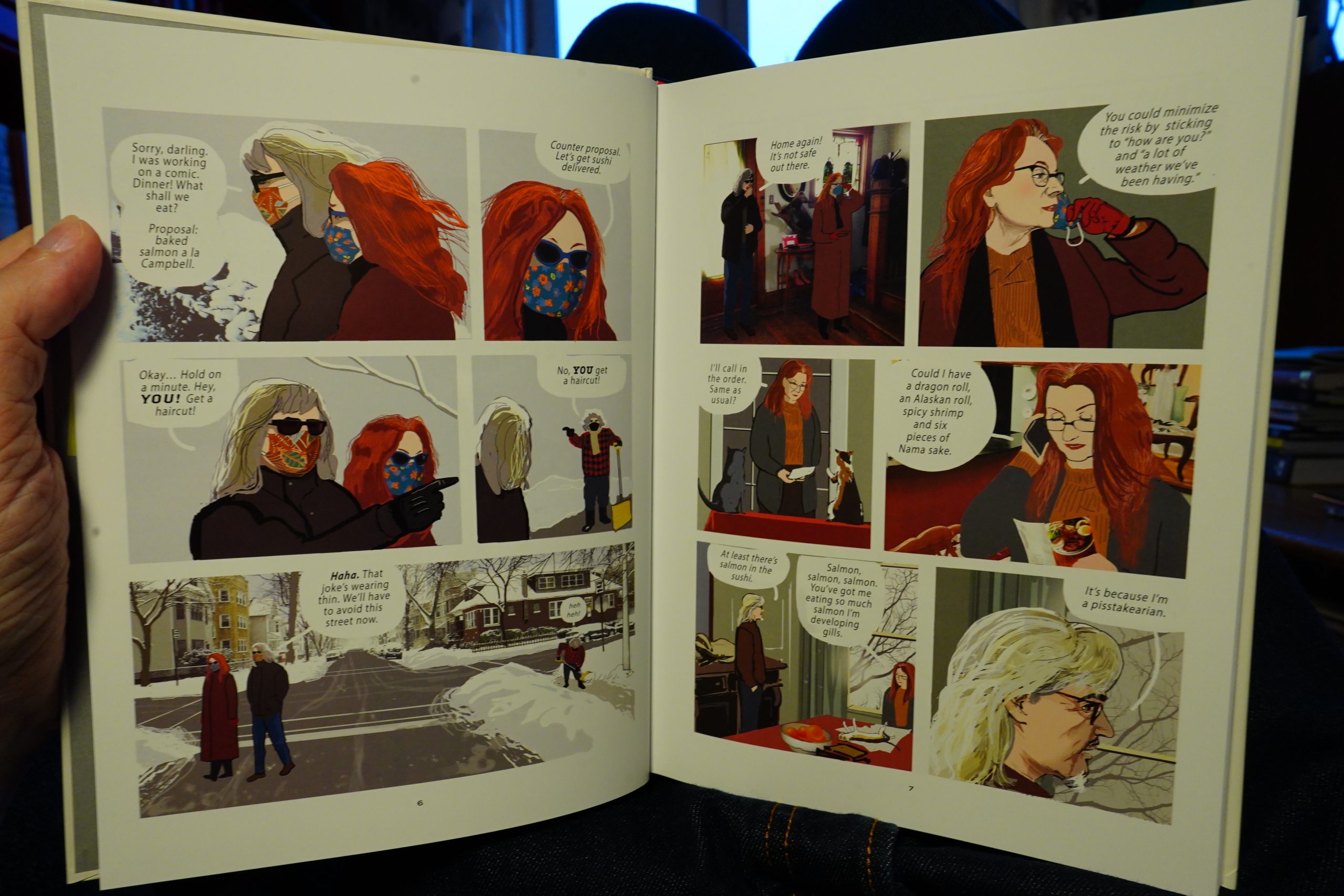
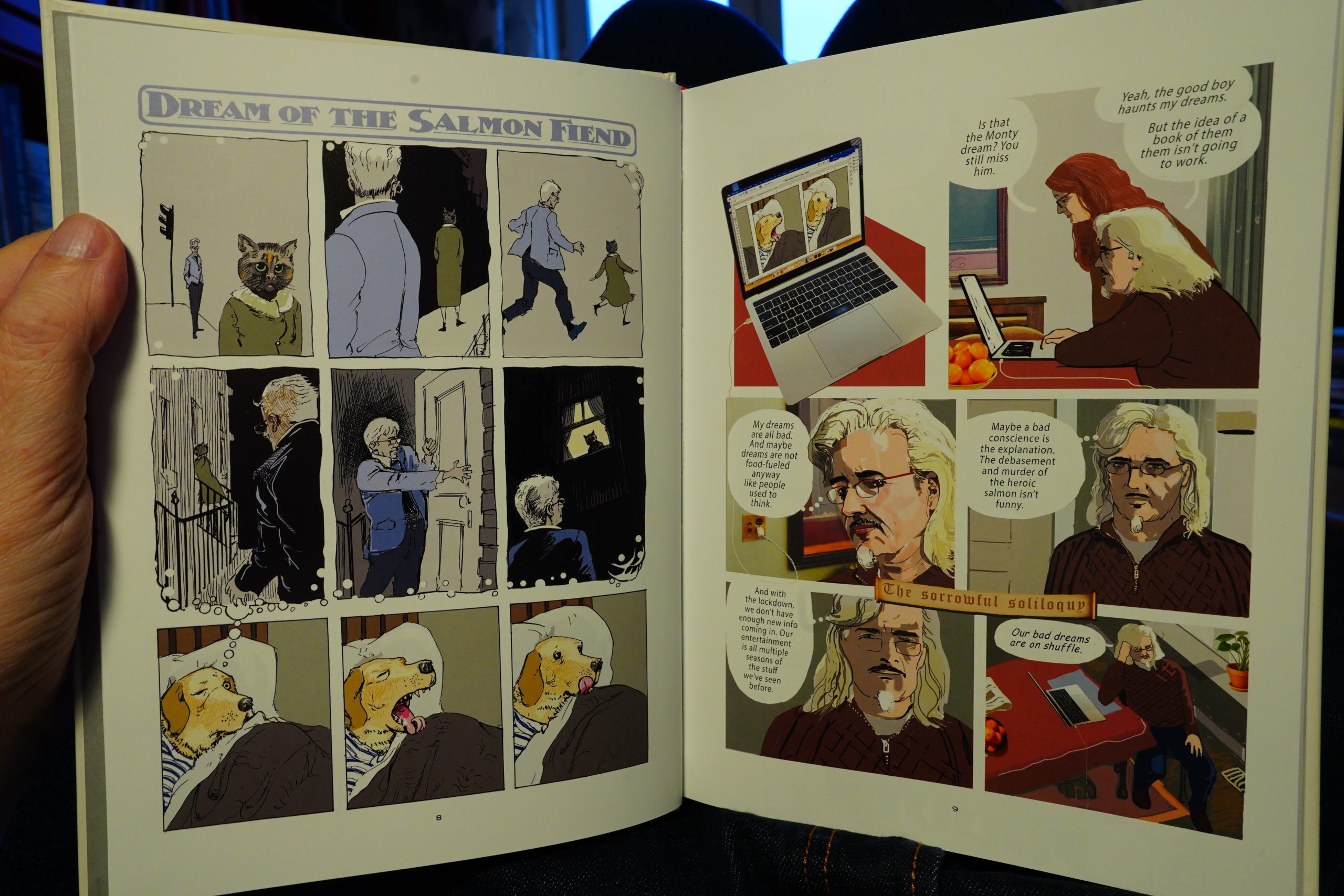


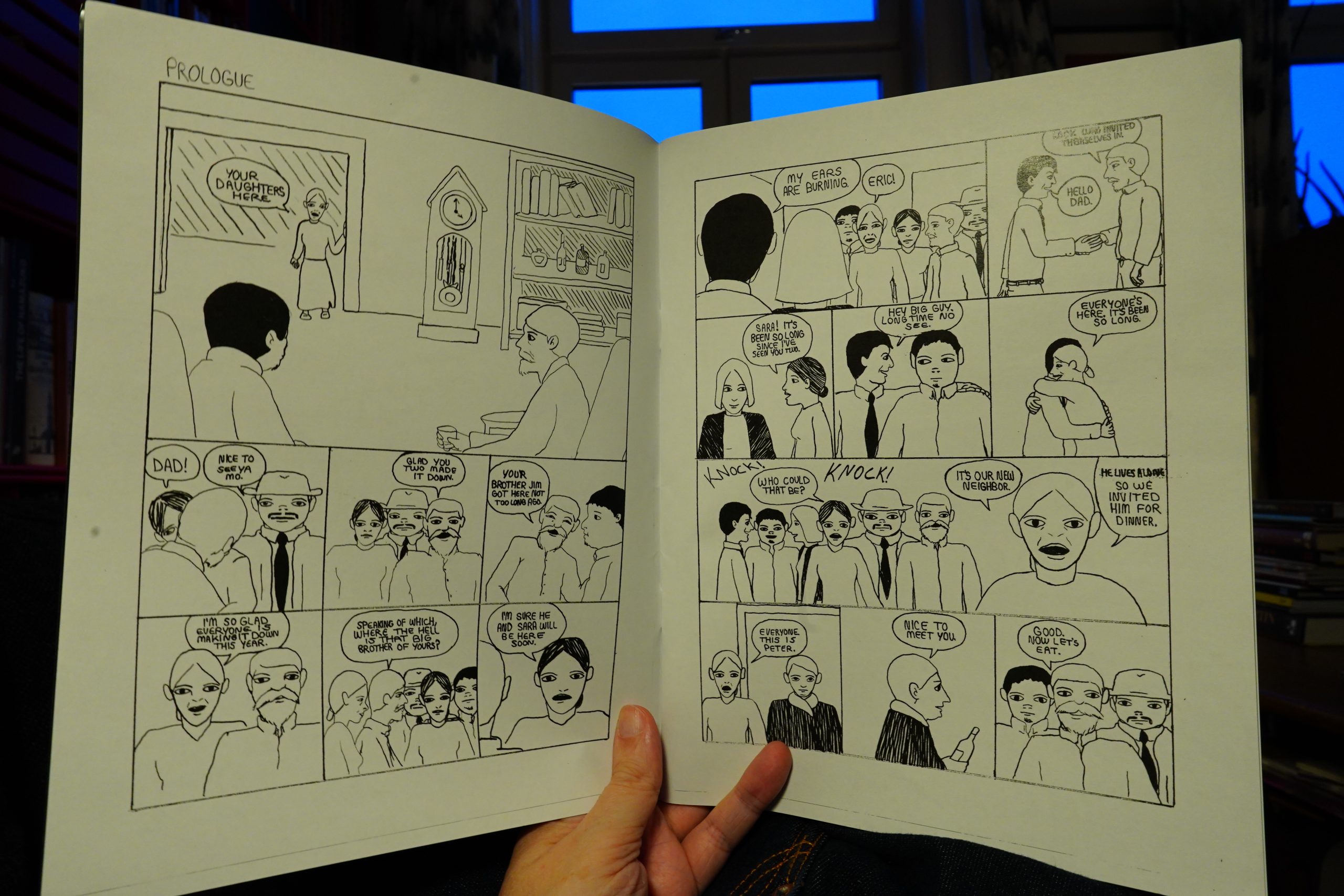
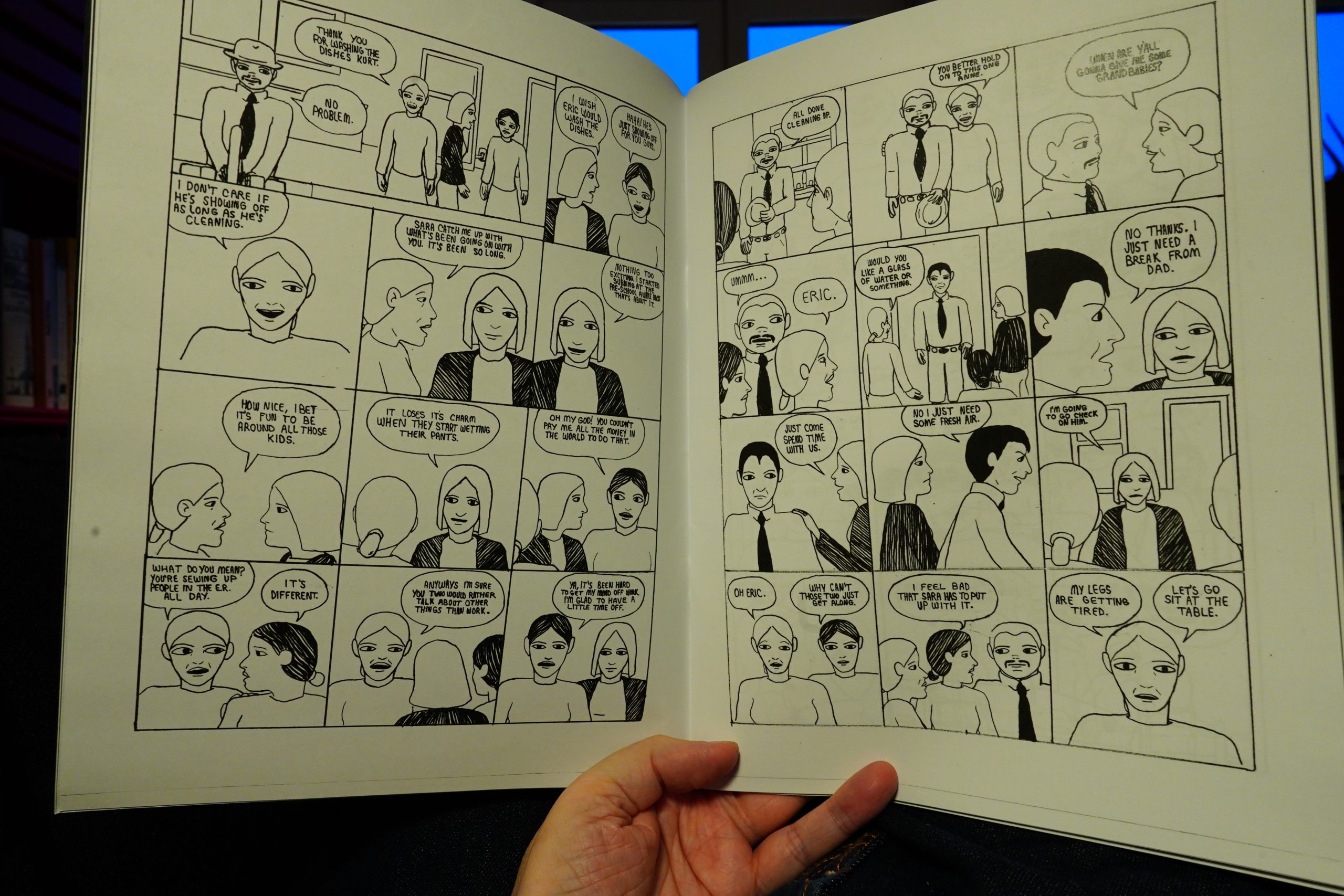
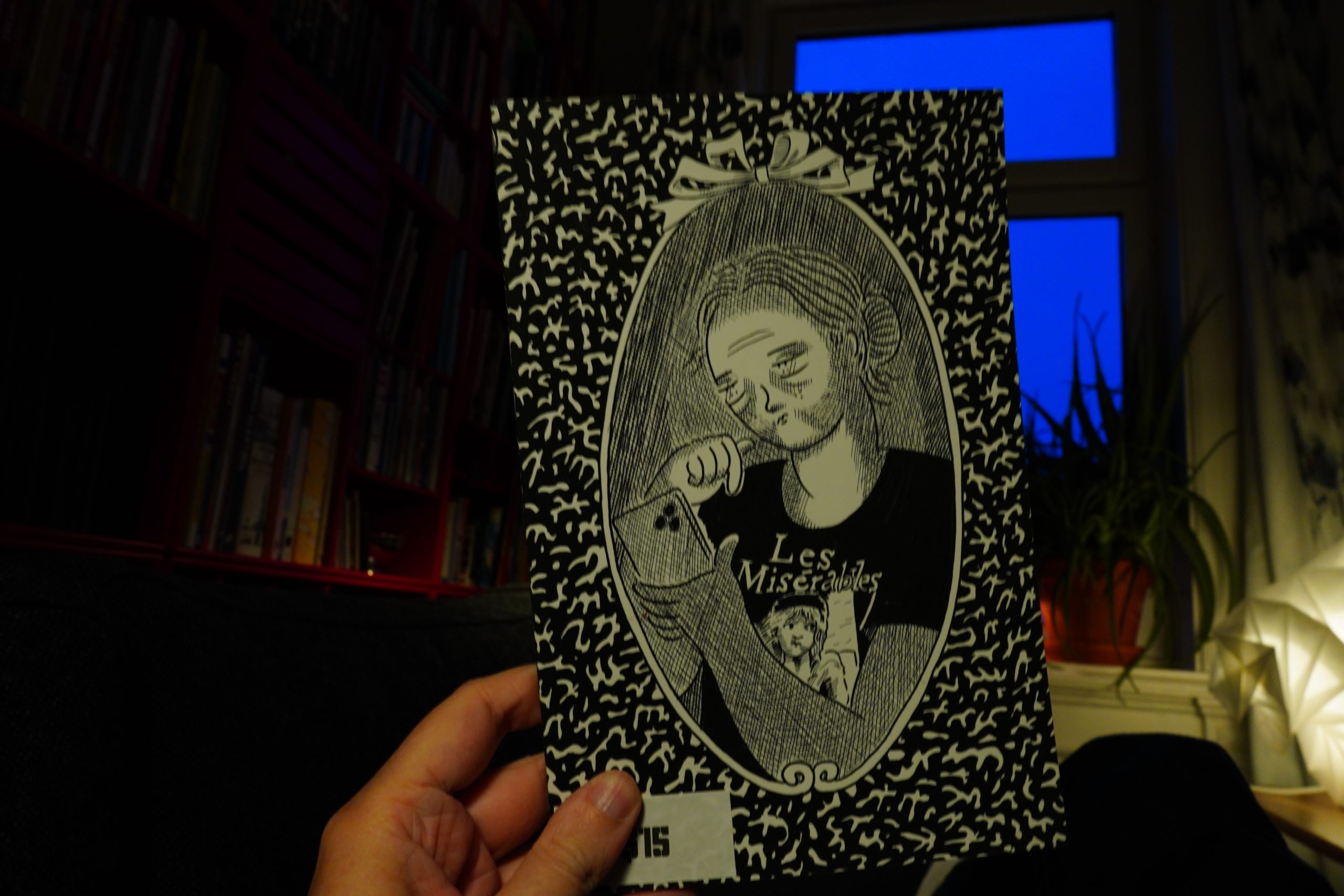
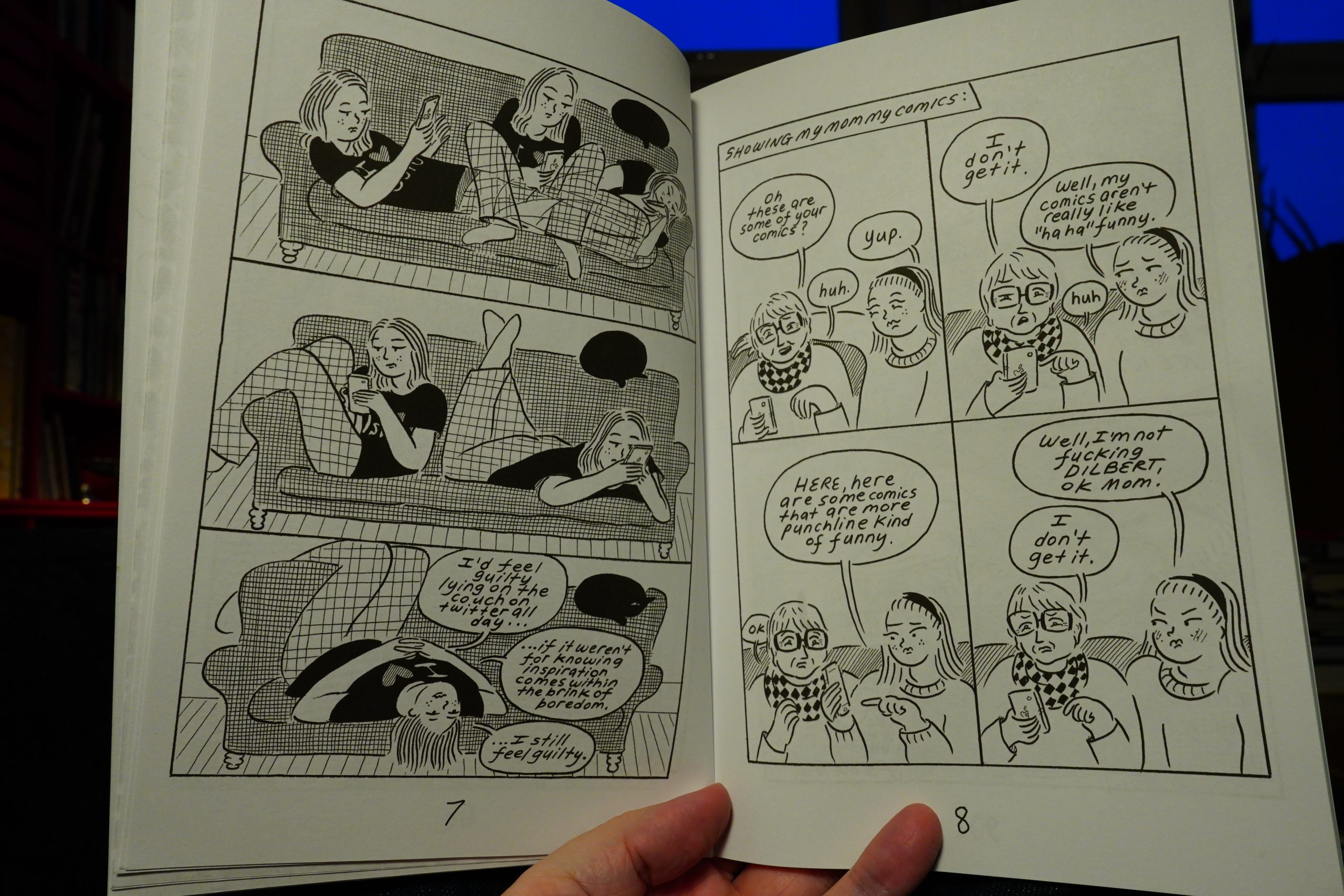

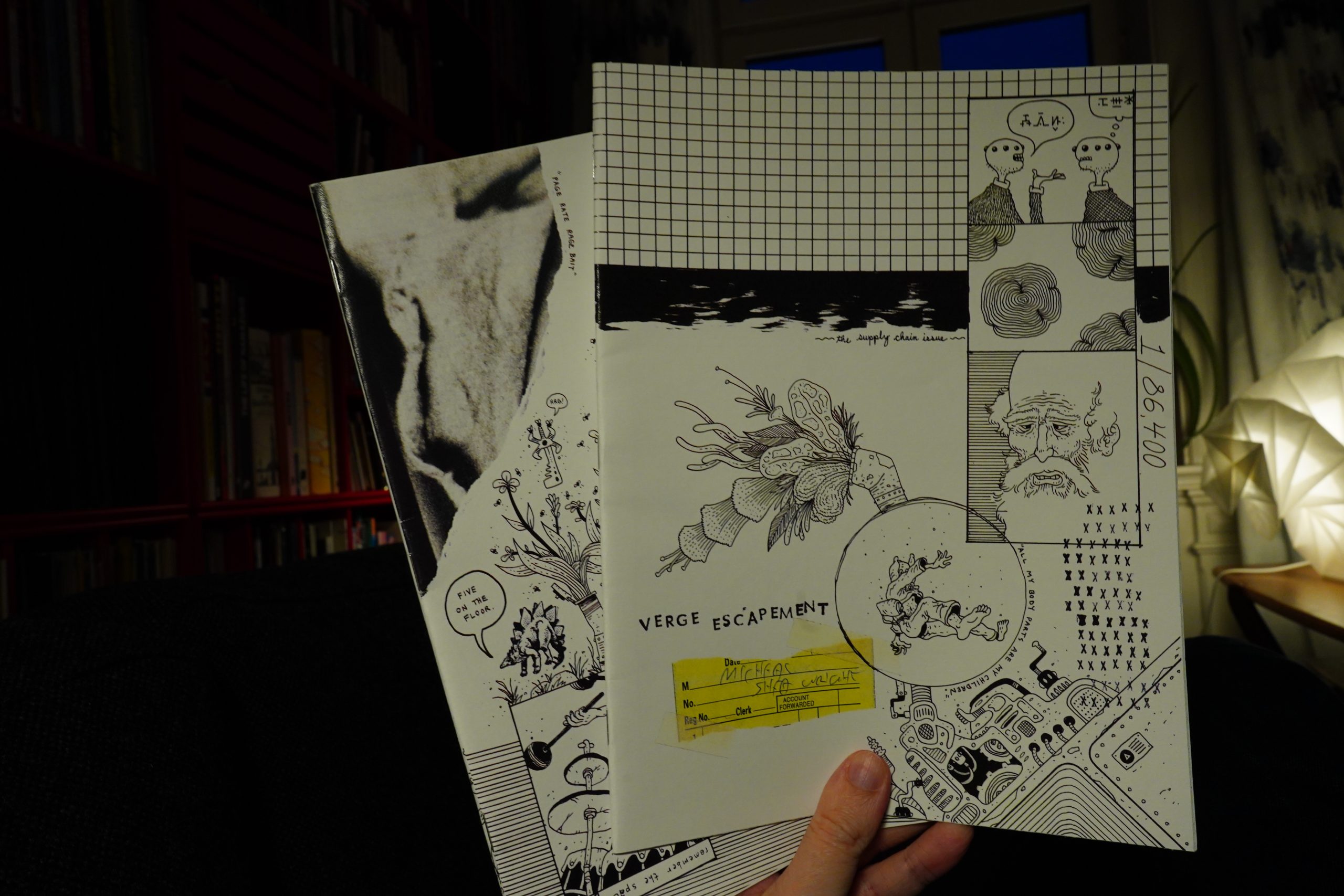
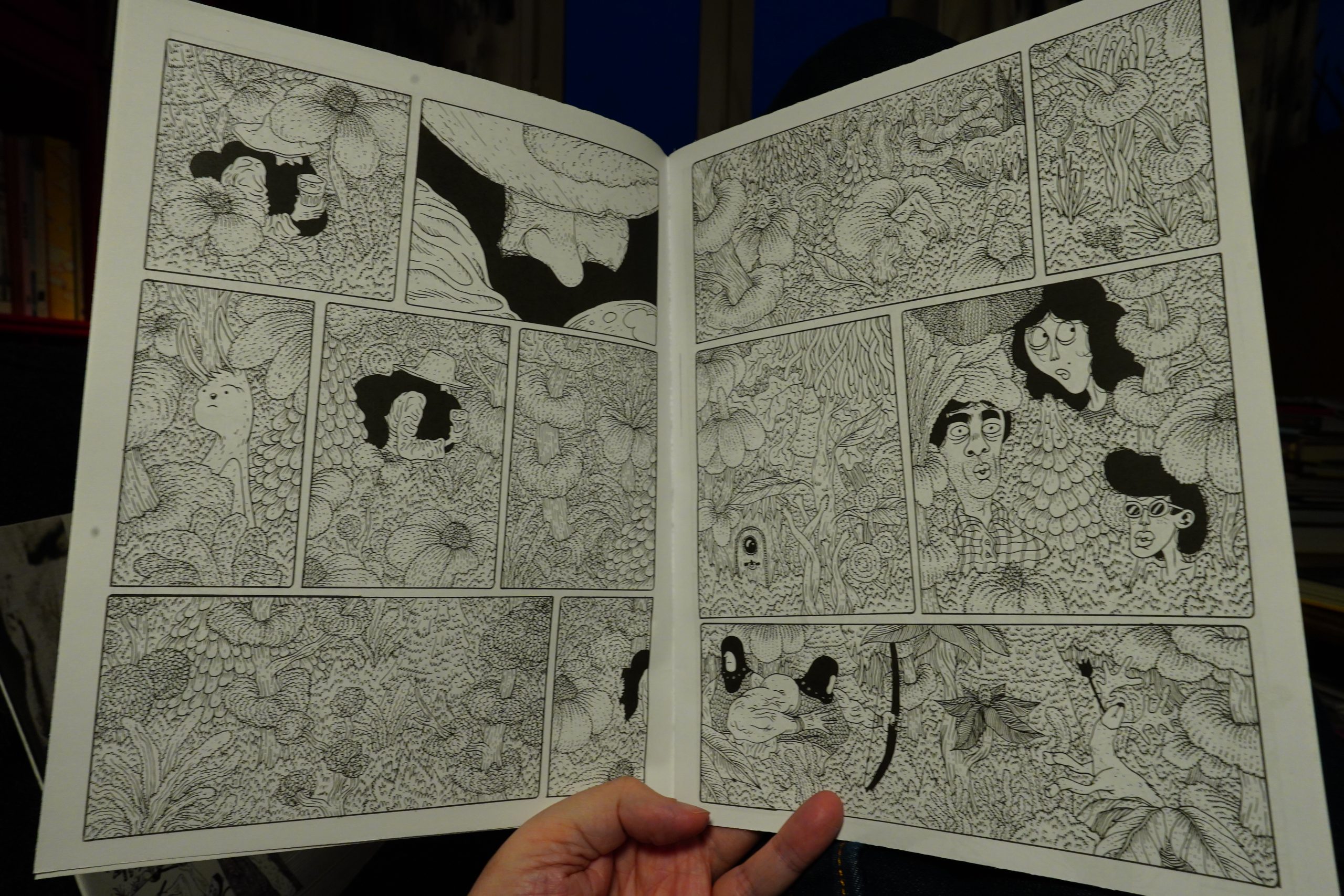
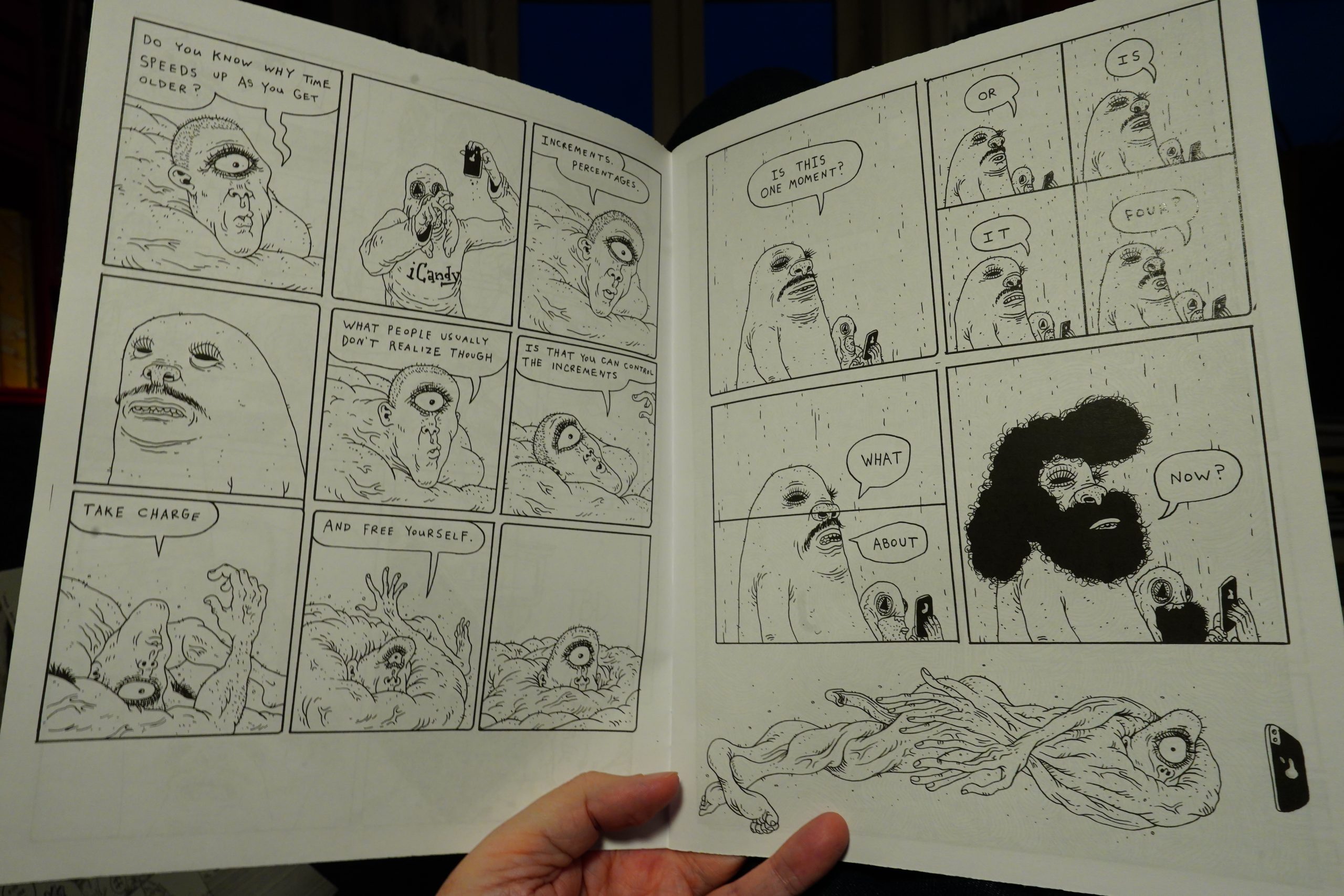
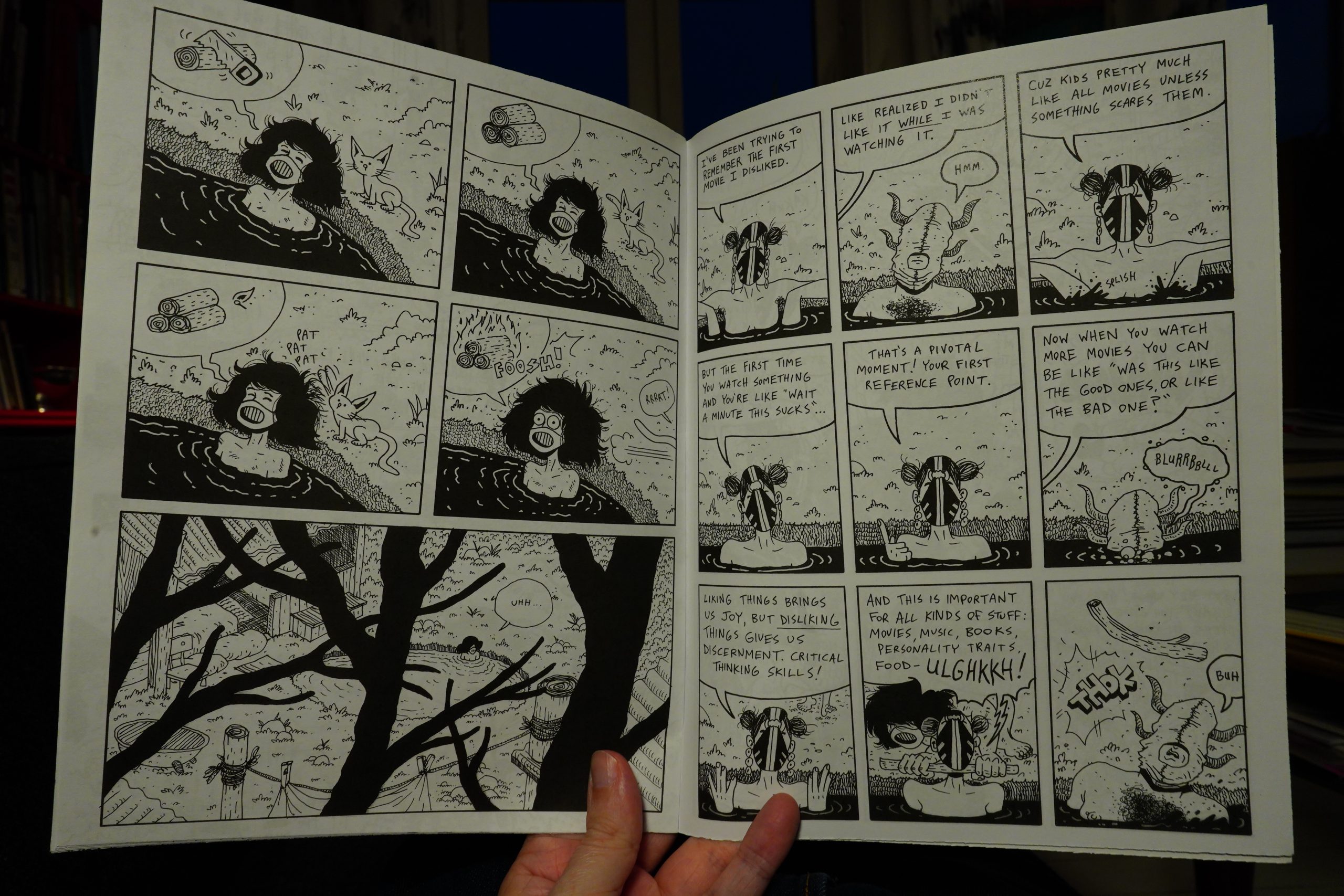
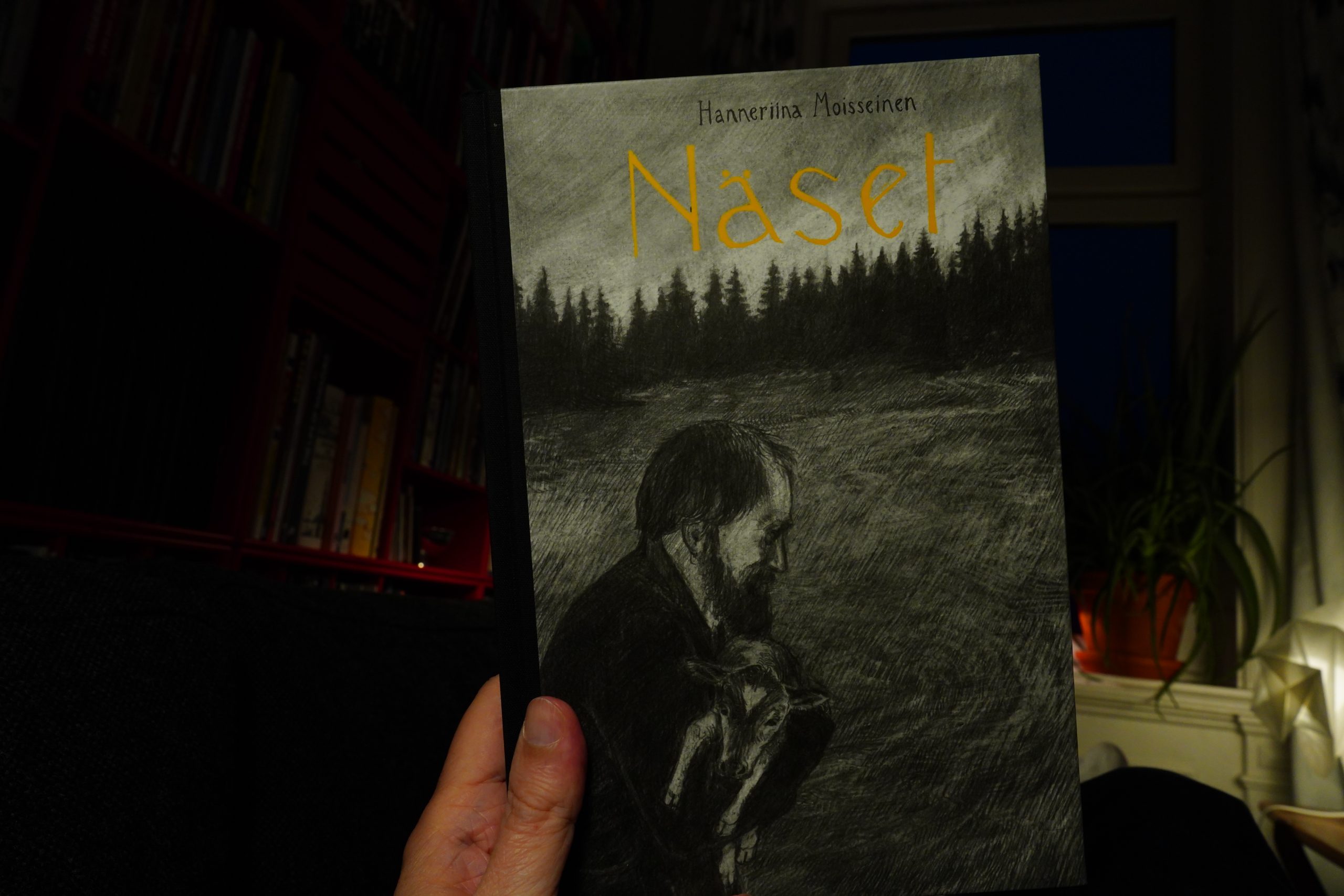
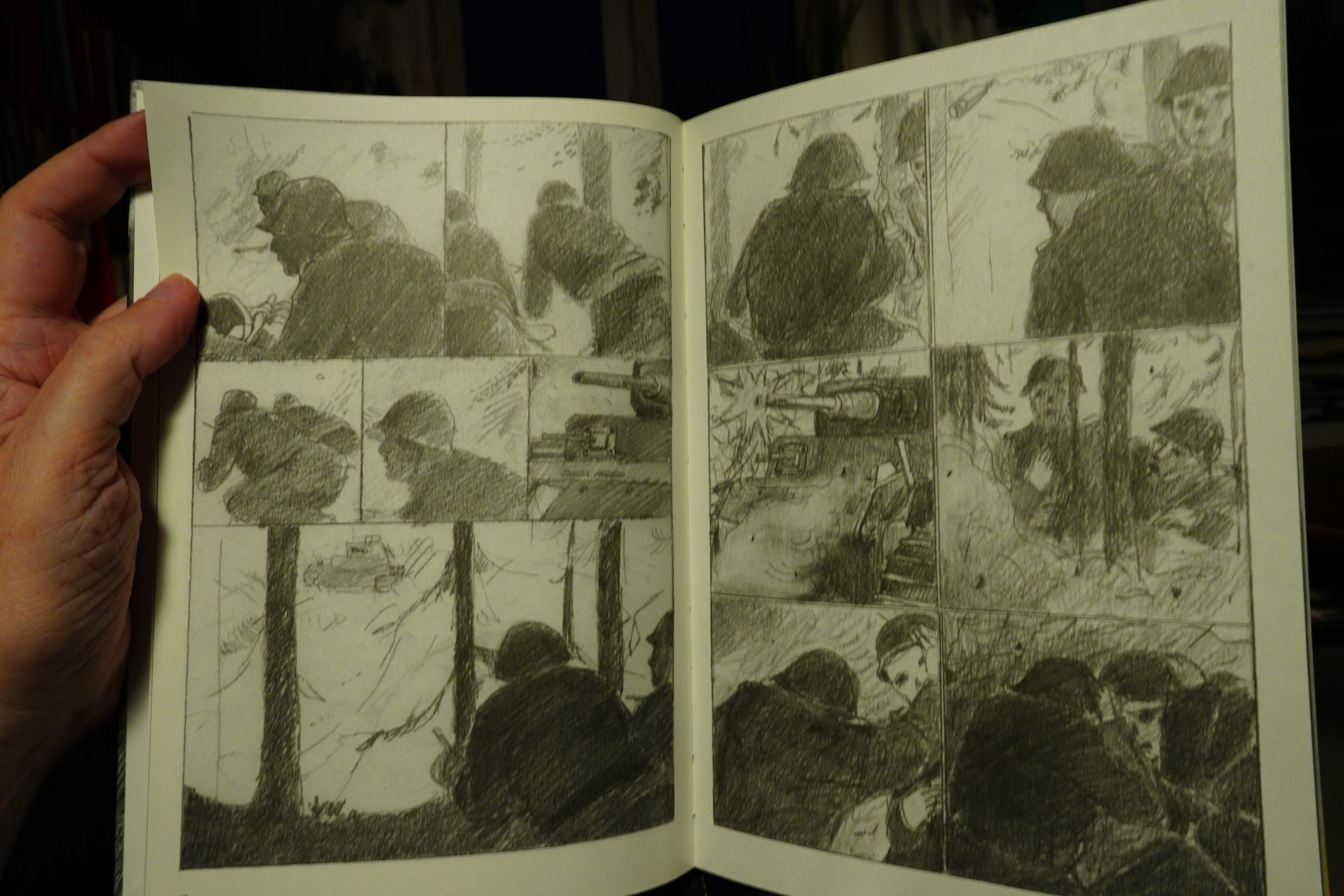

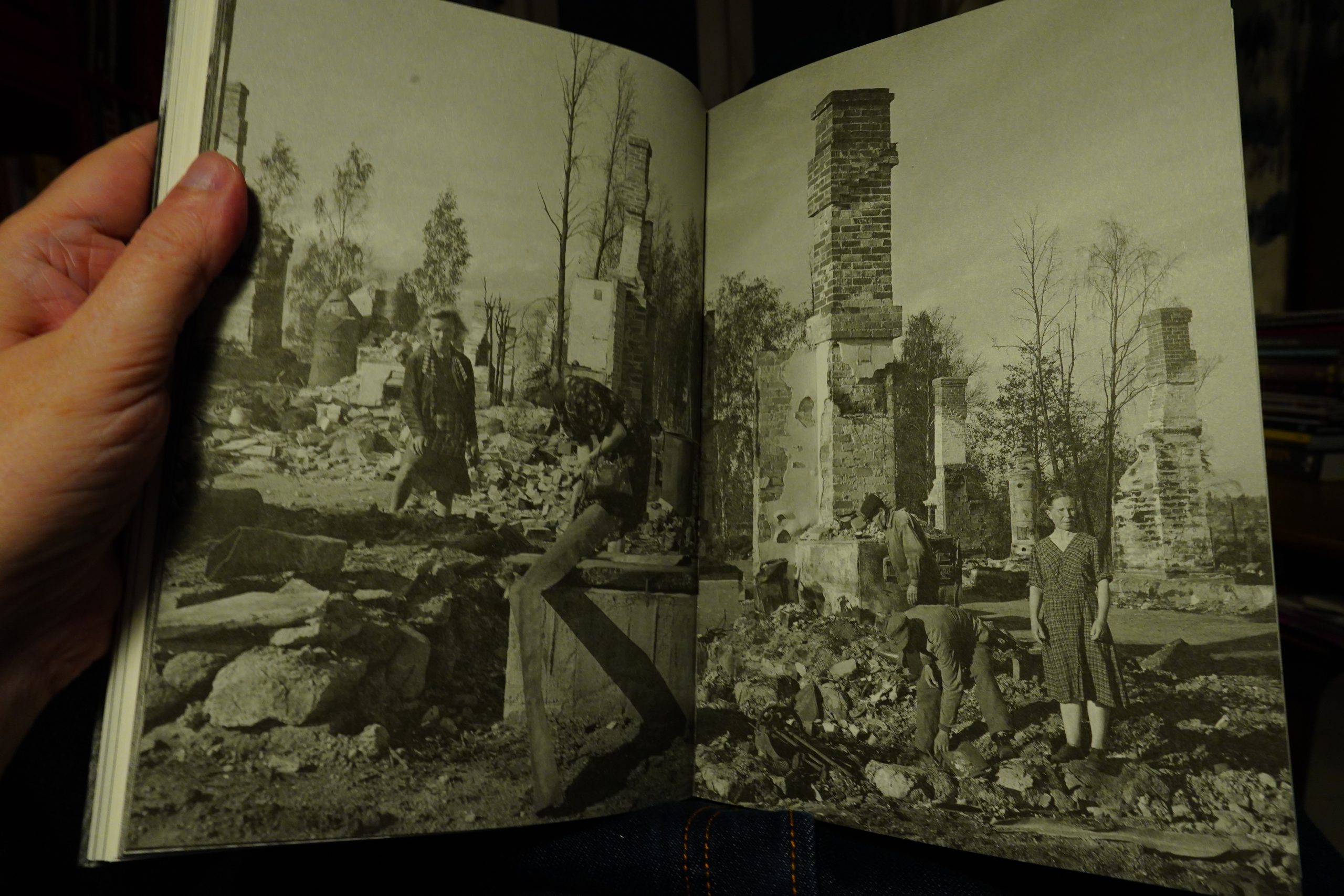
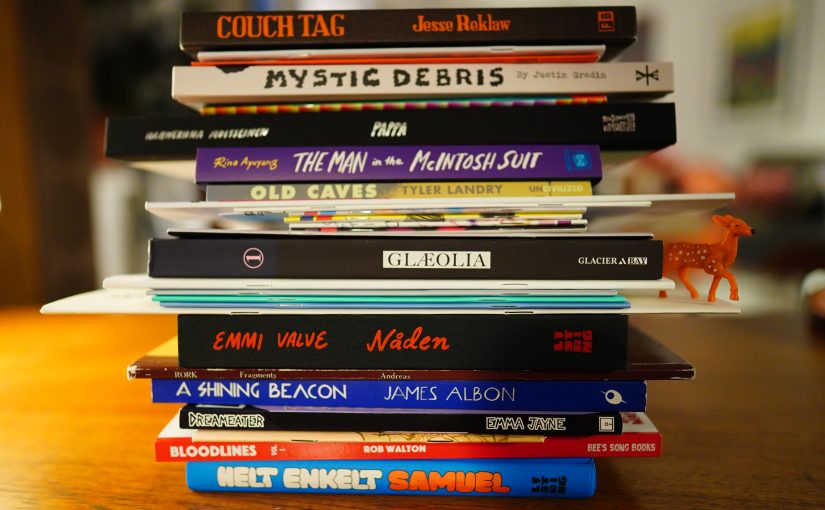
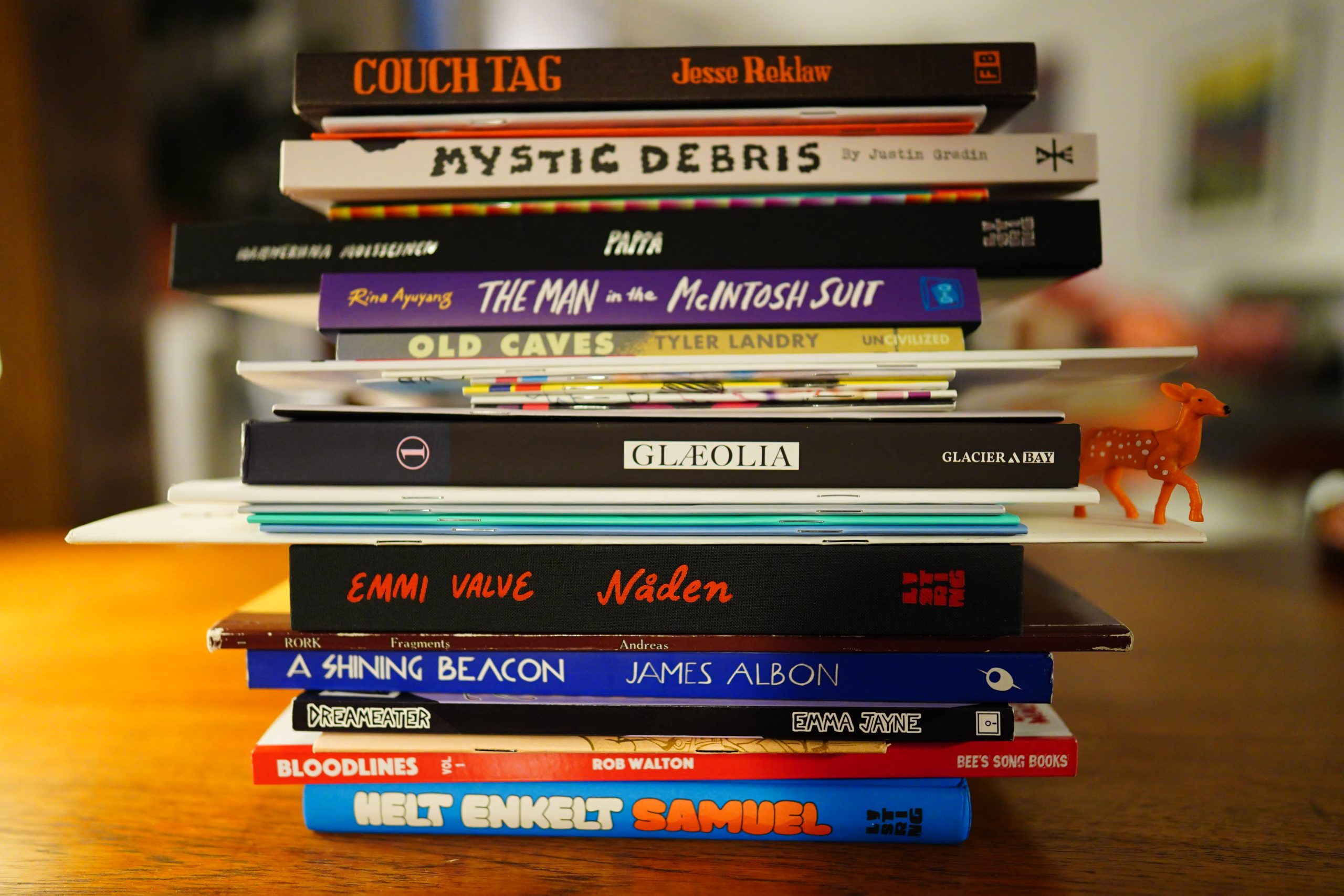
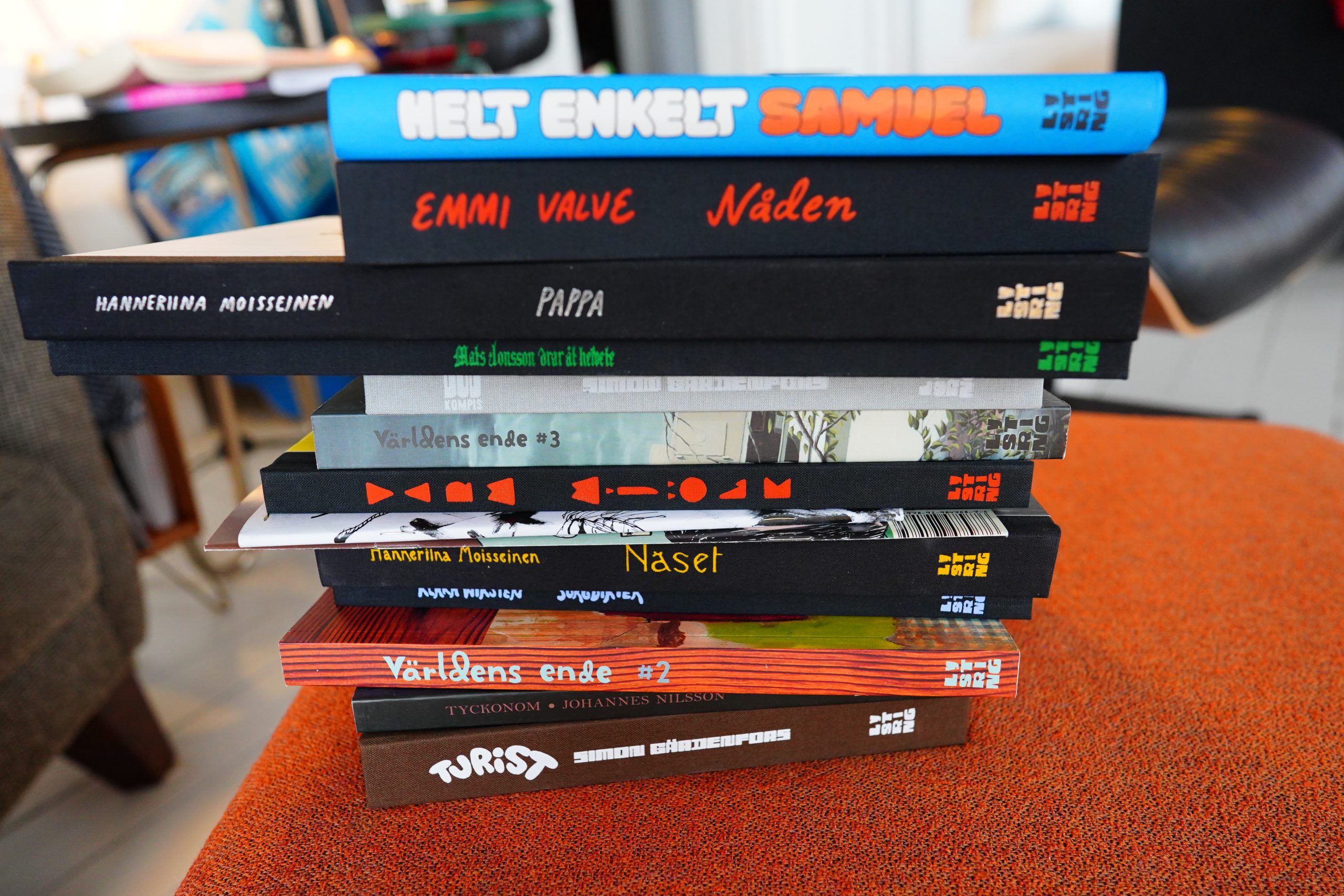
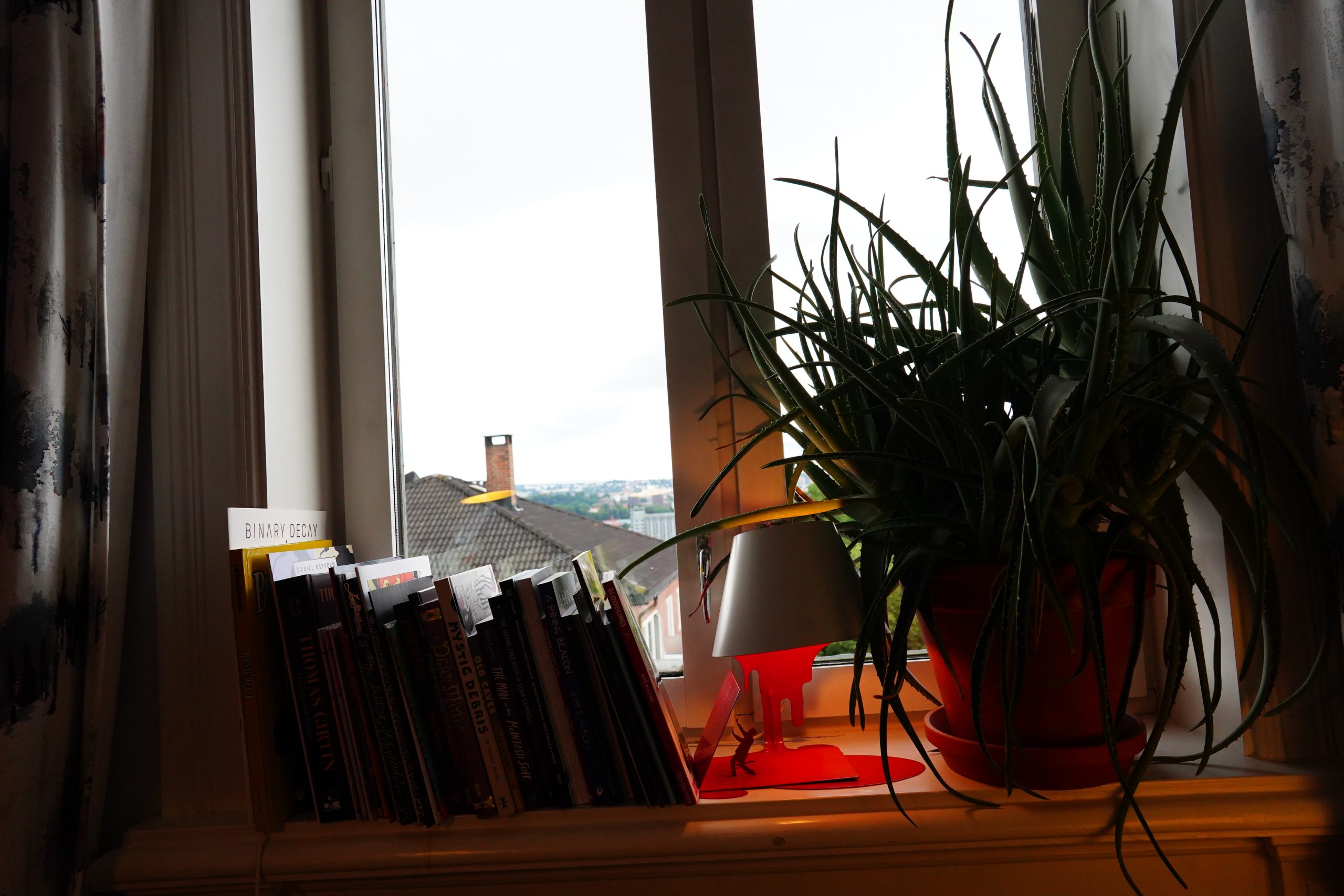
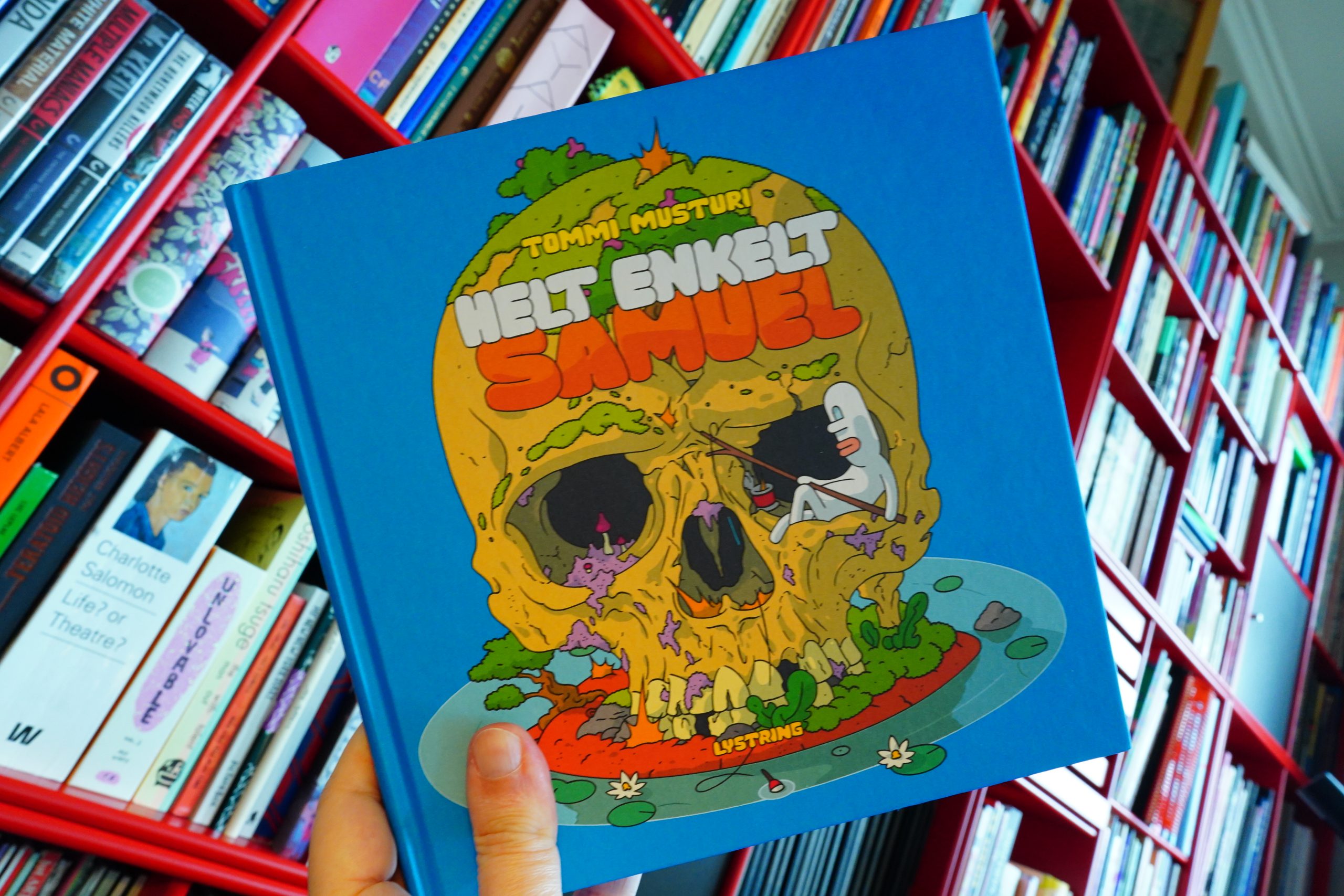
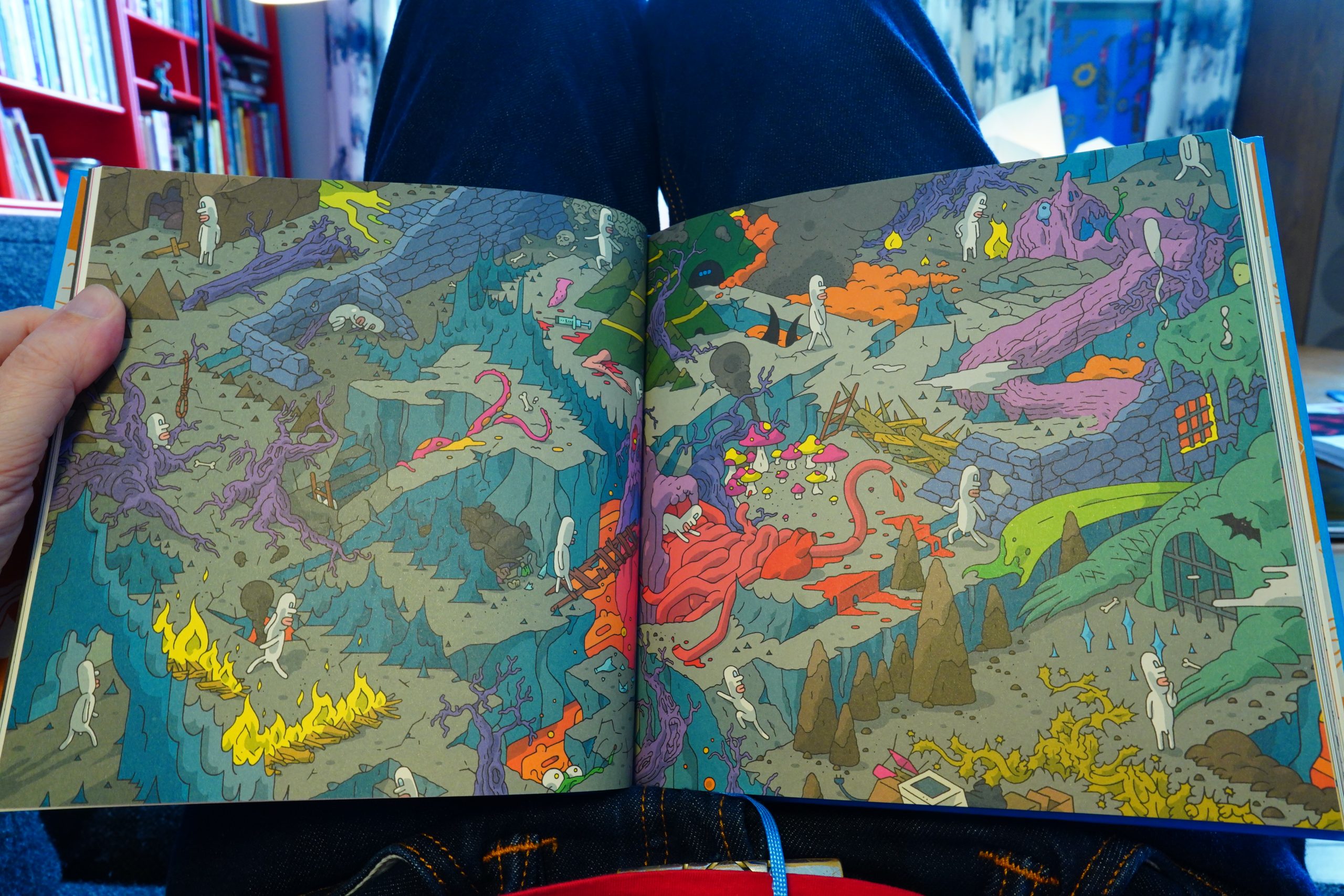
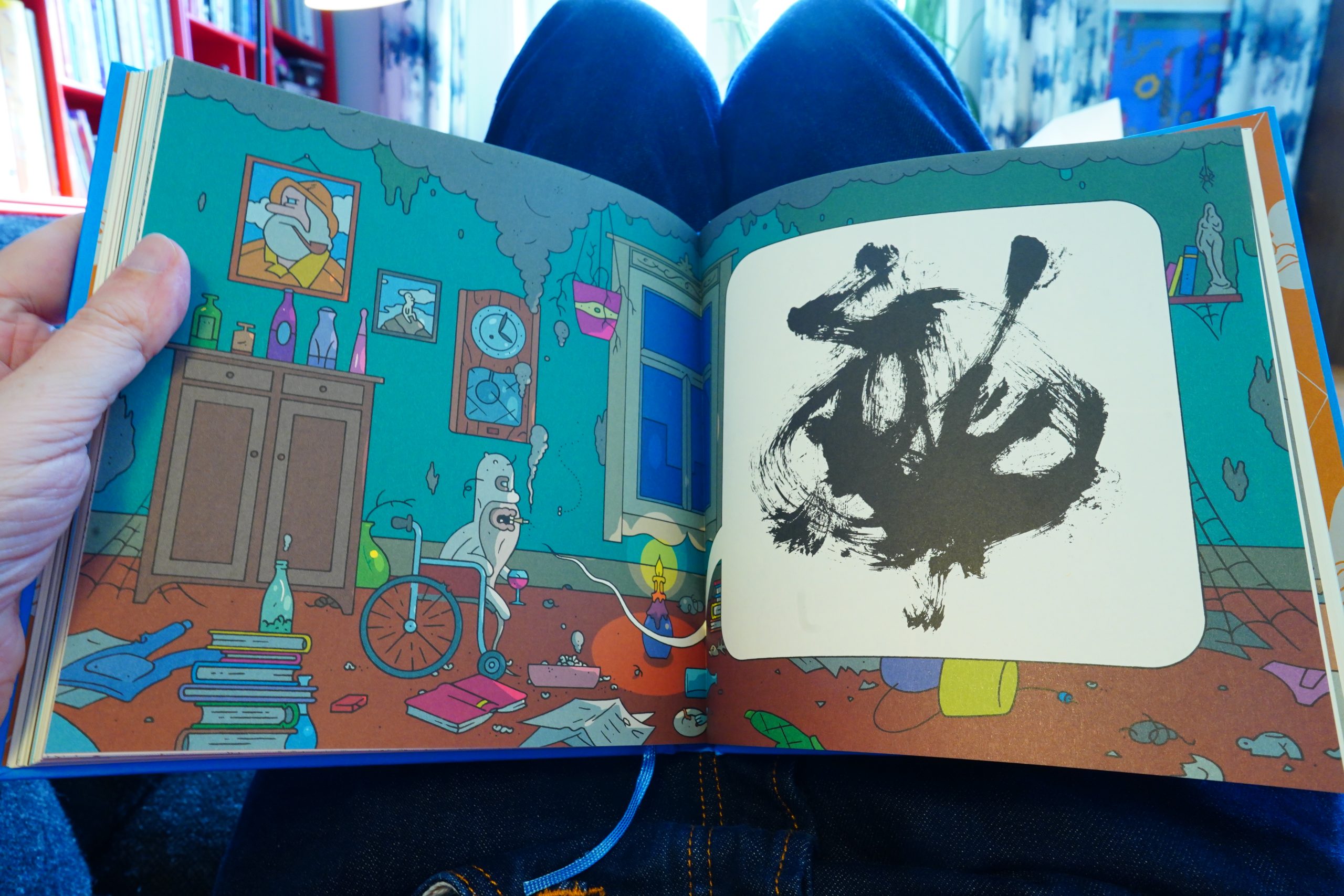
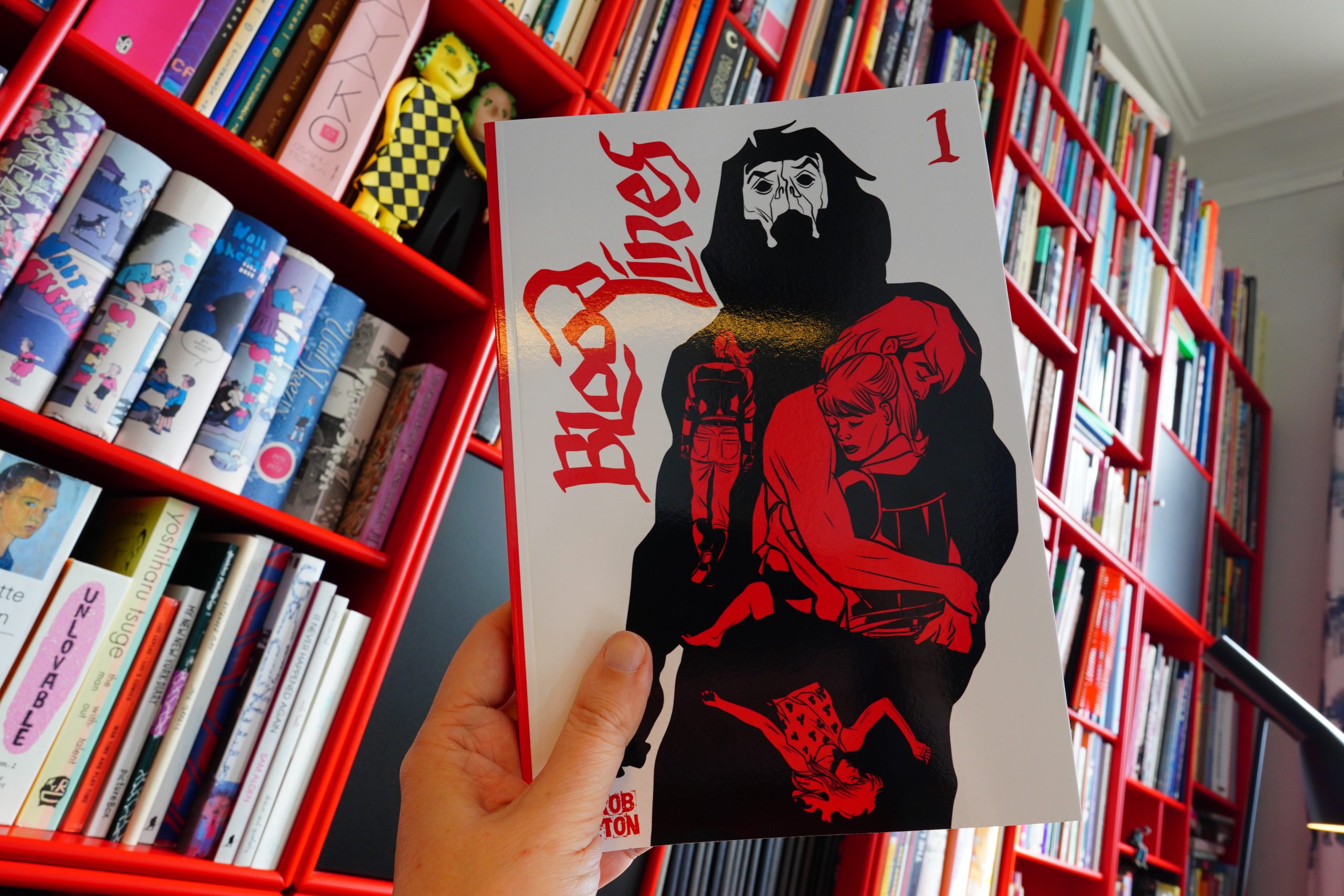

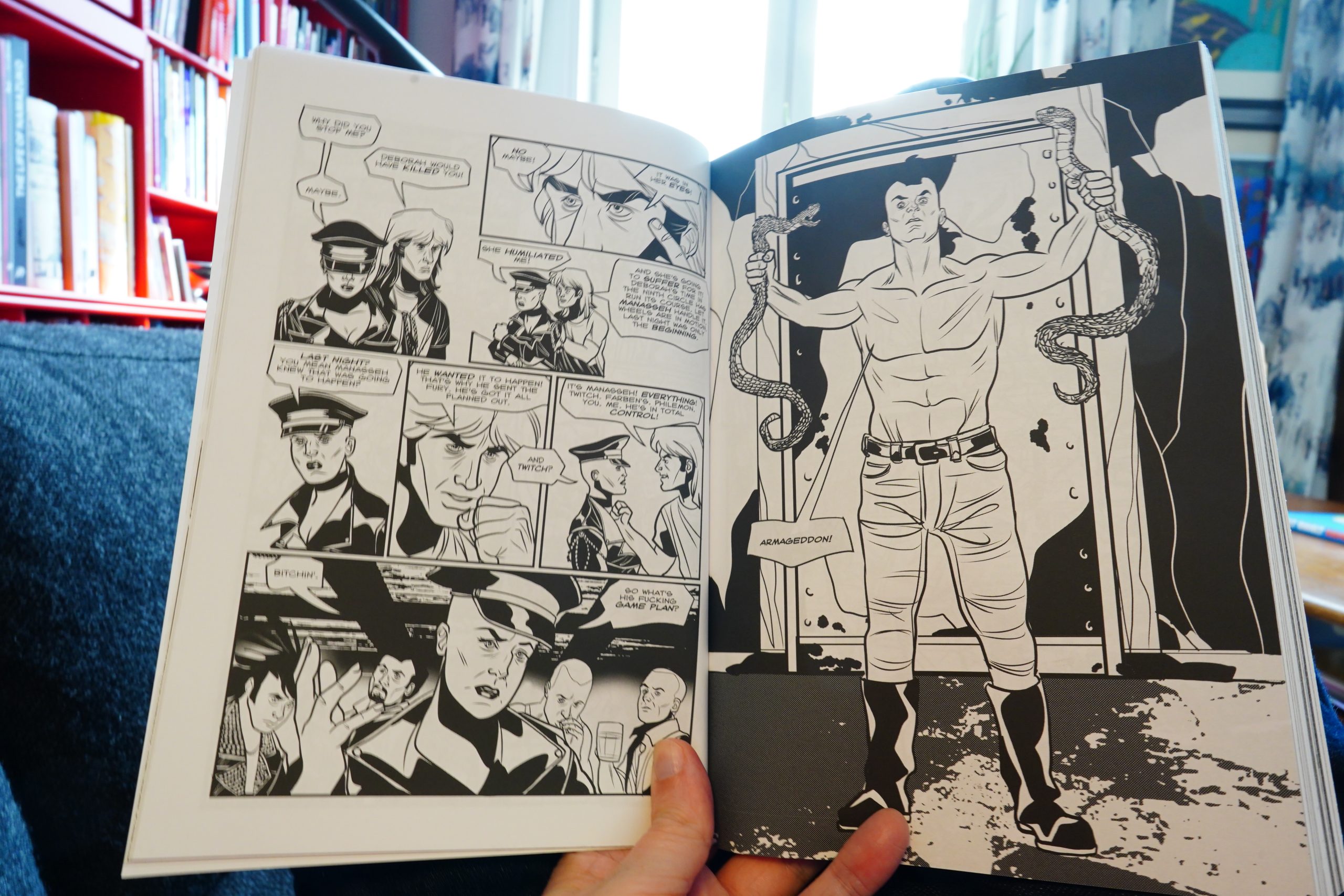
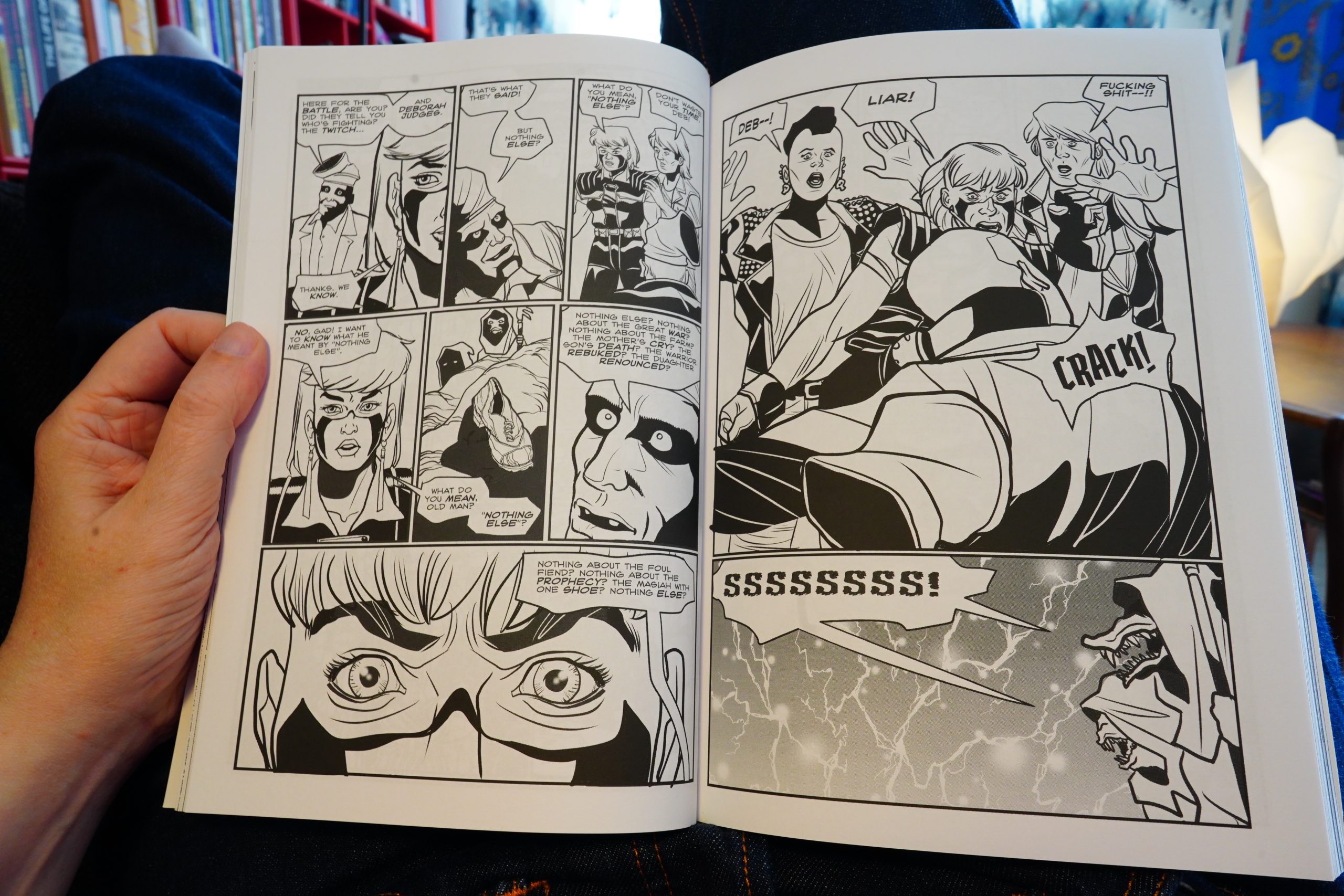
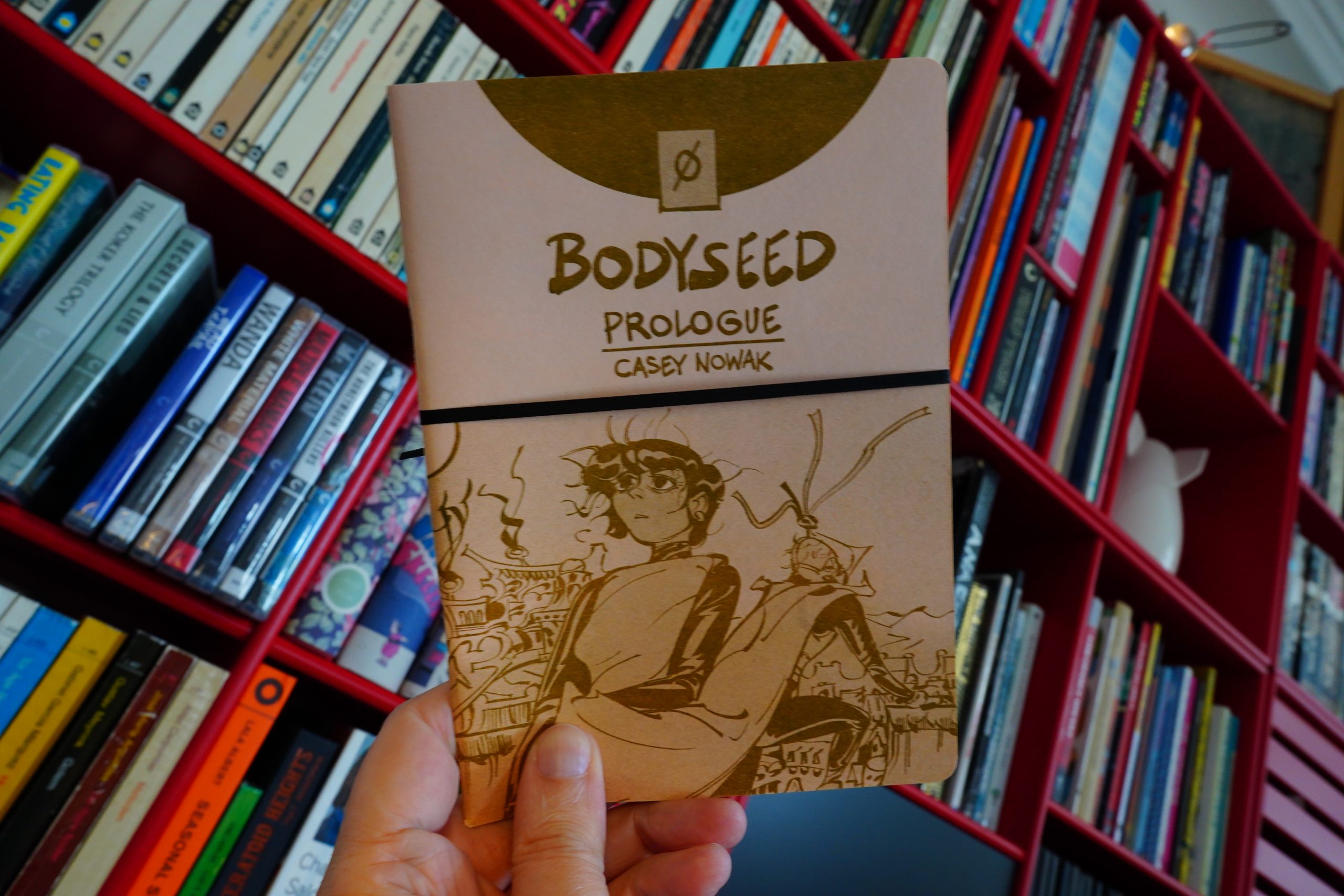
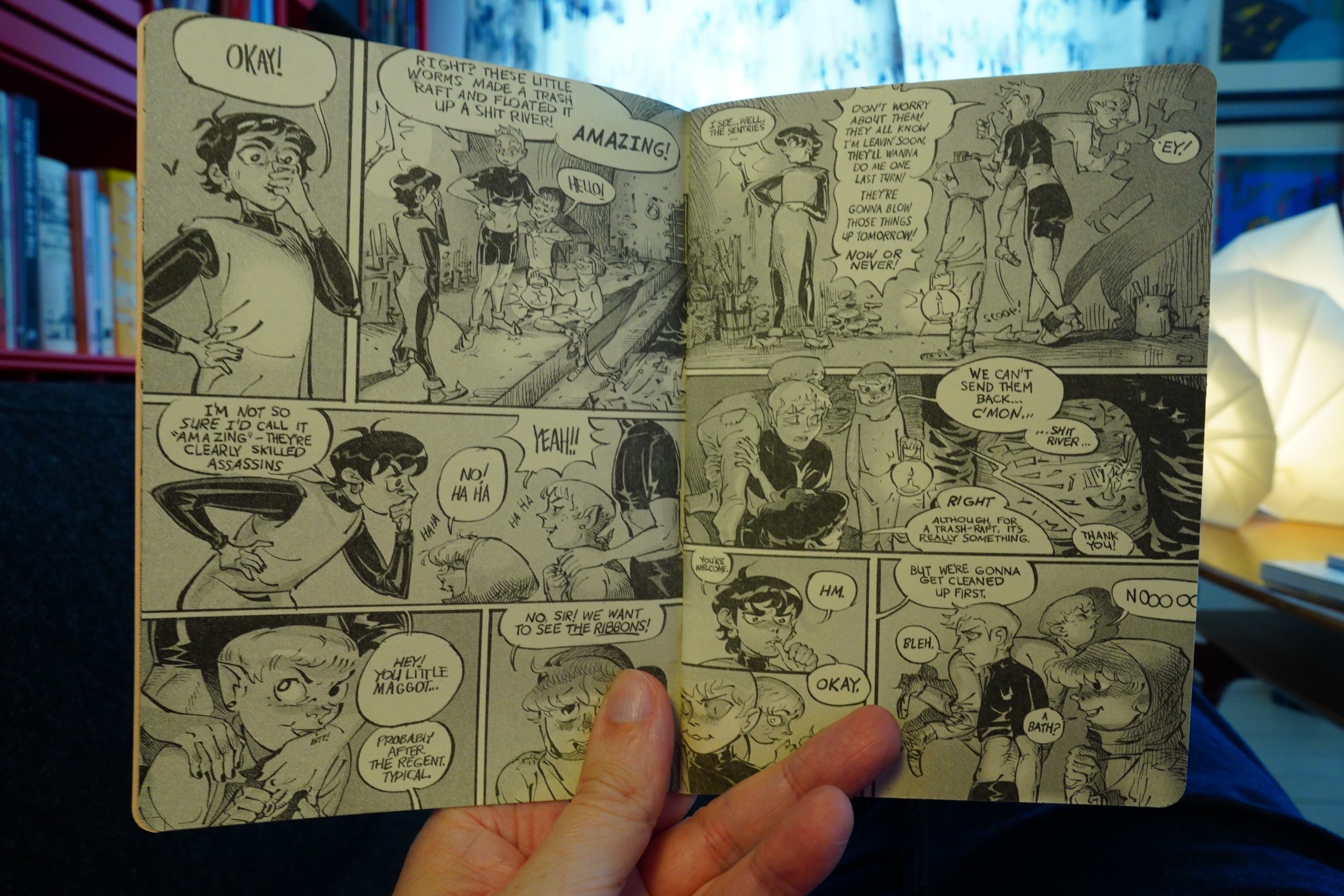
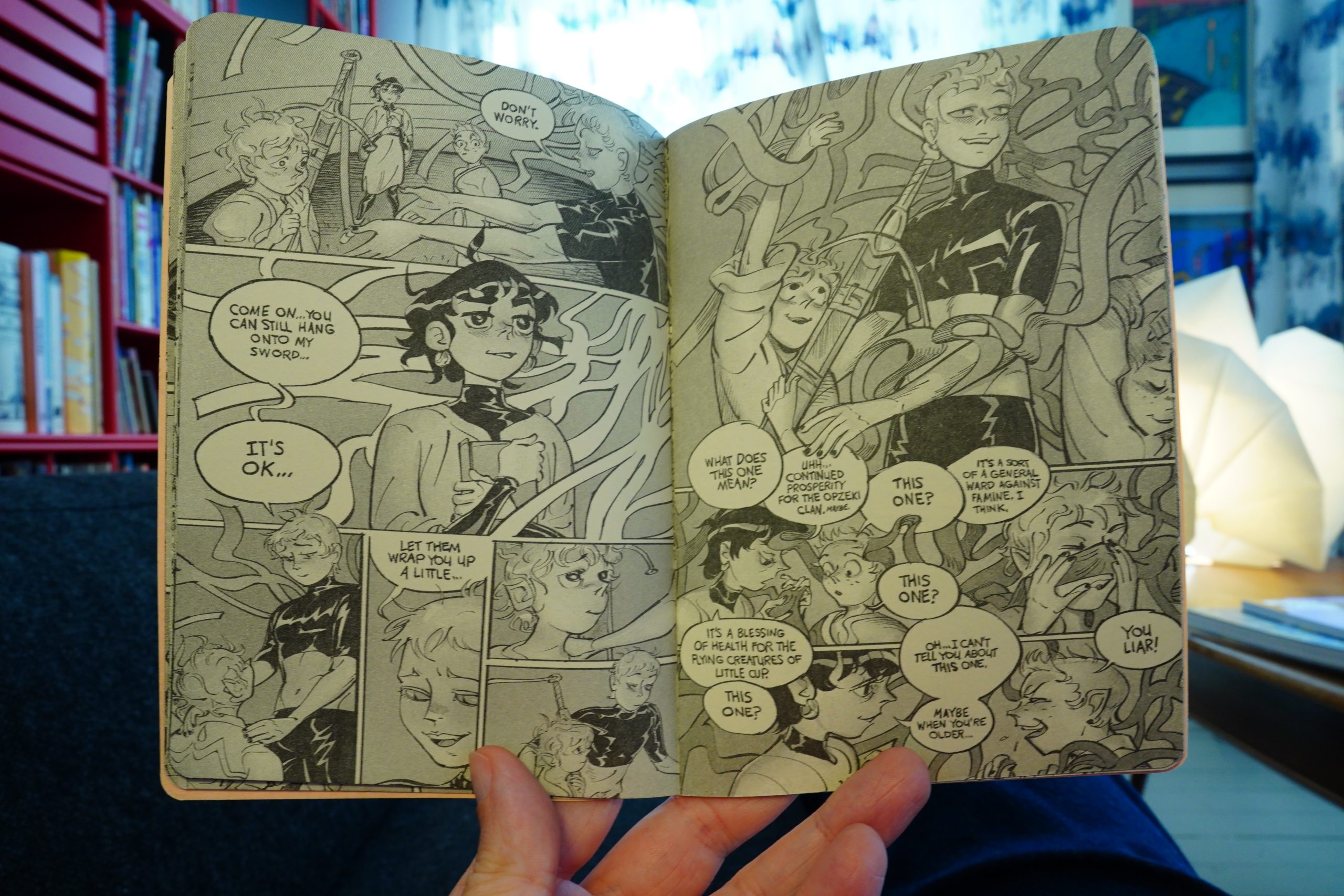
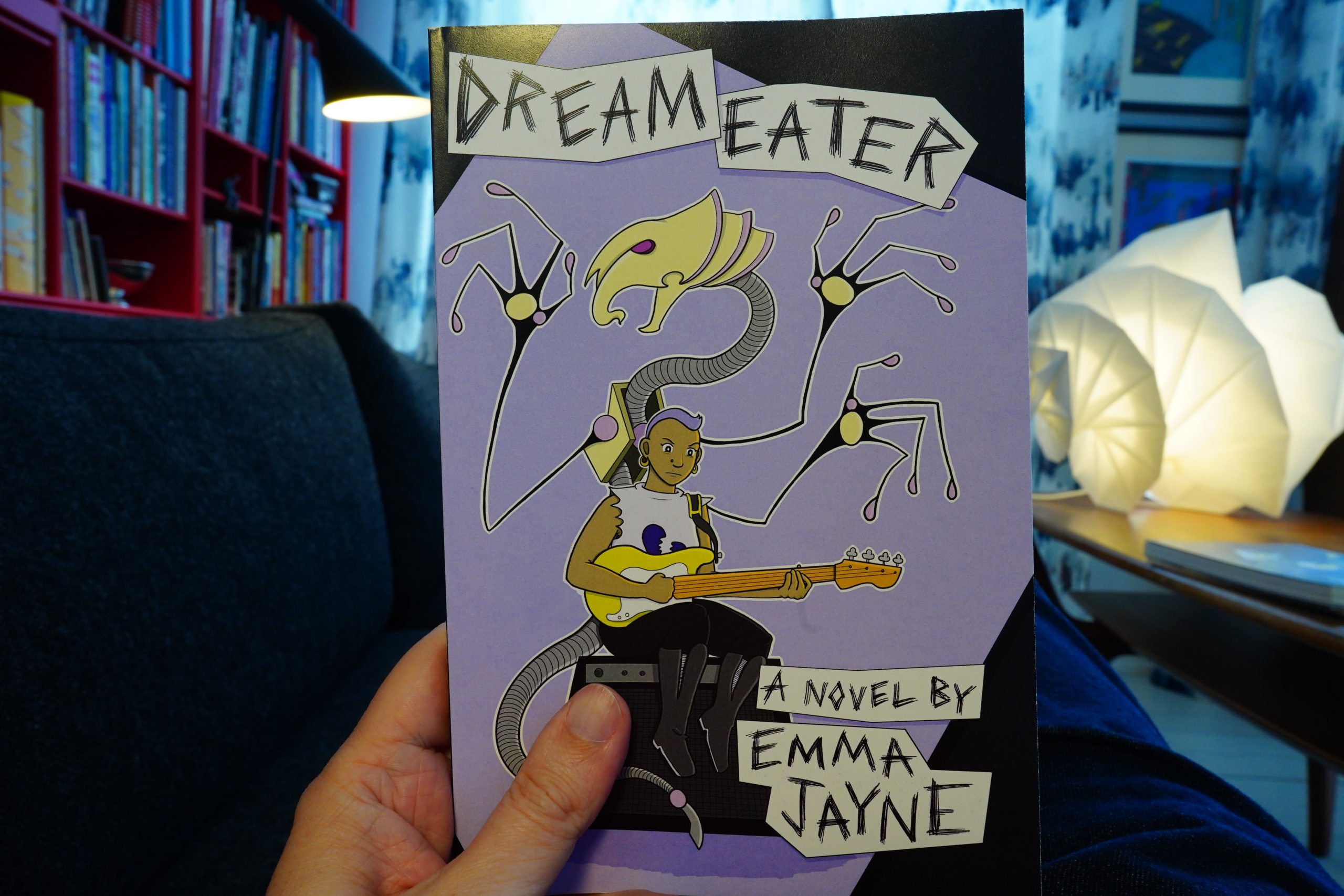

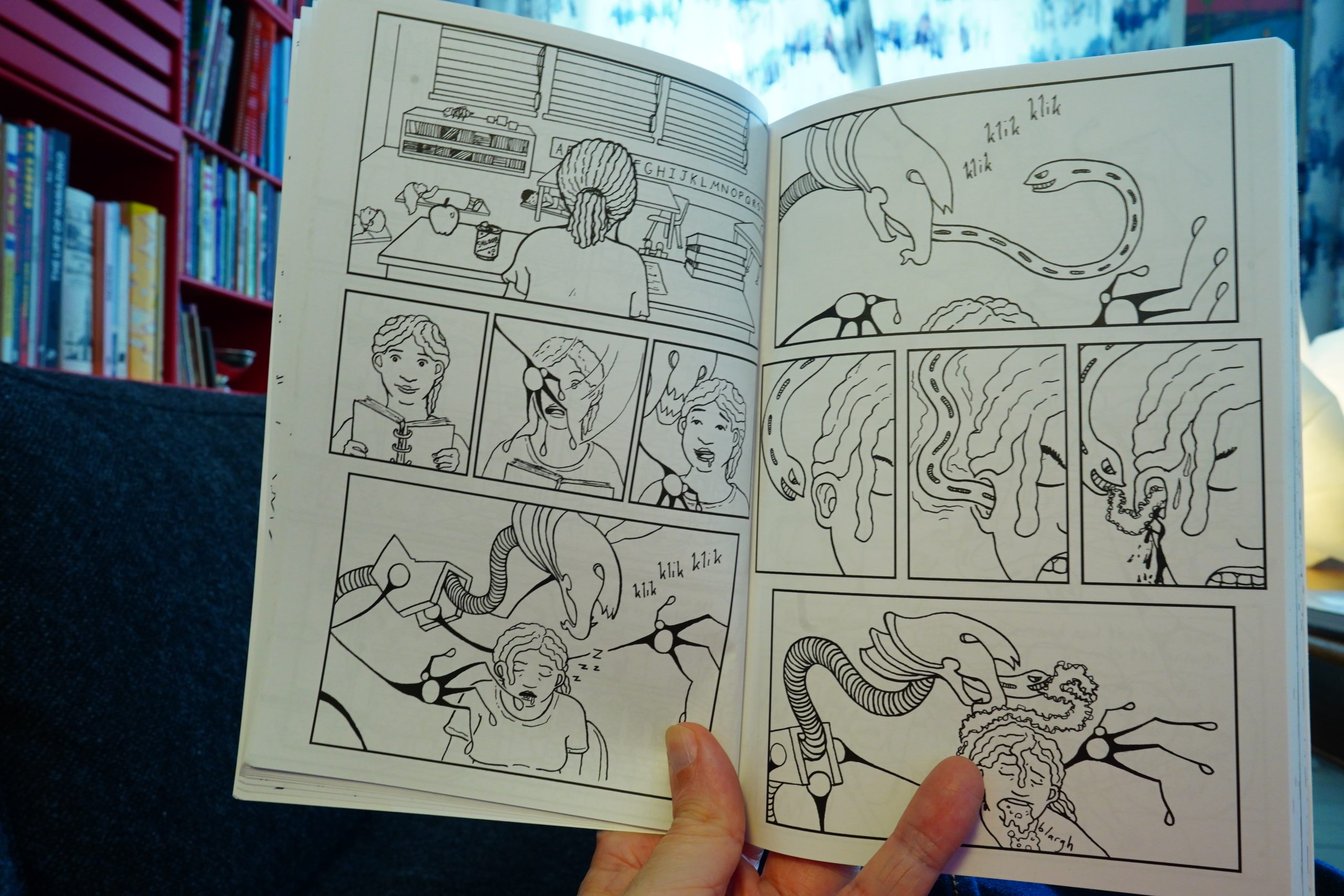
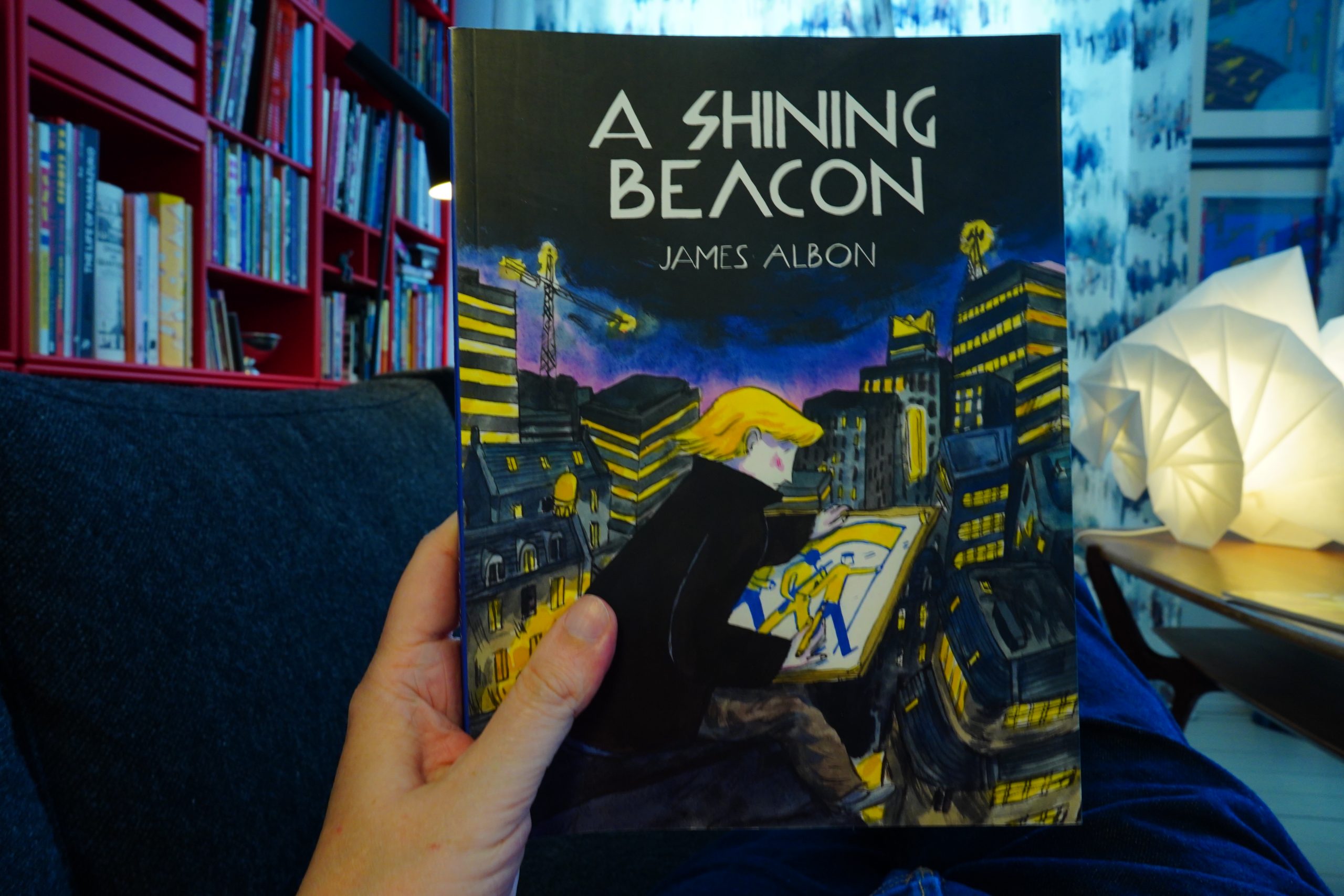
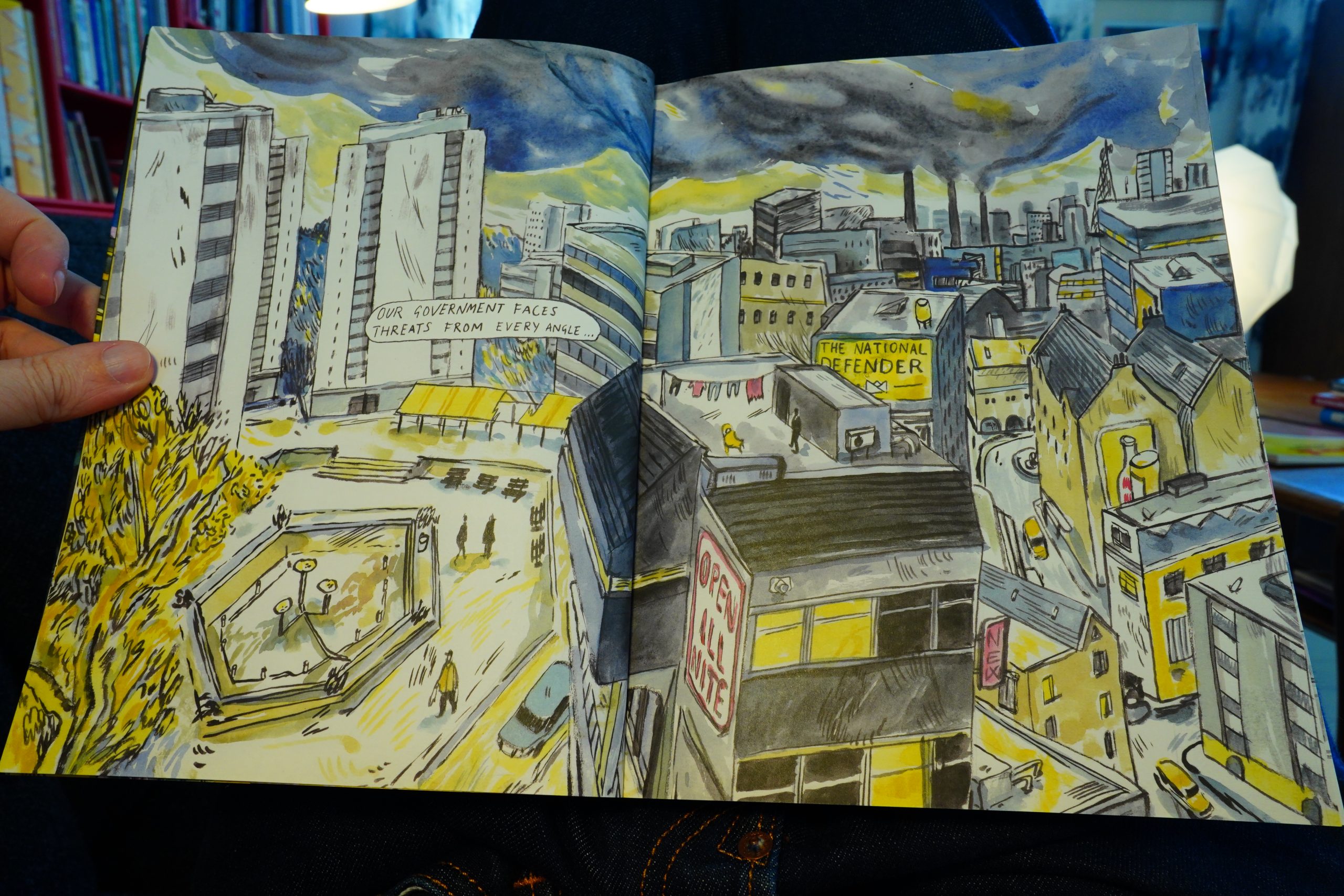
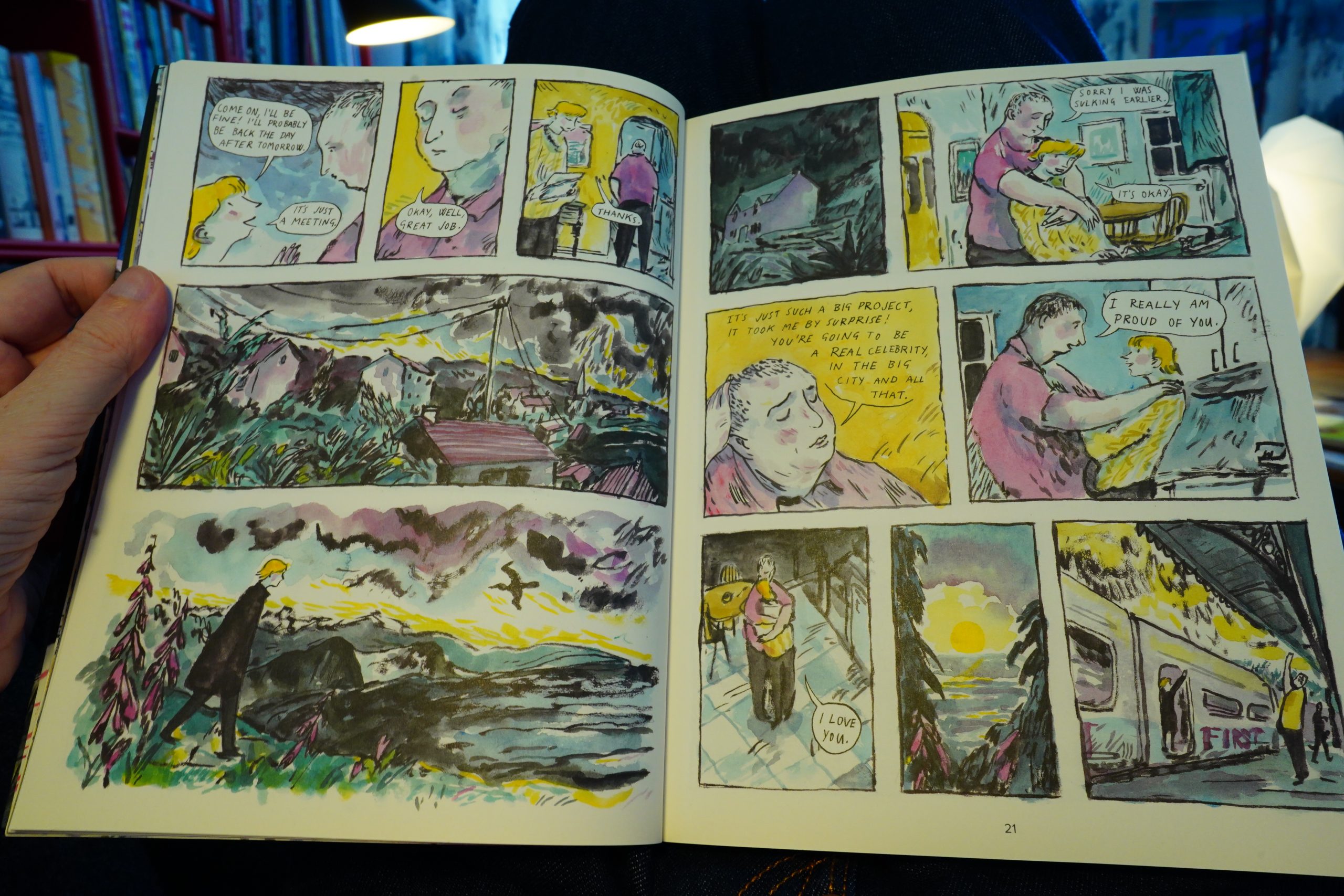
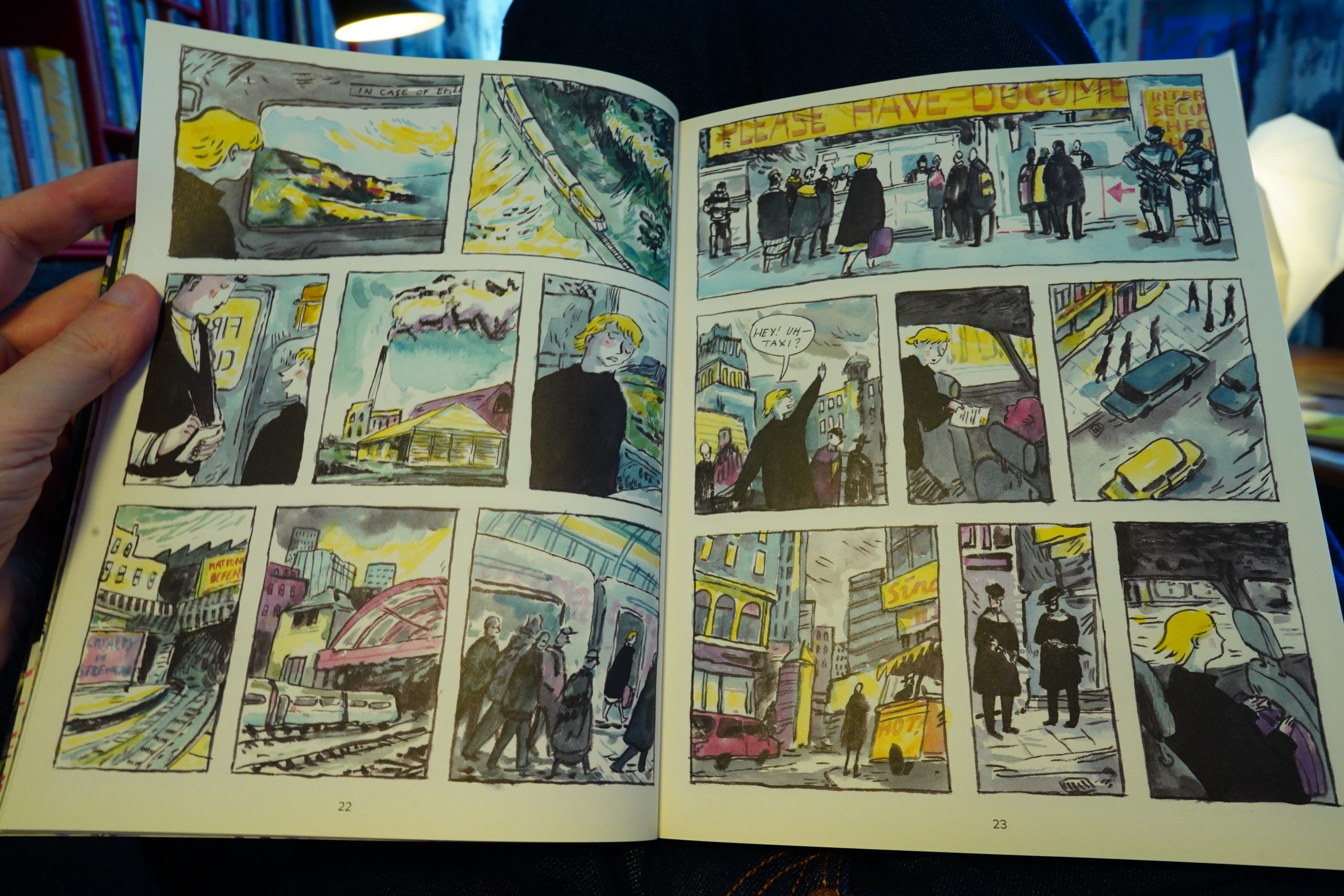
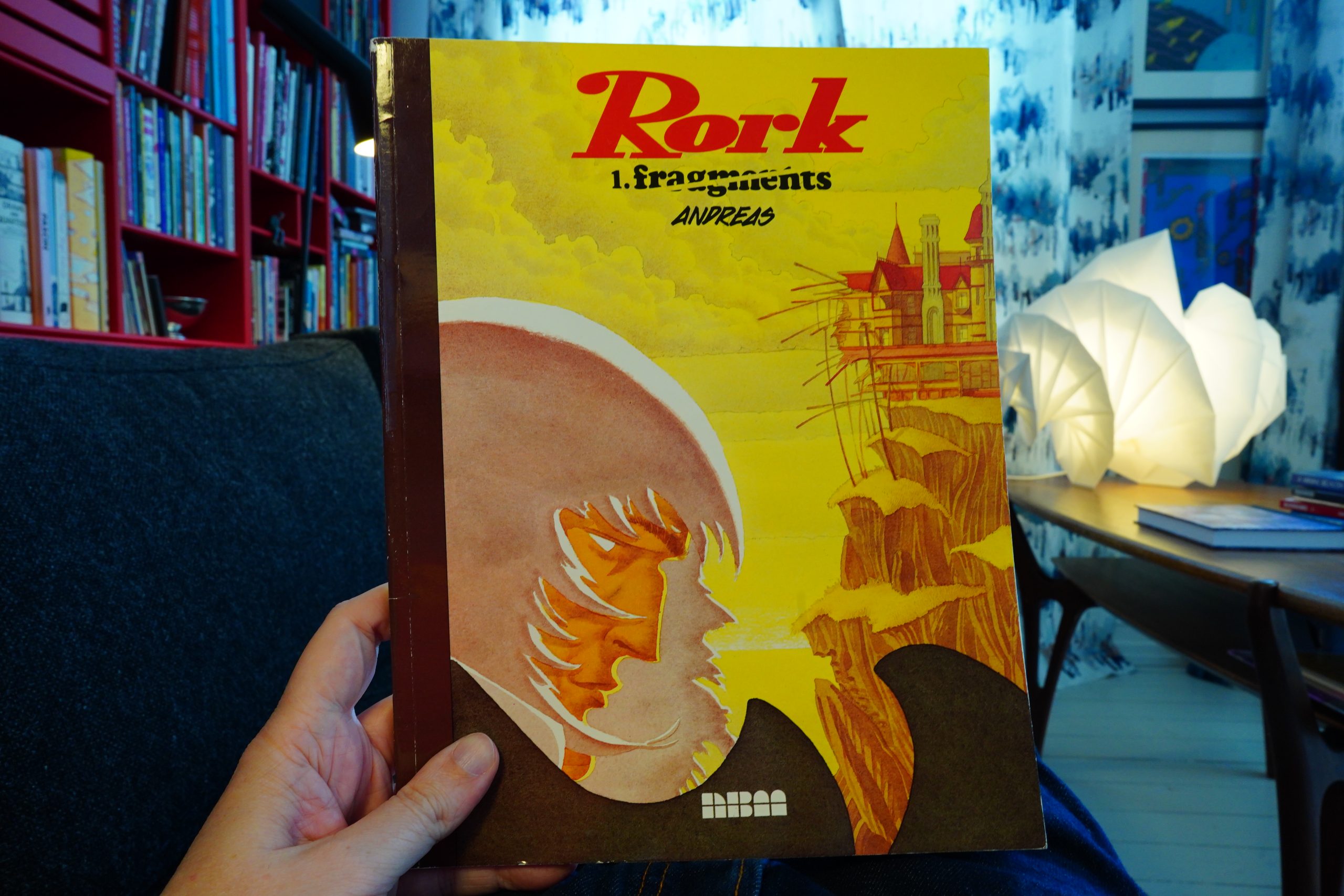
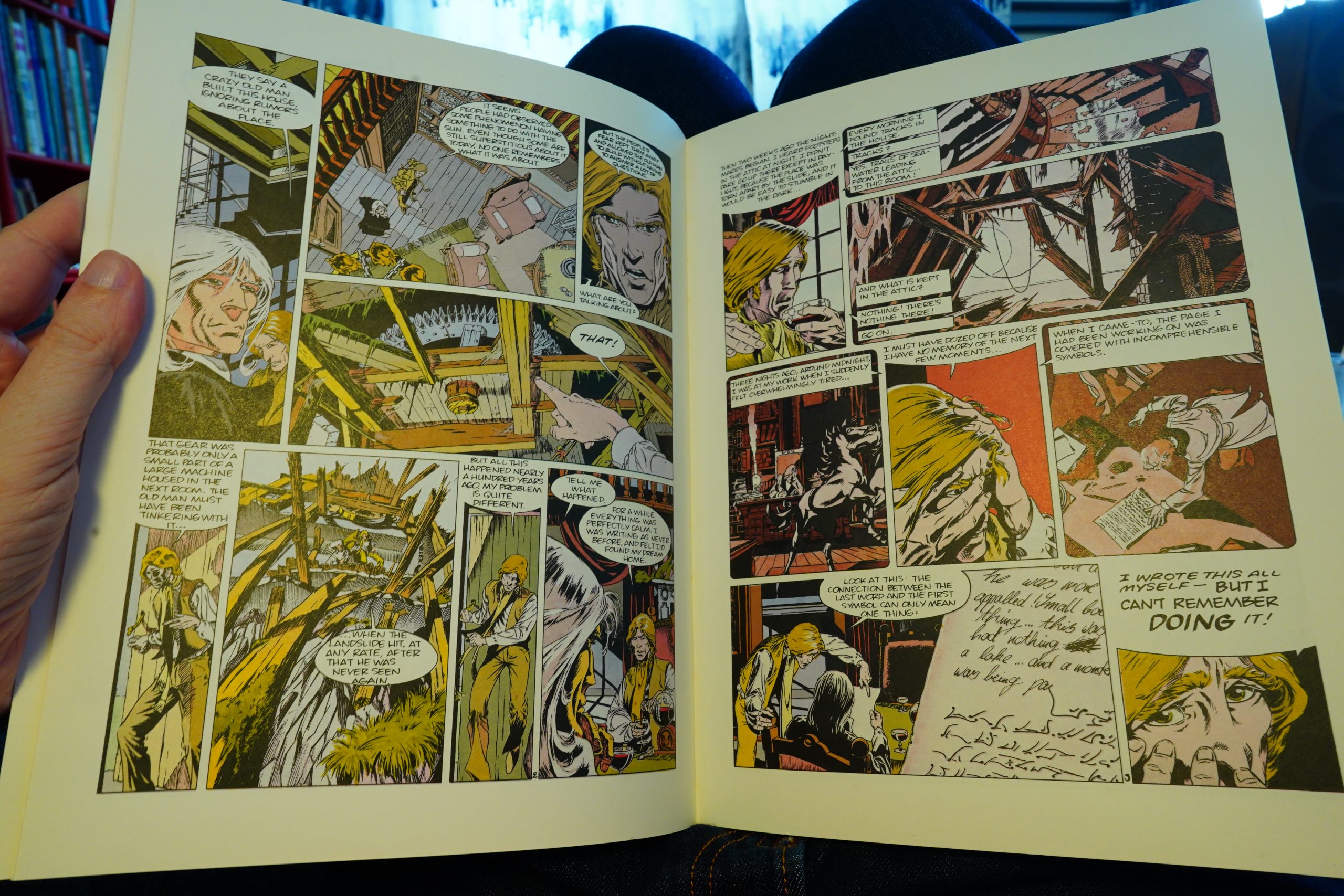
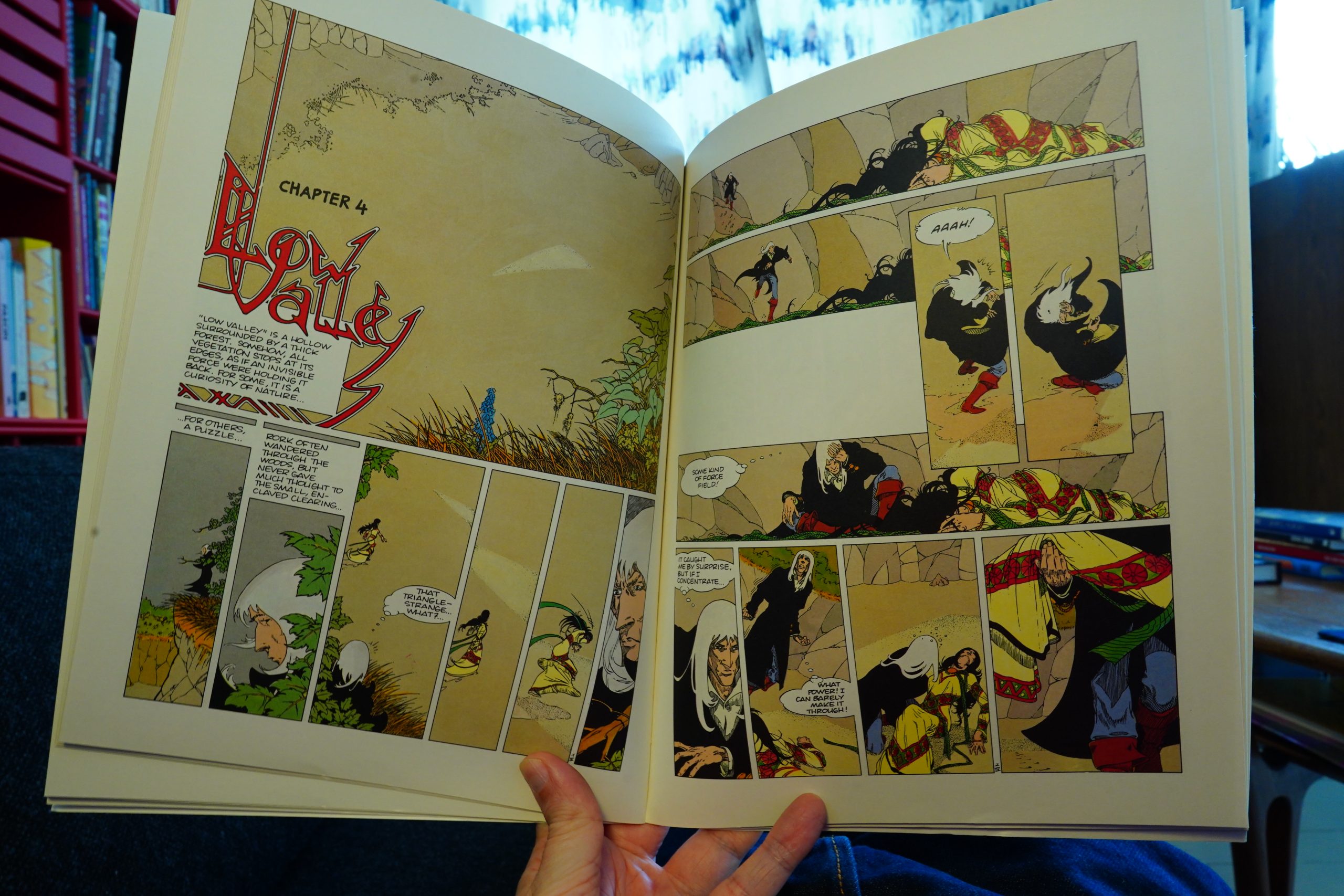
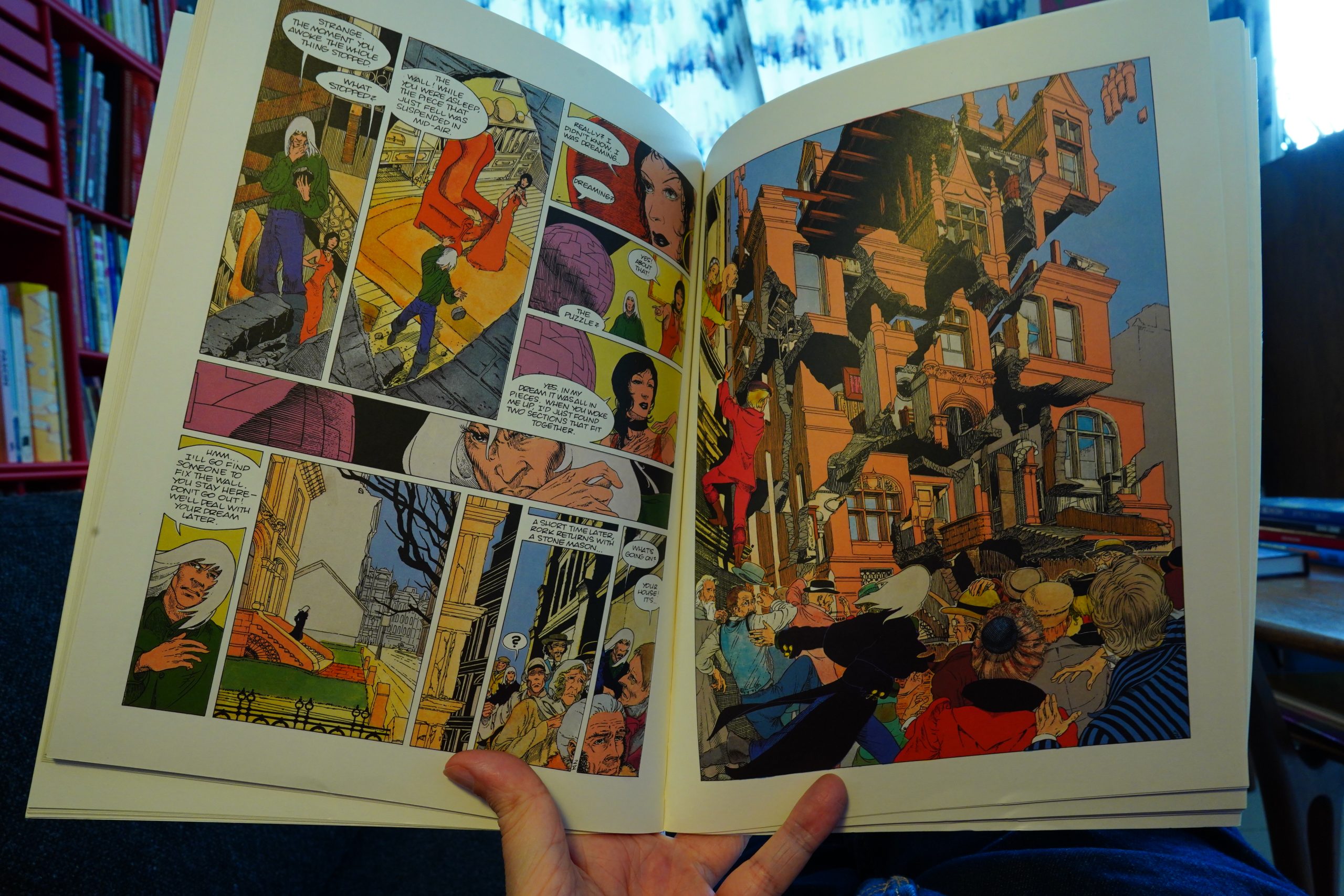
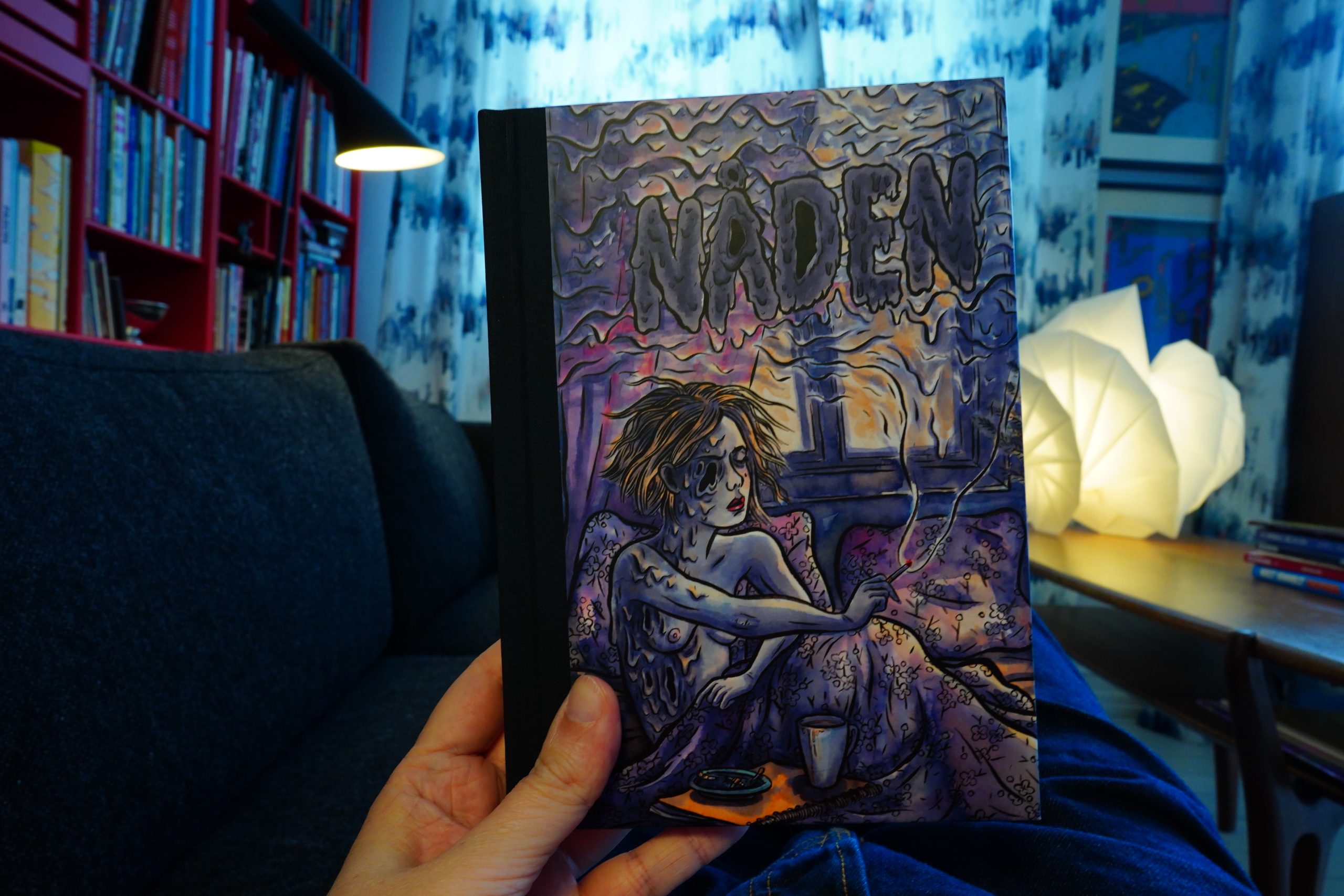
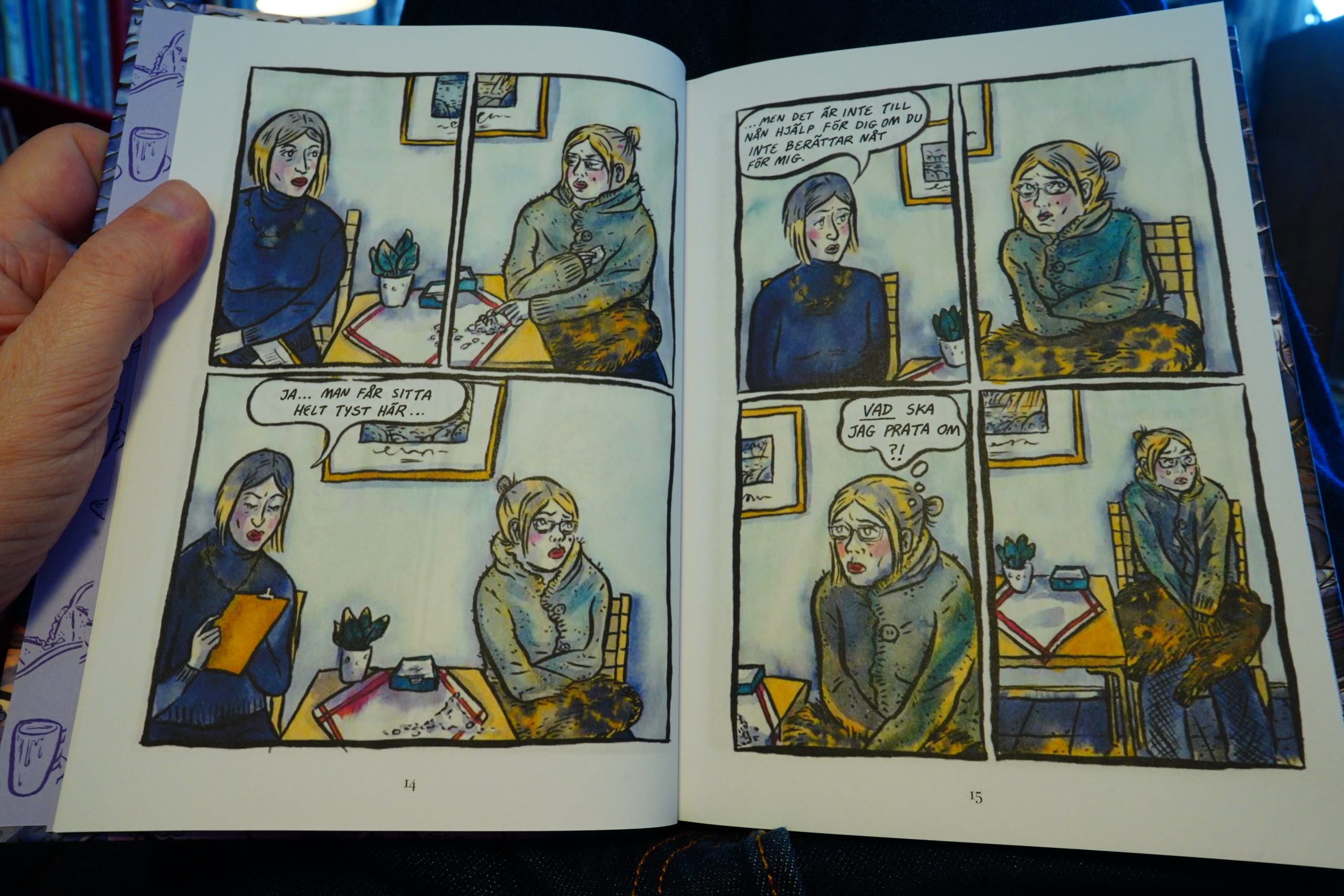
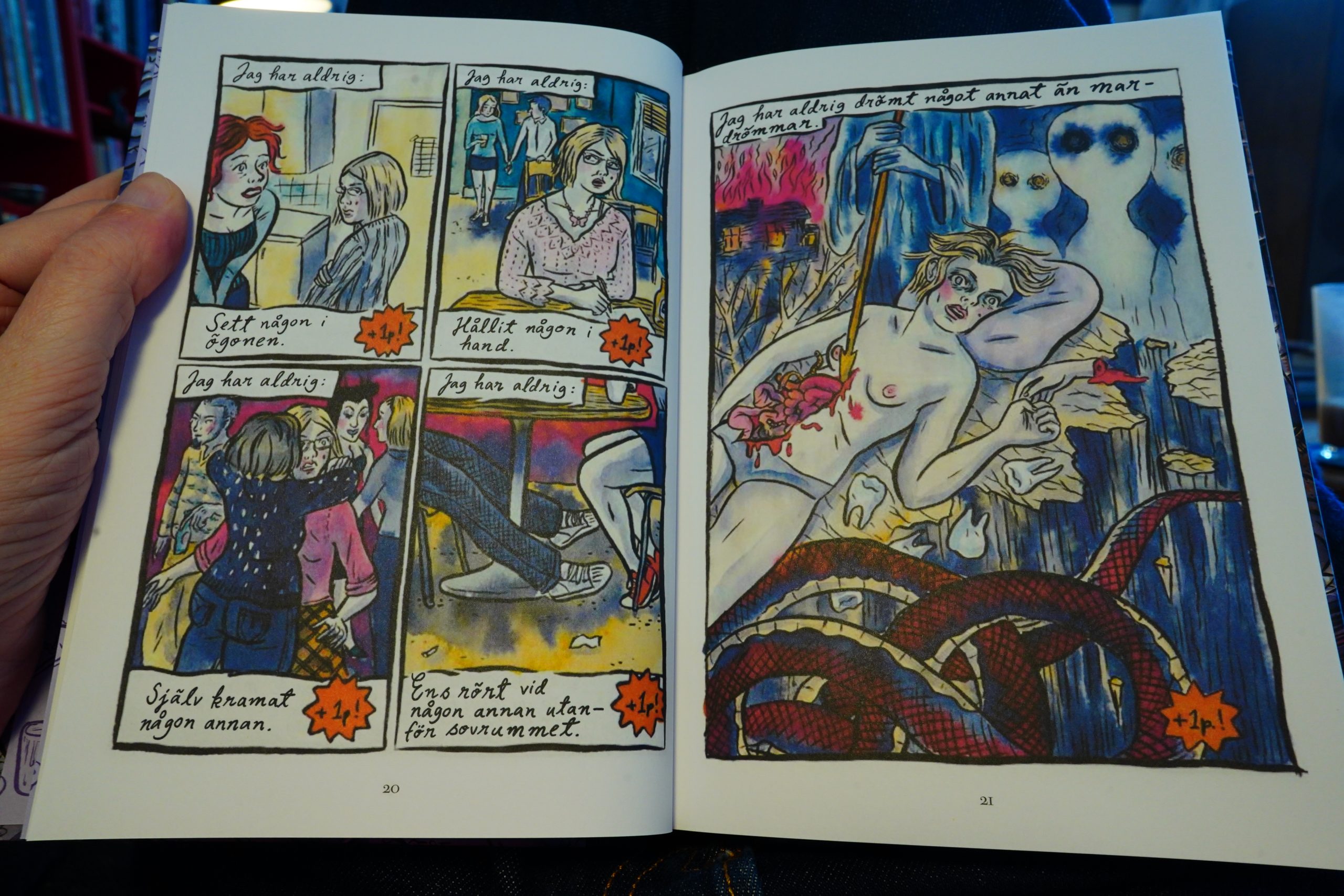
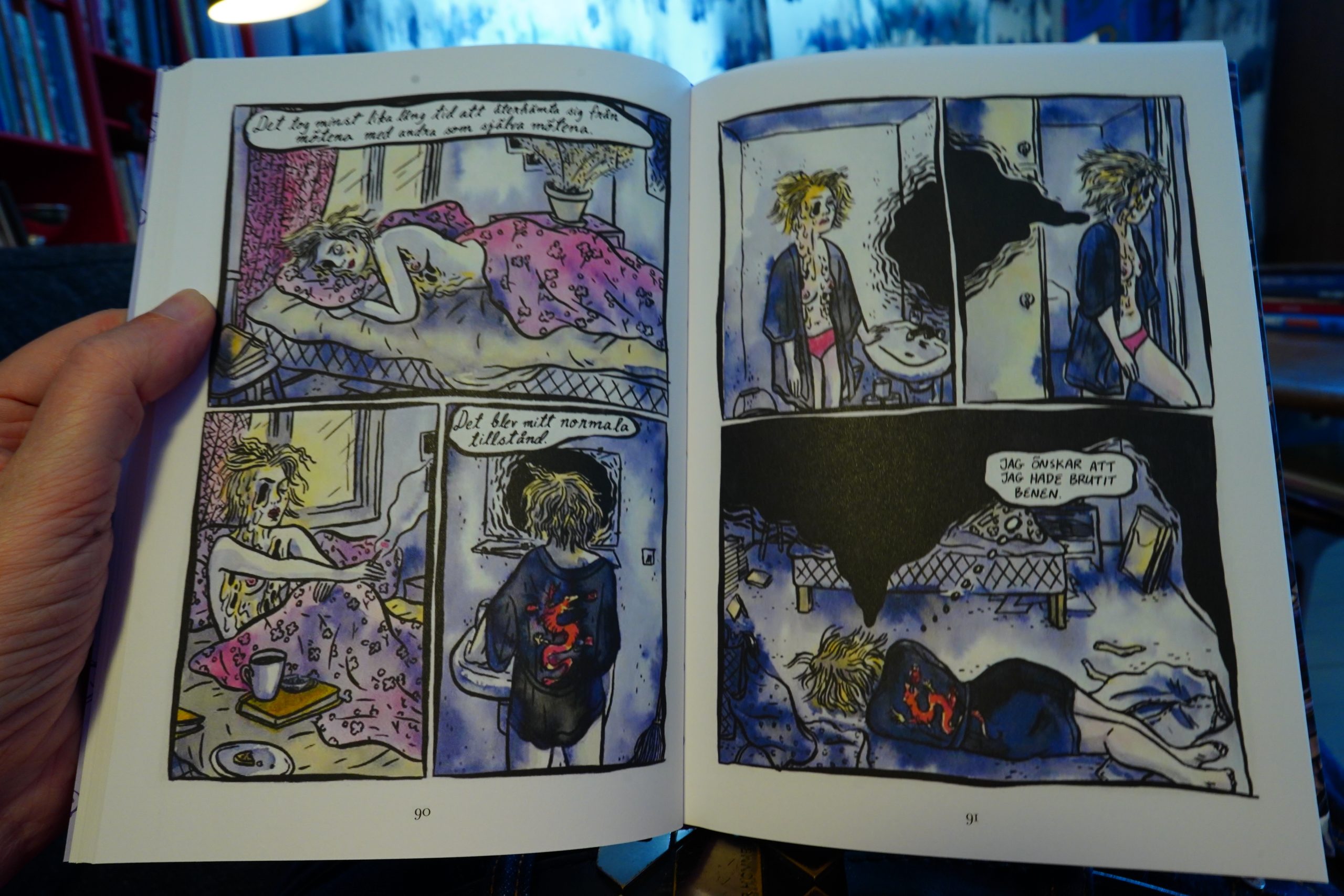
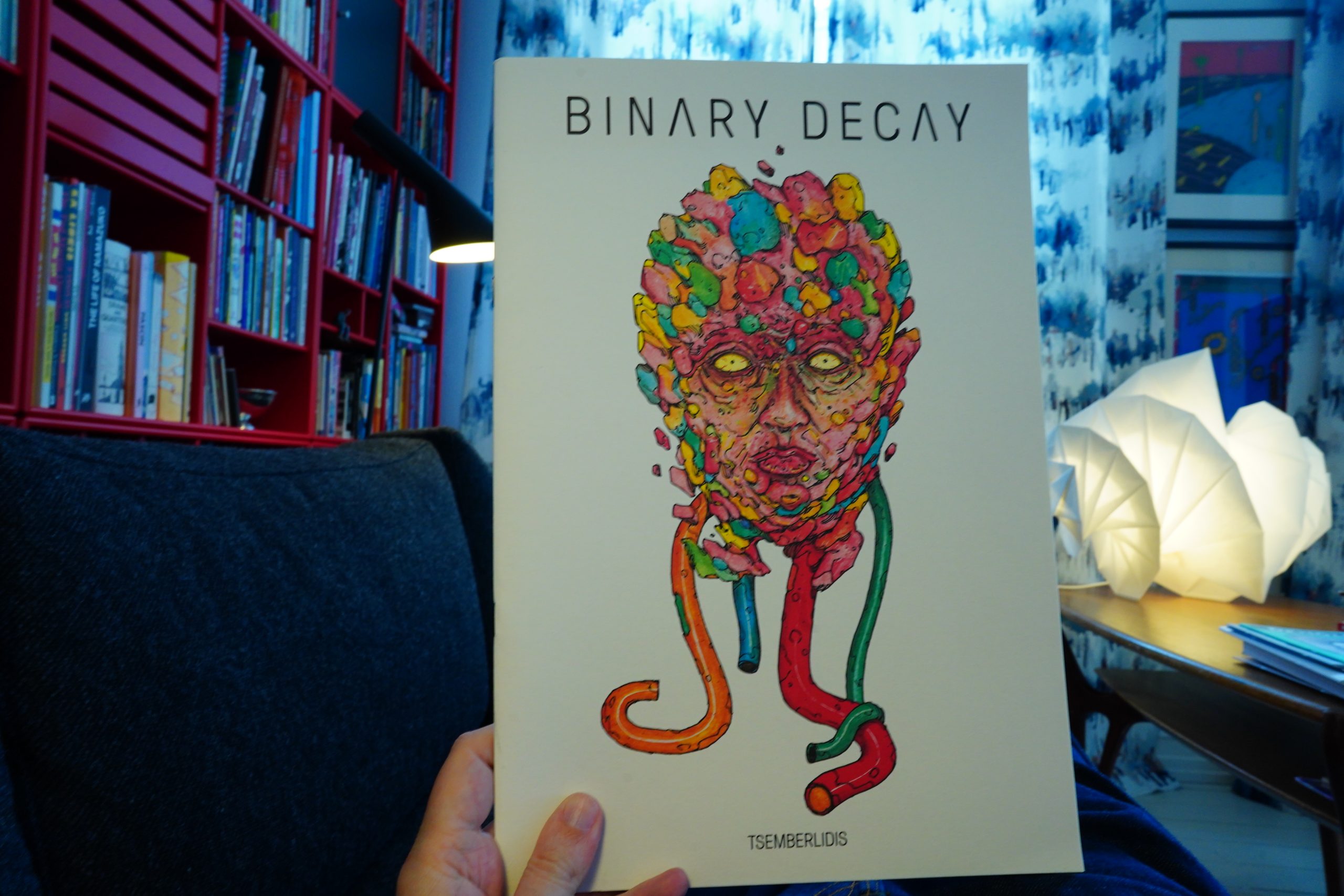
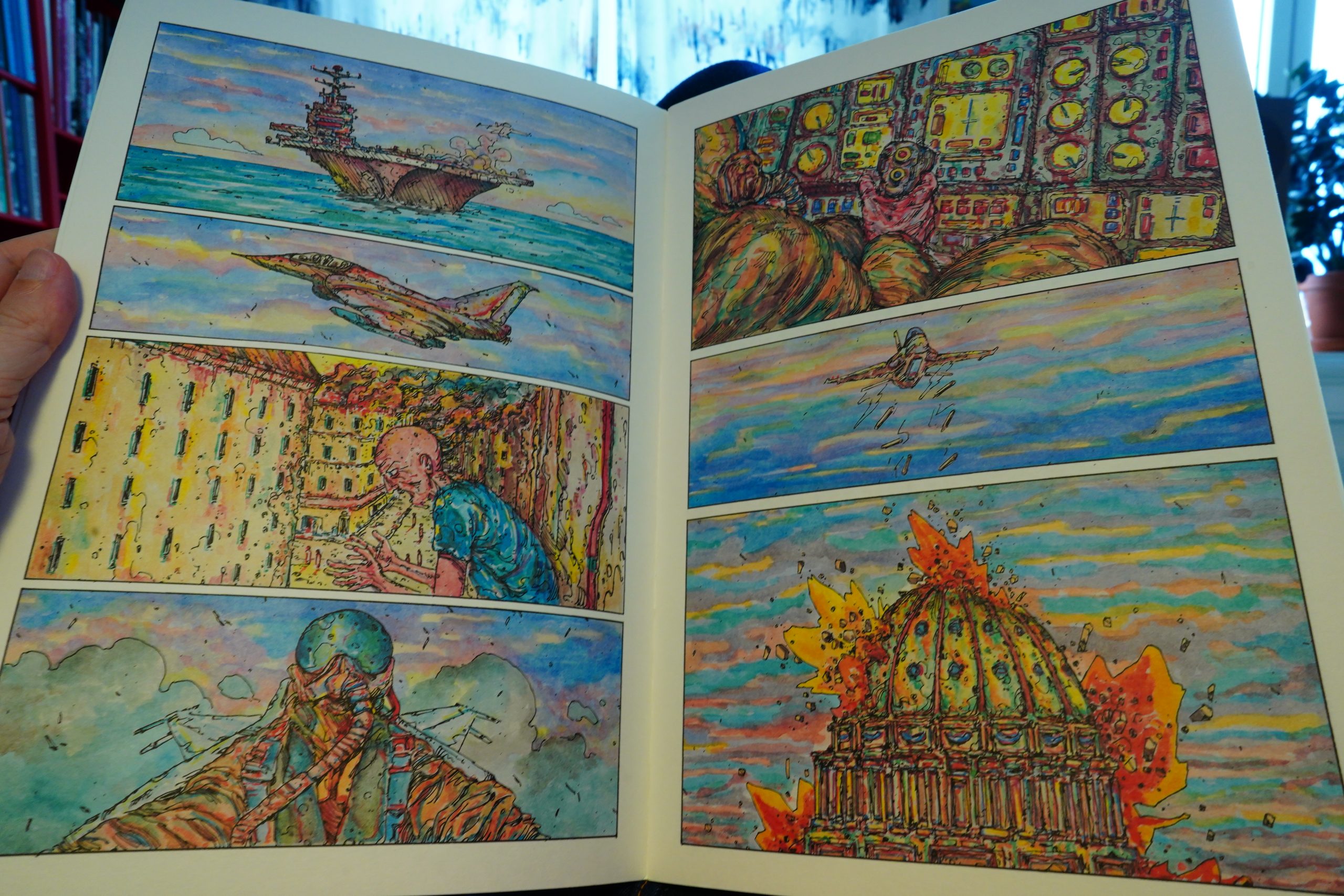
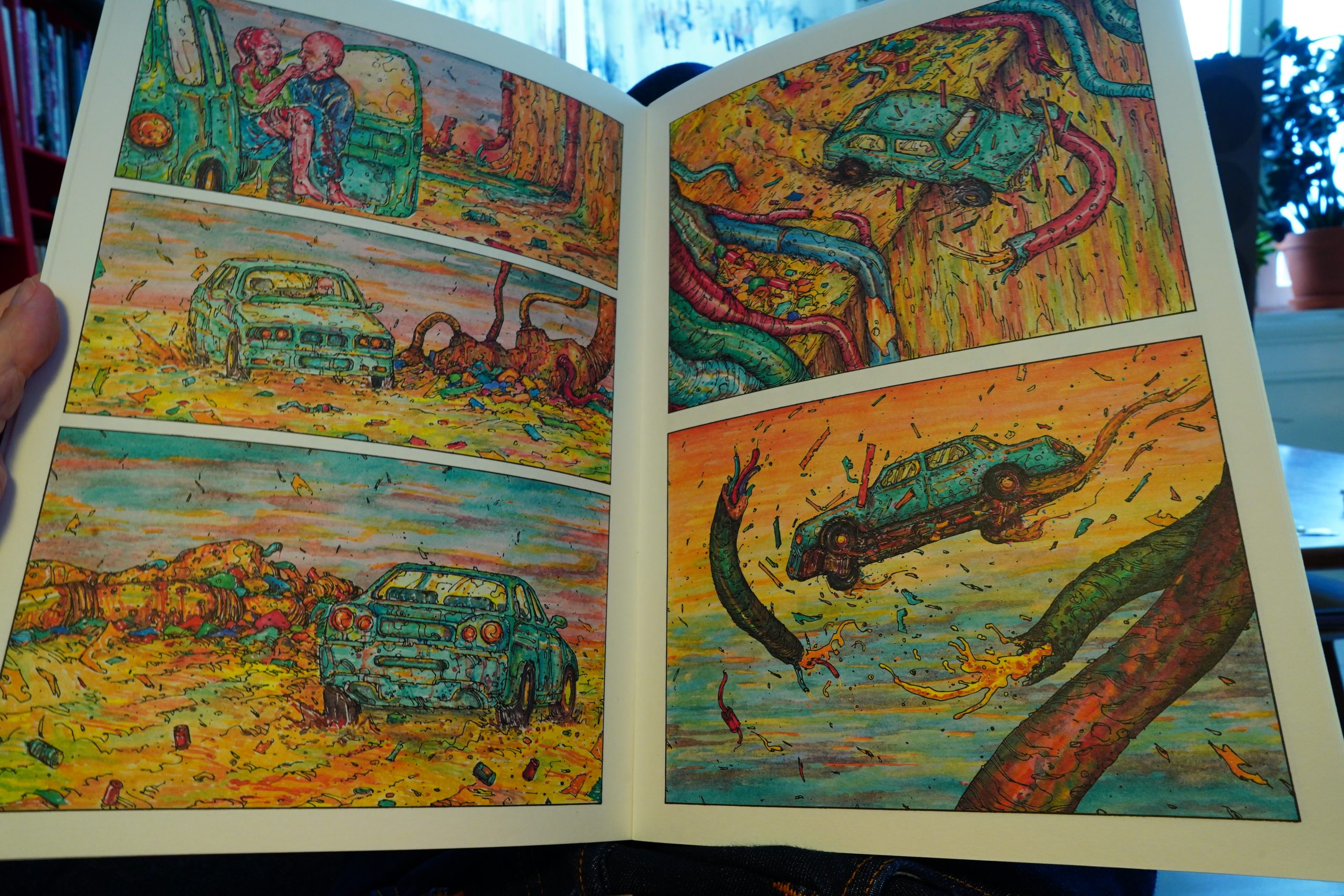


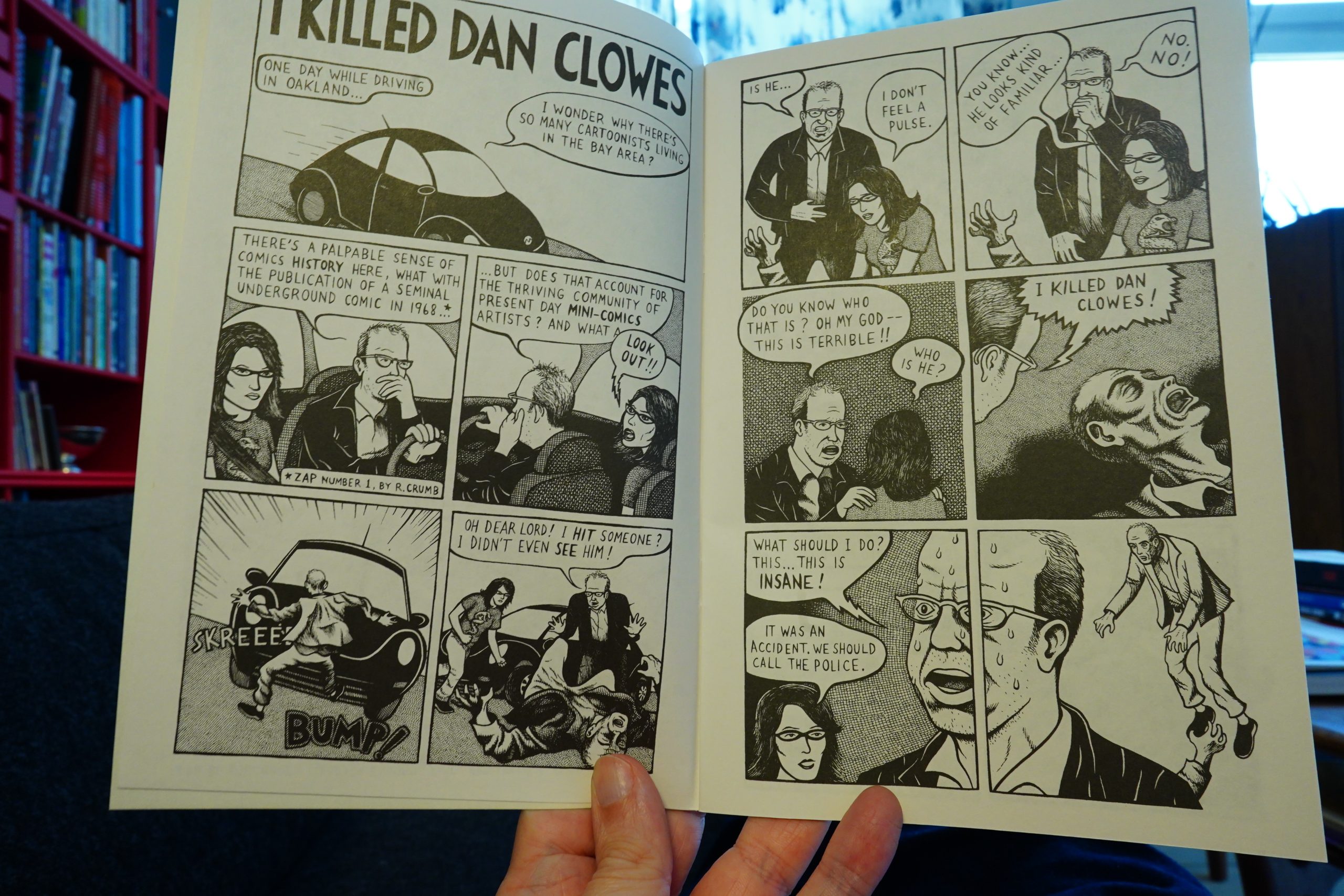
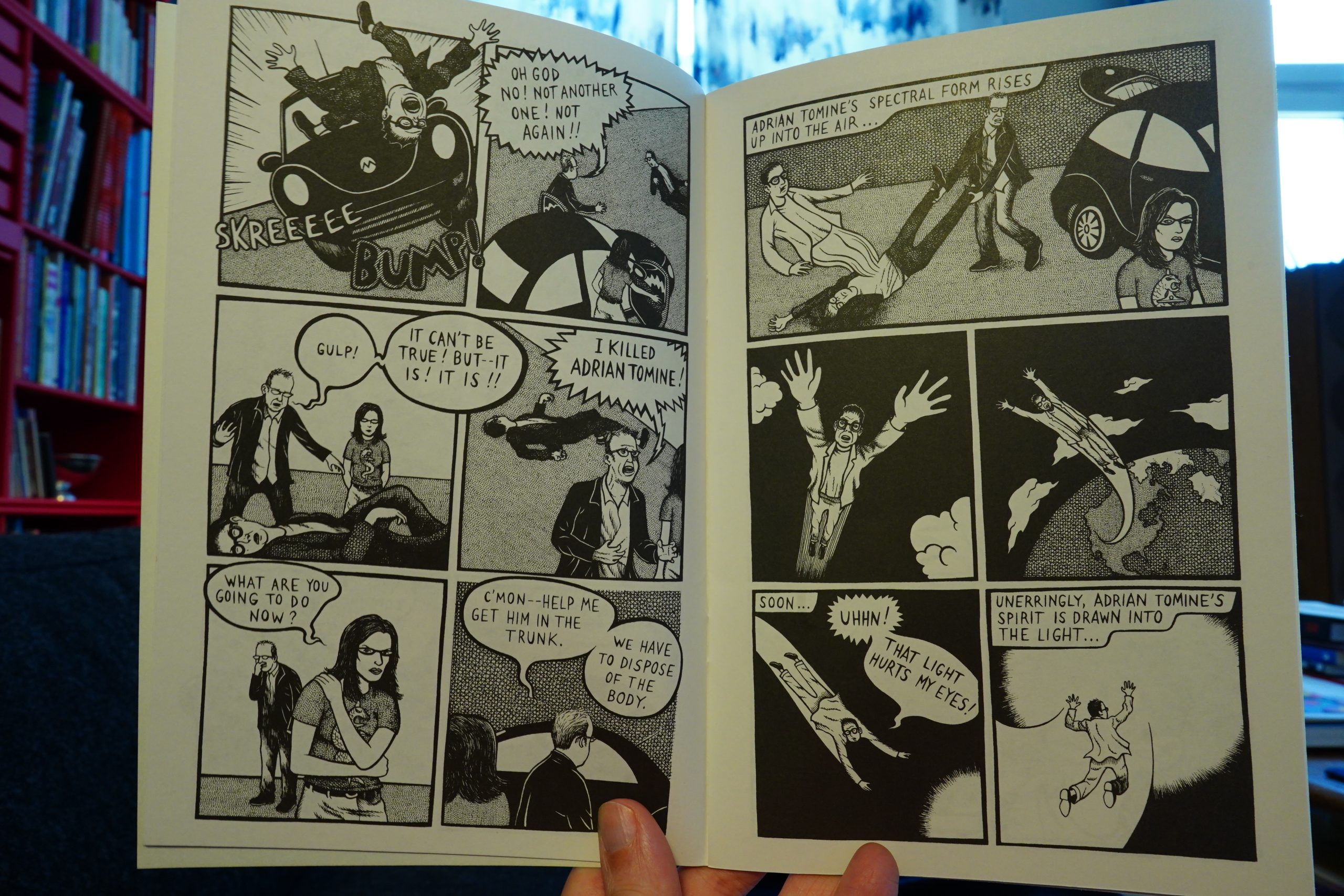

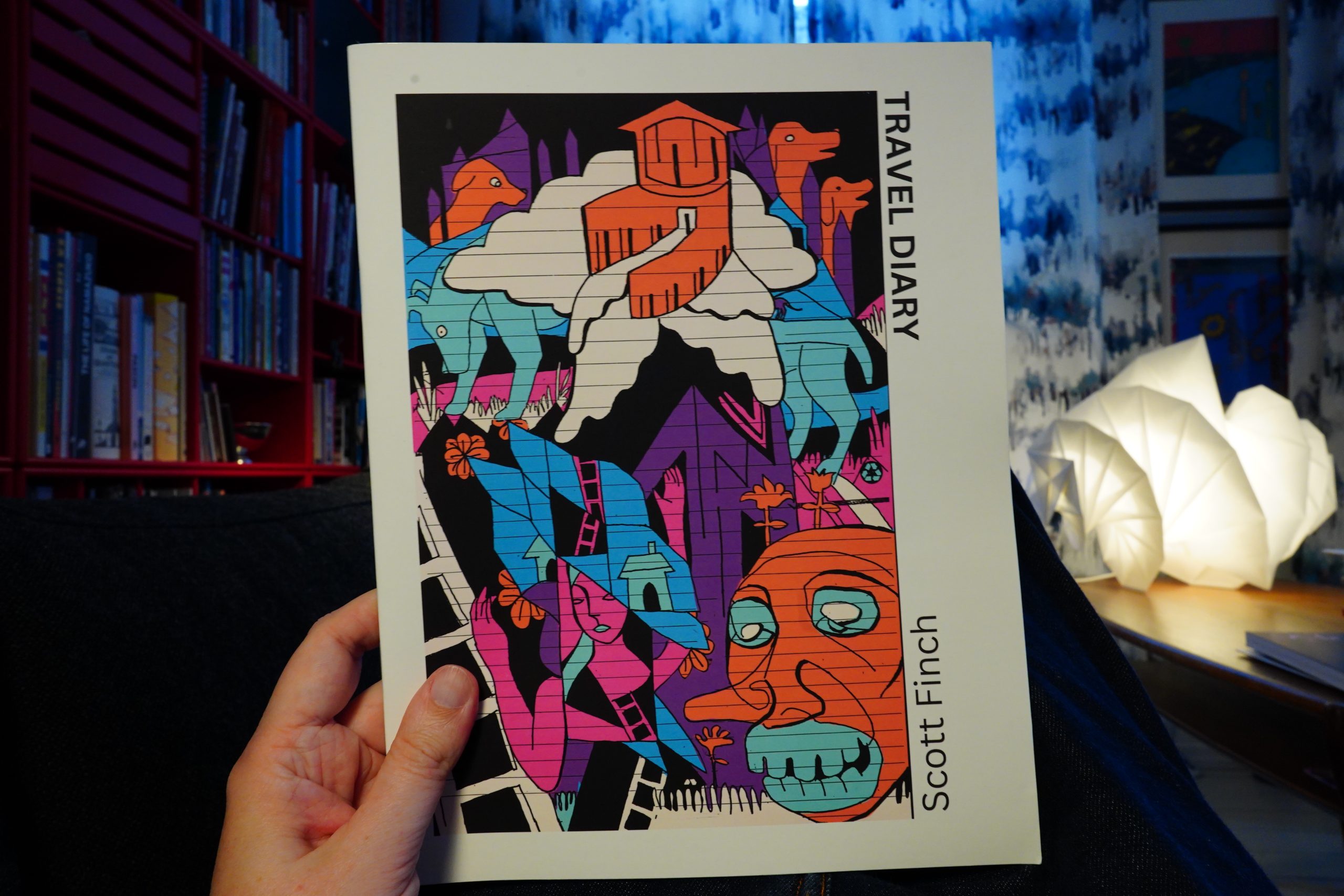
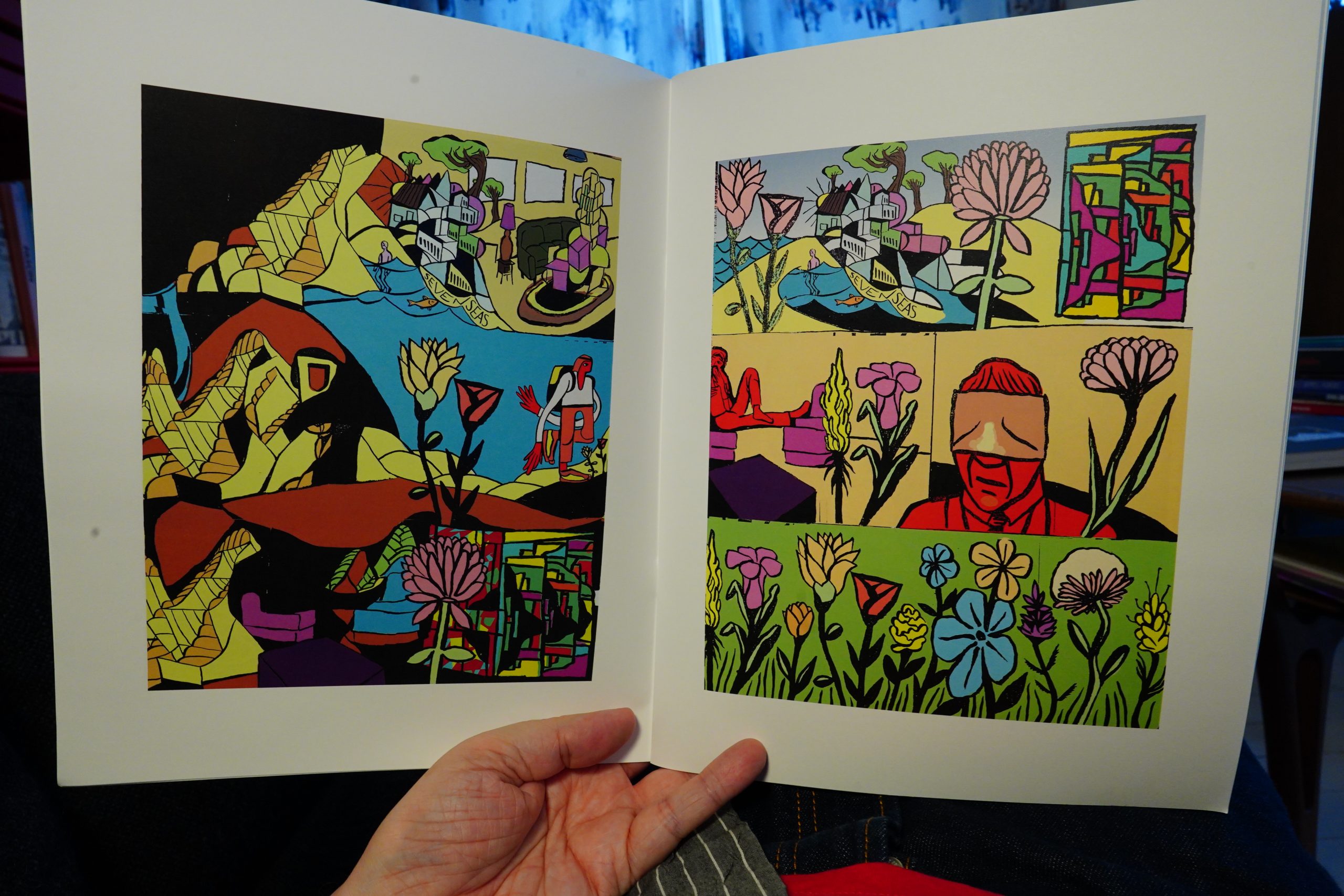
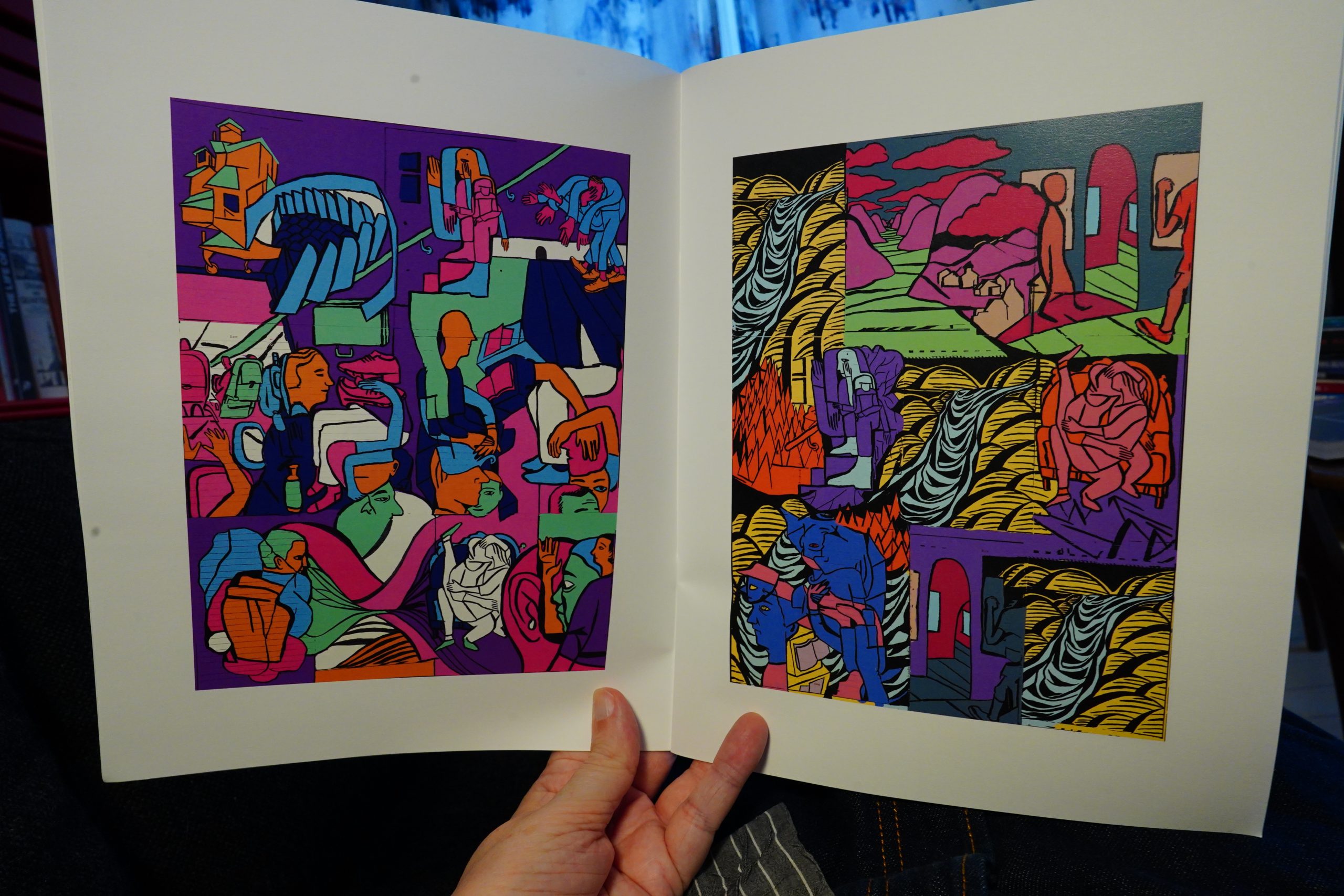
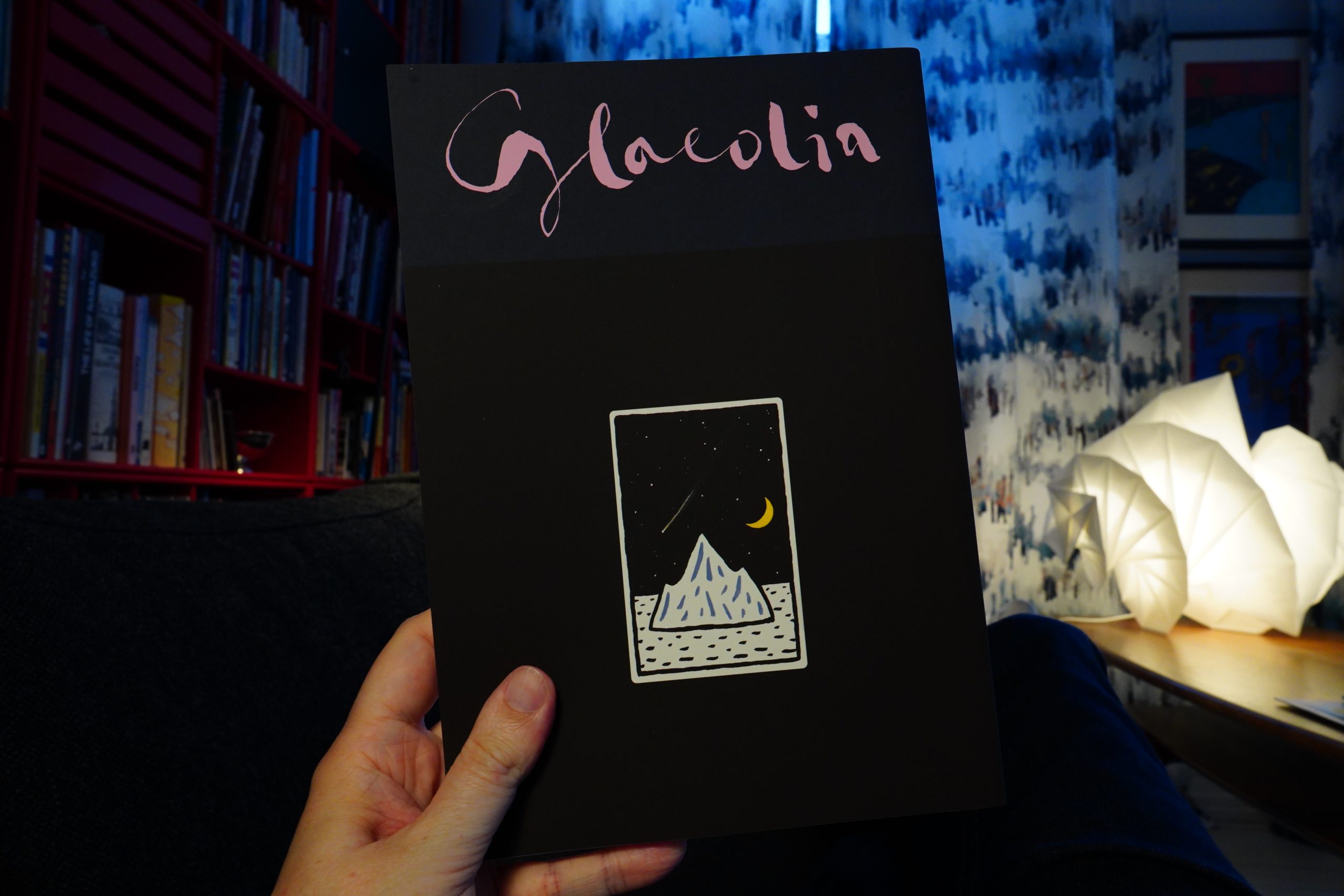
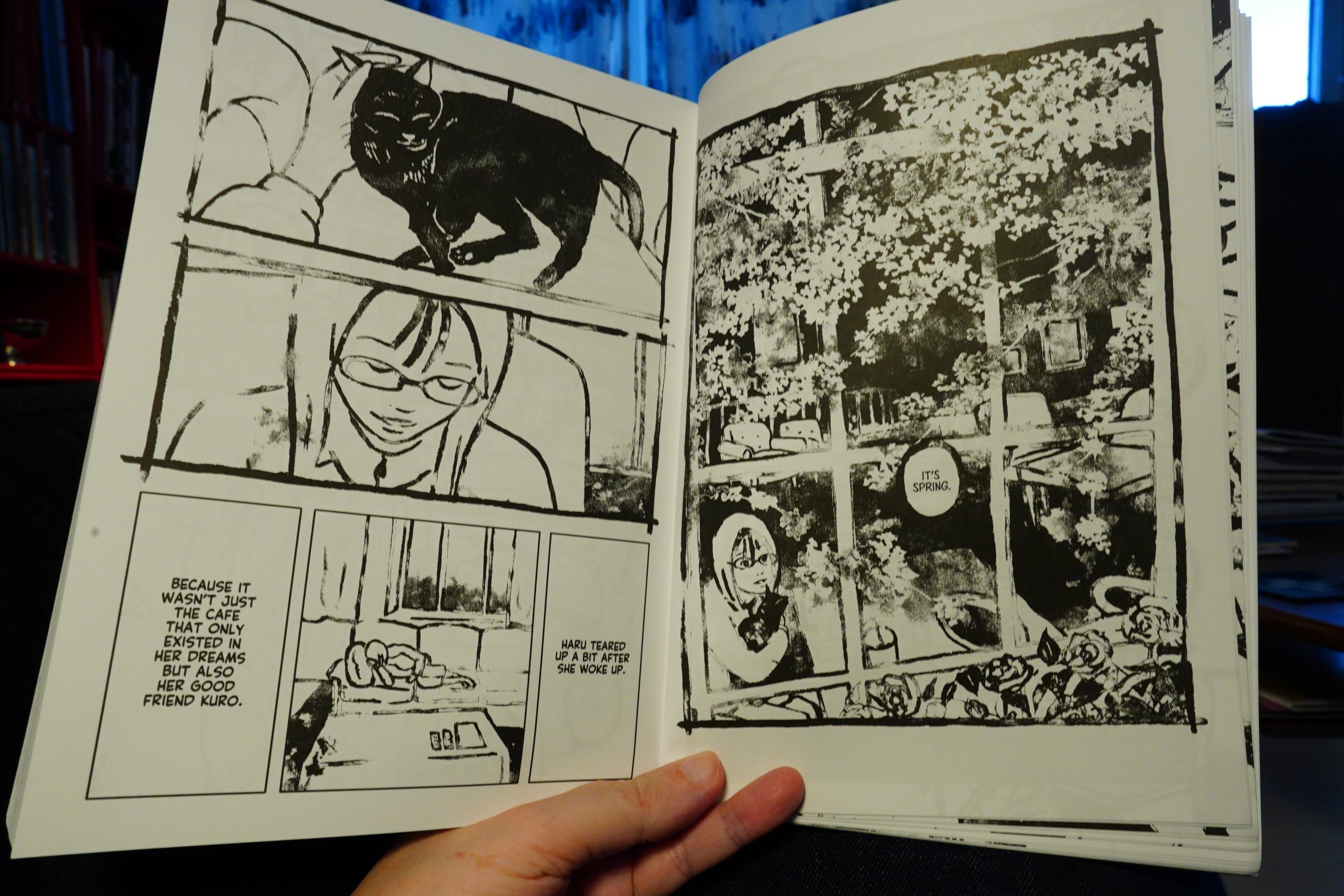
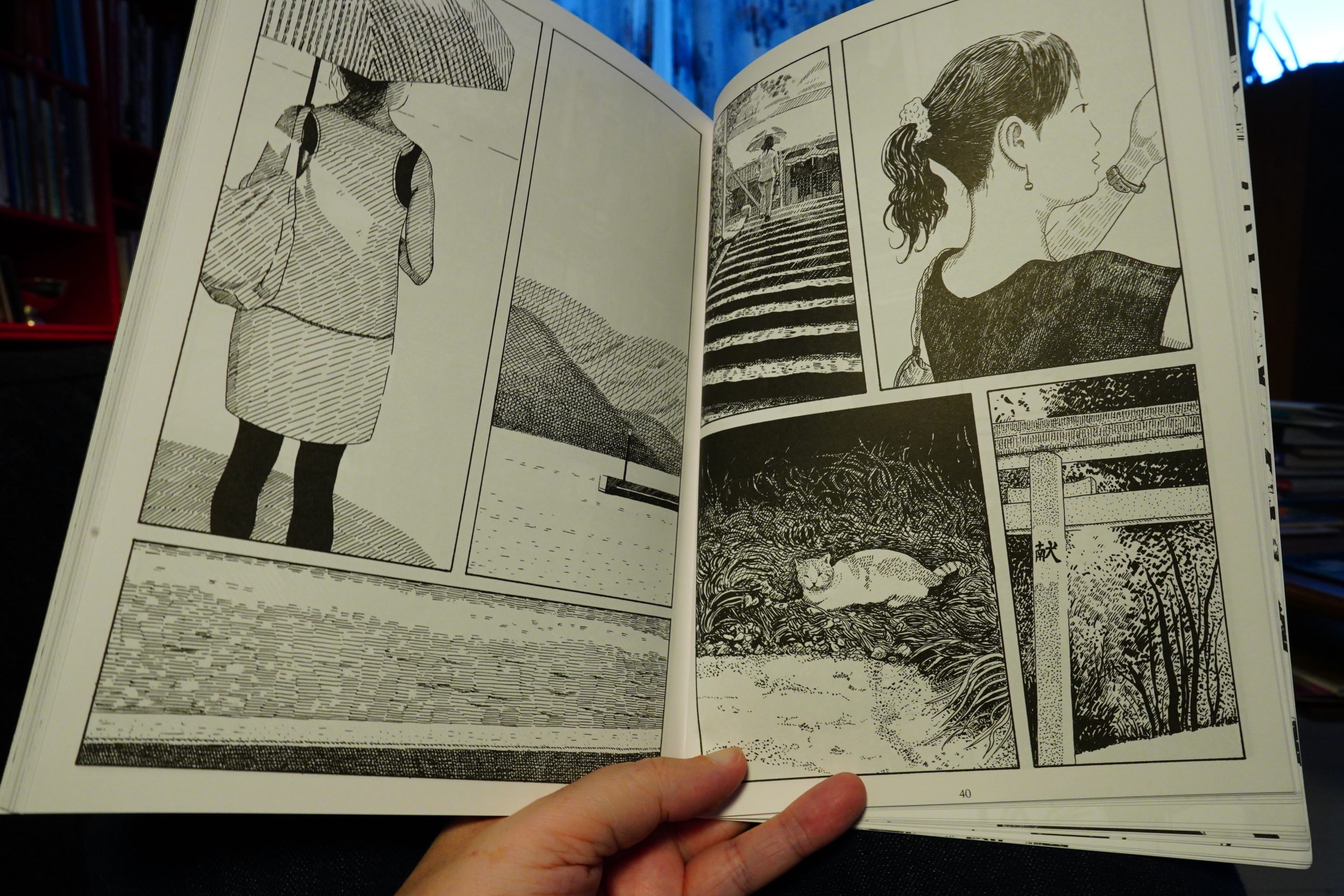
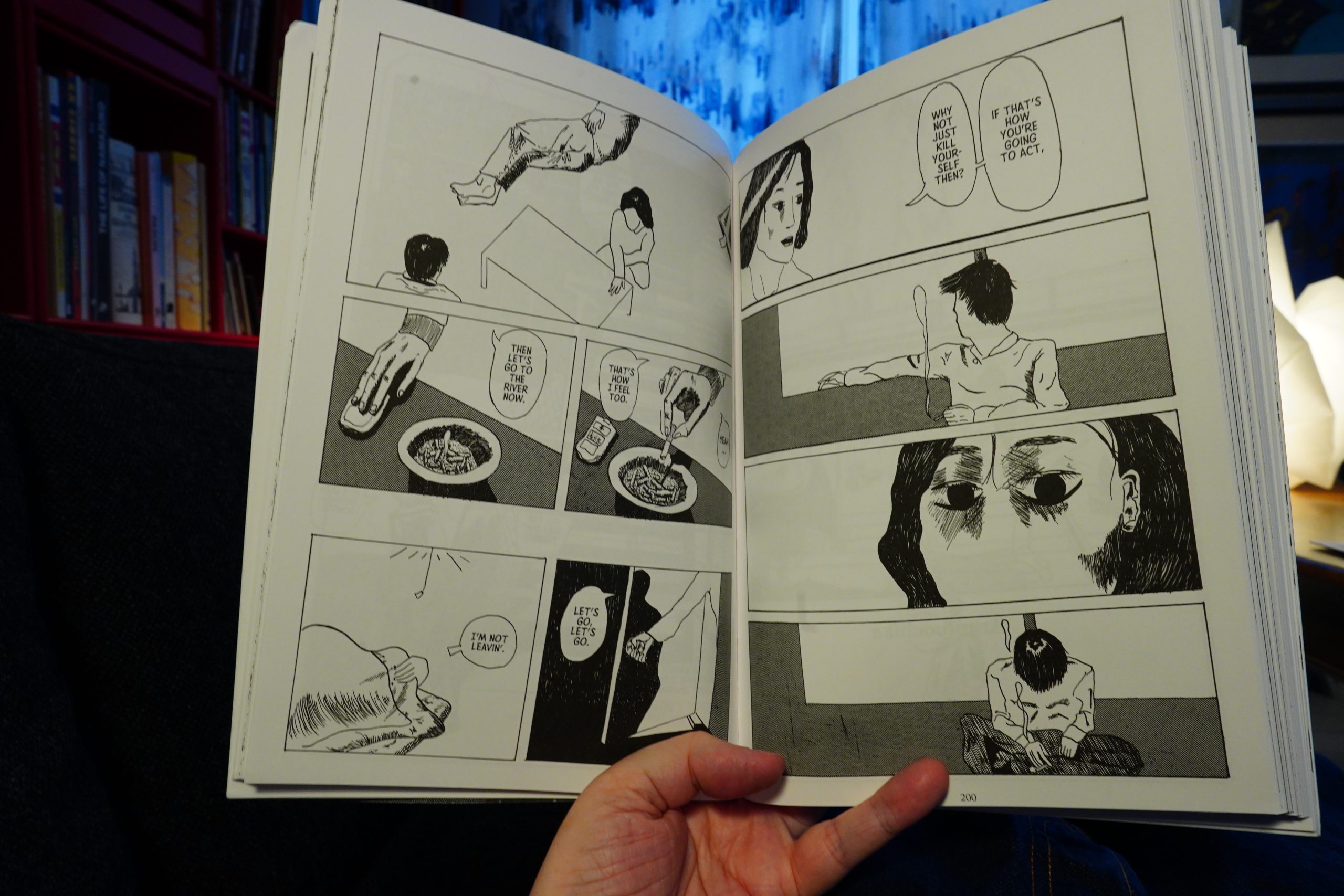
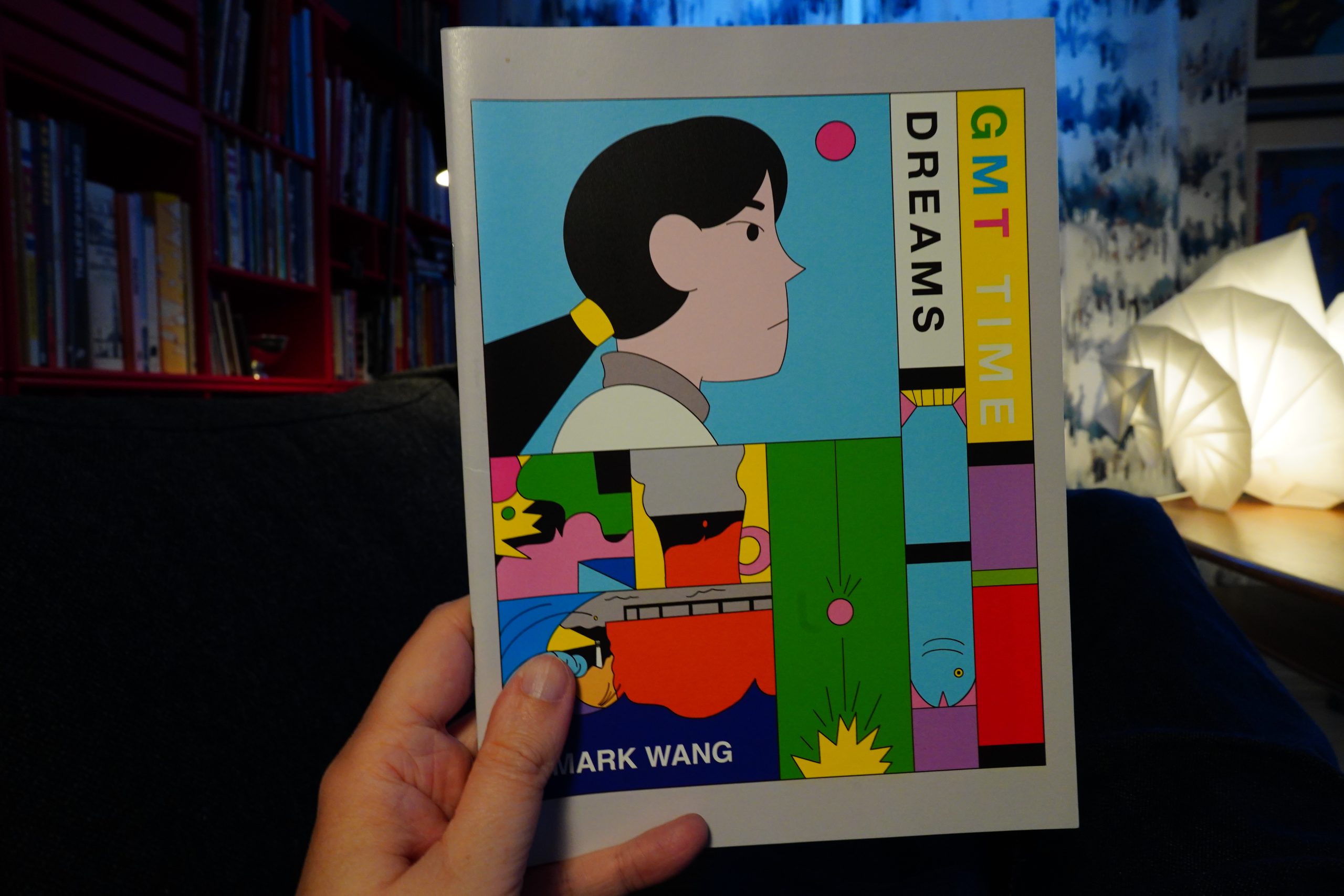
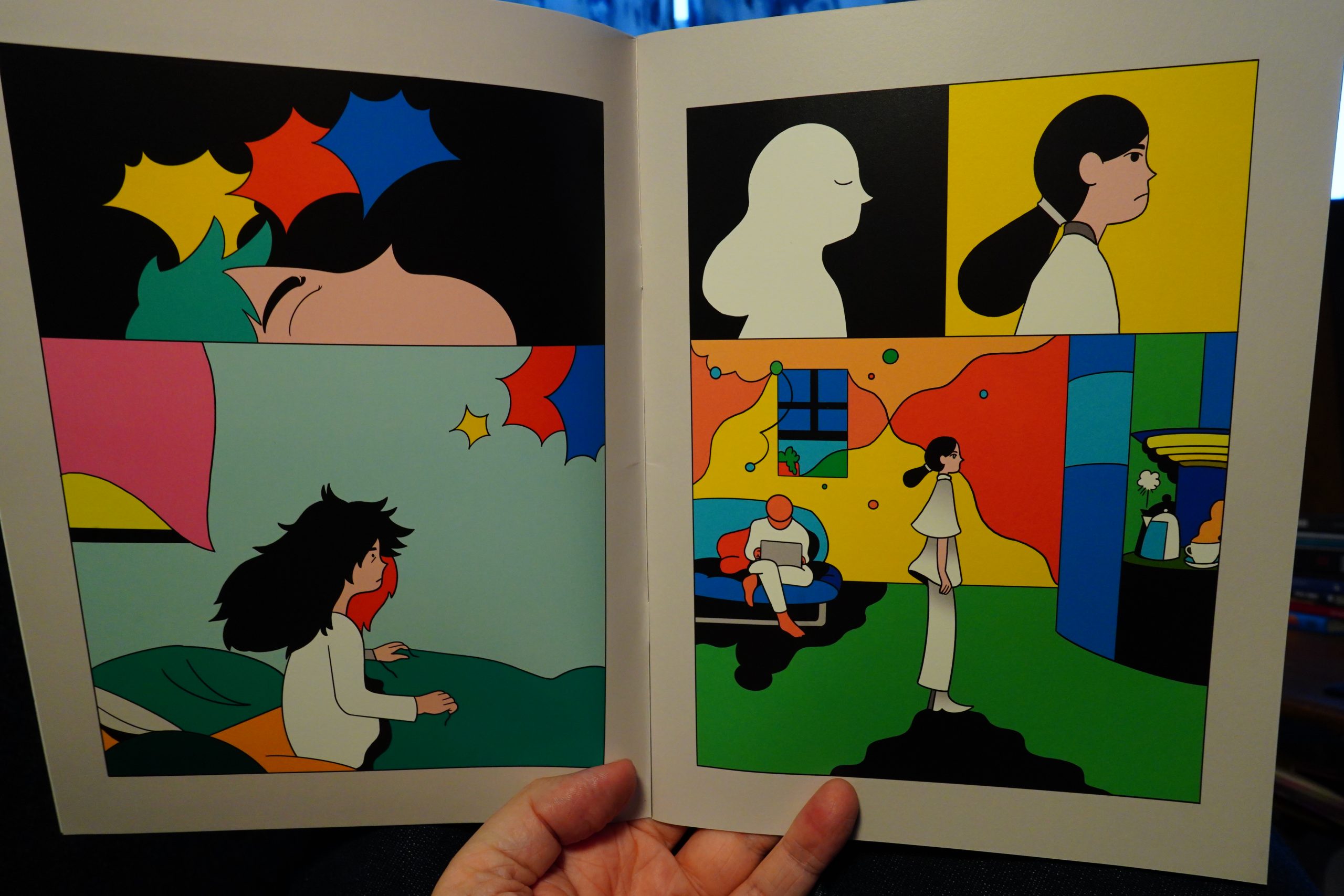
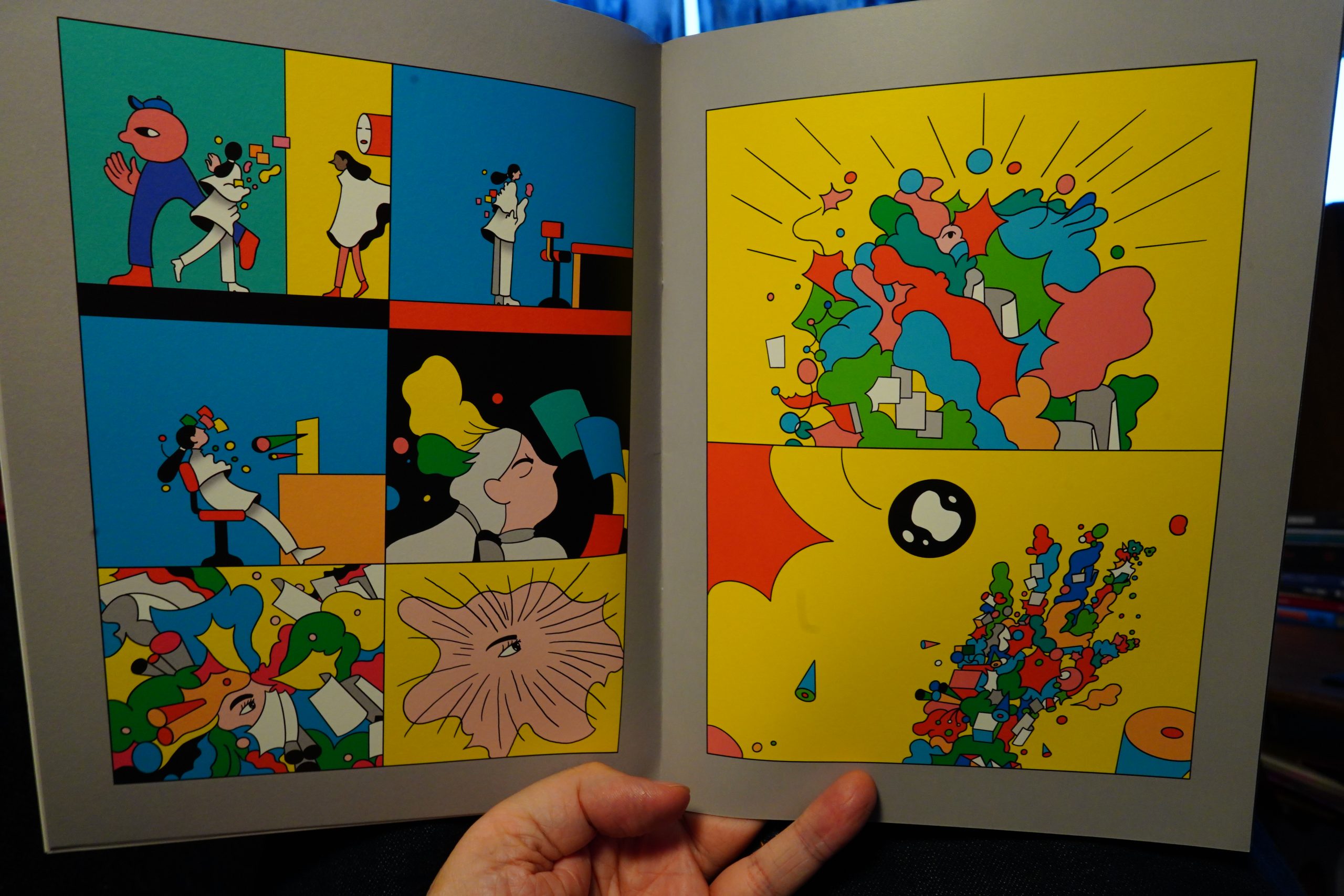
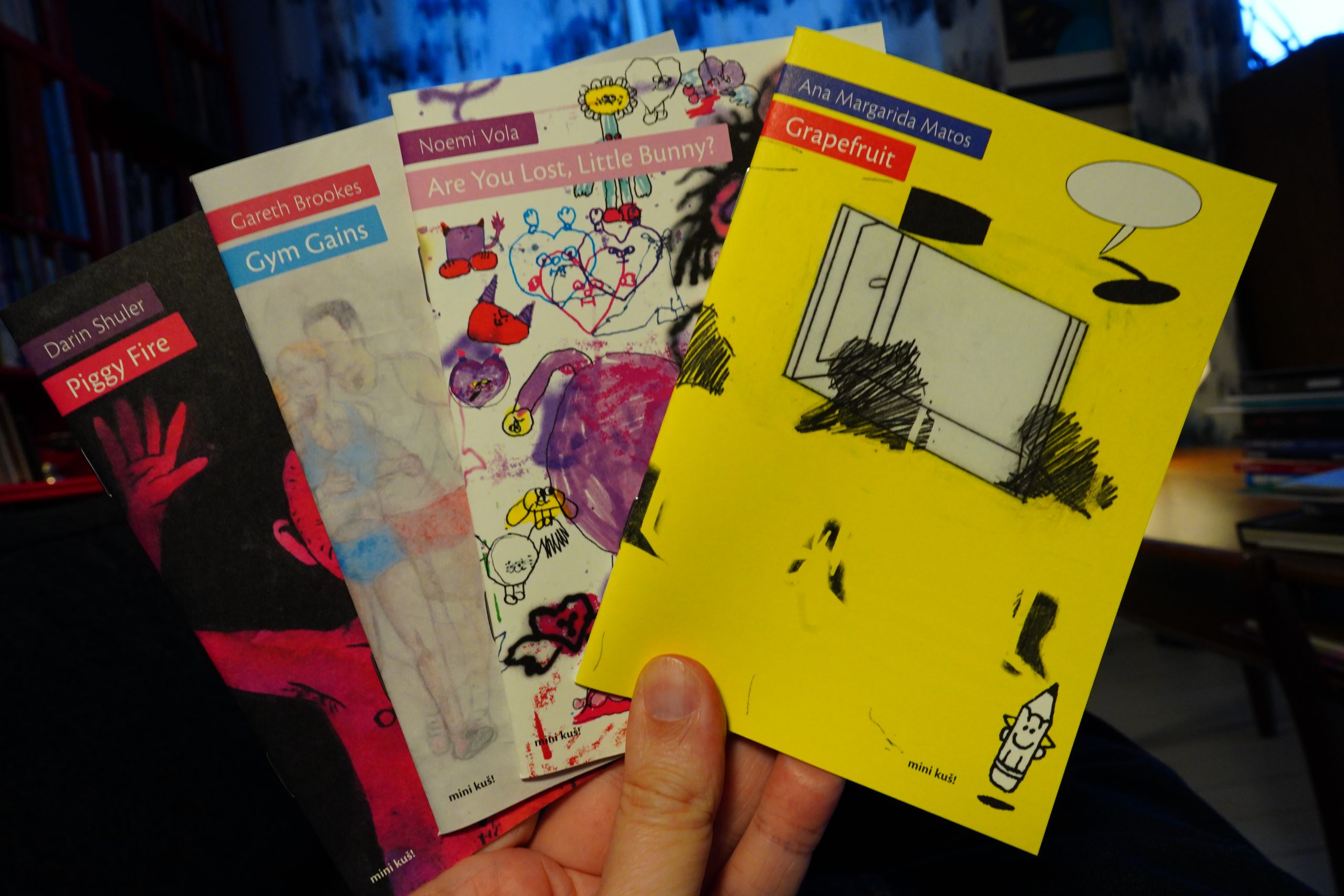
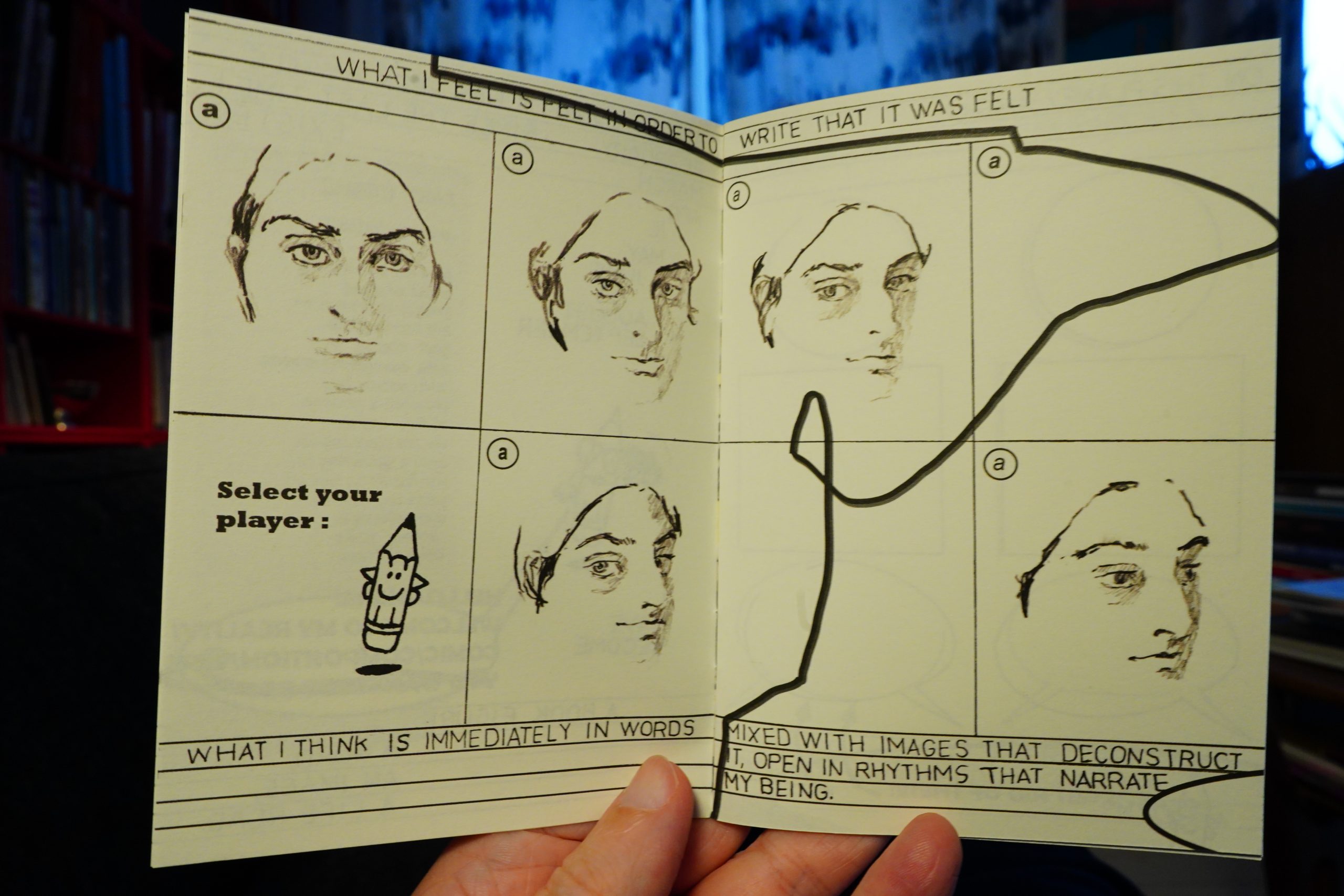
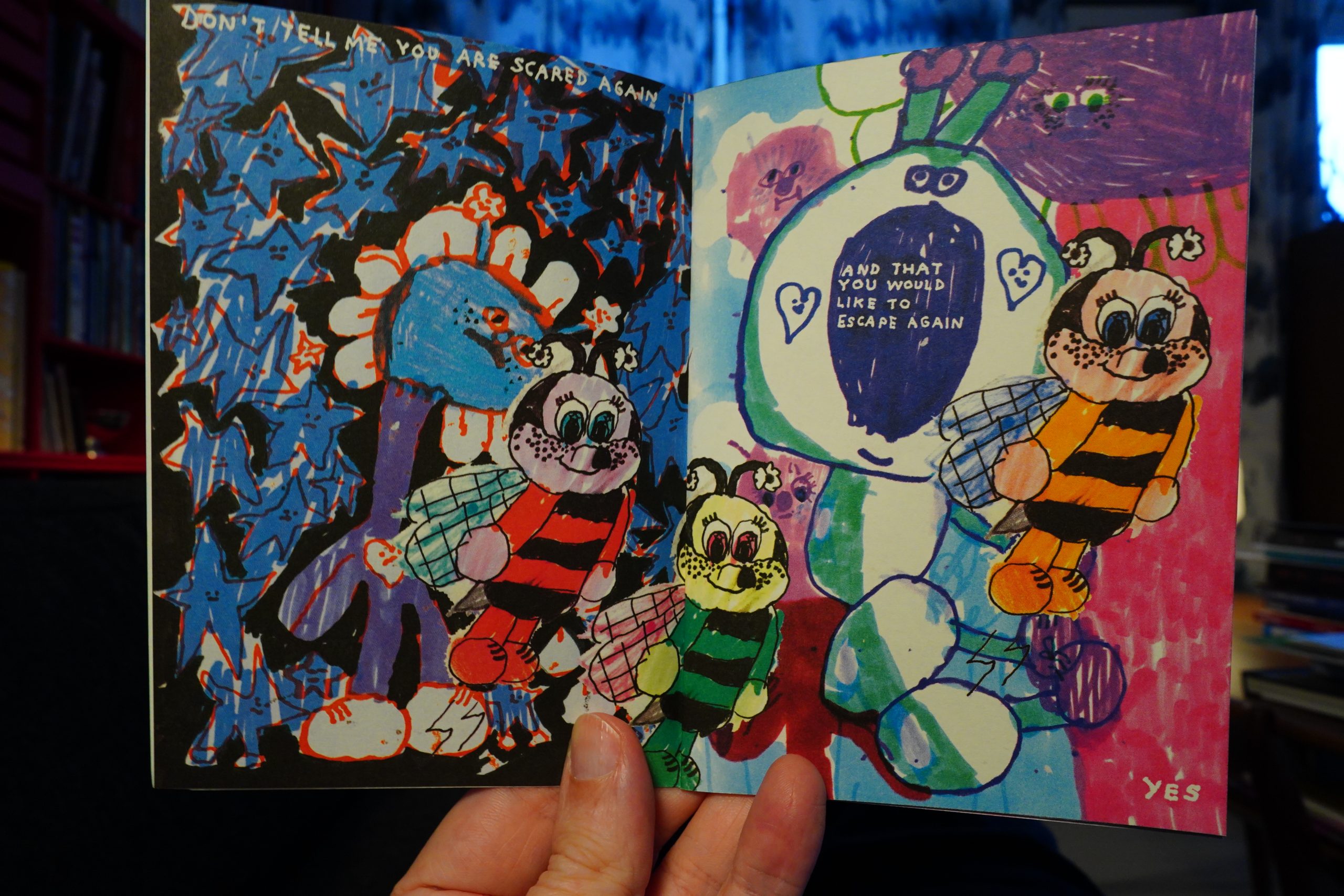
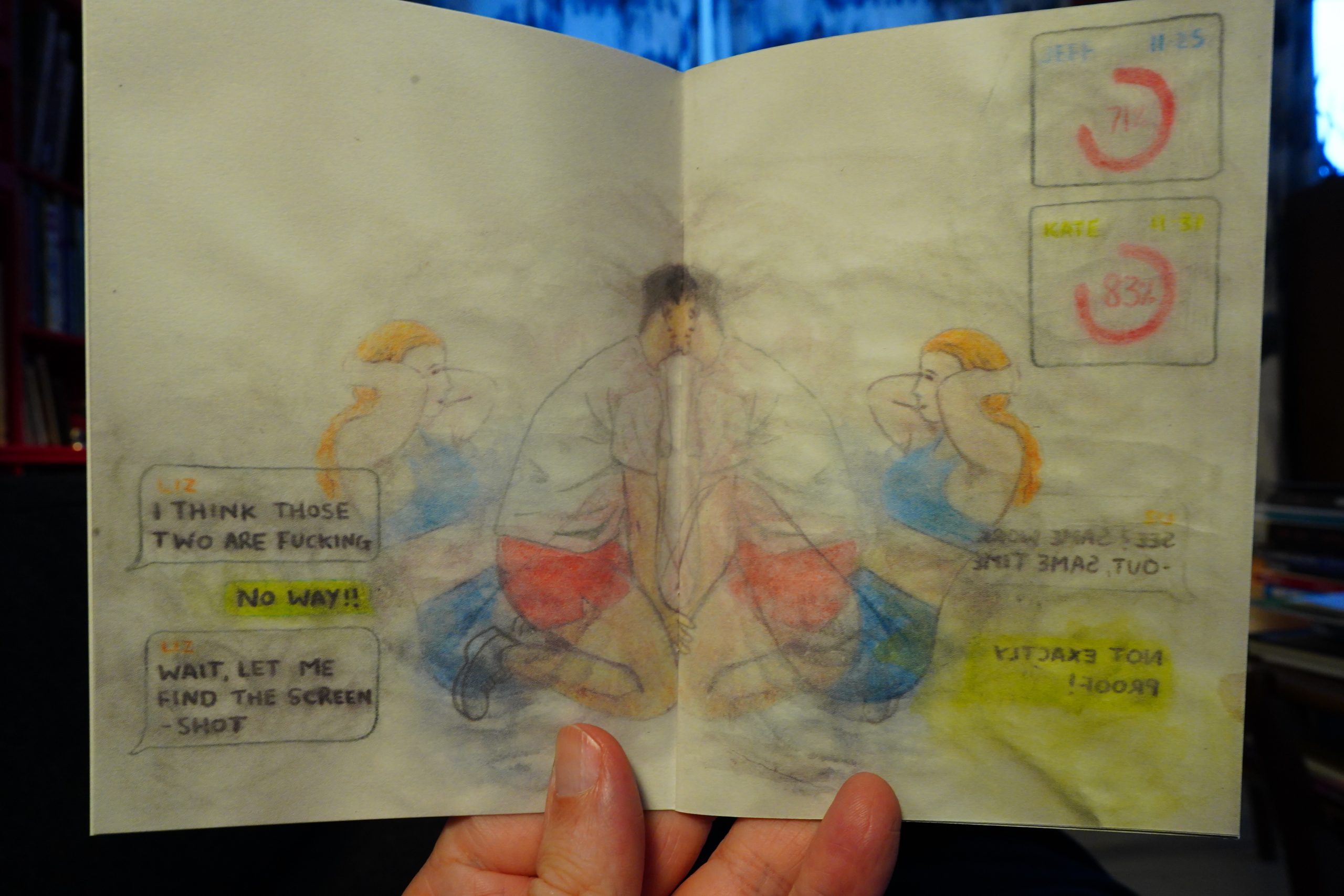
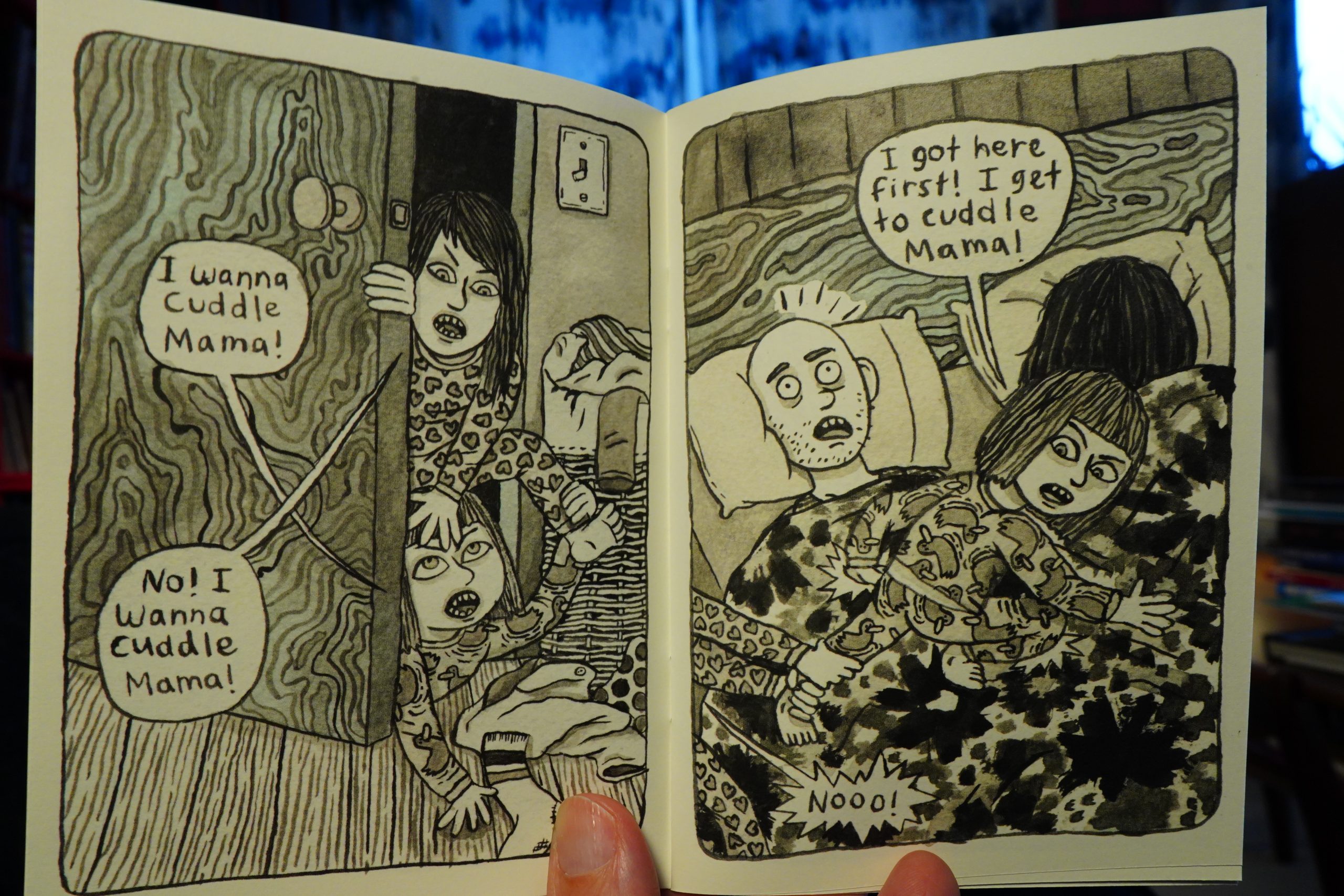
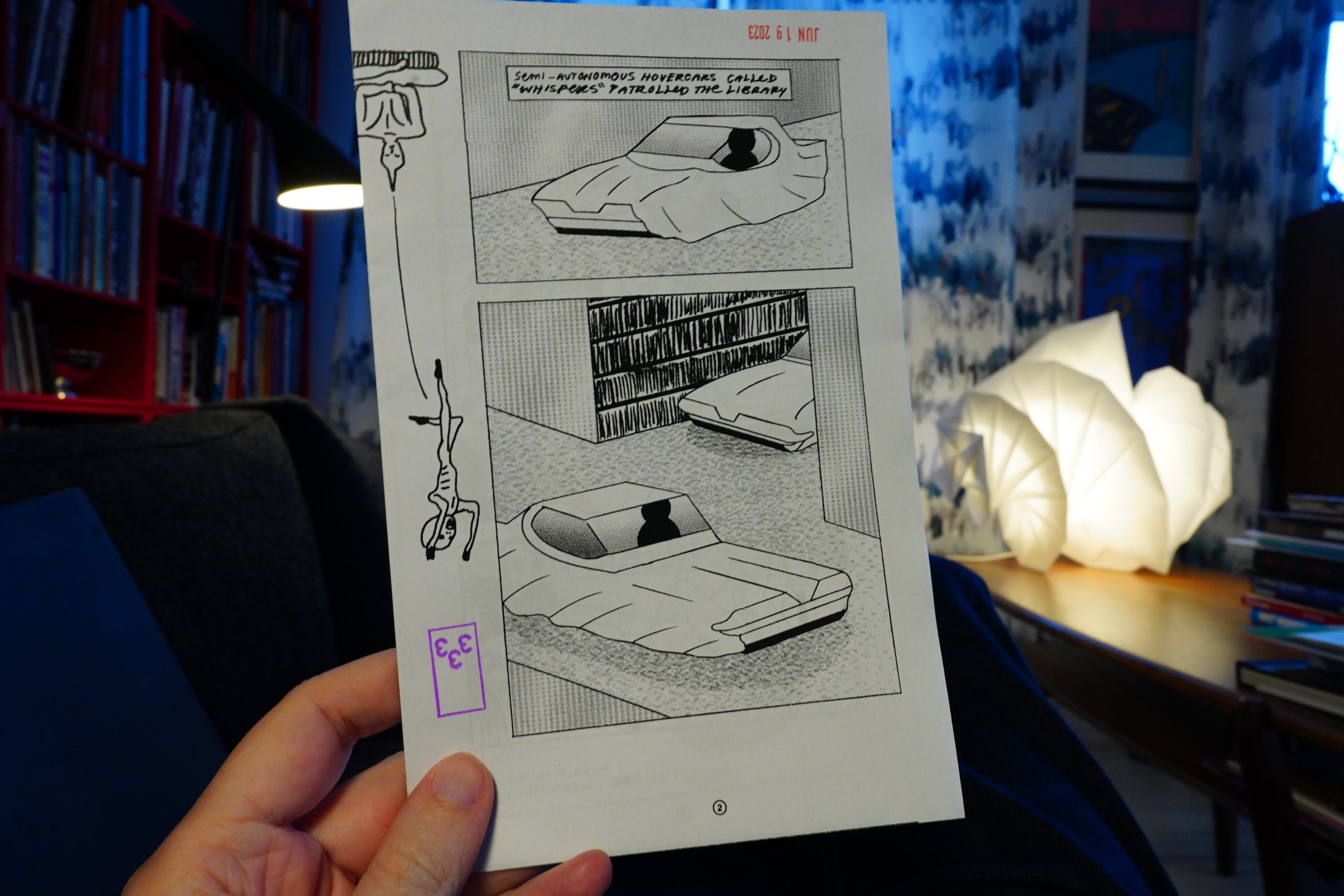
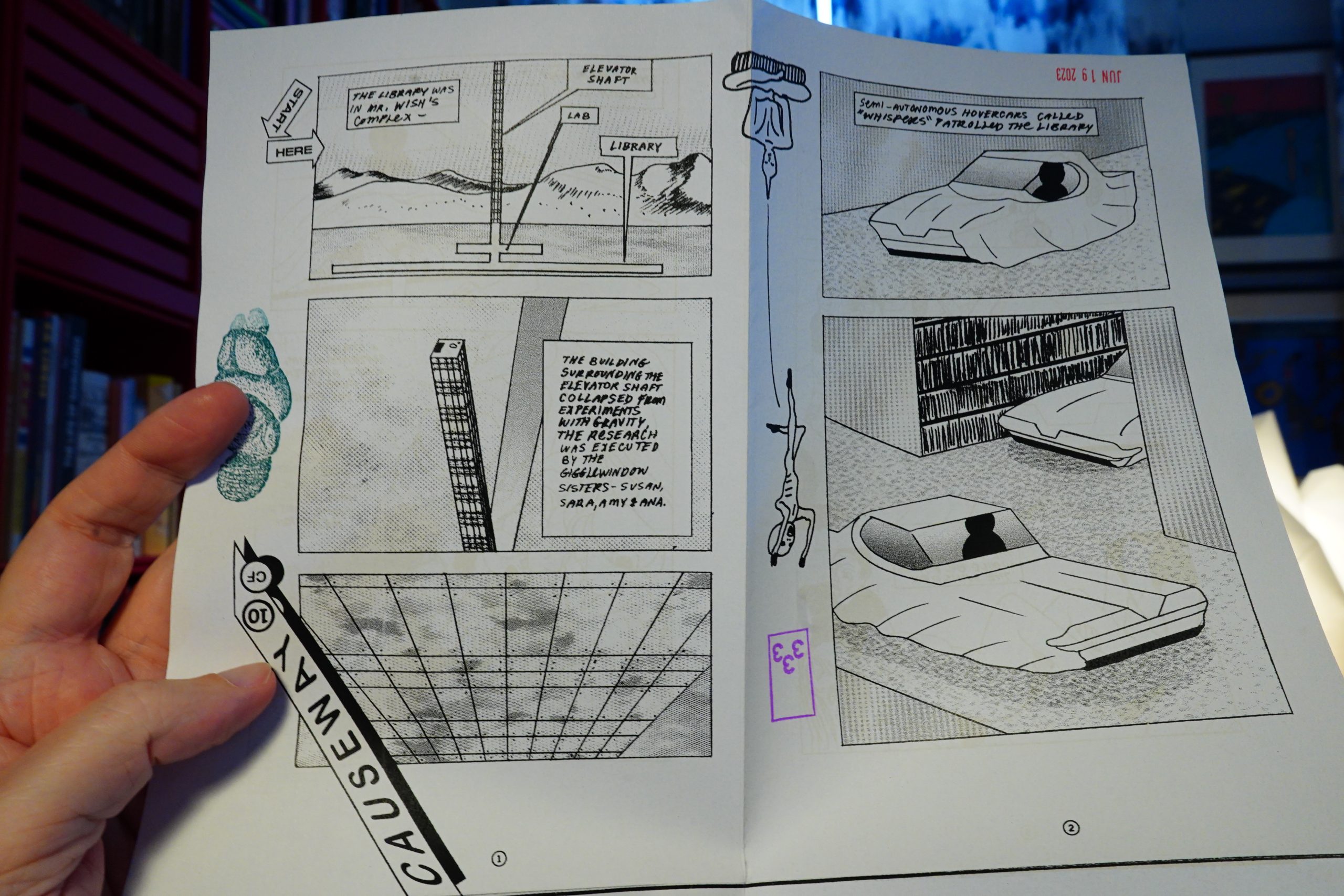
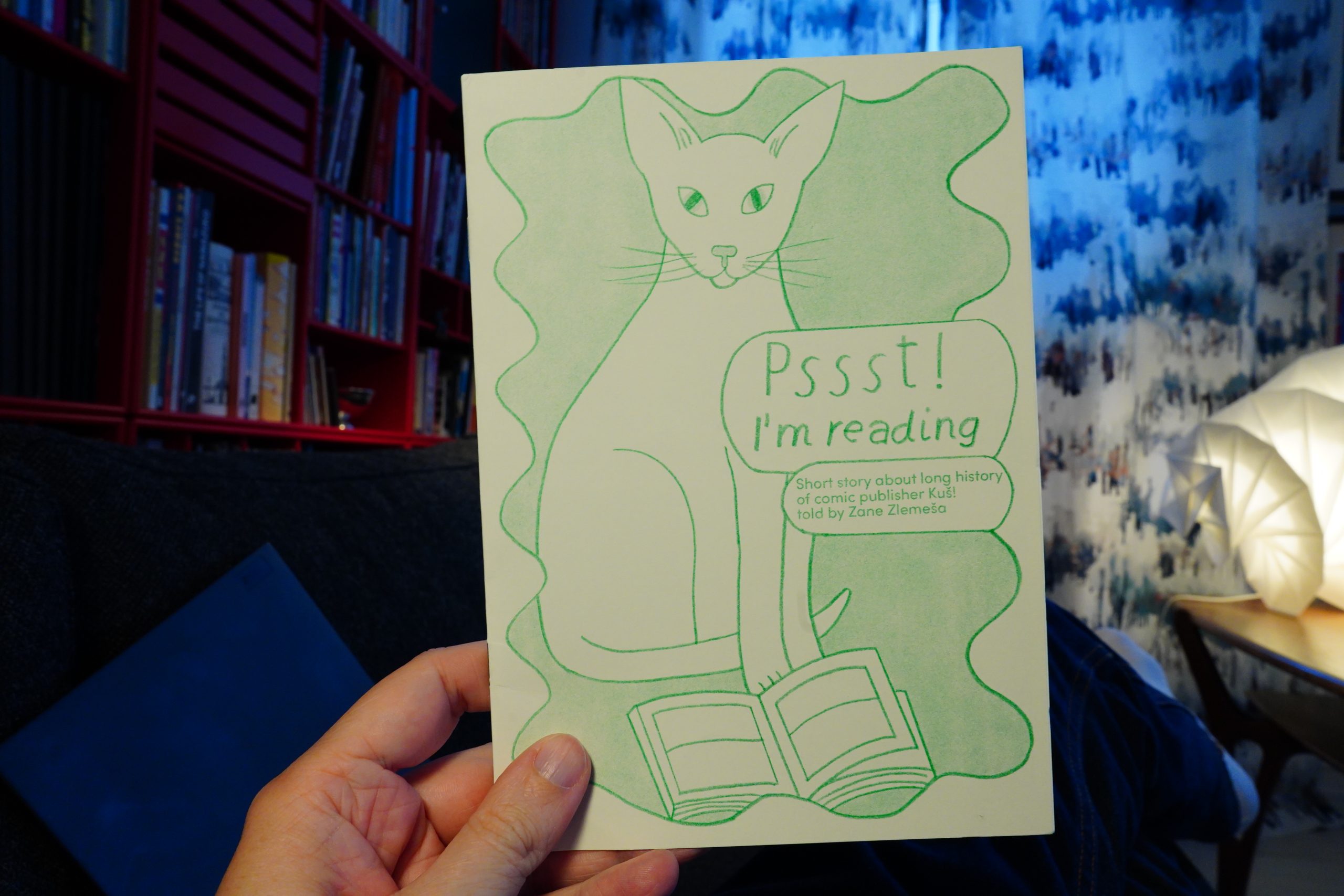
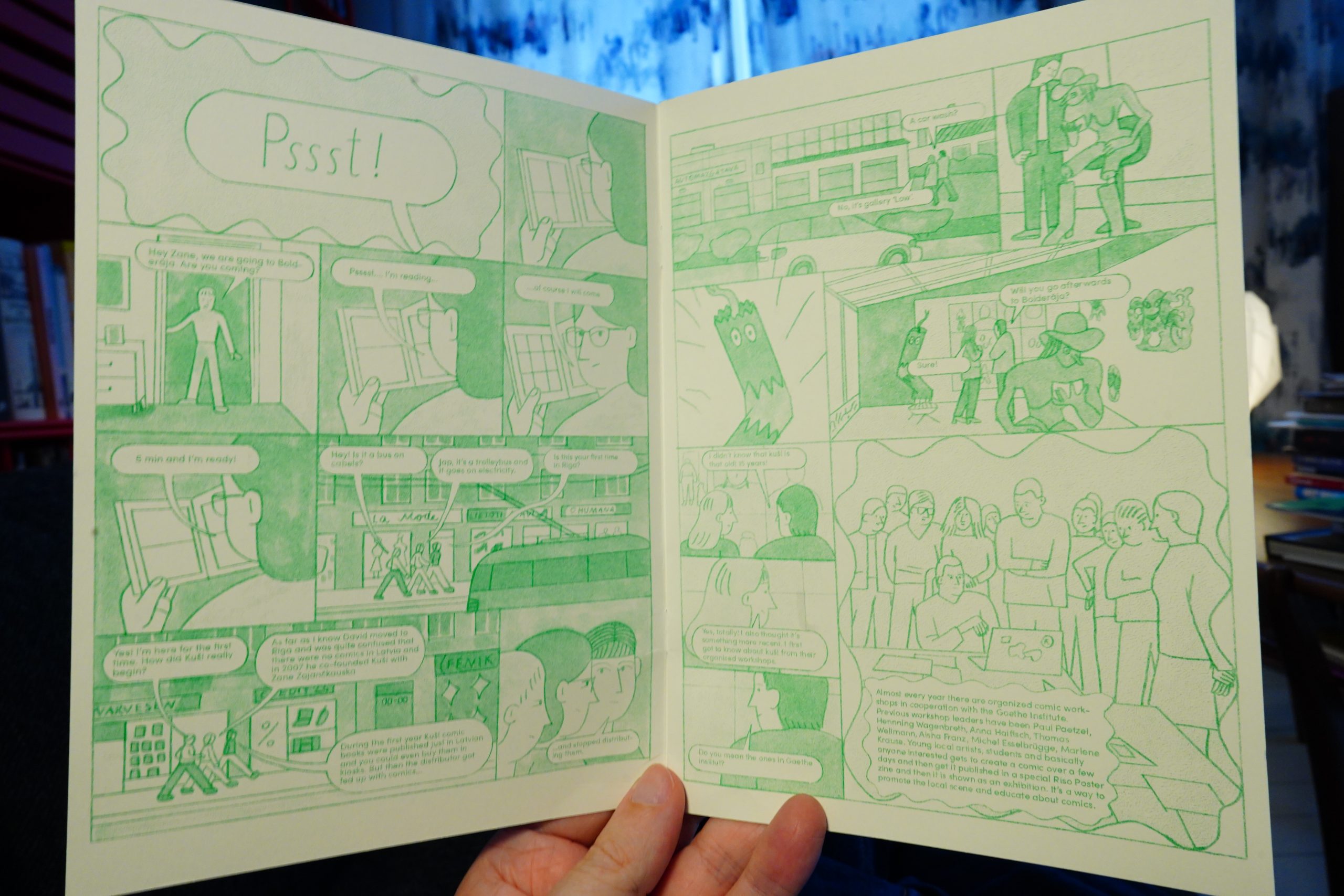

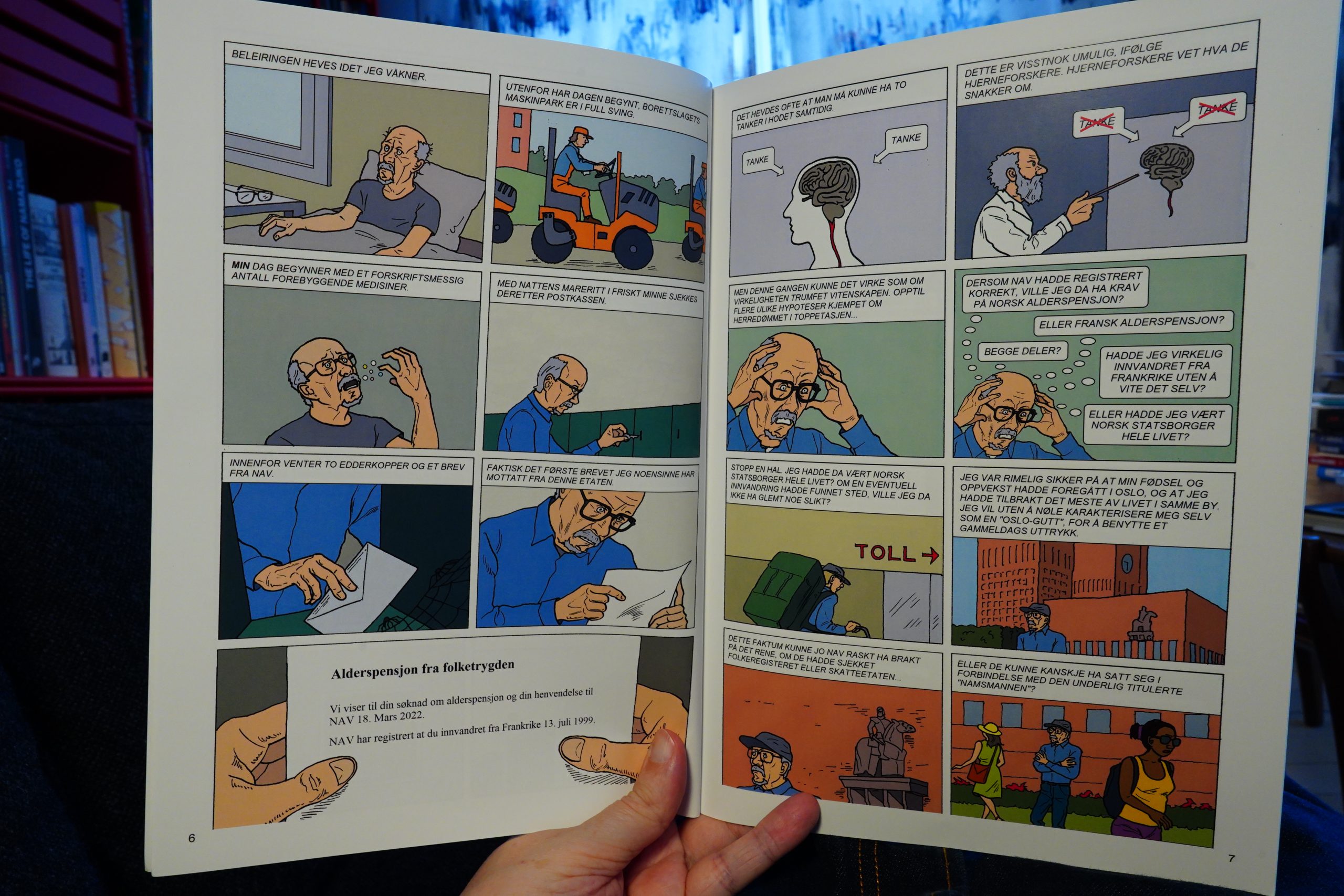

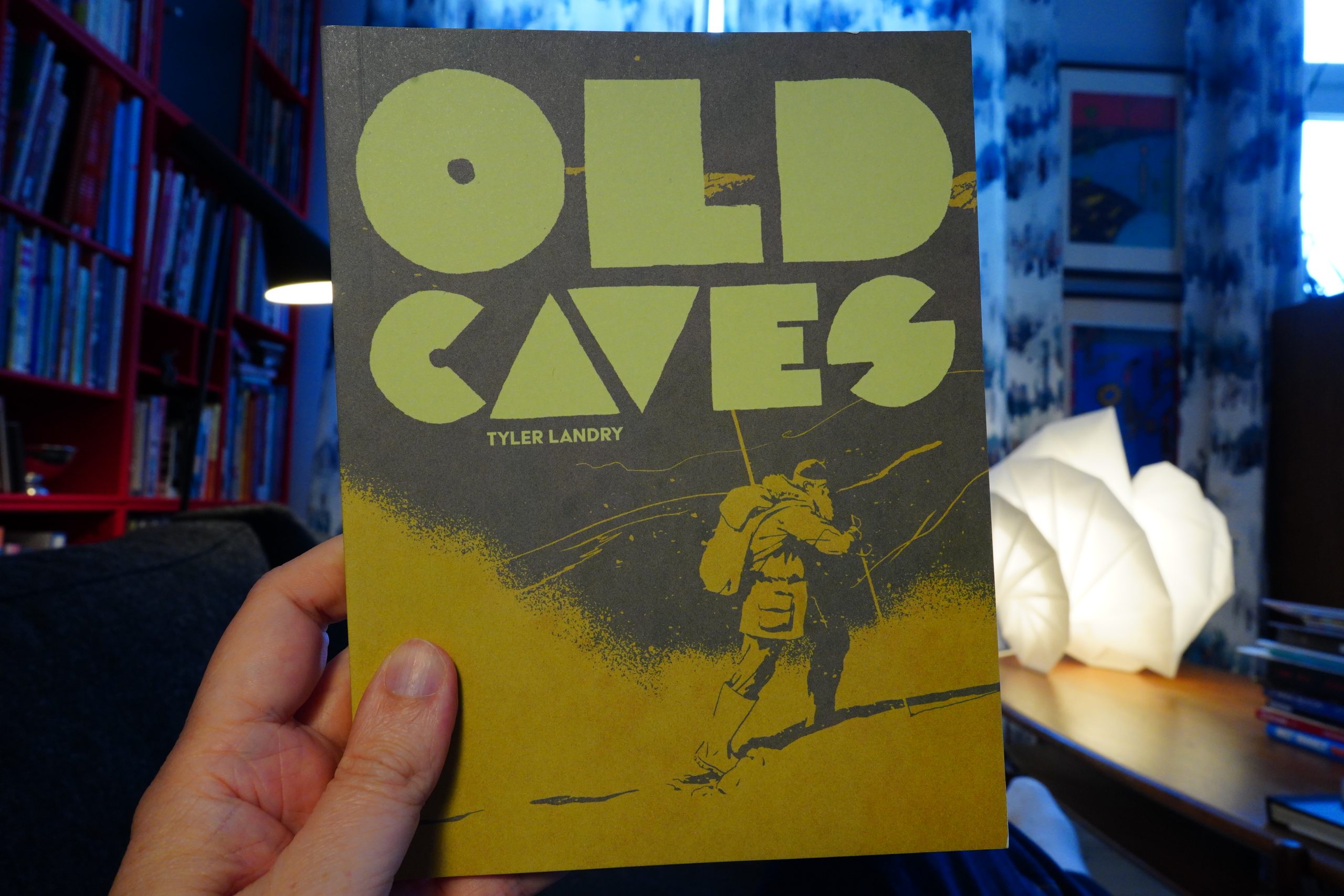
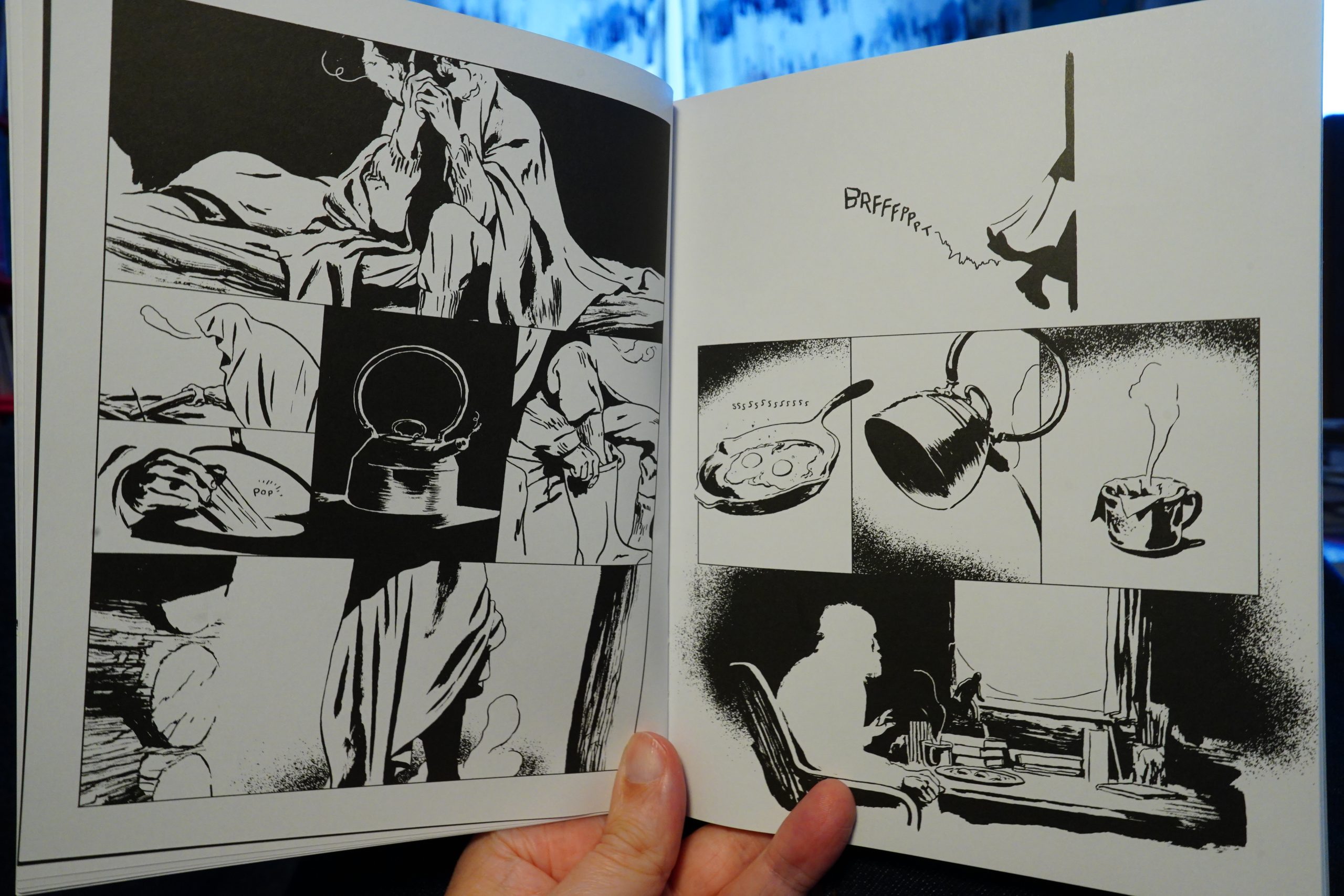
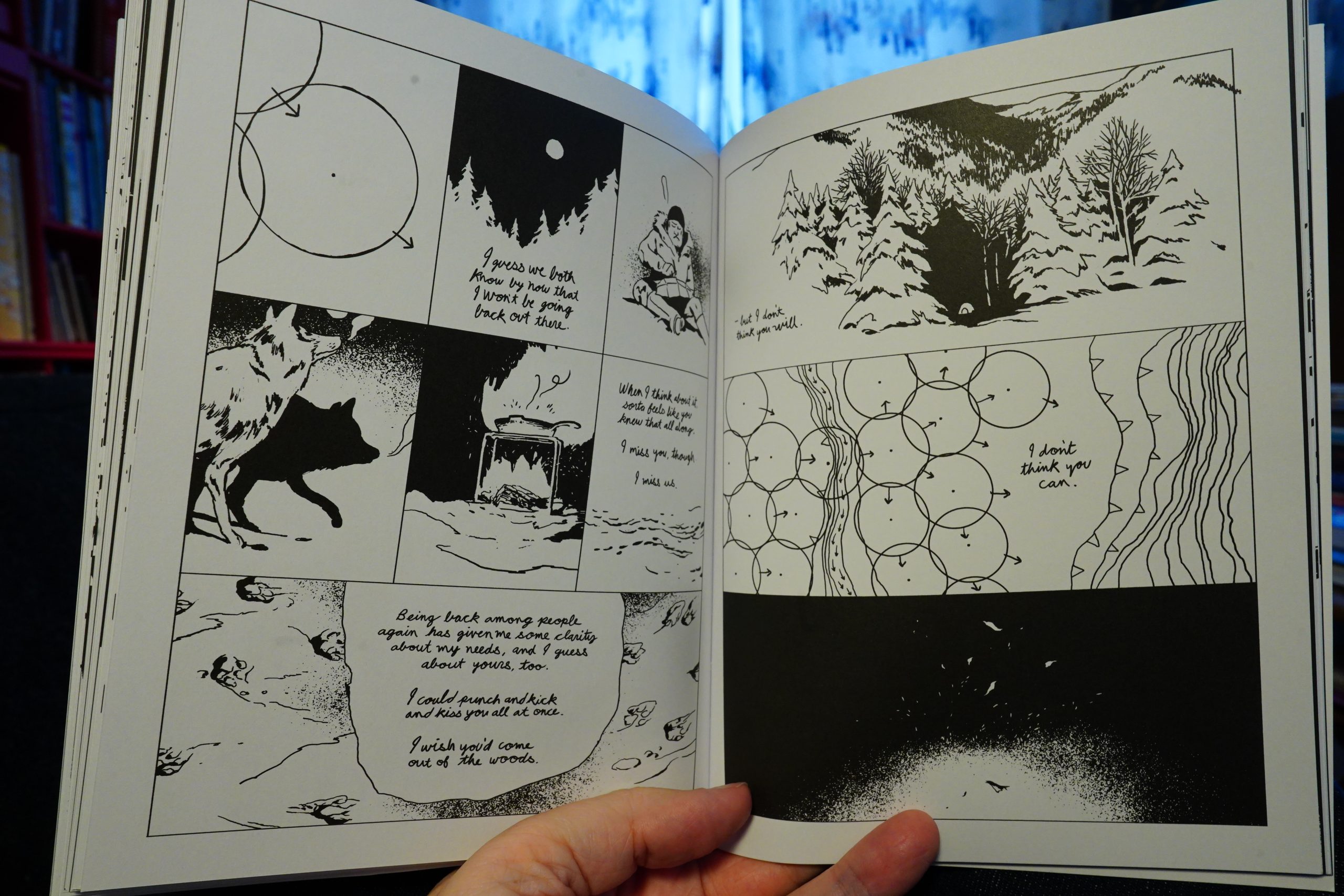
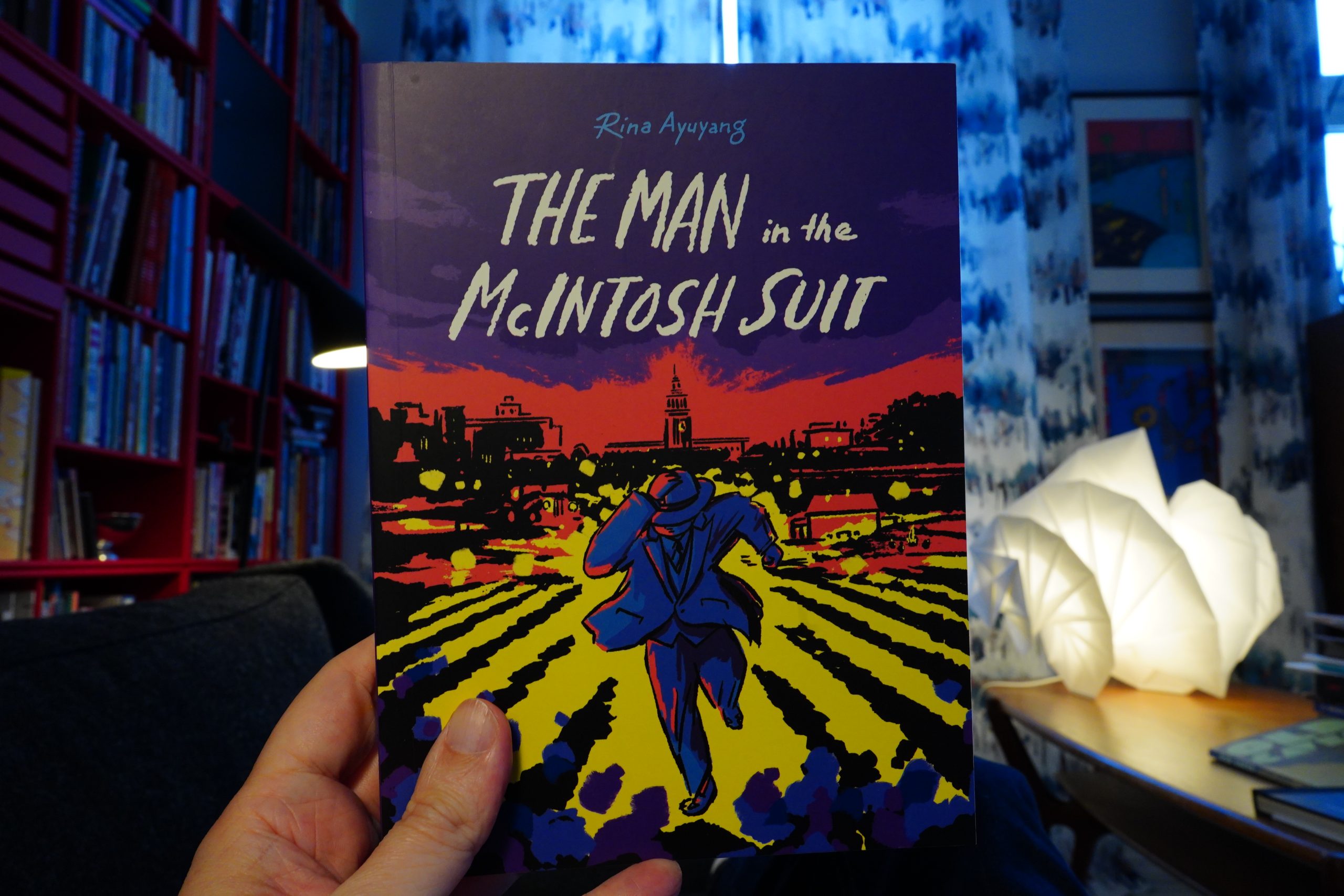
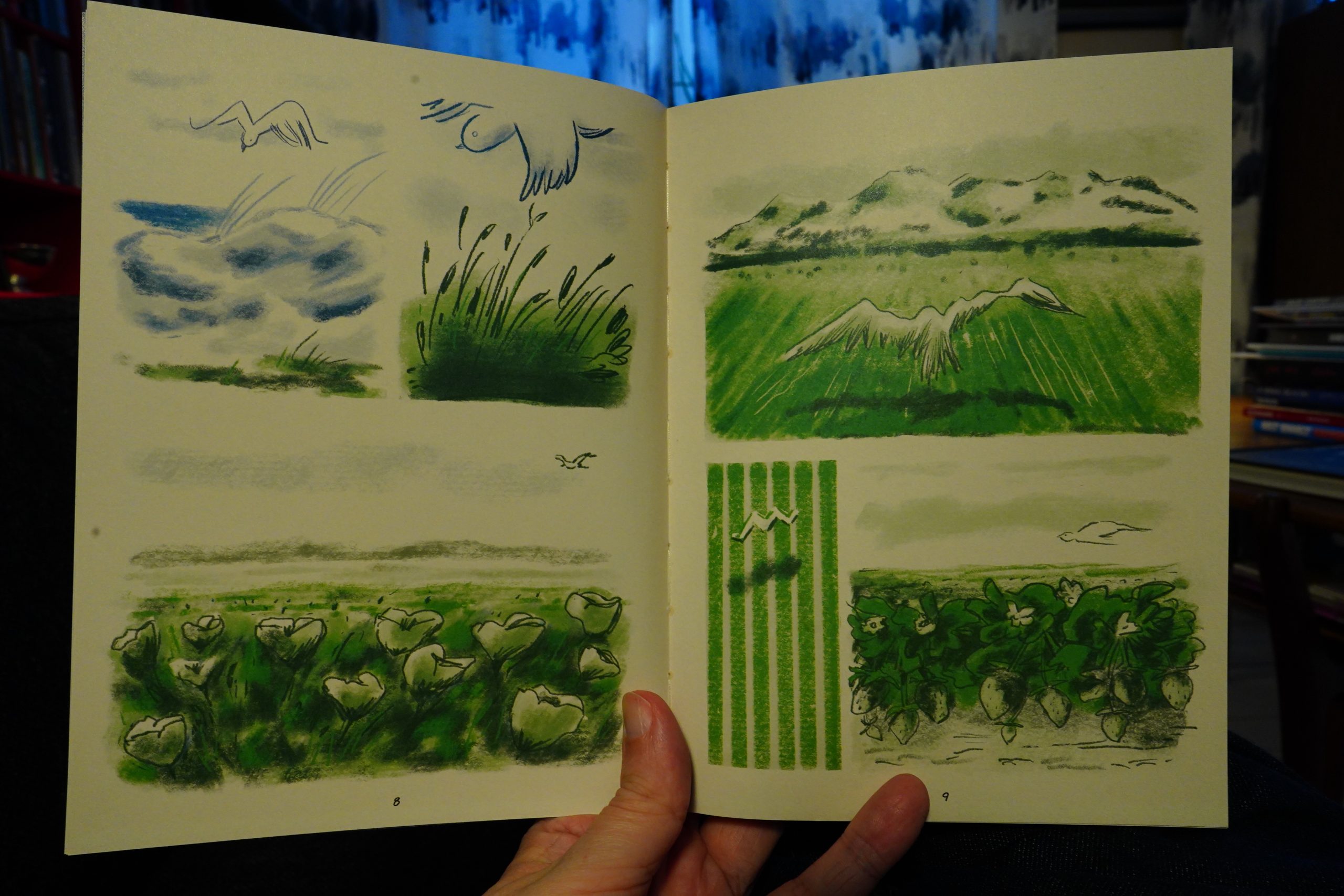
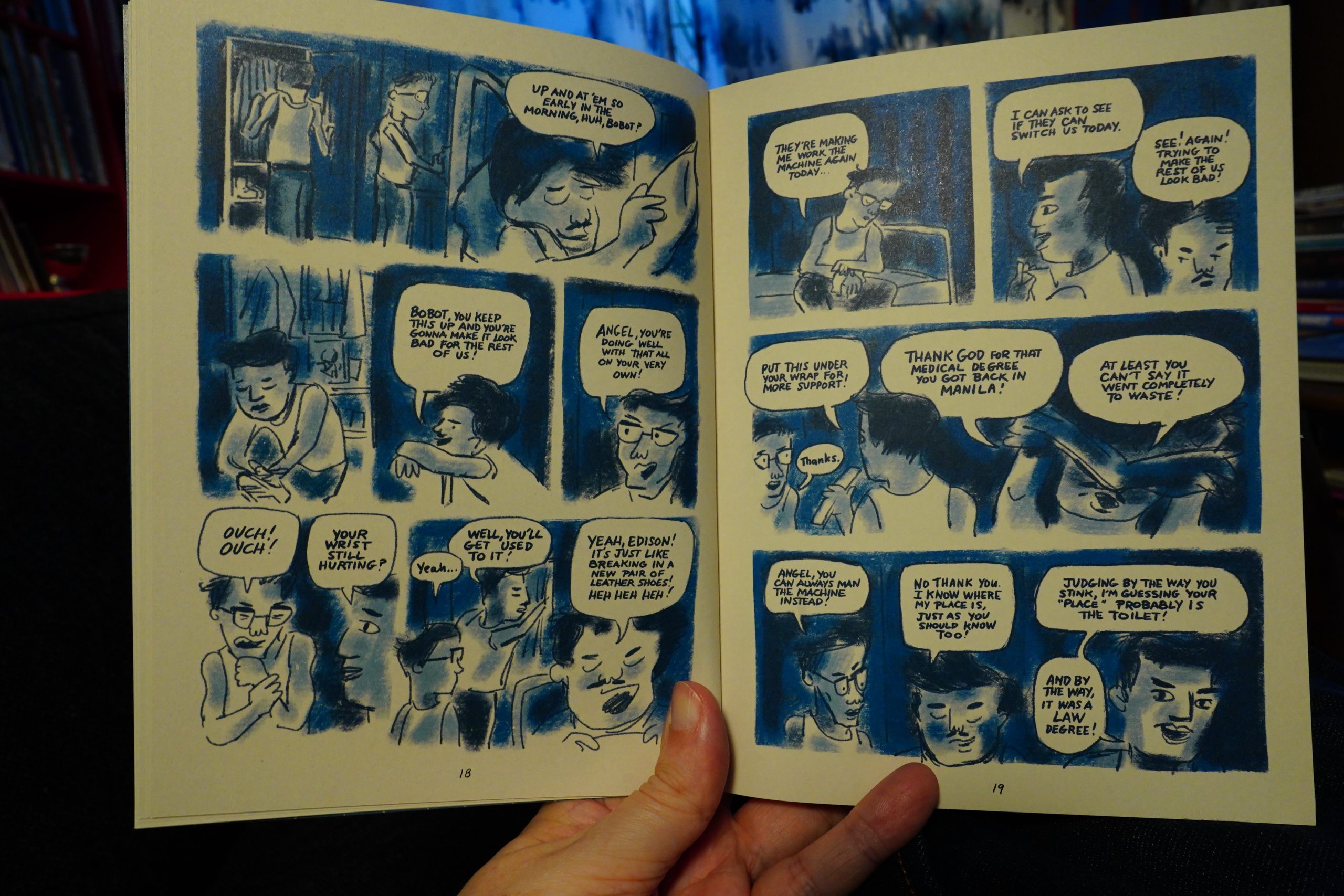
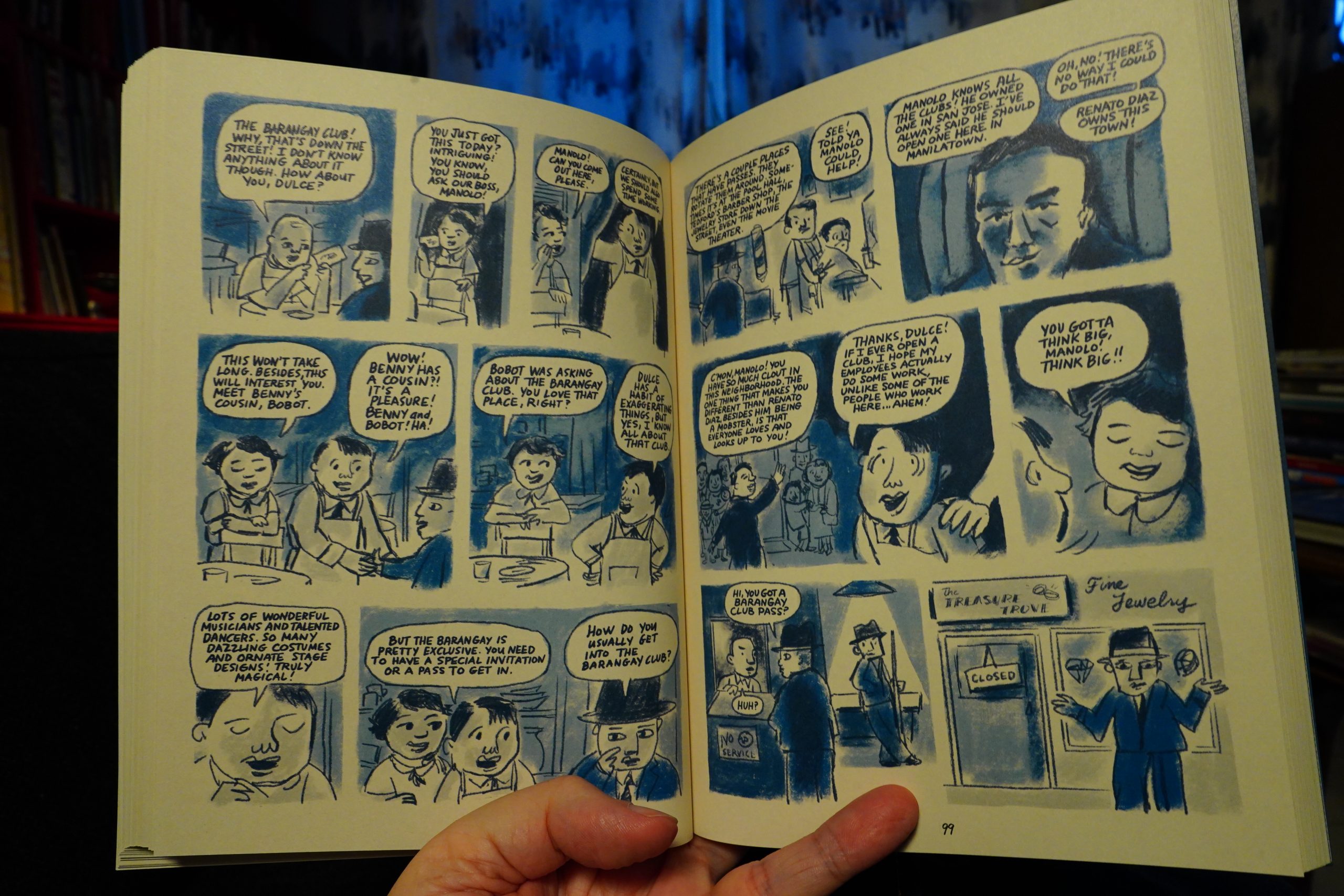
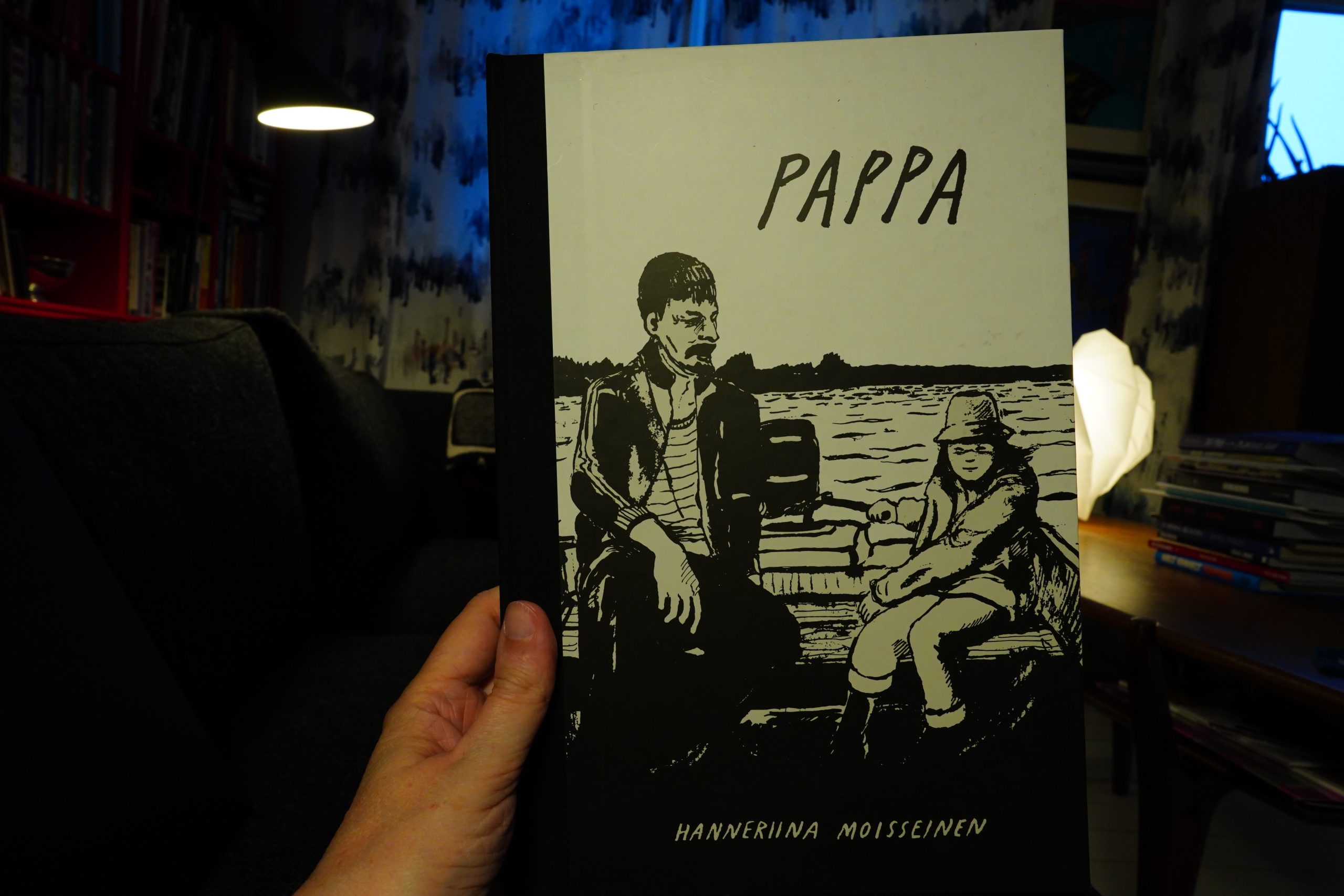
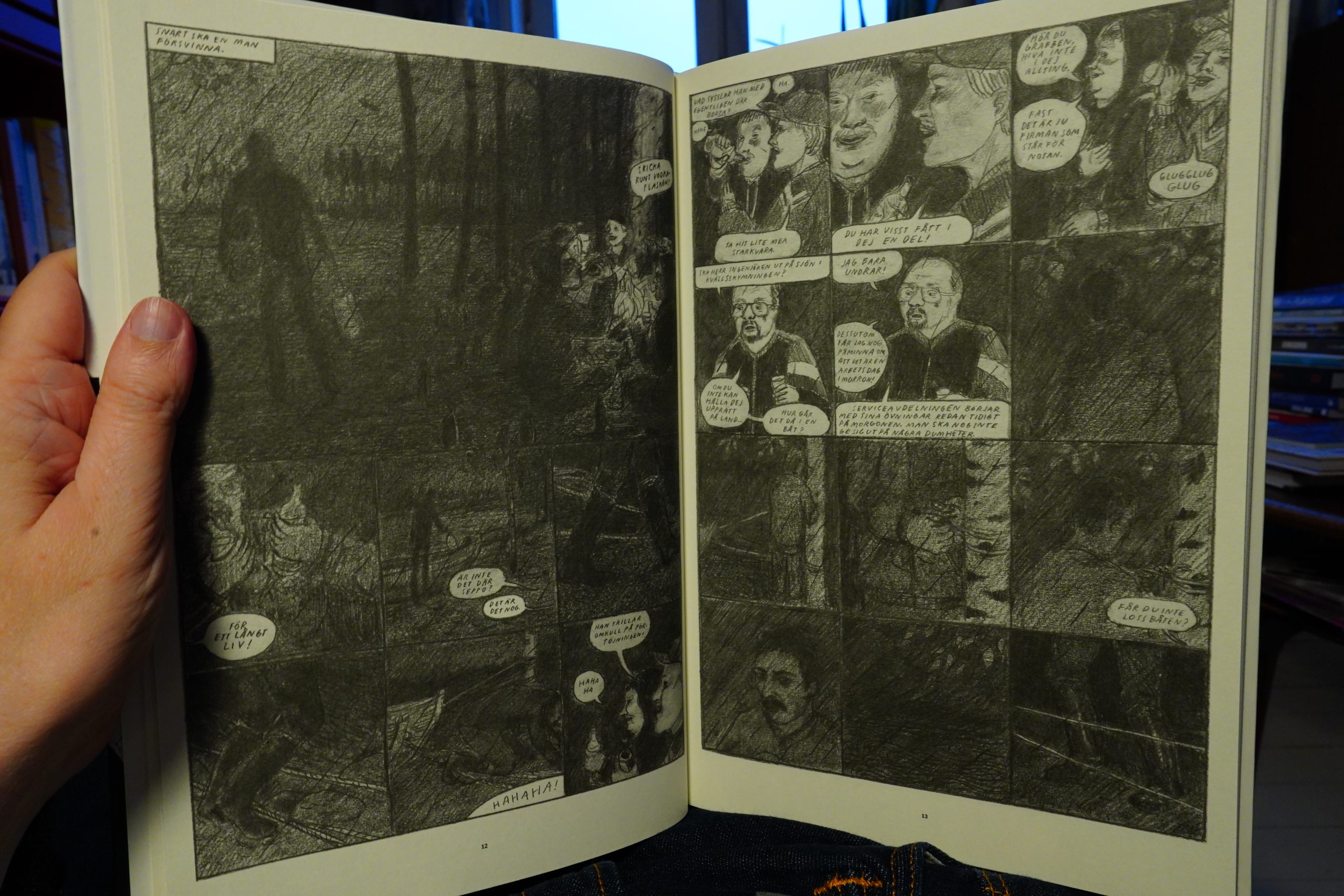
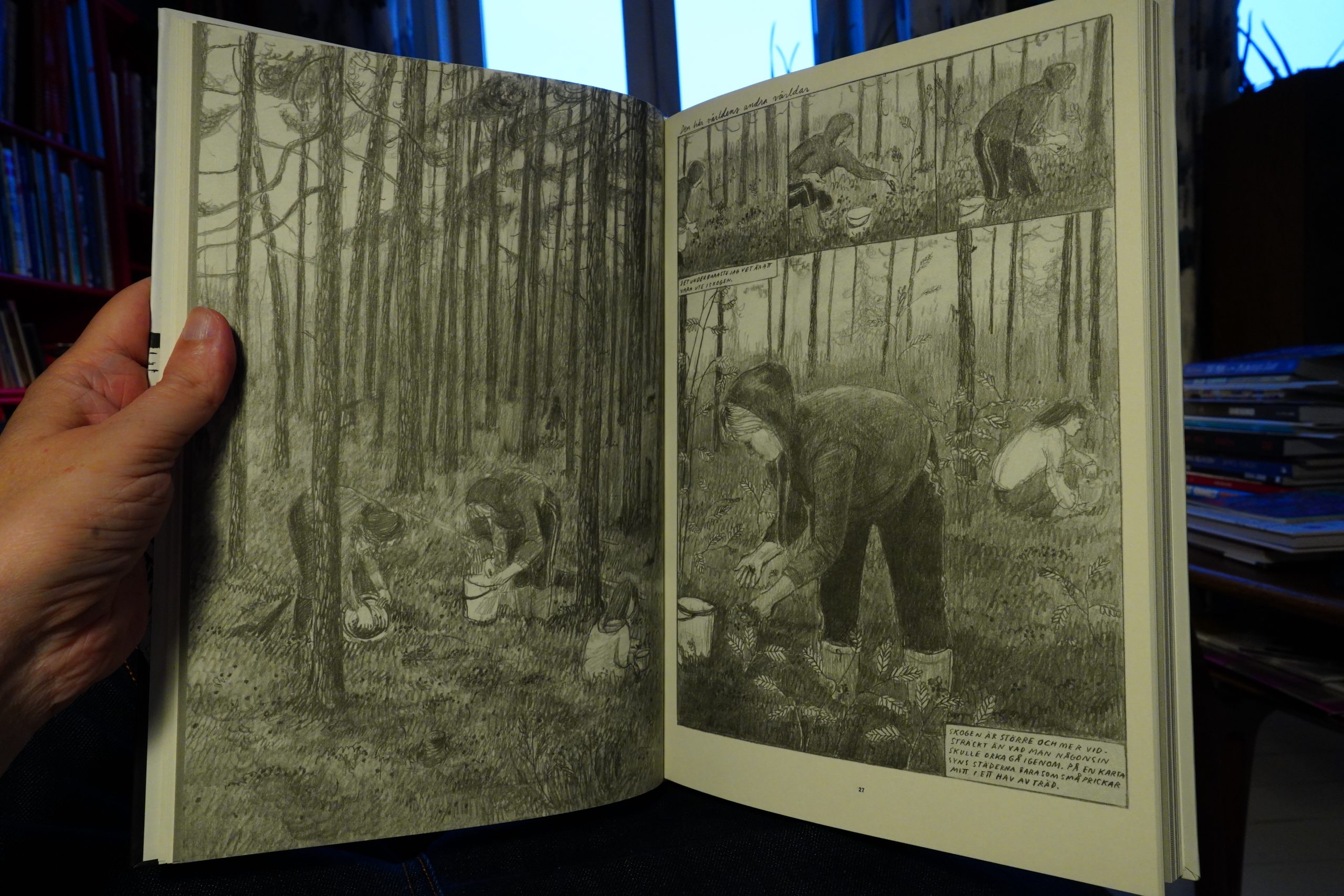
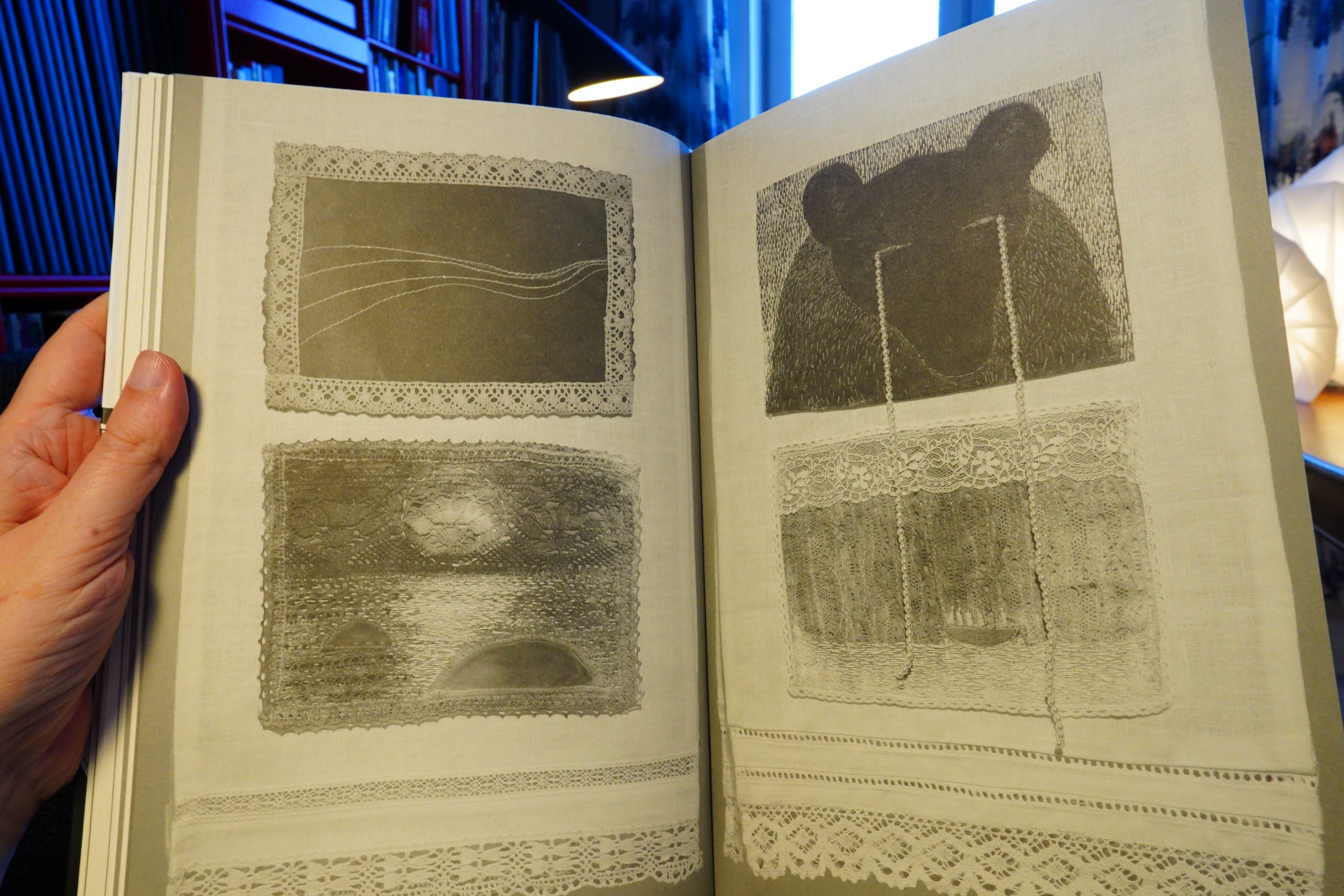
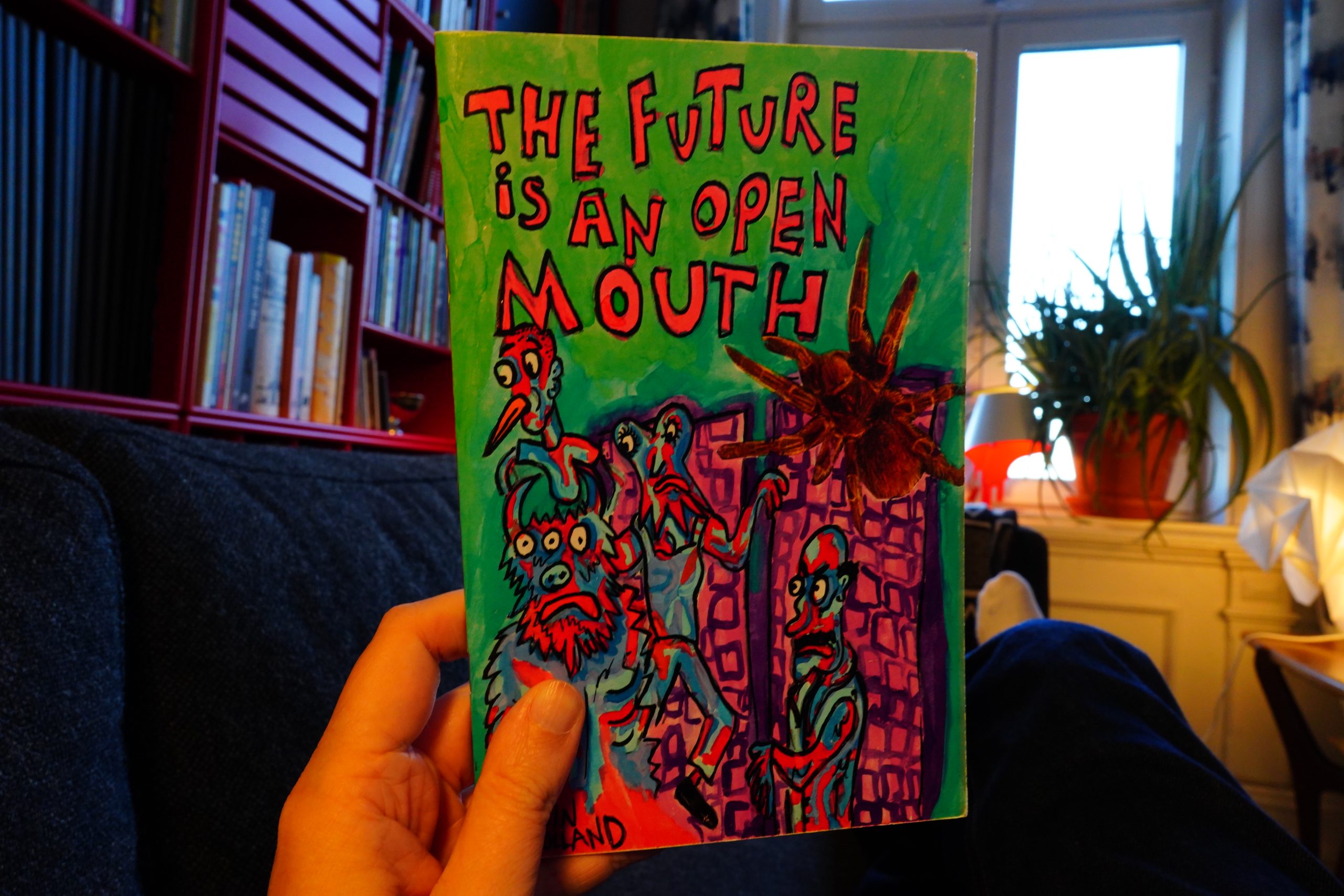
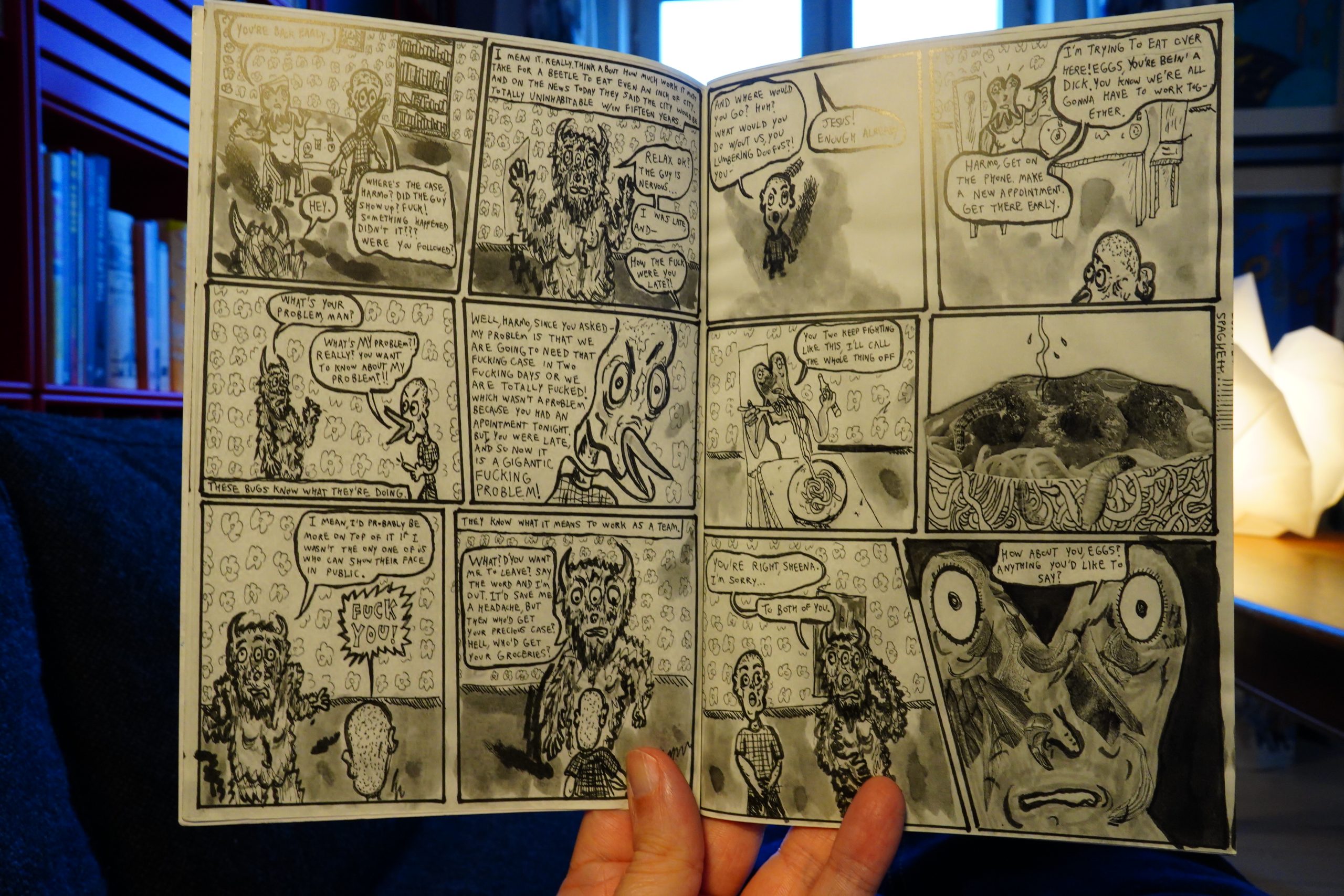
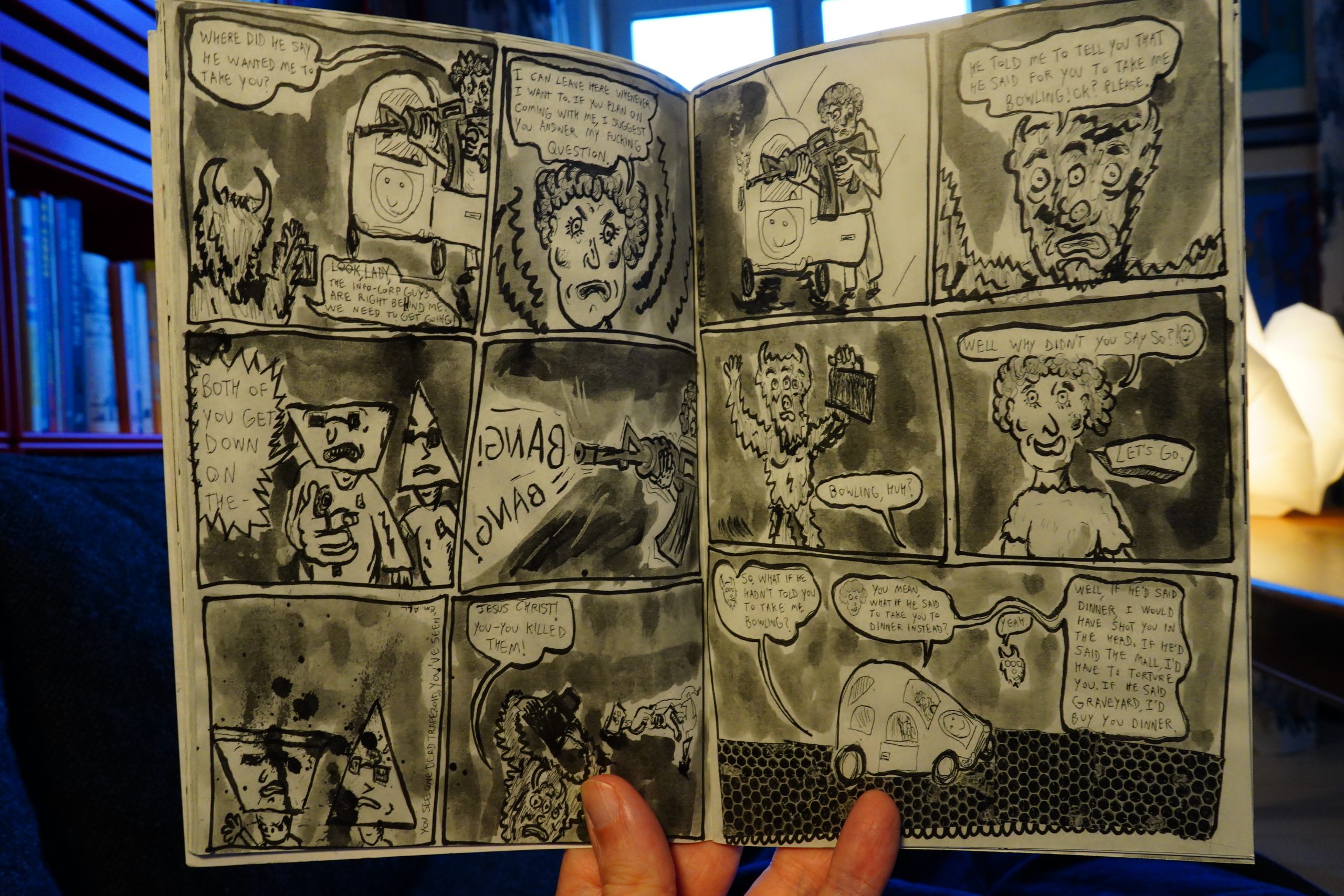
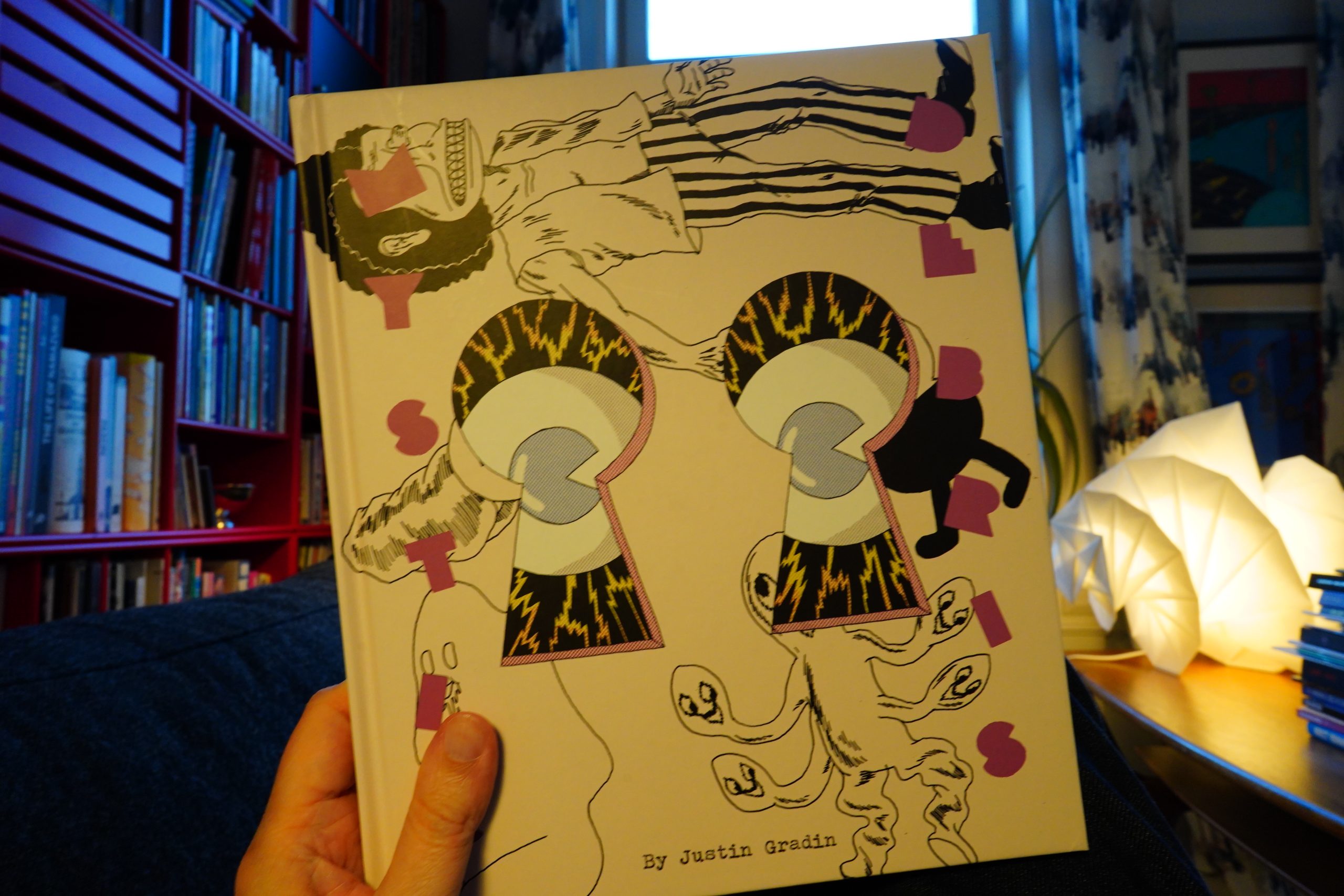
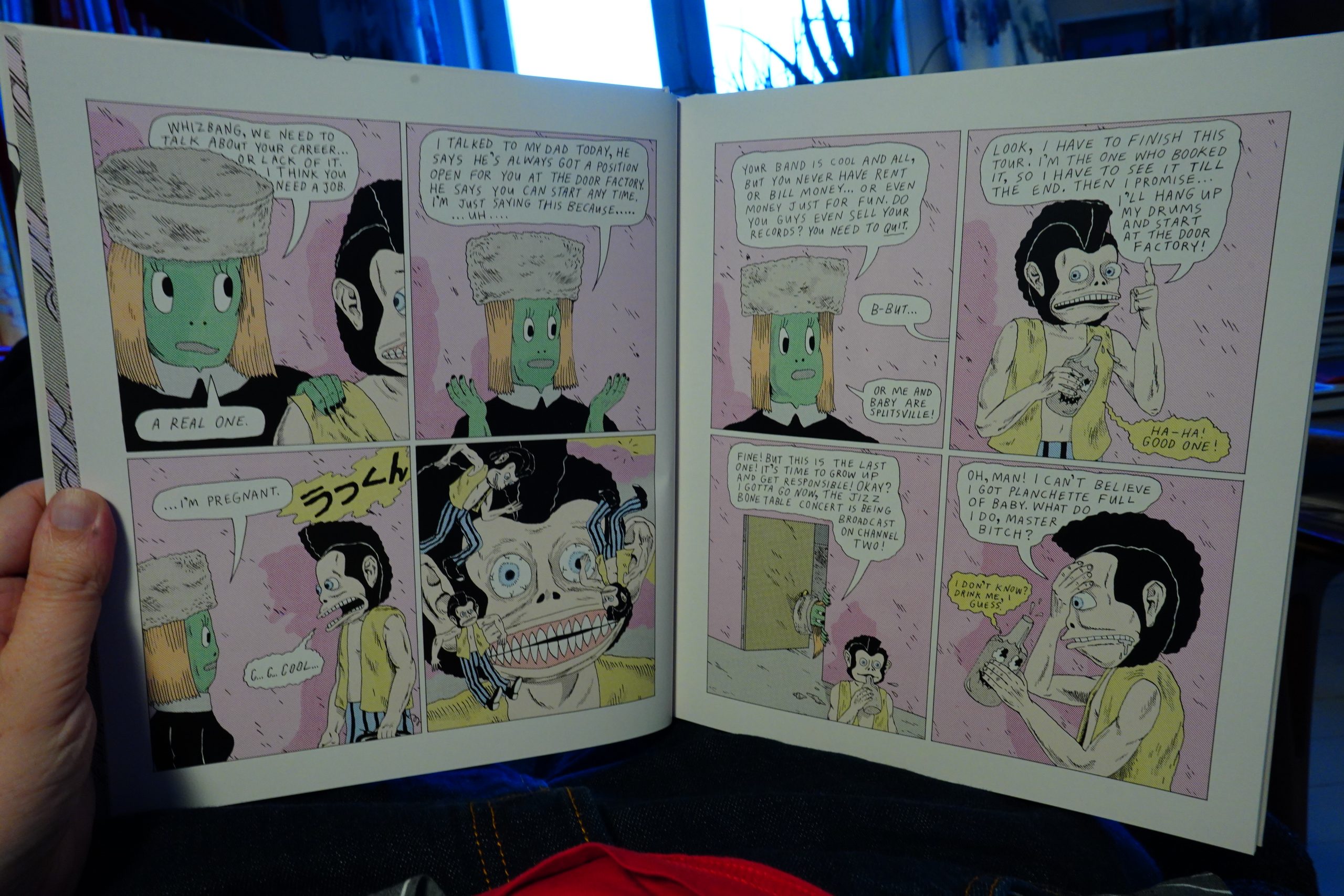
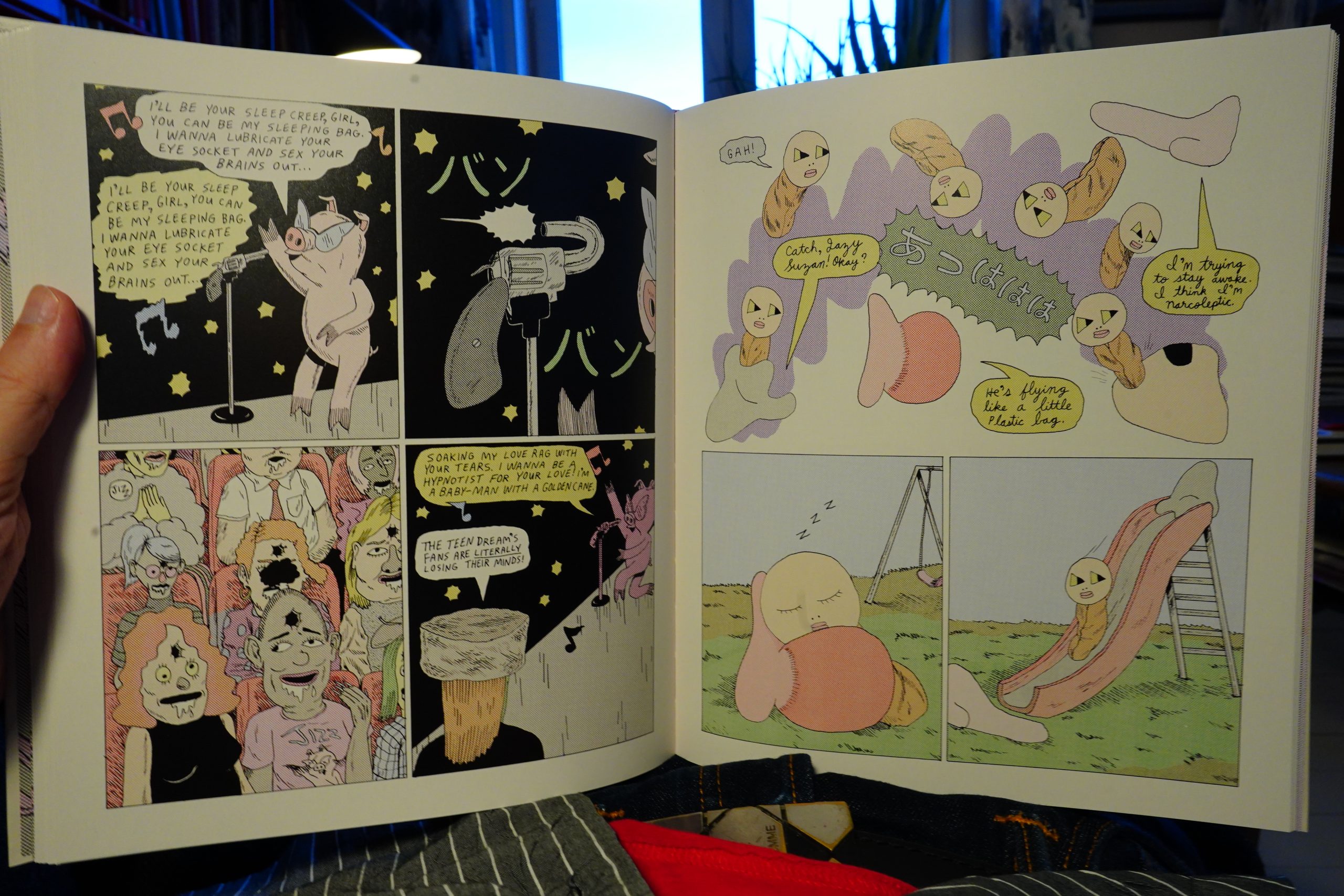
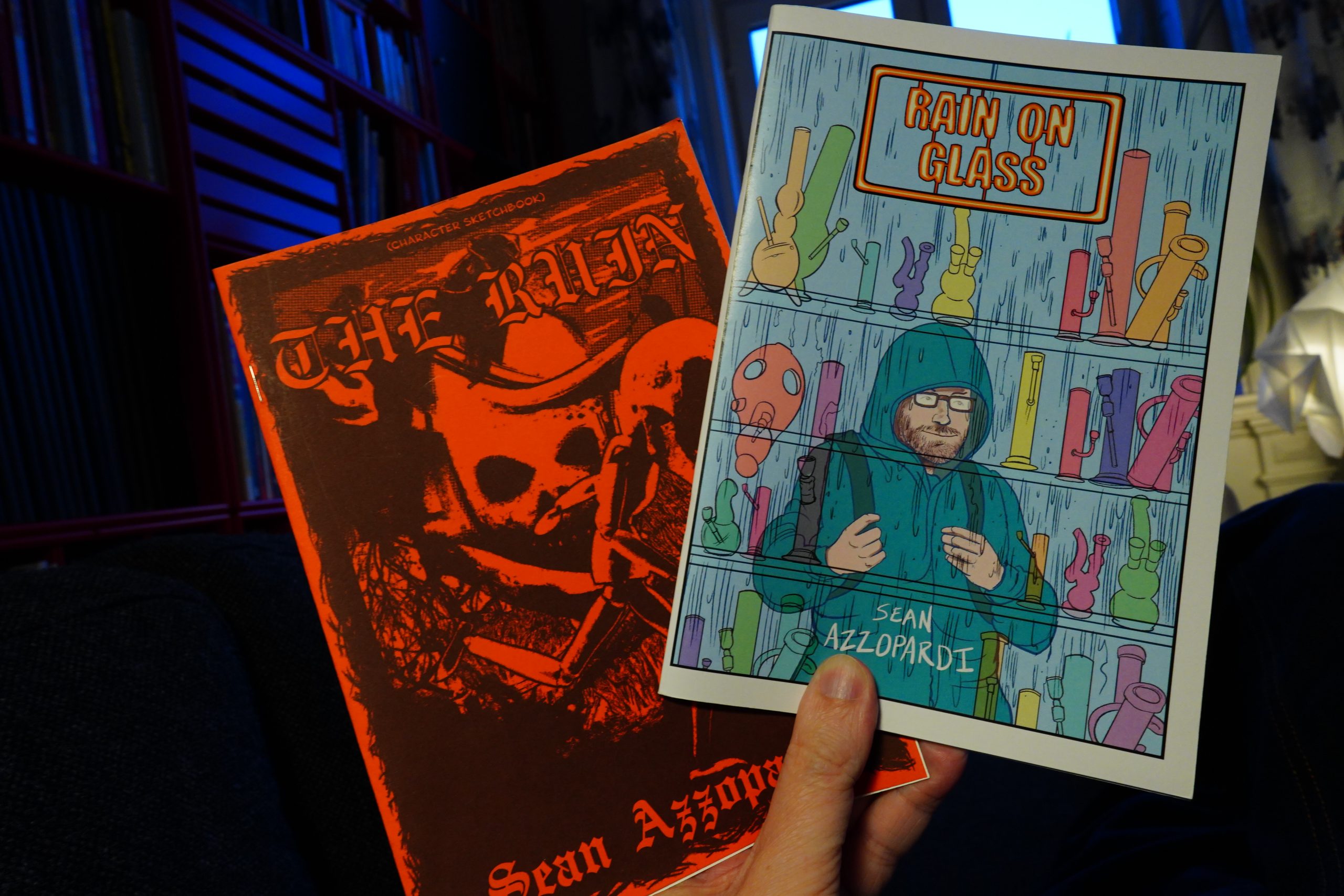
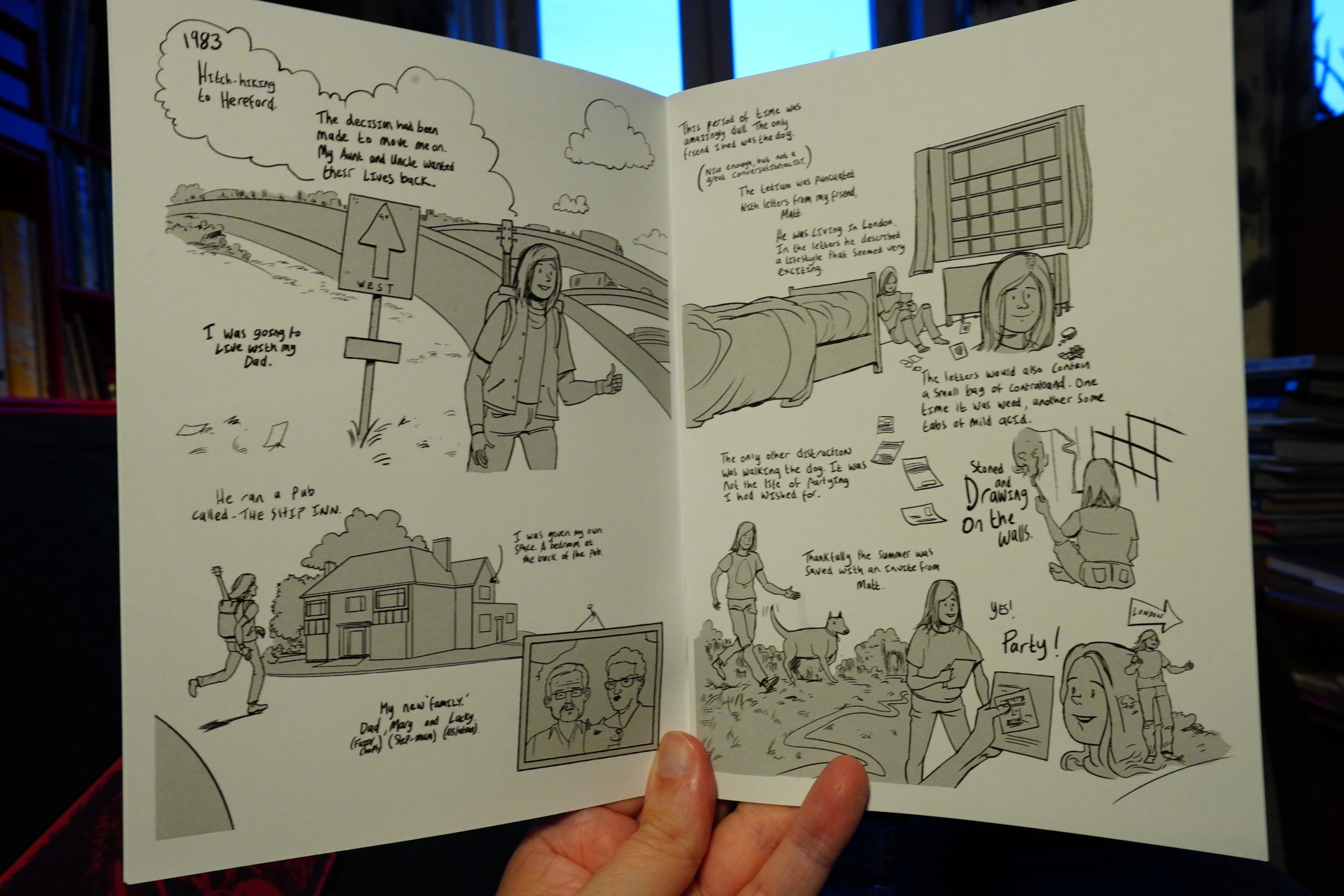
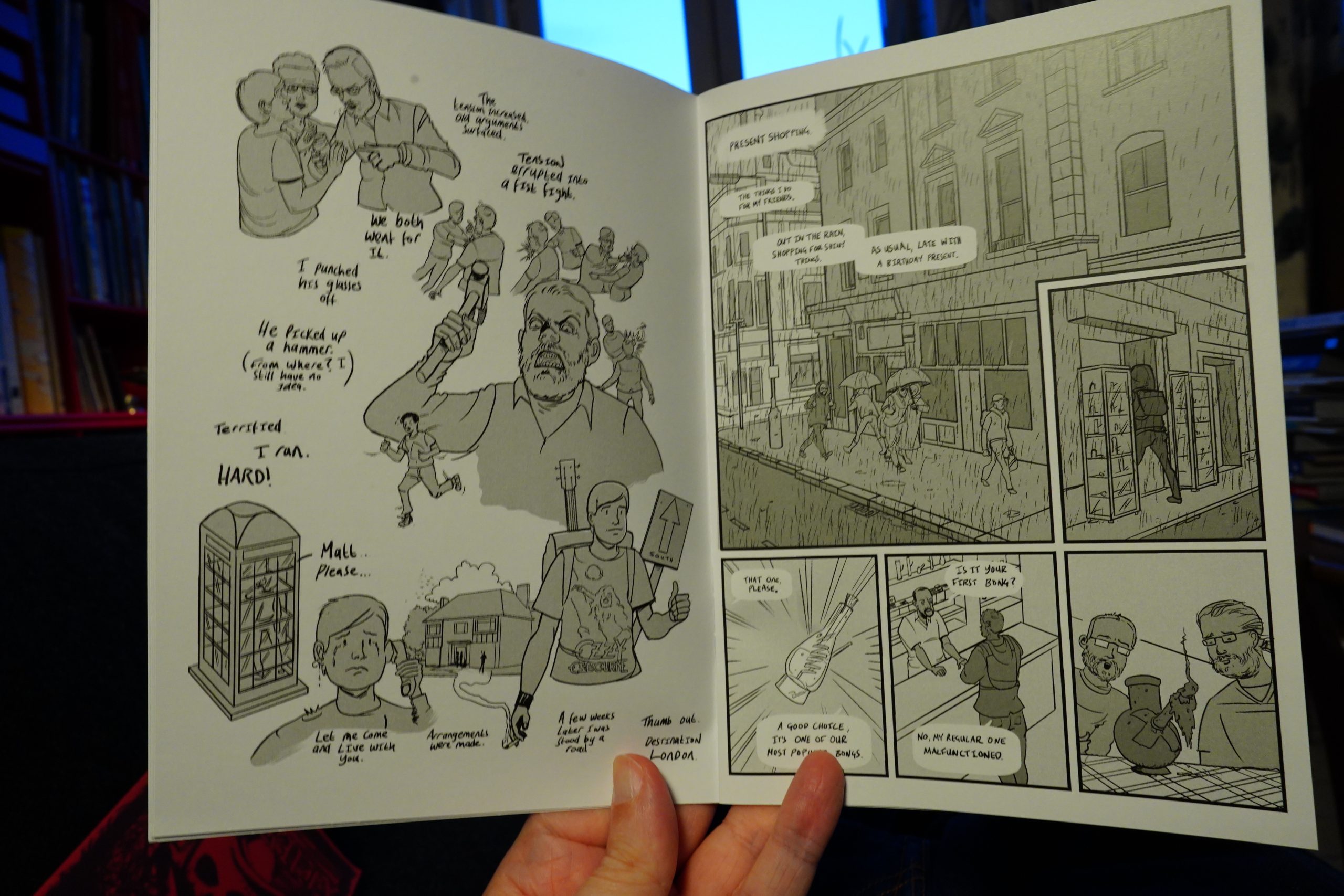
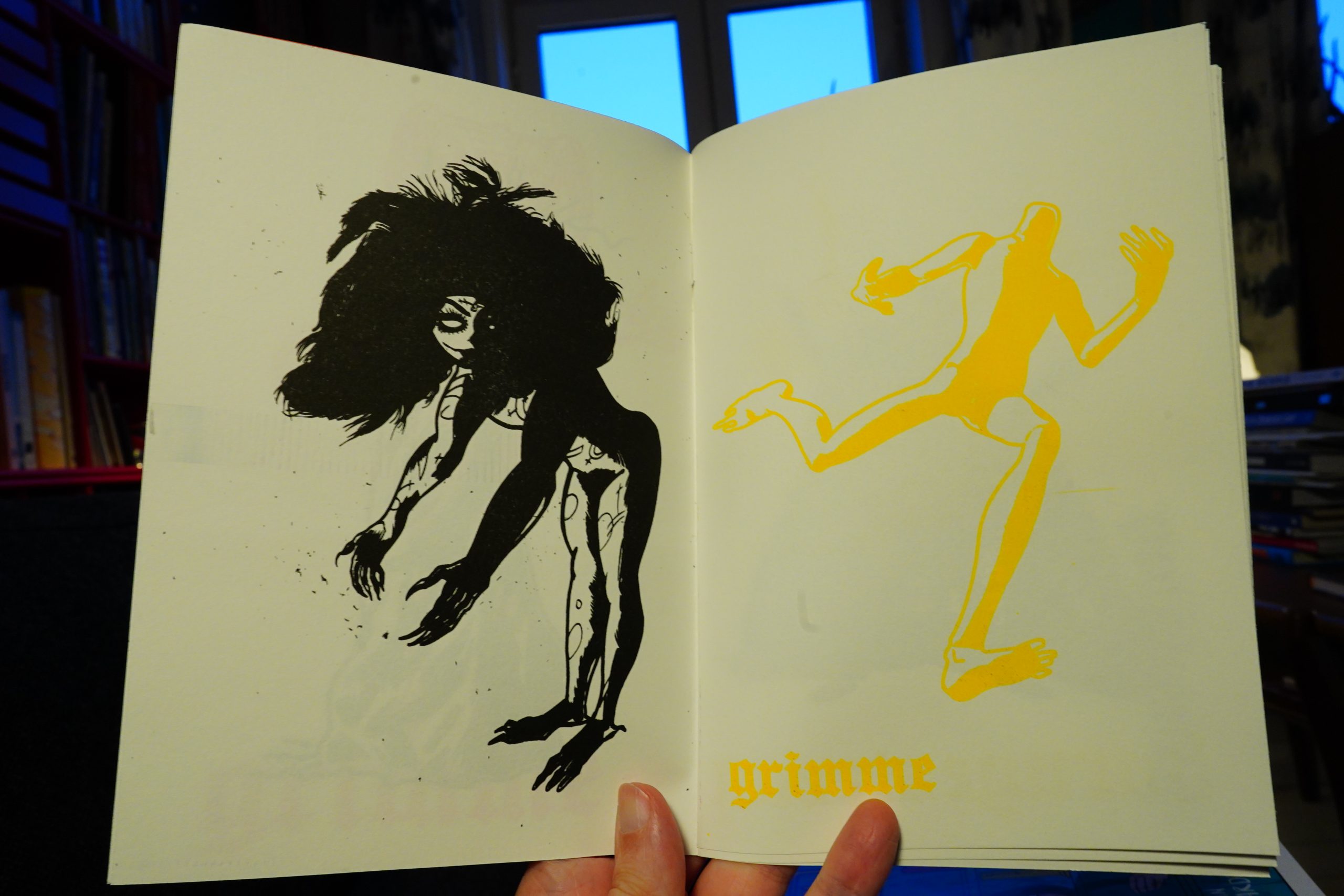
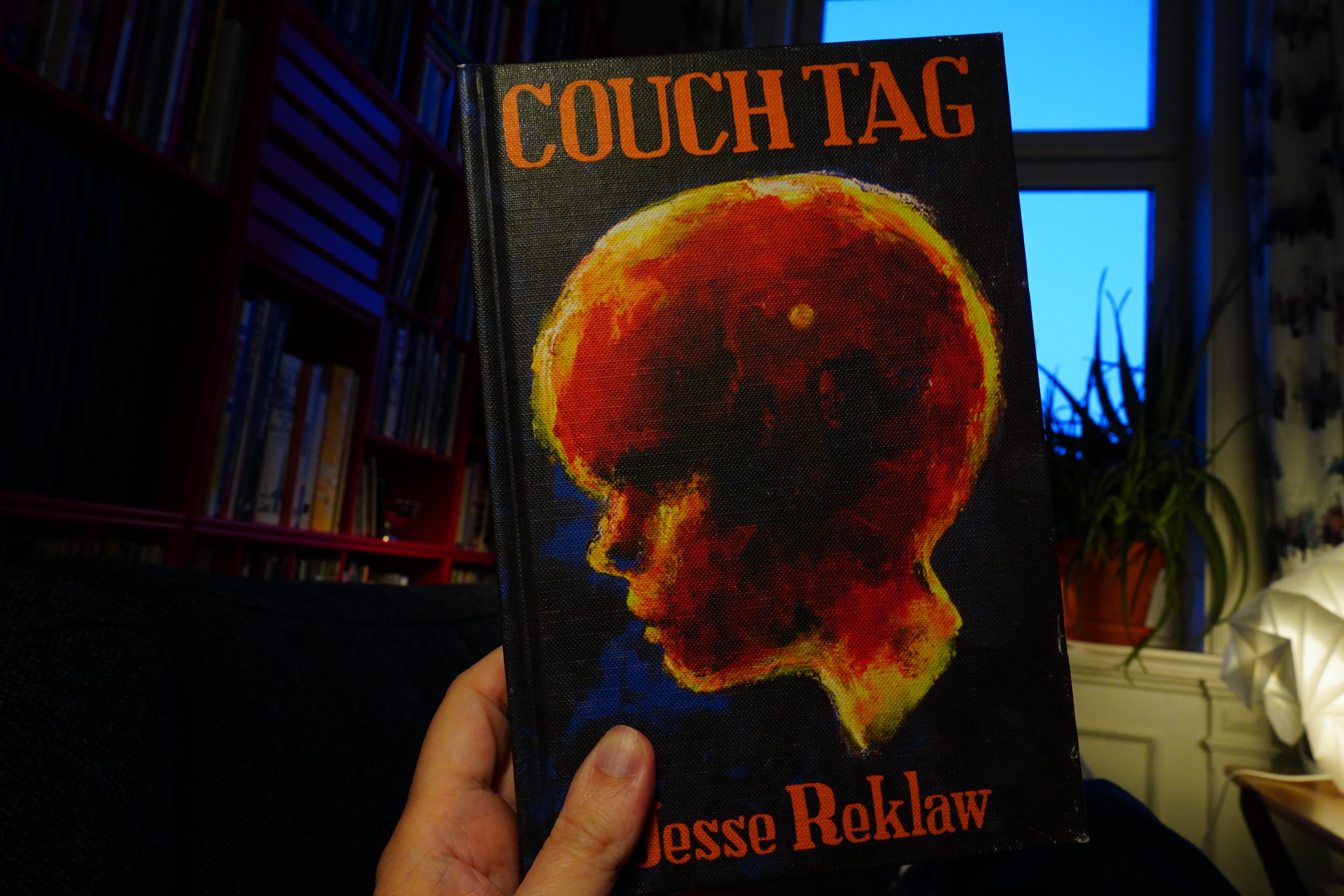

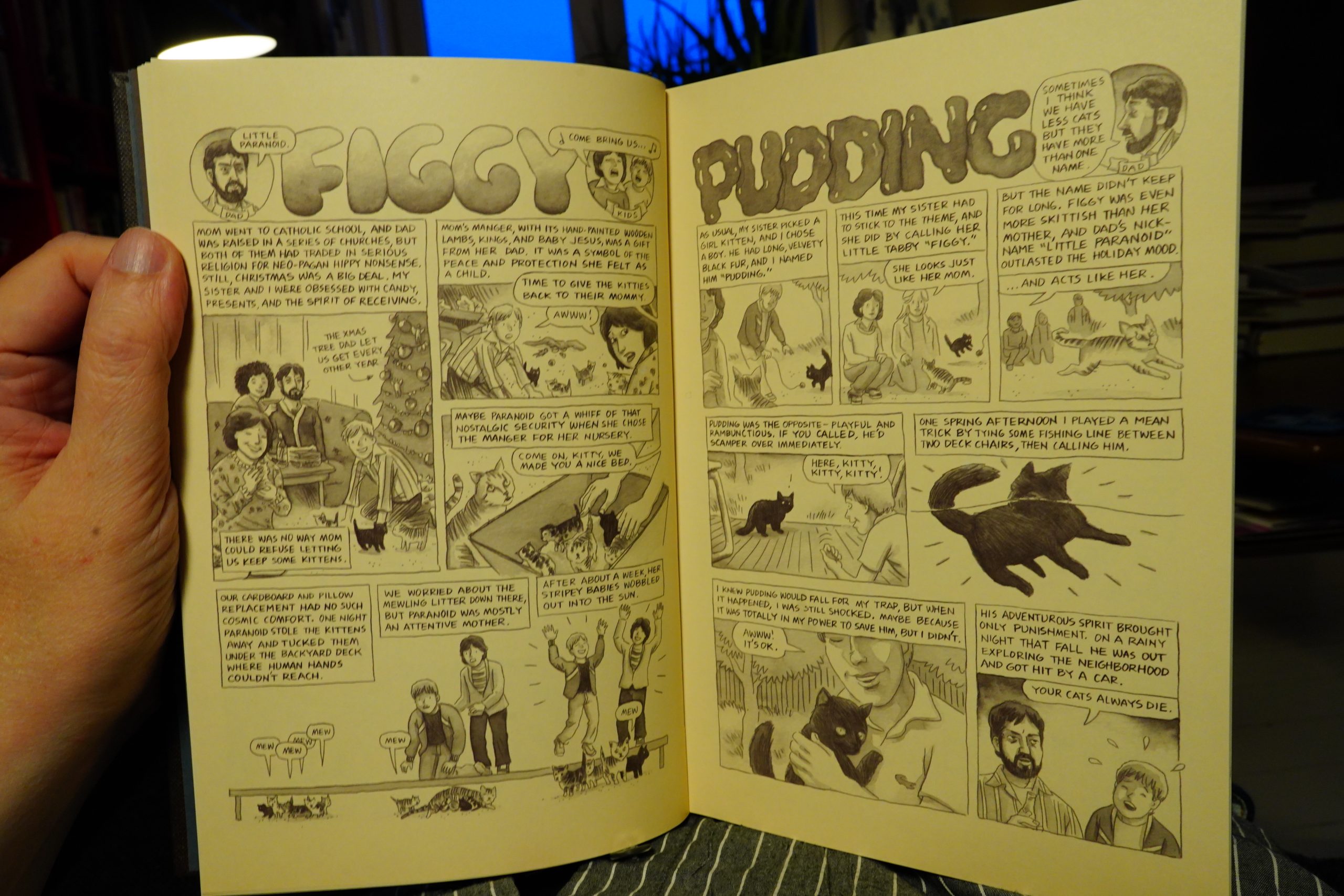
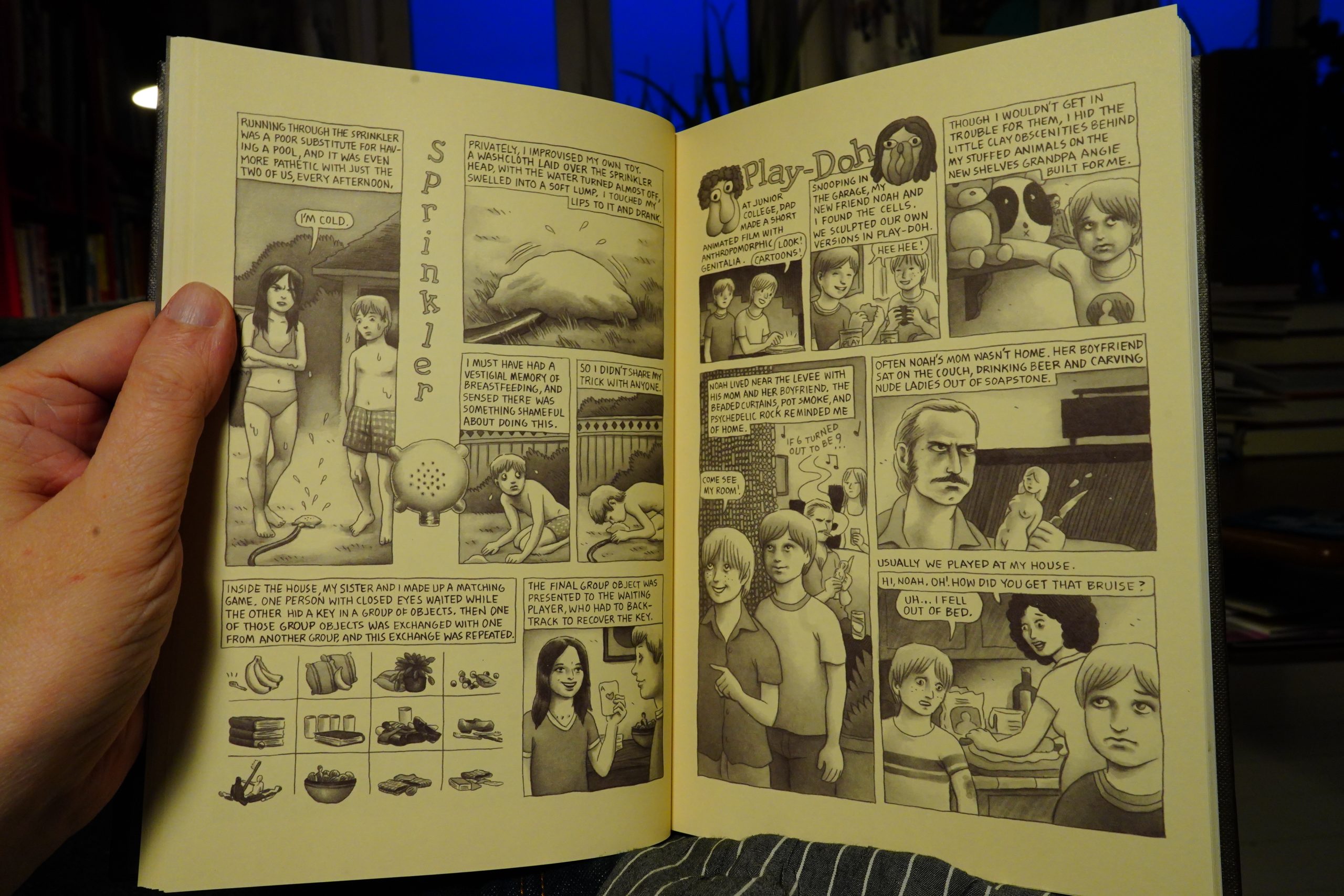
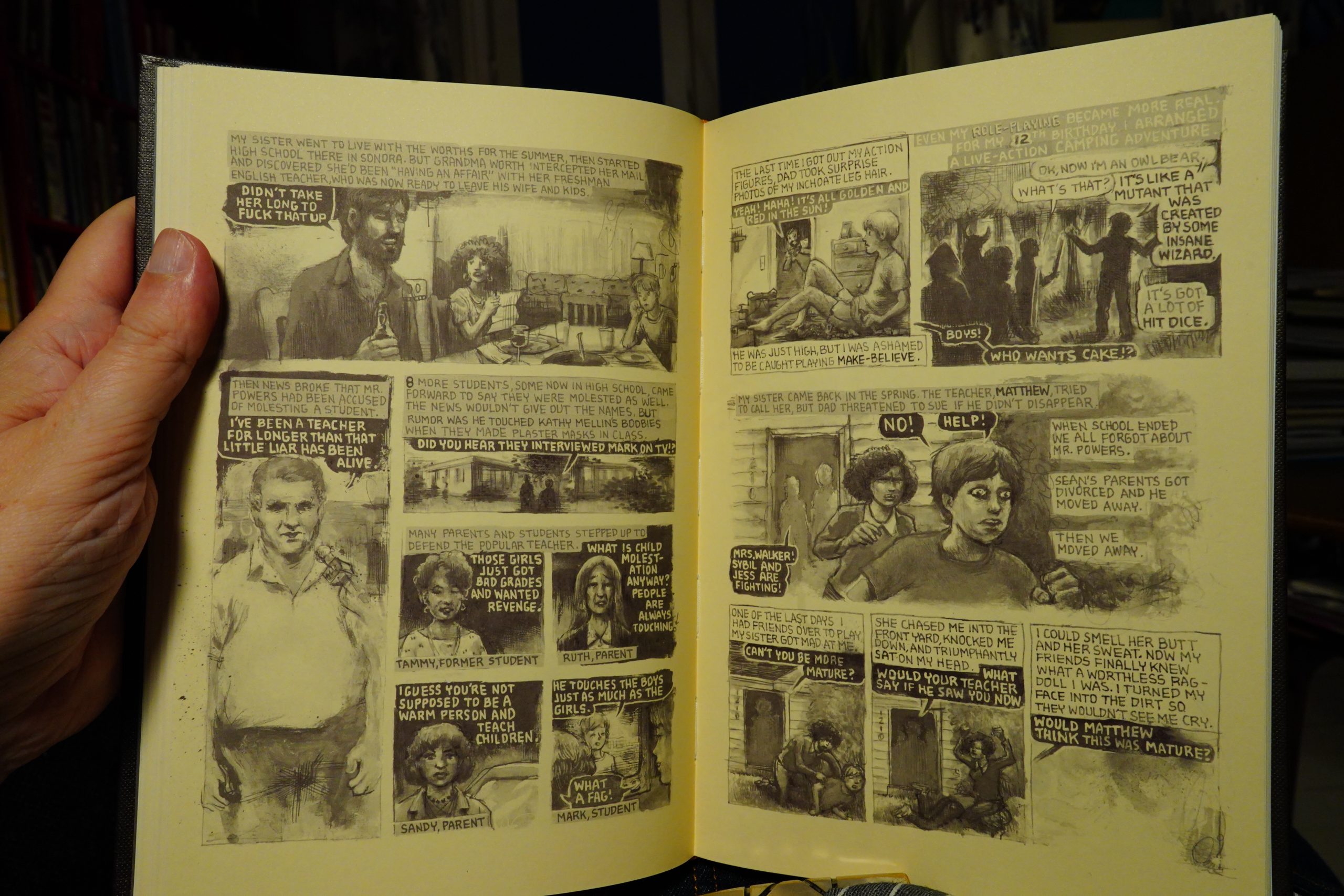
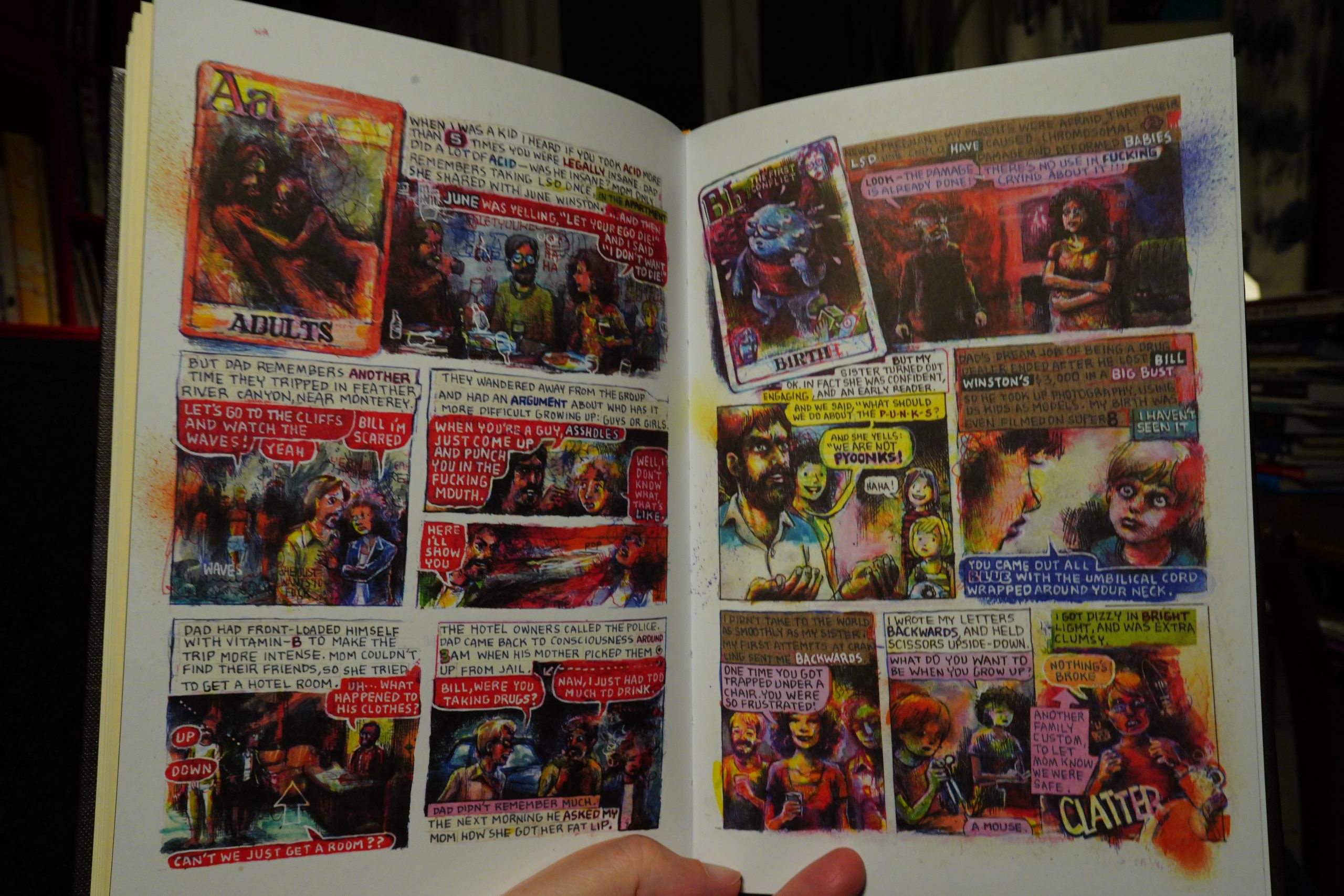

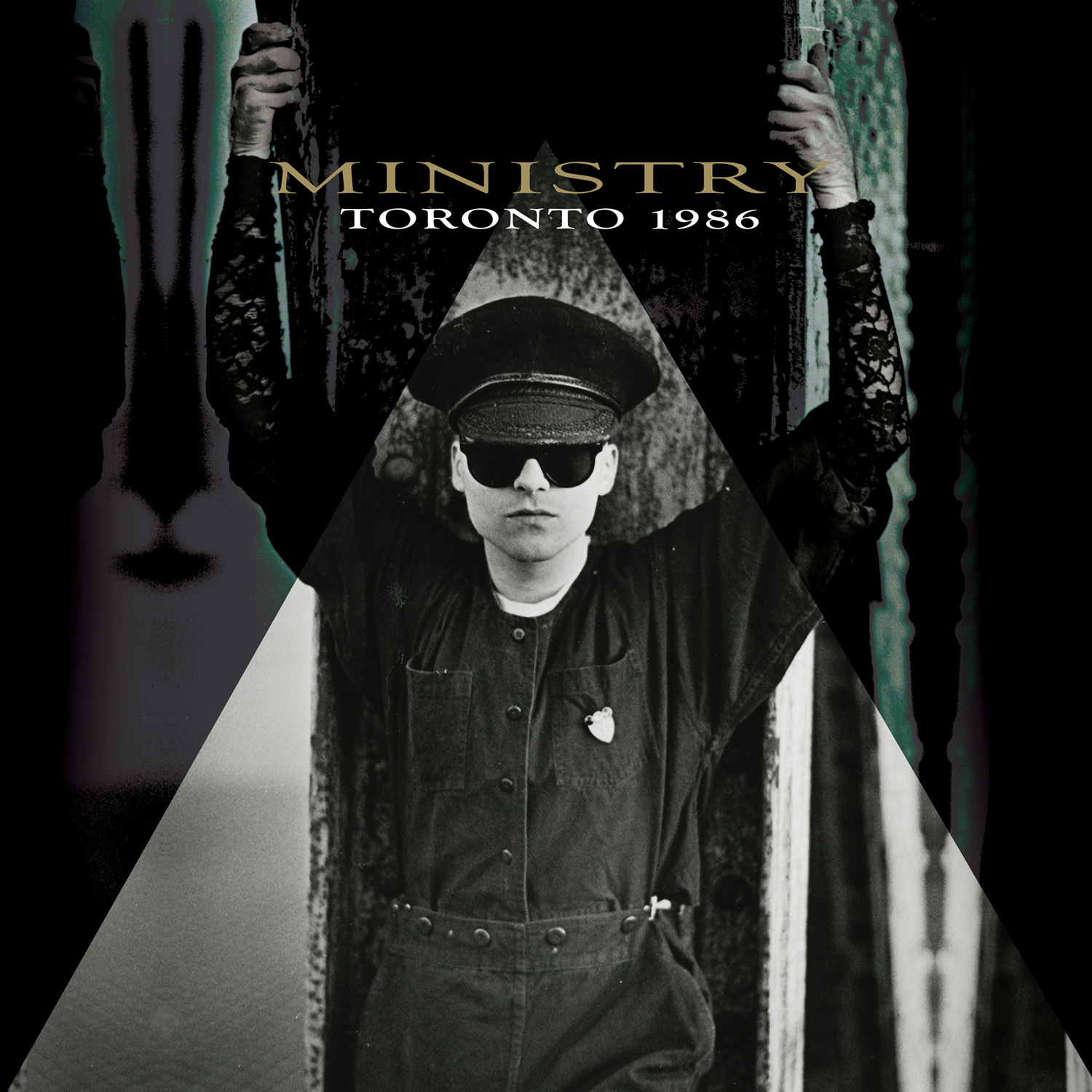

)
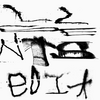
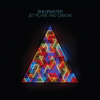
)





%3A+Speed-Irabagon+Quartet)
